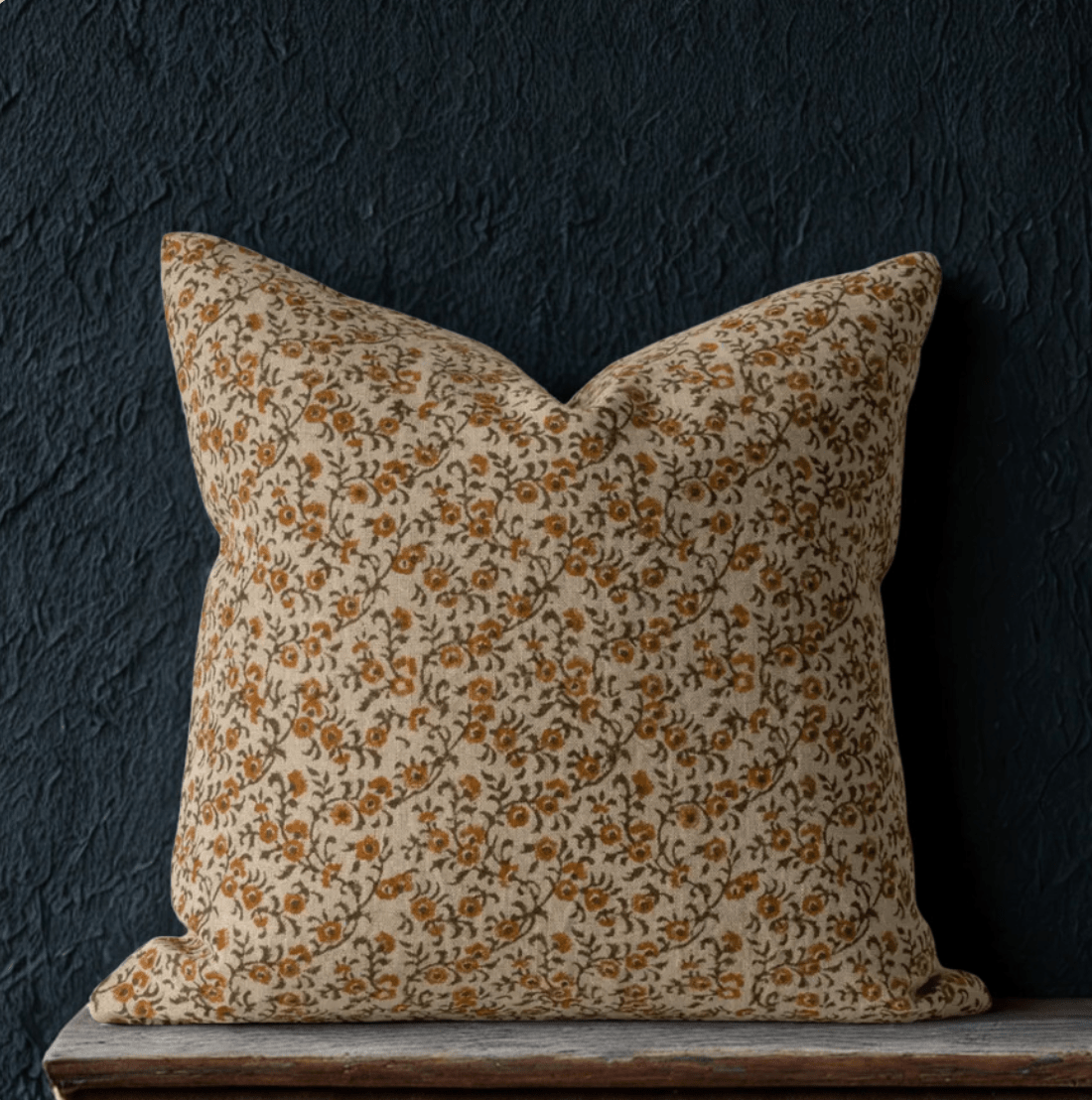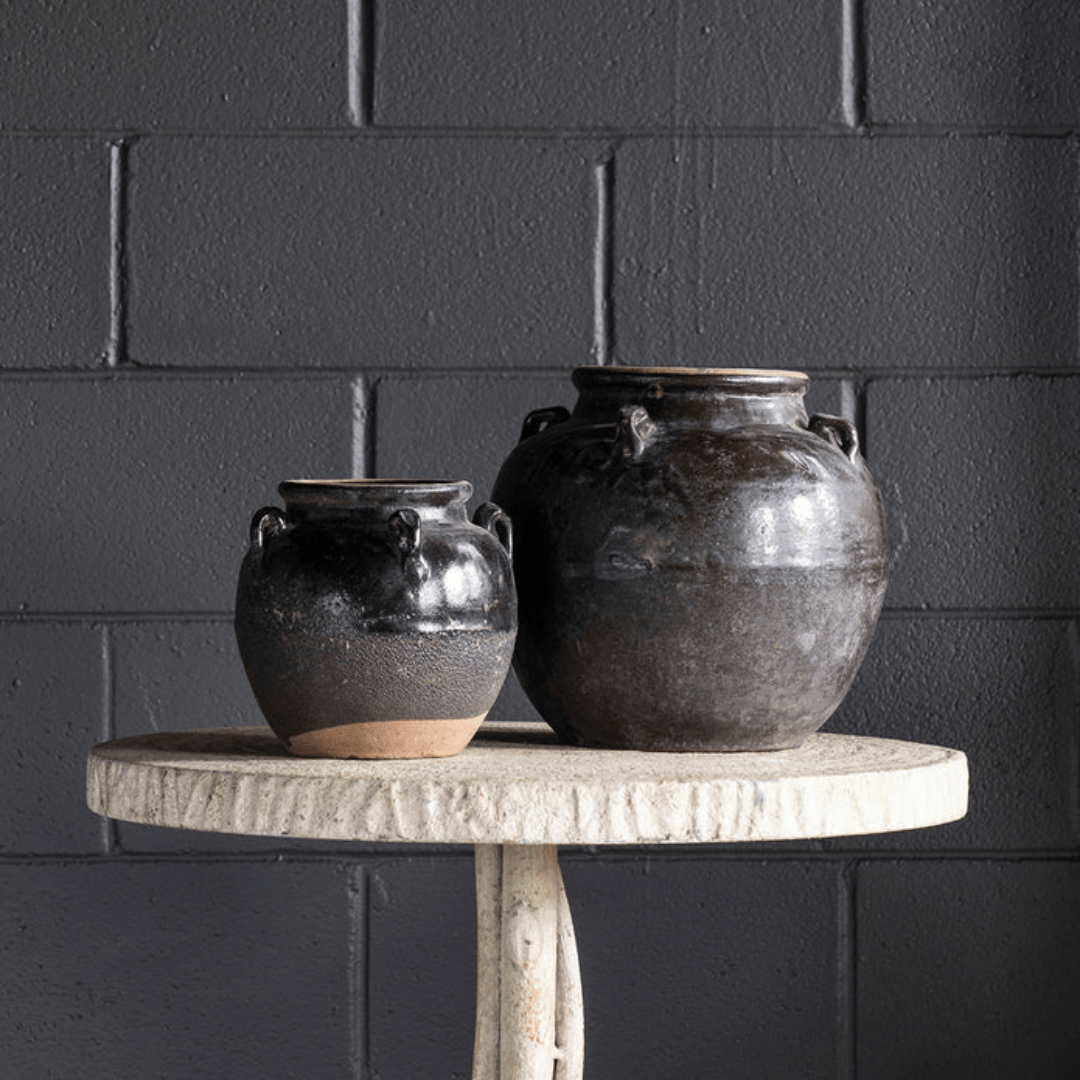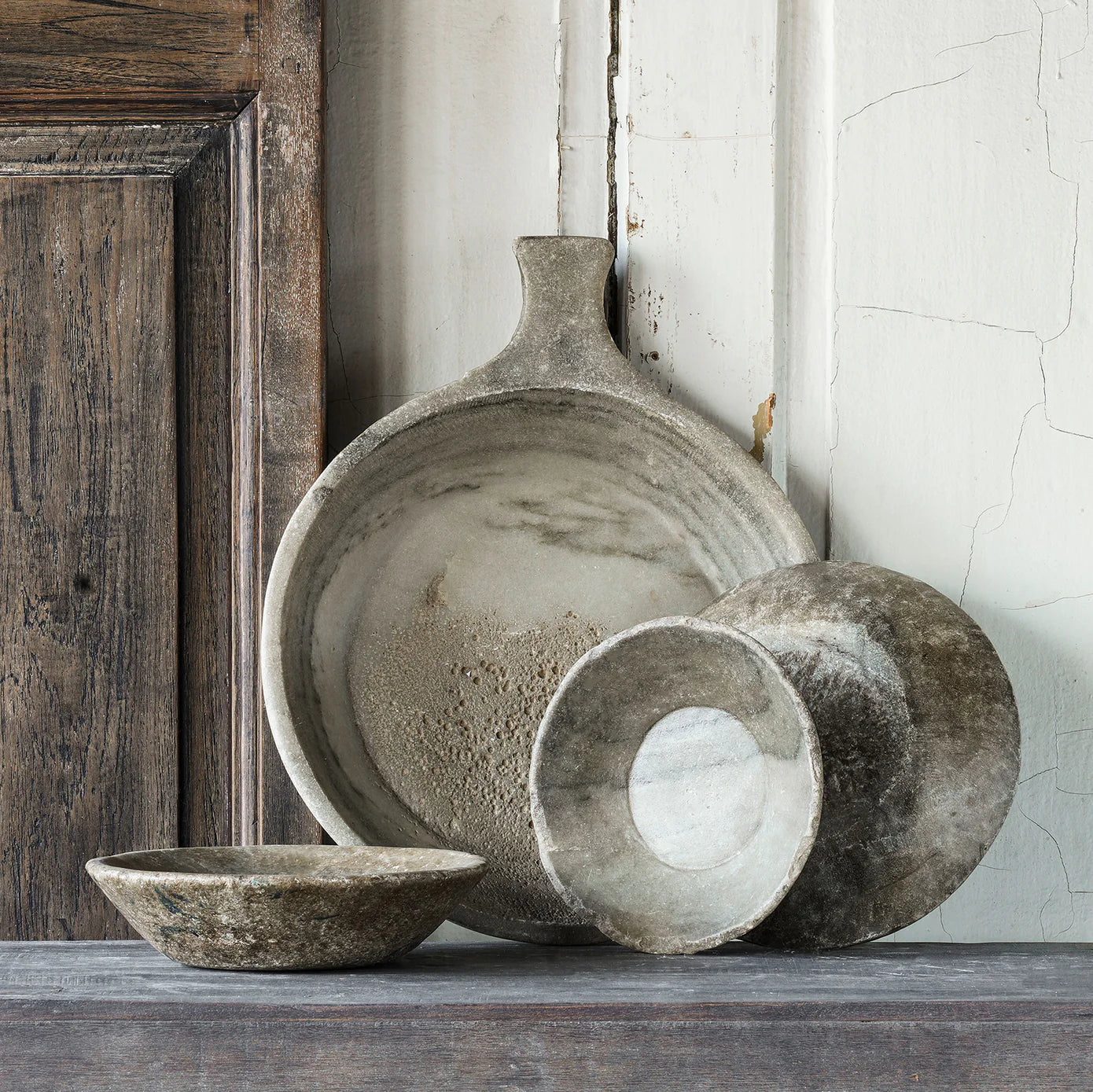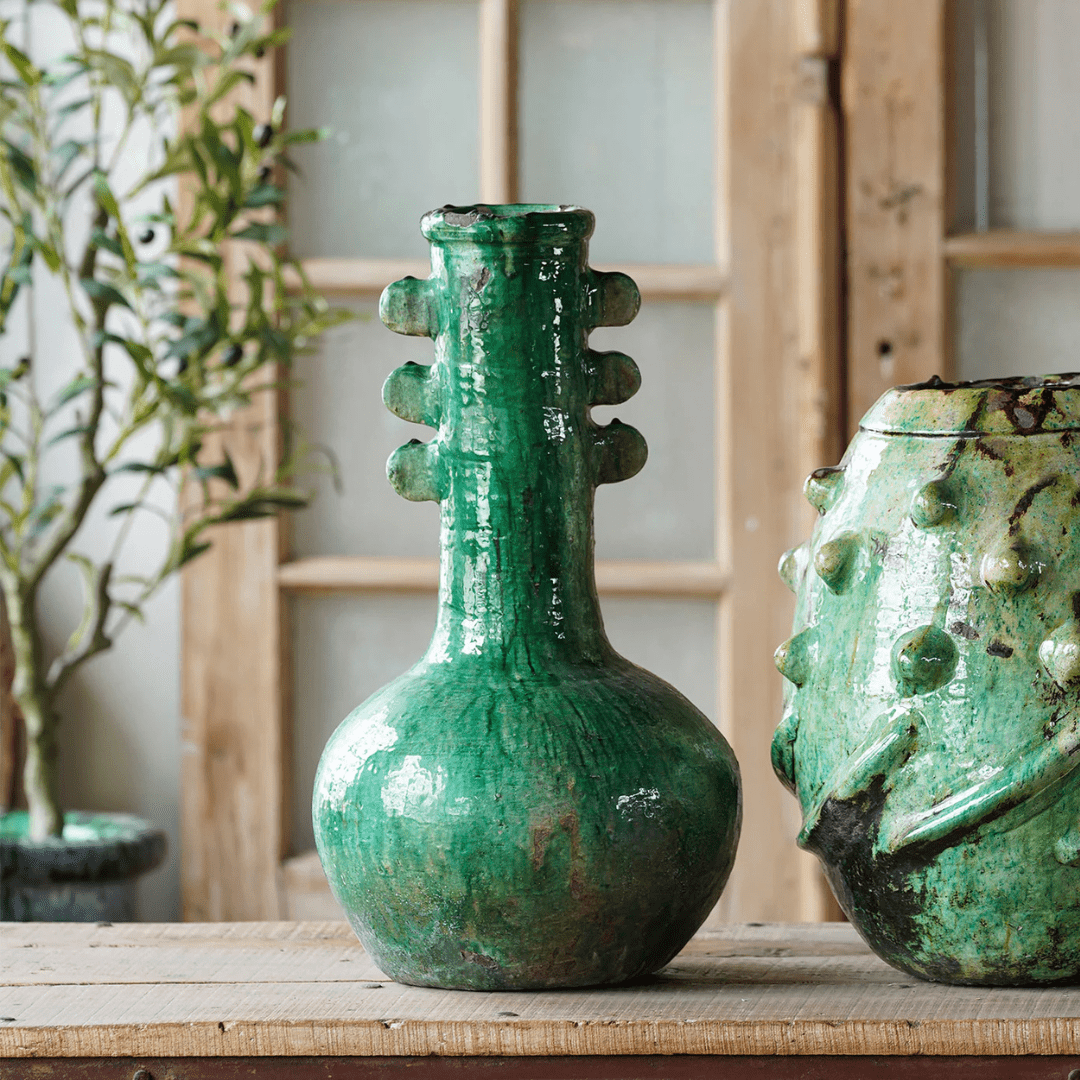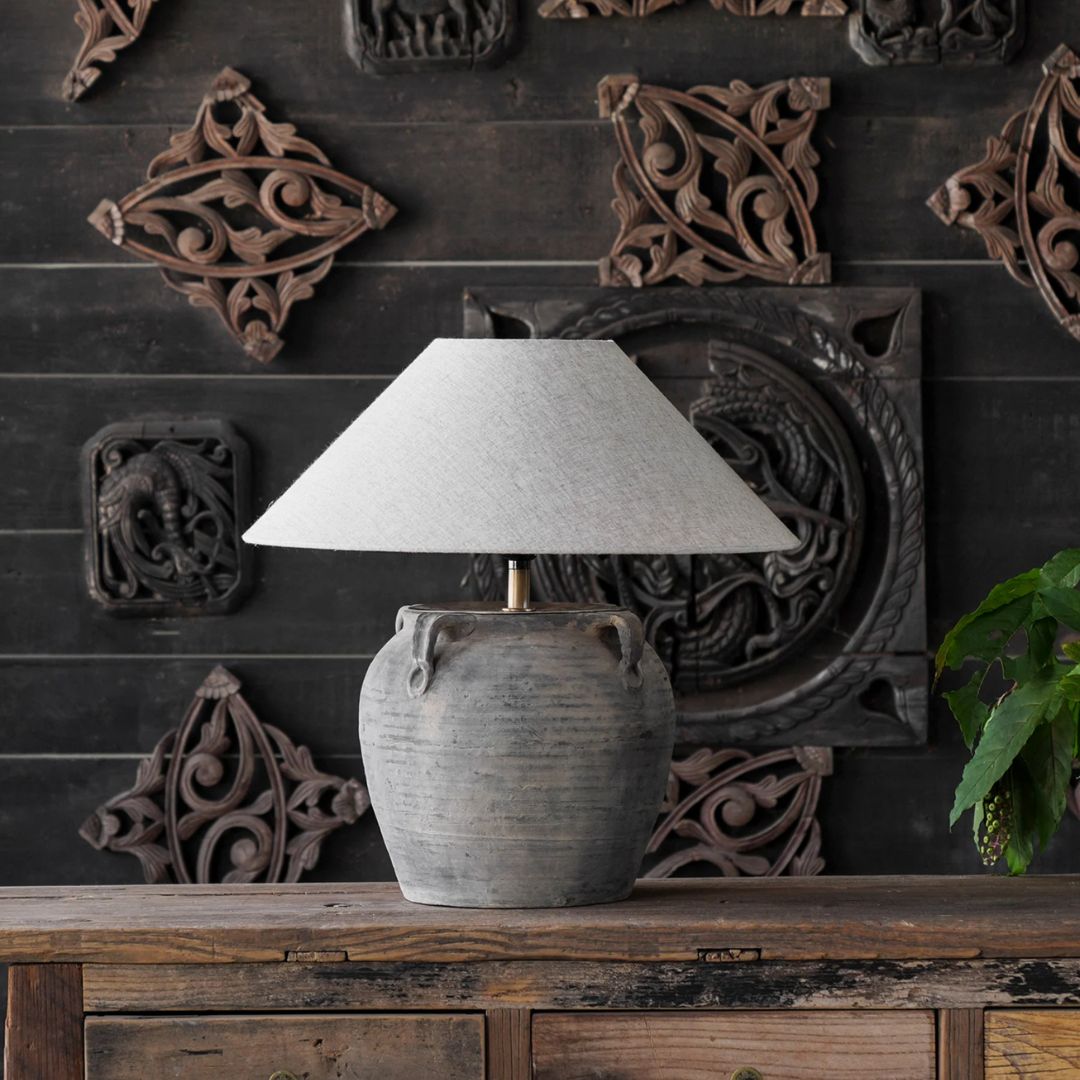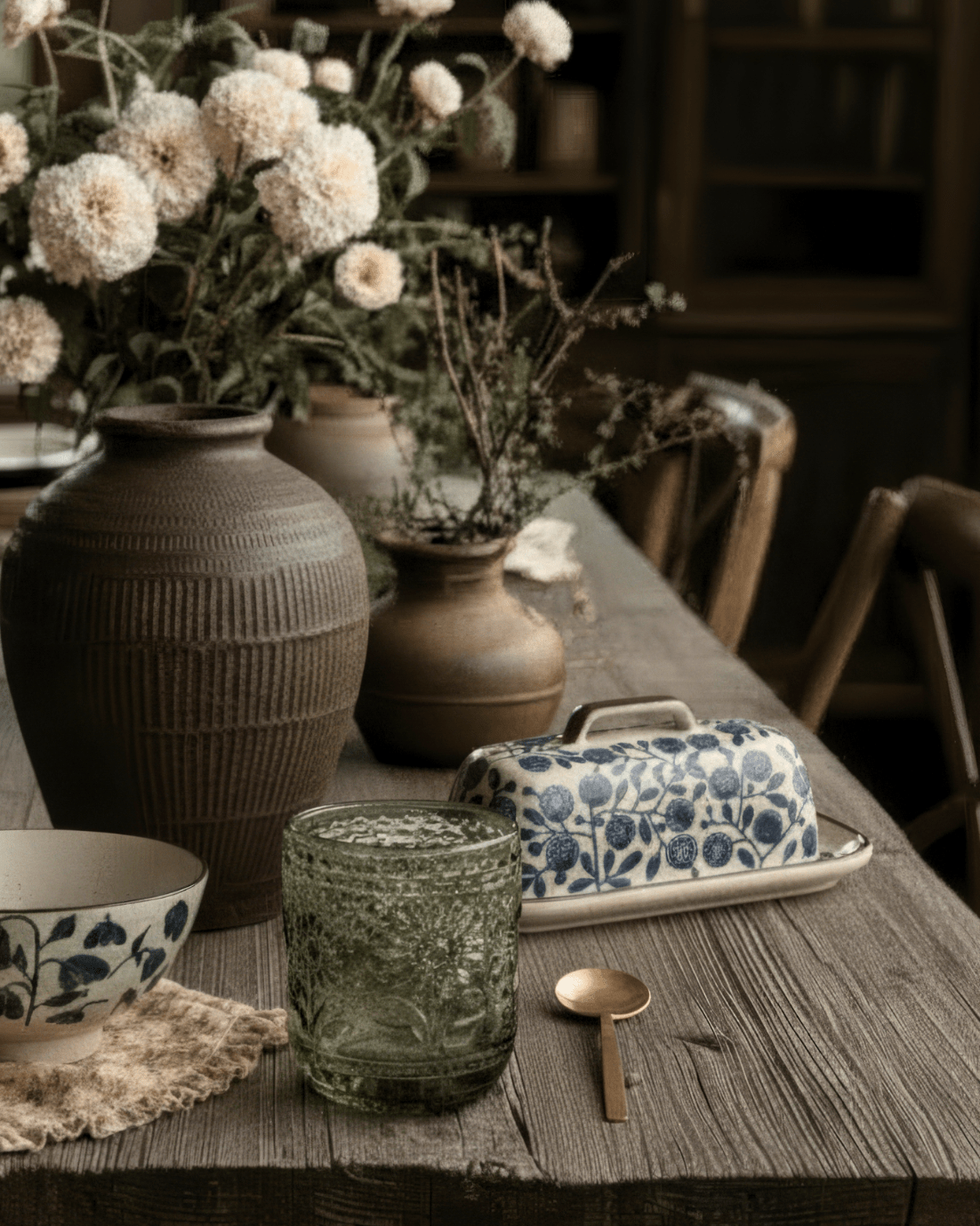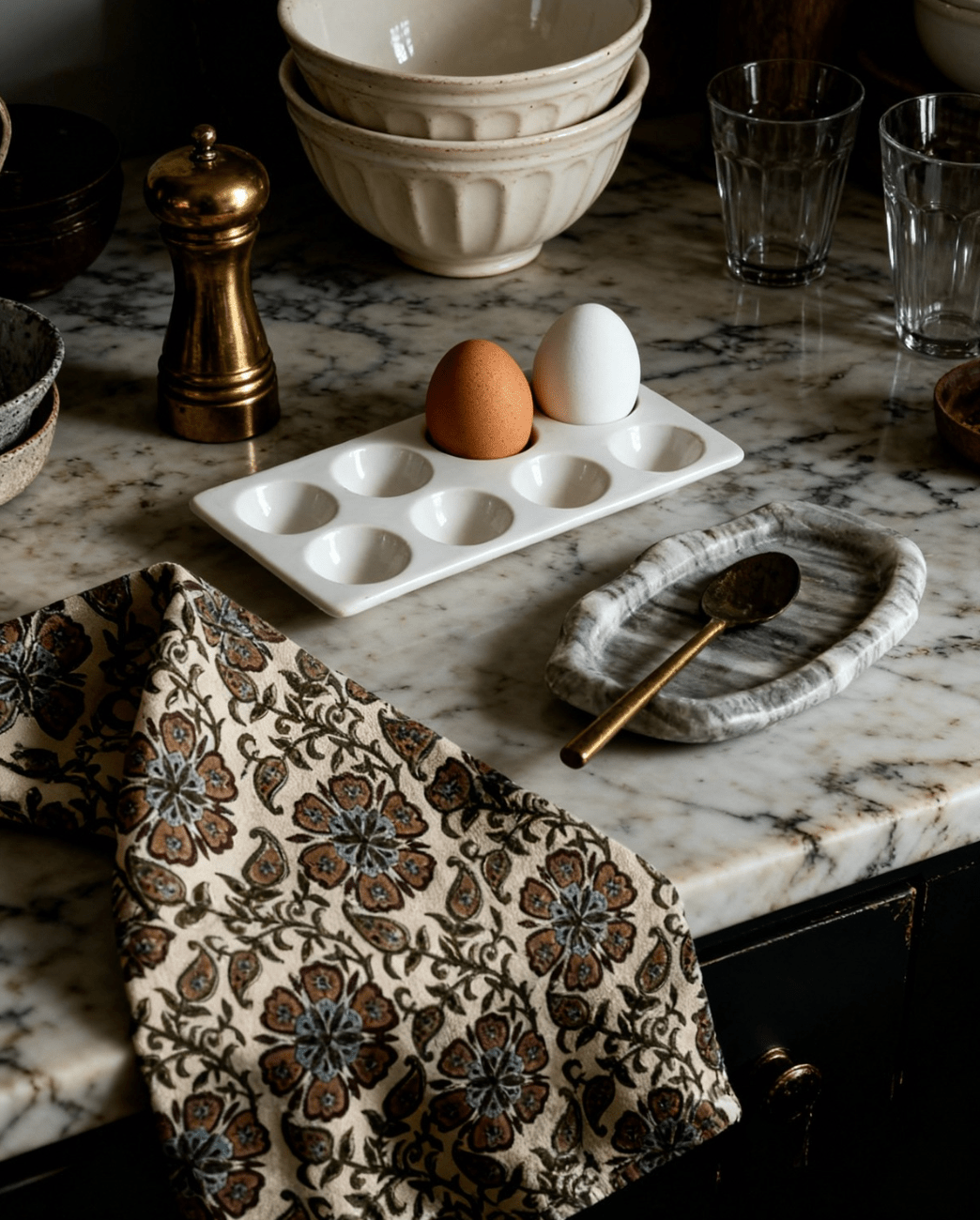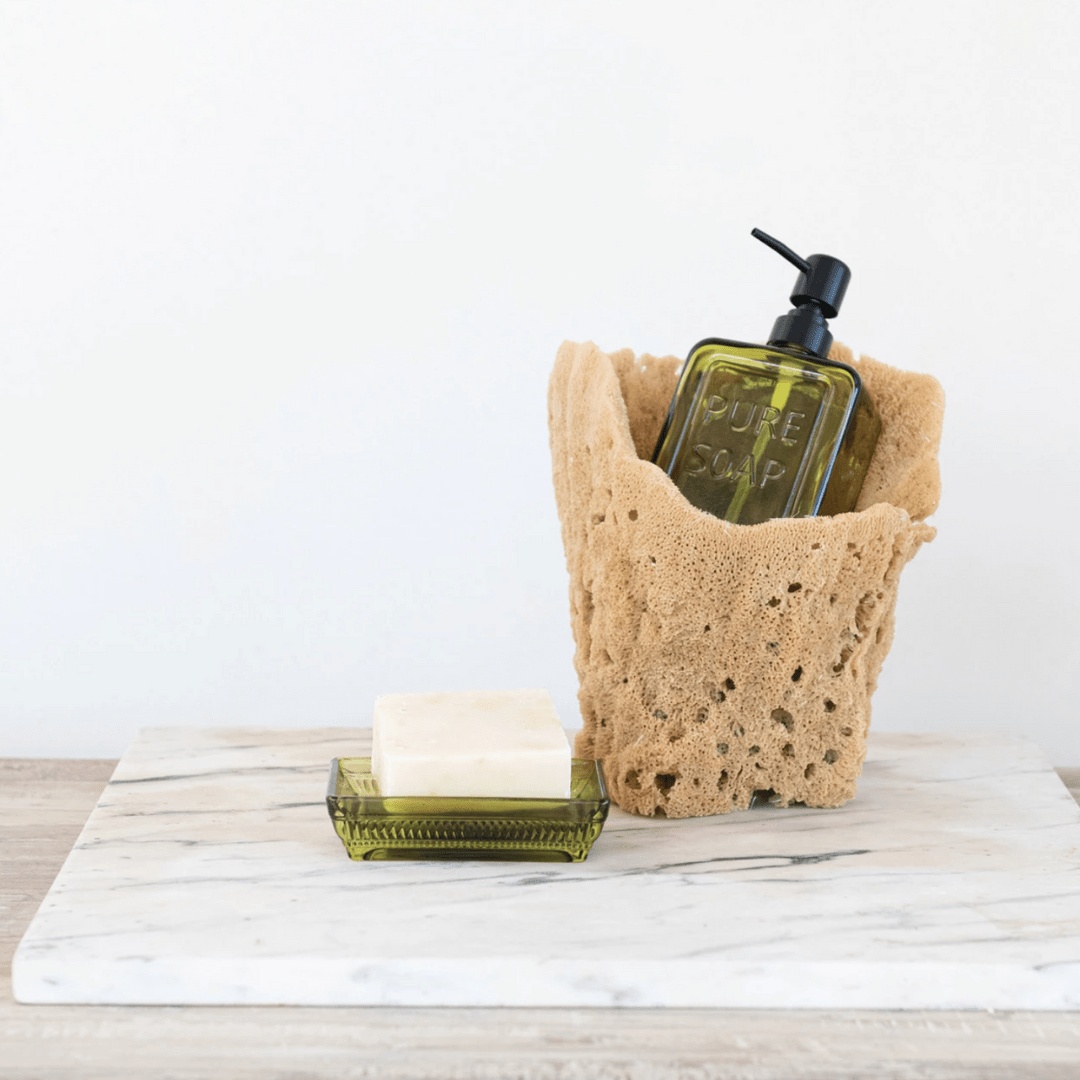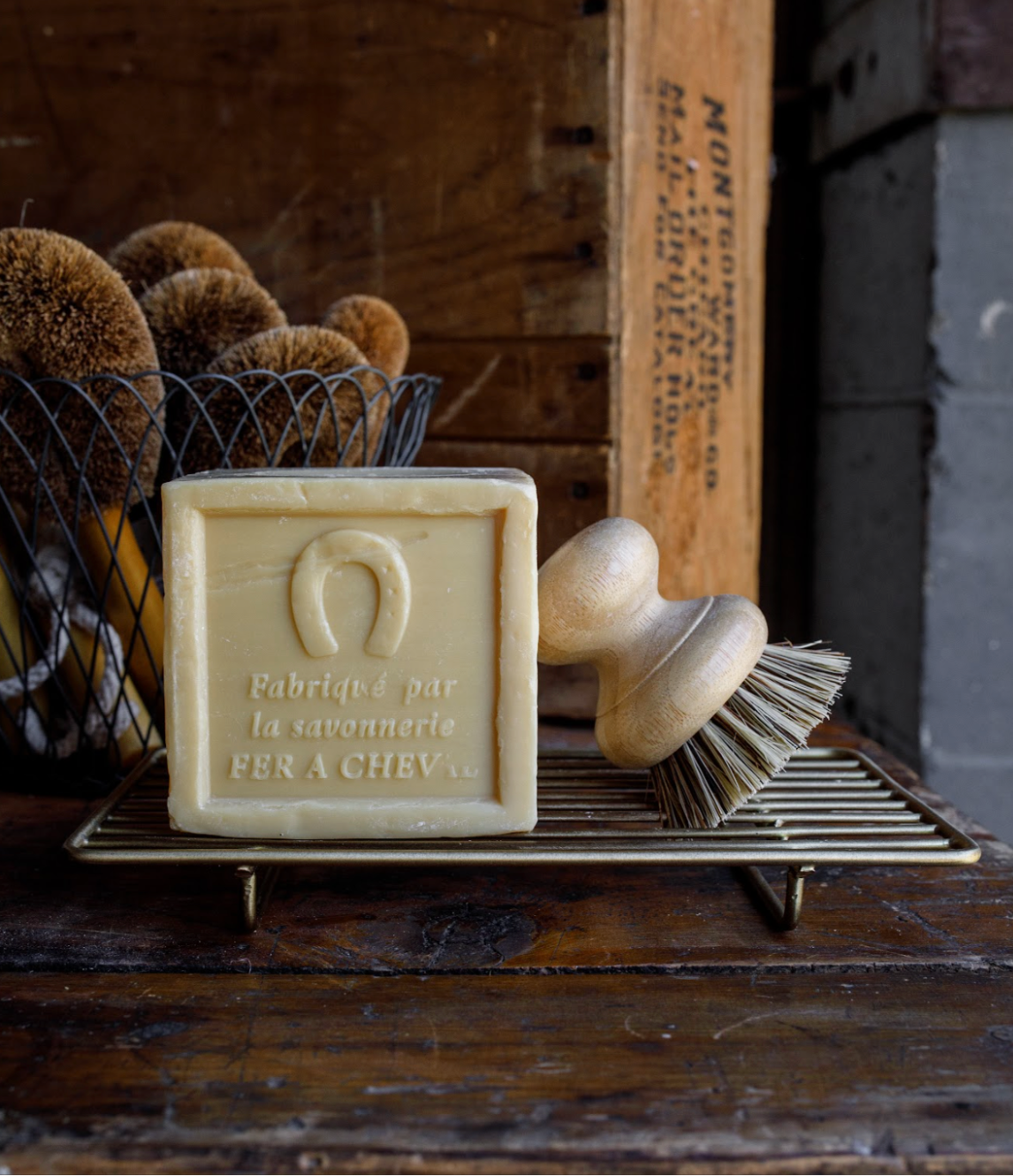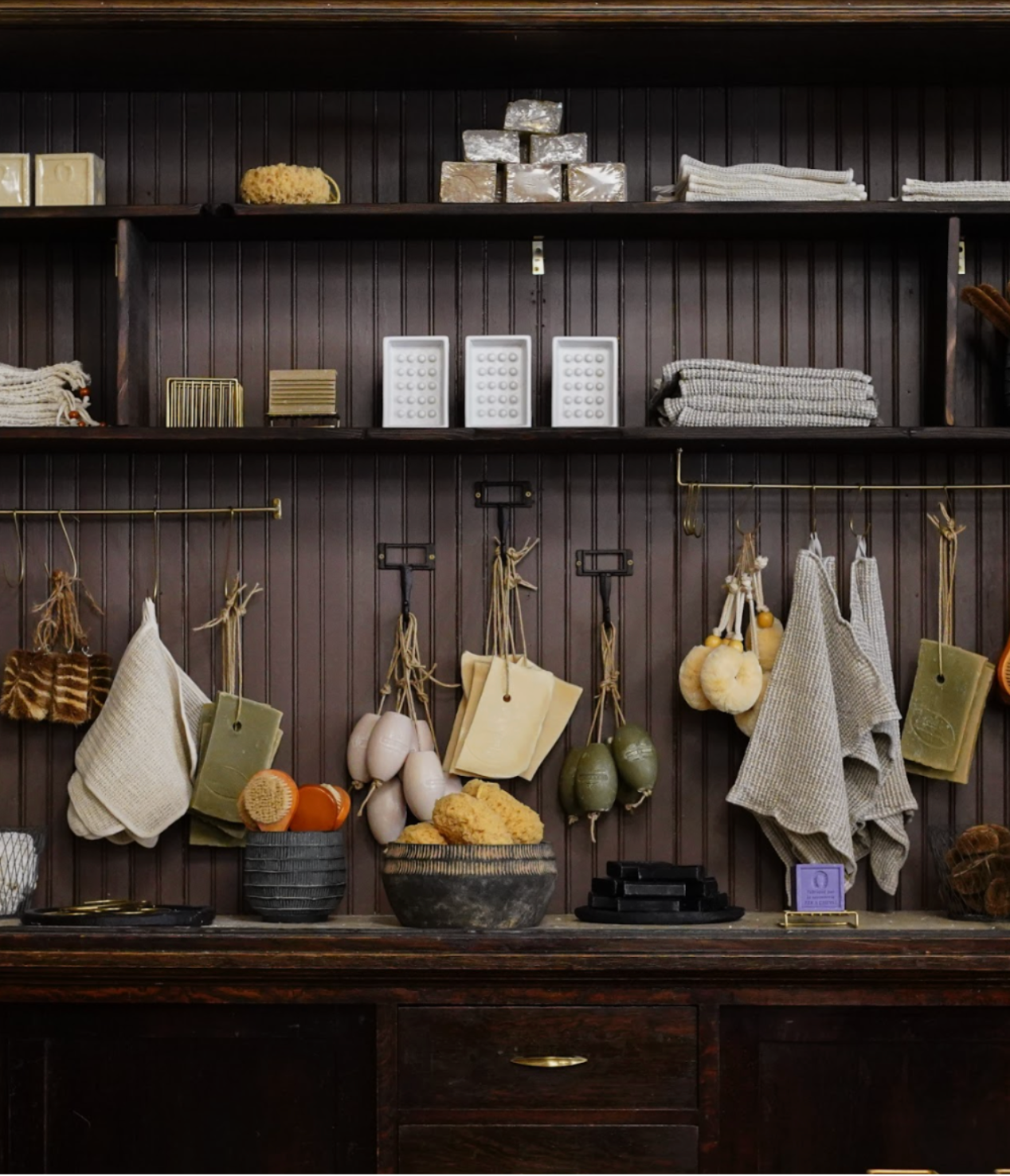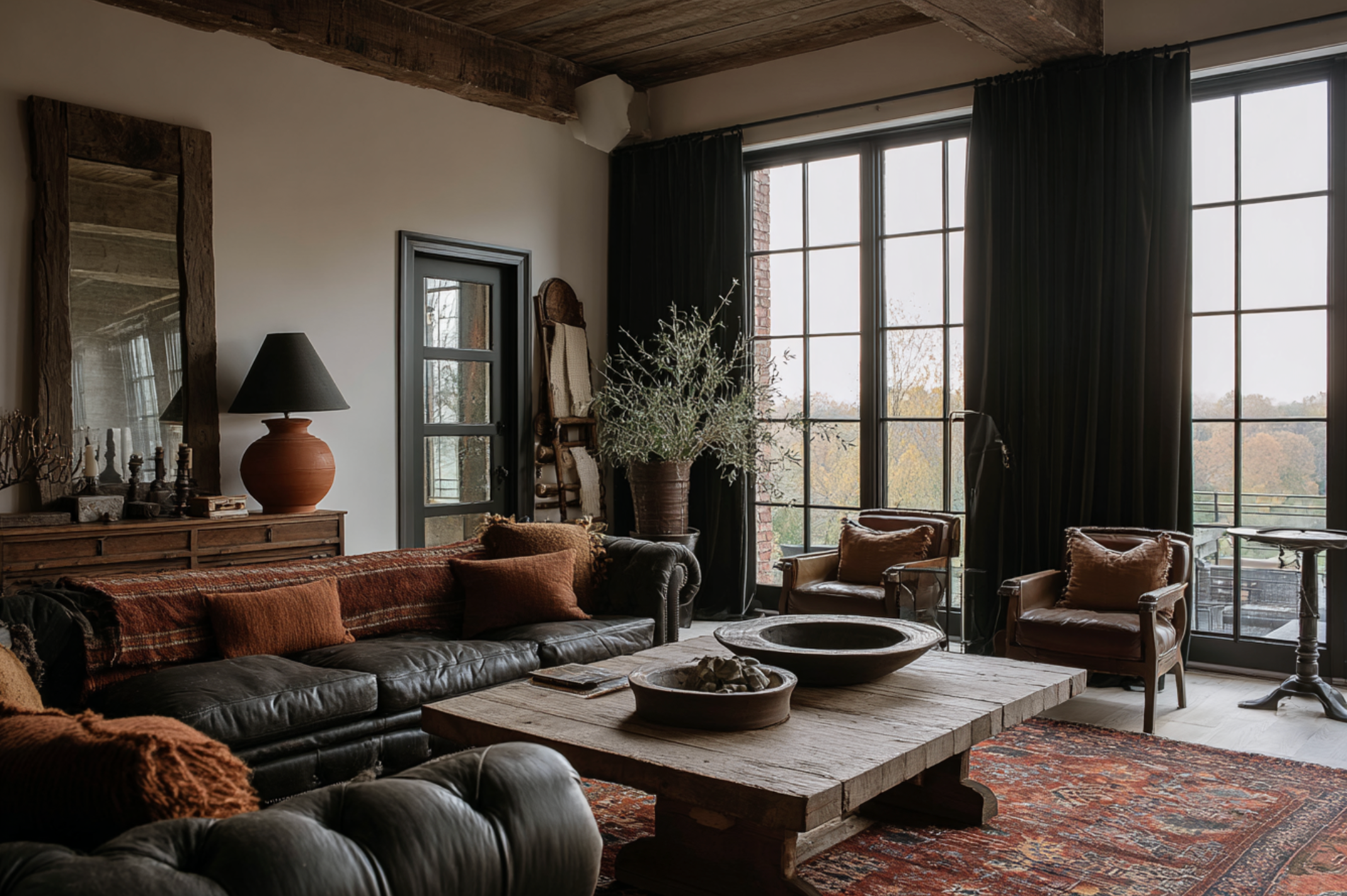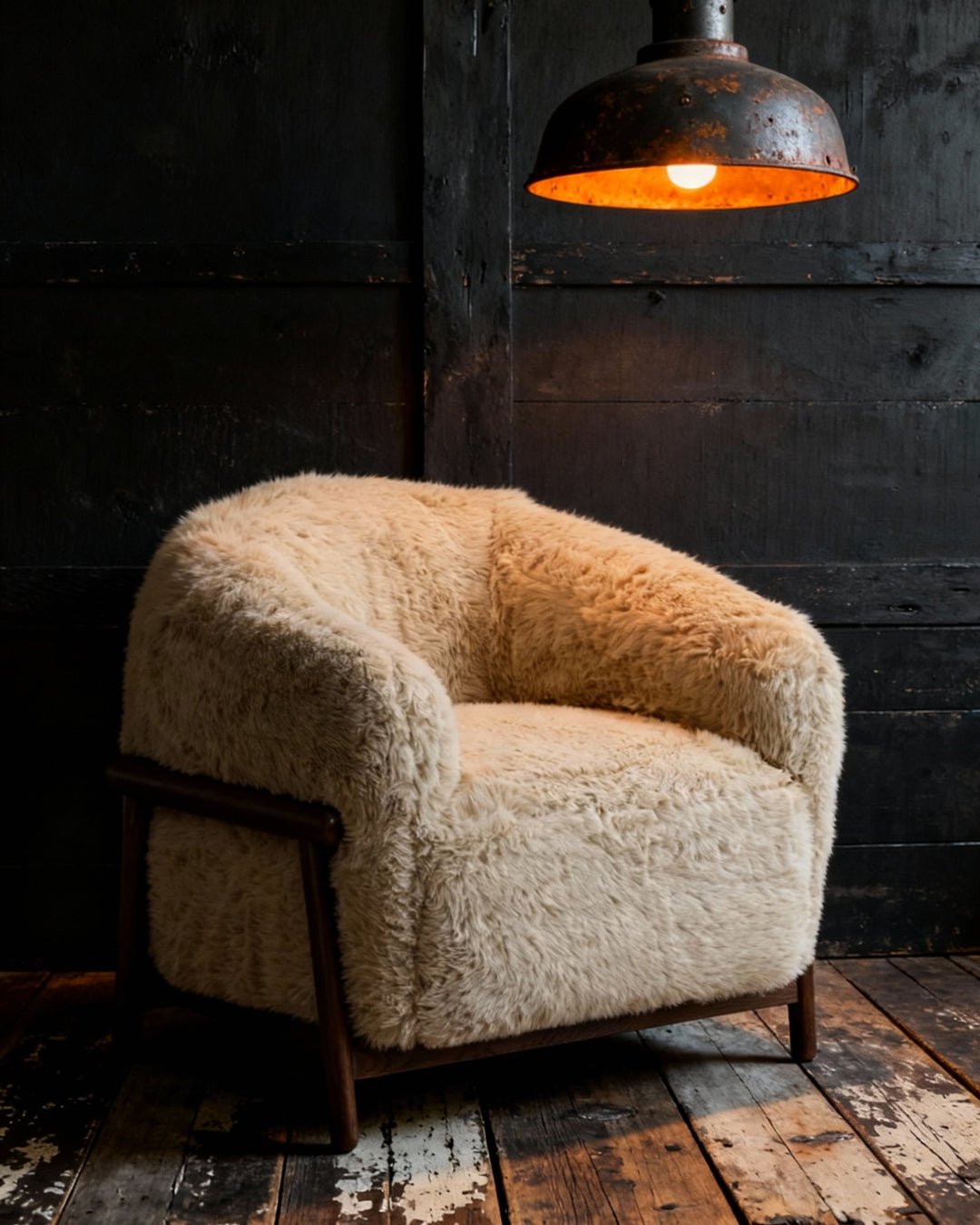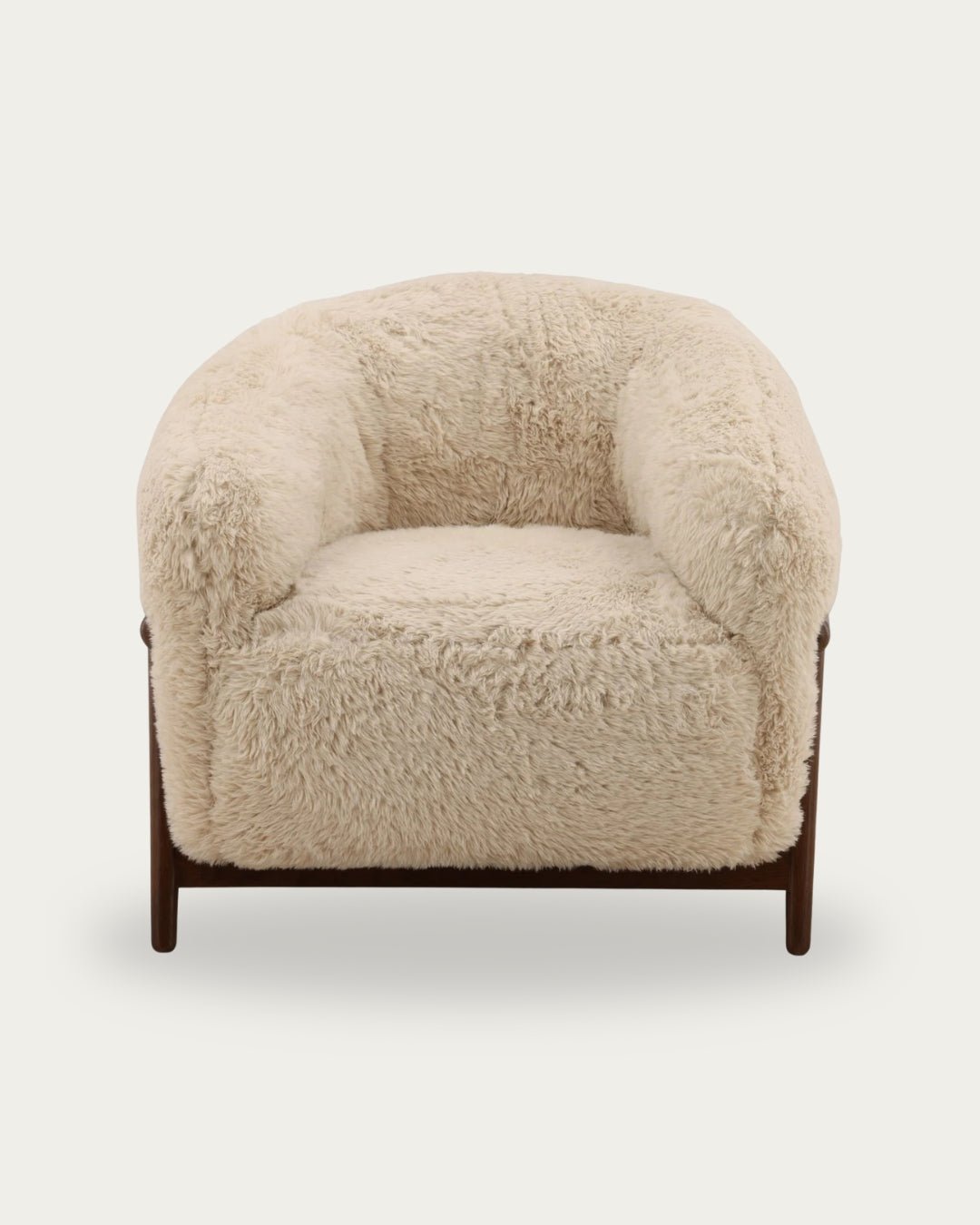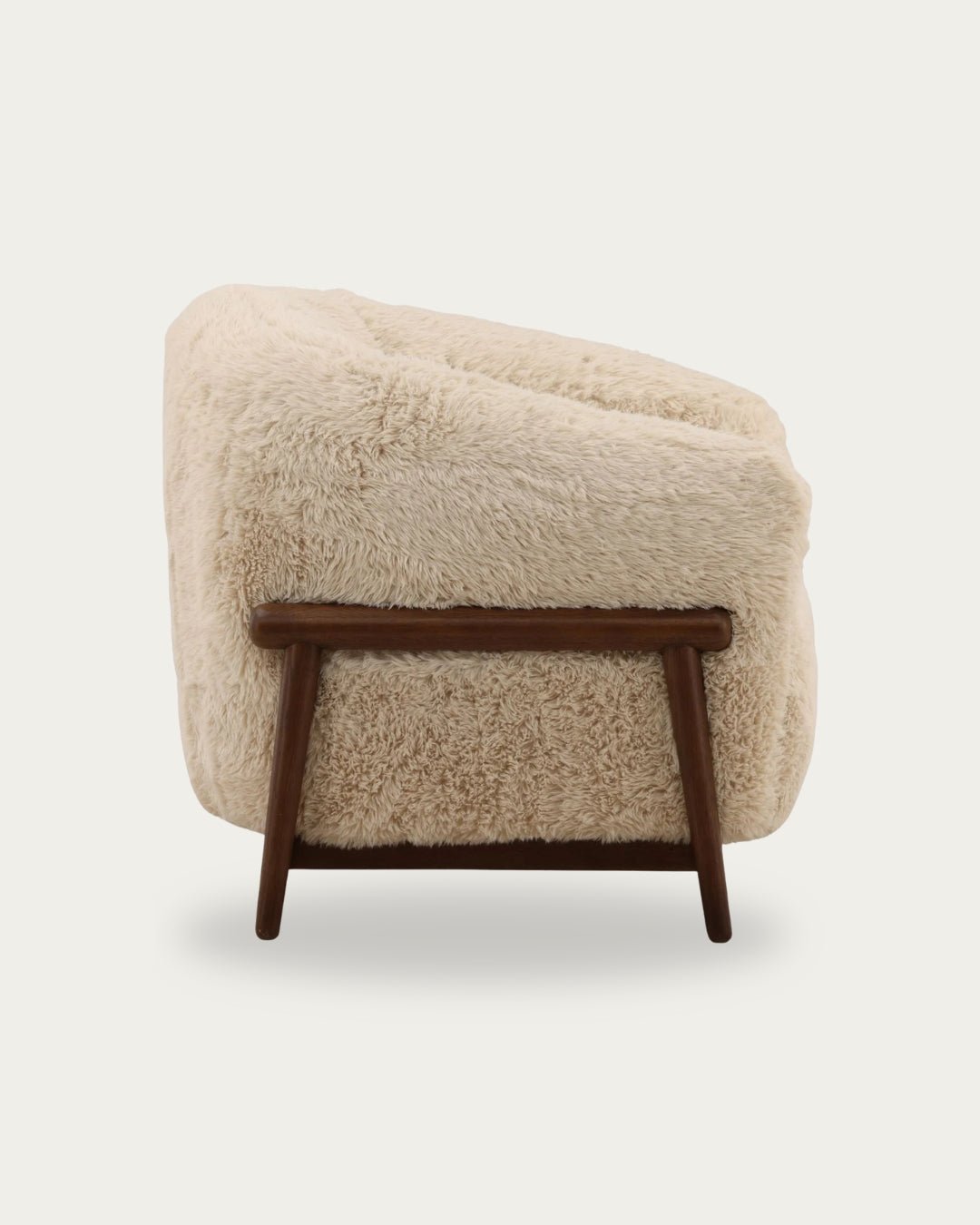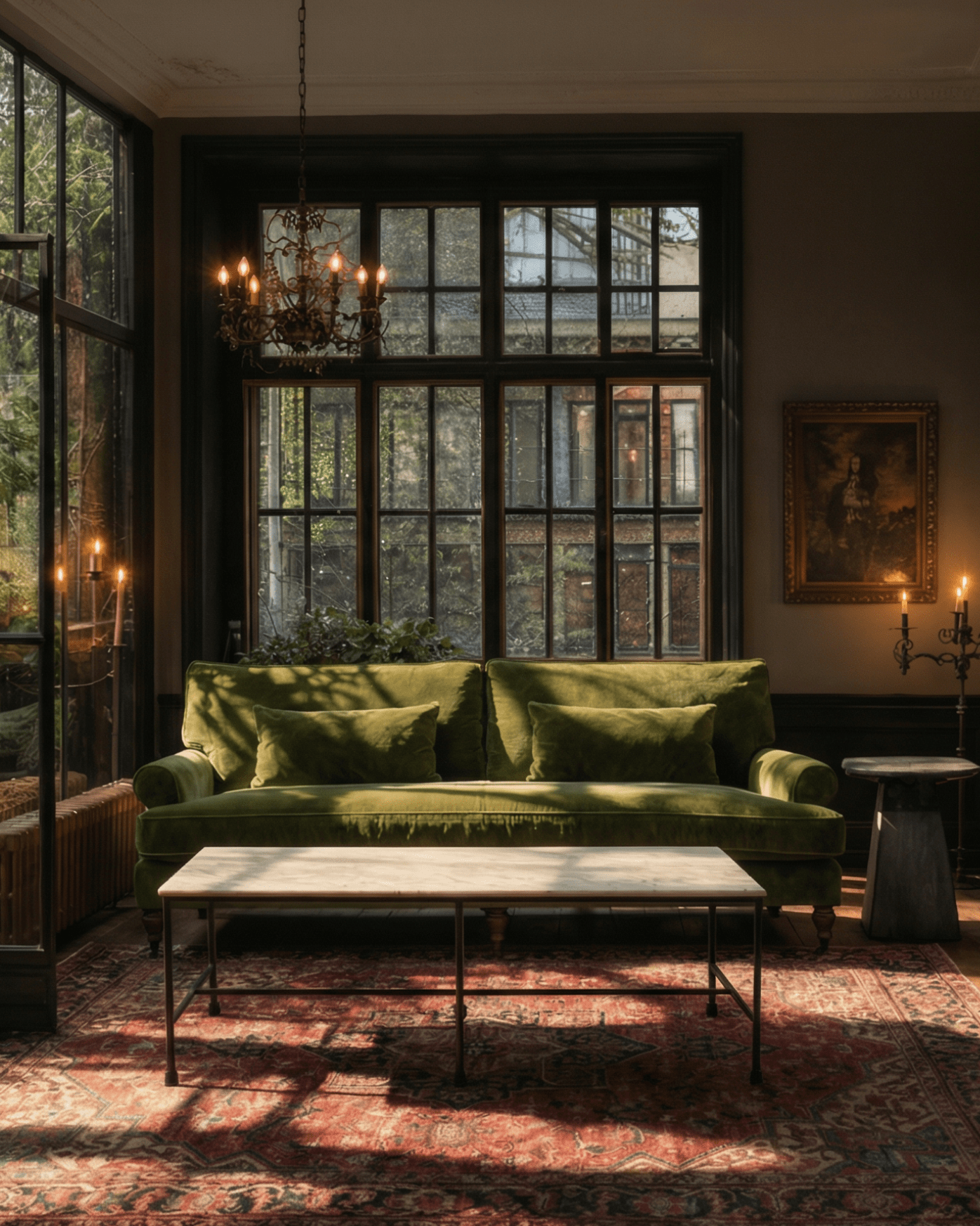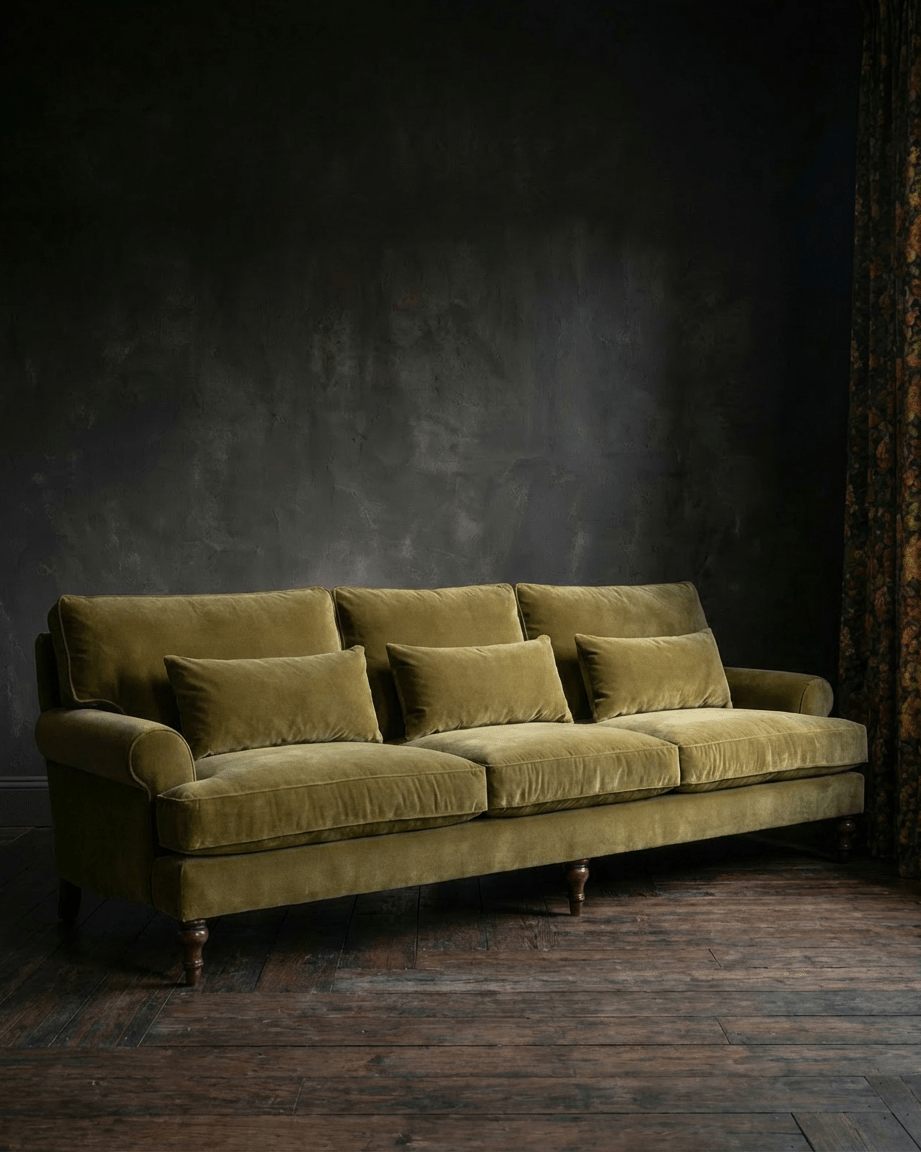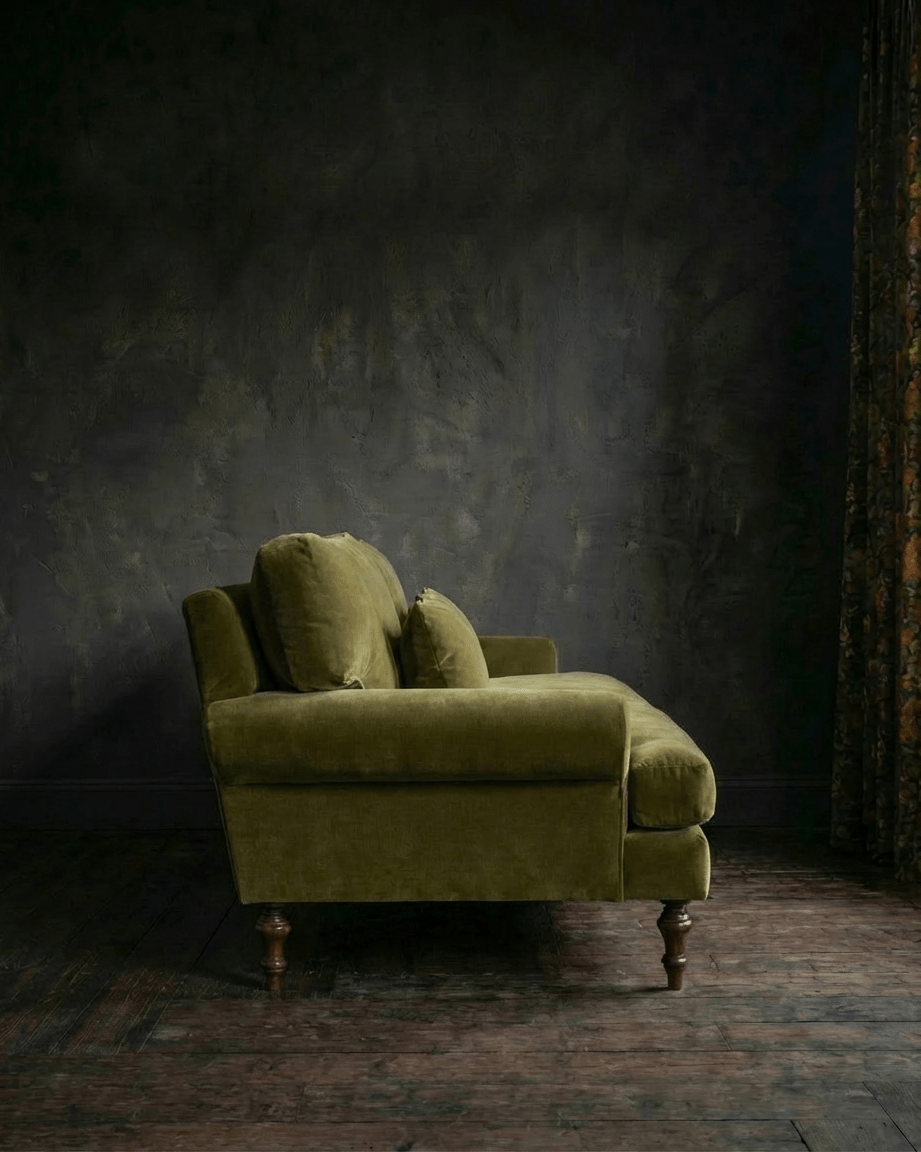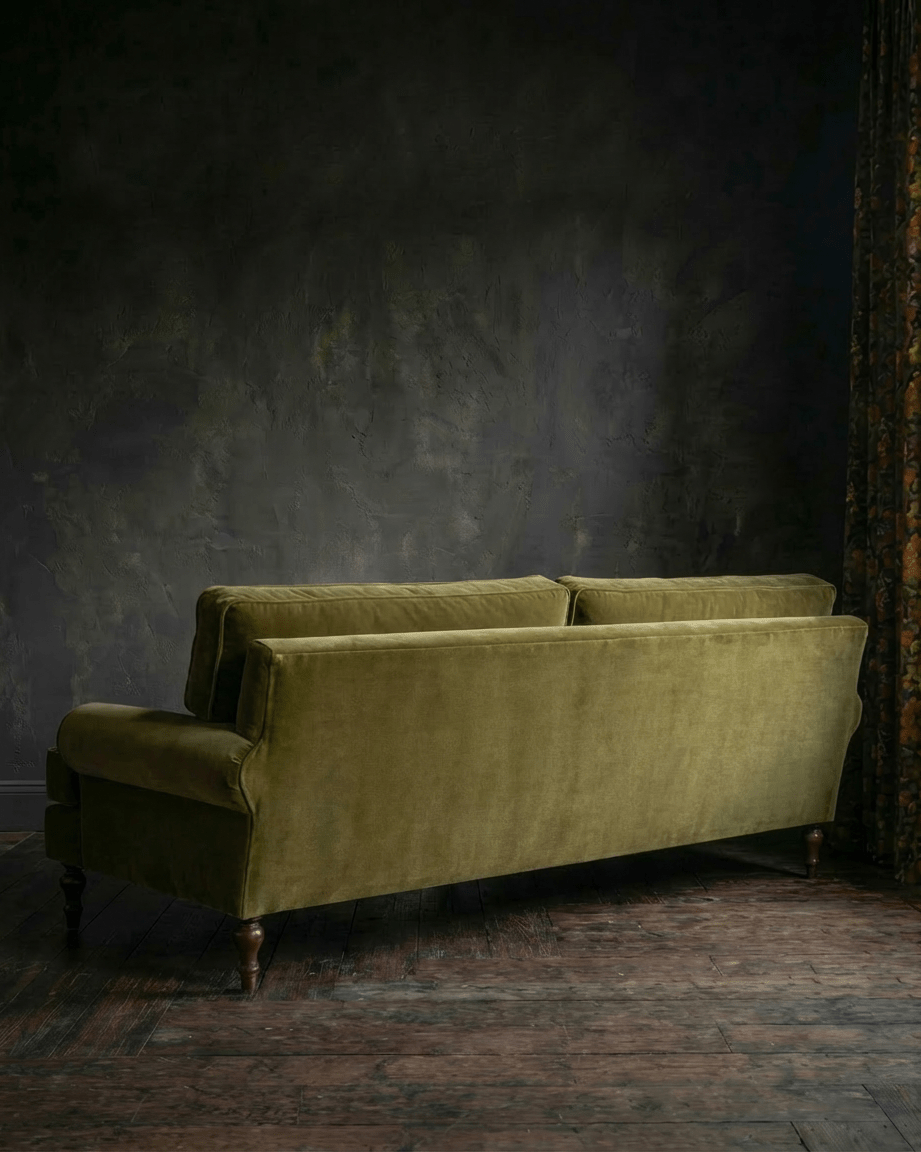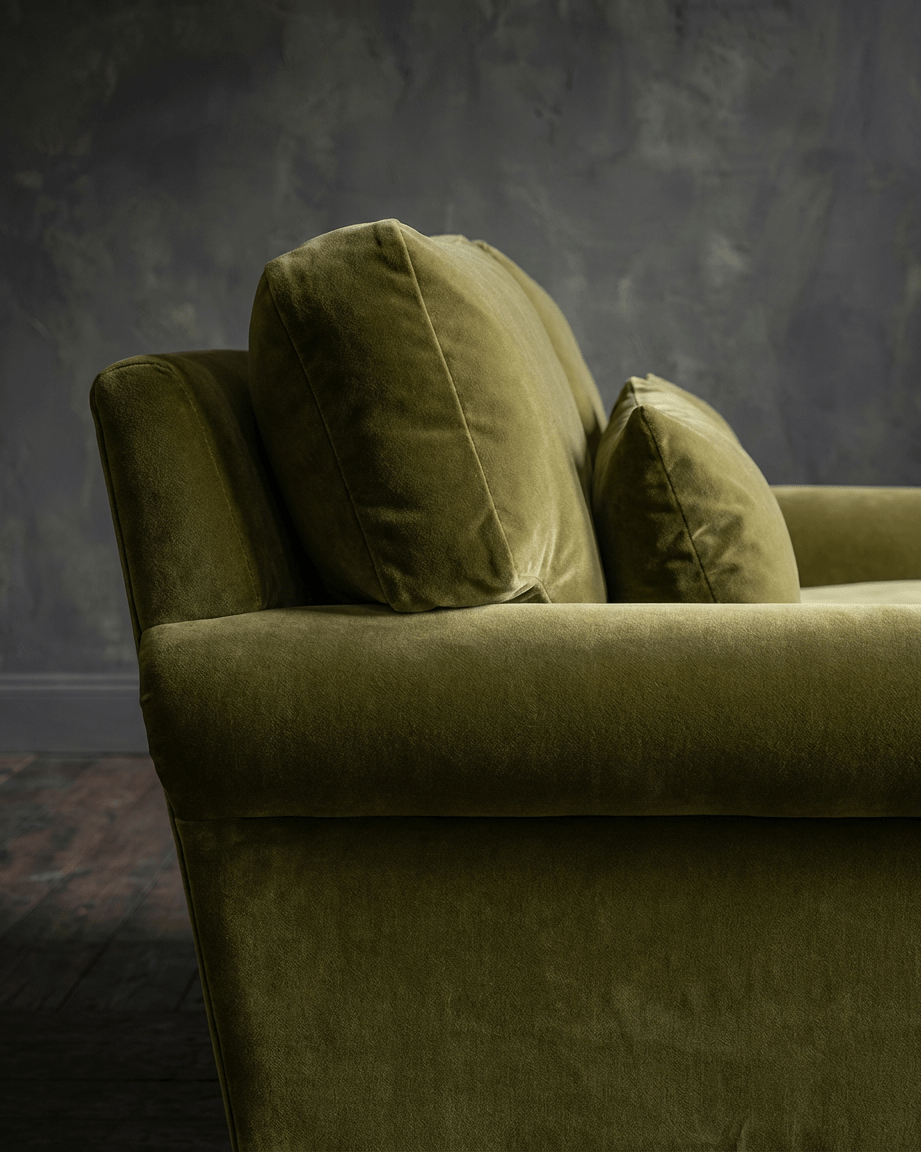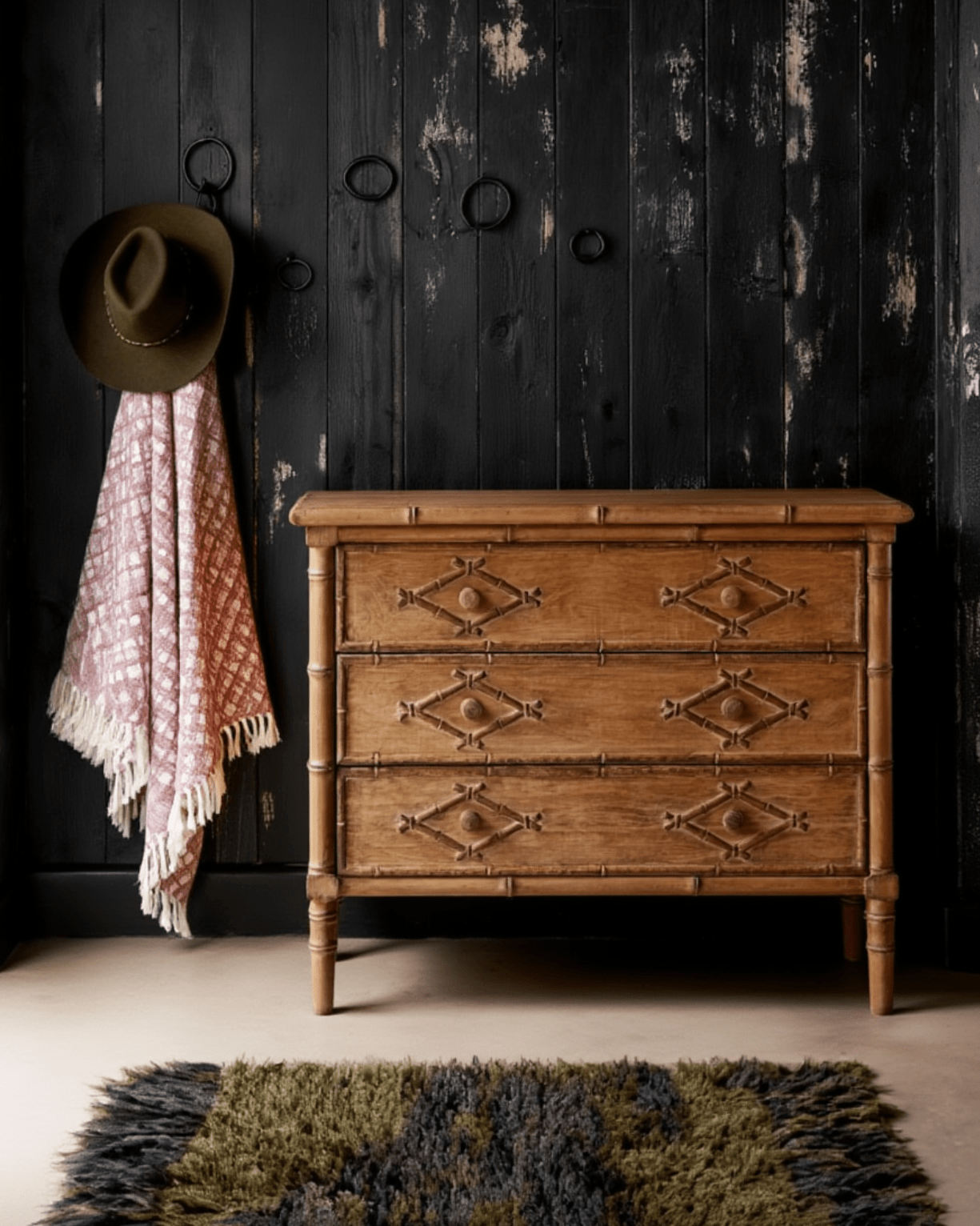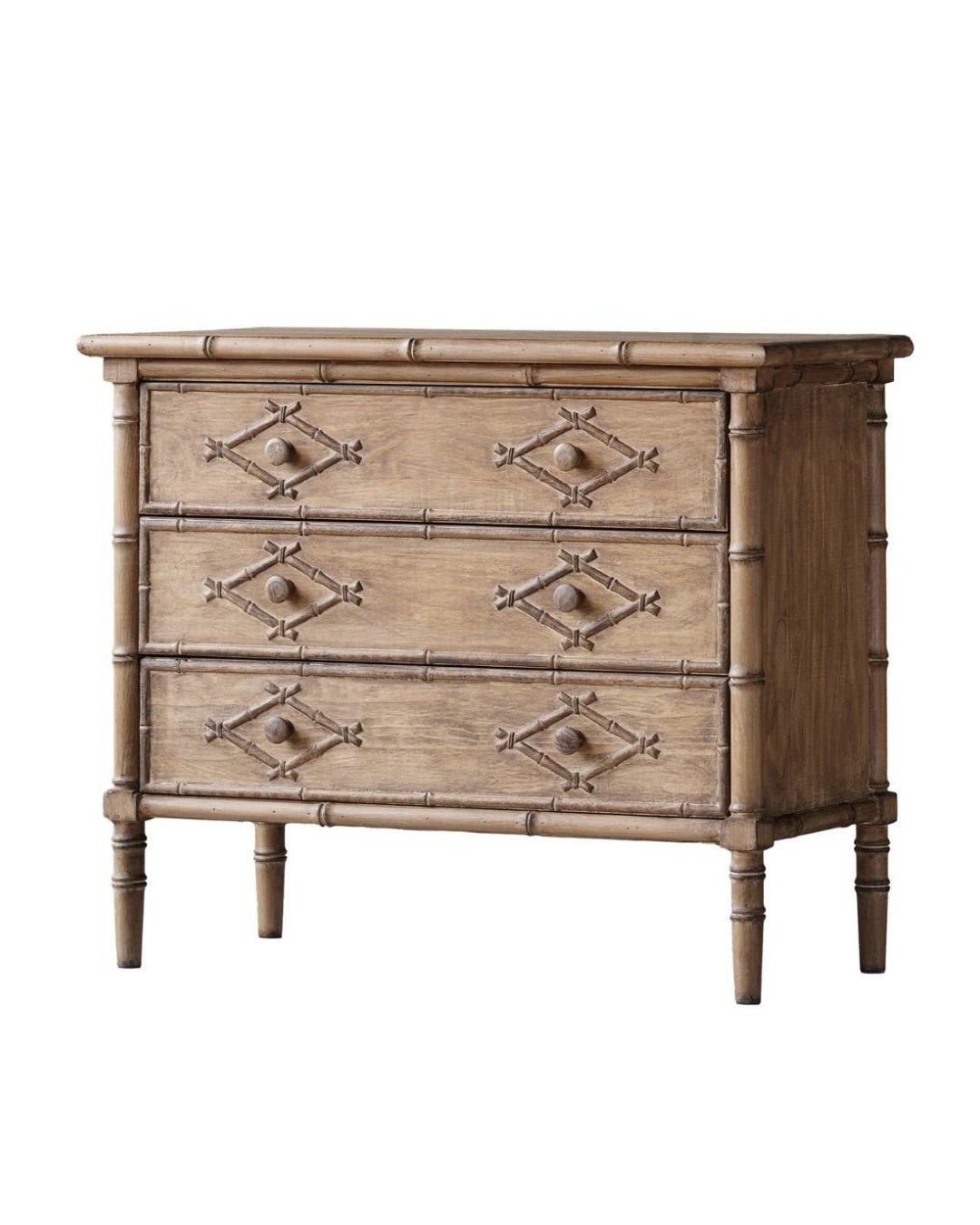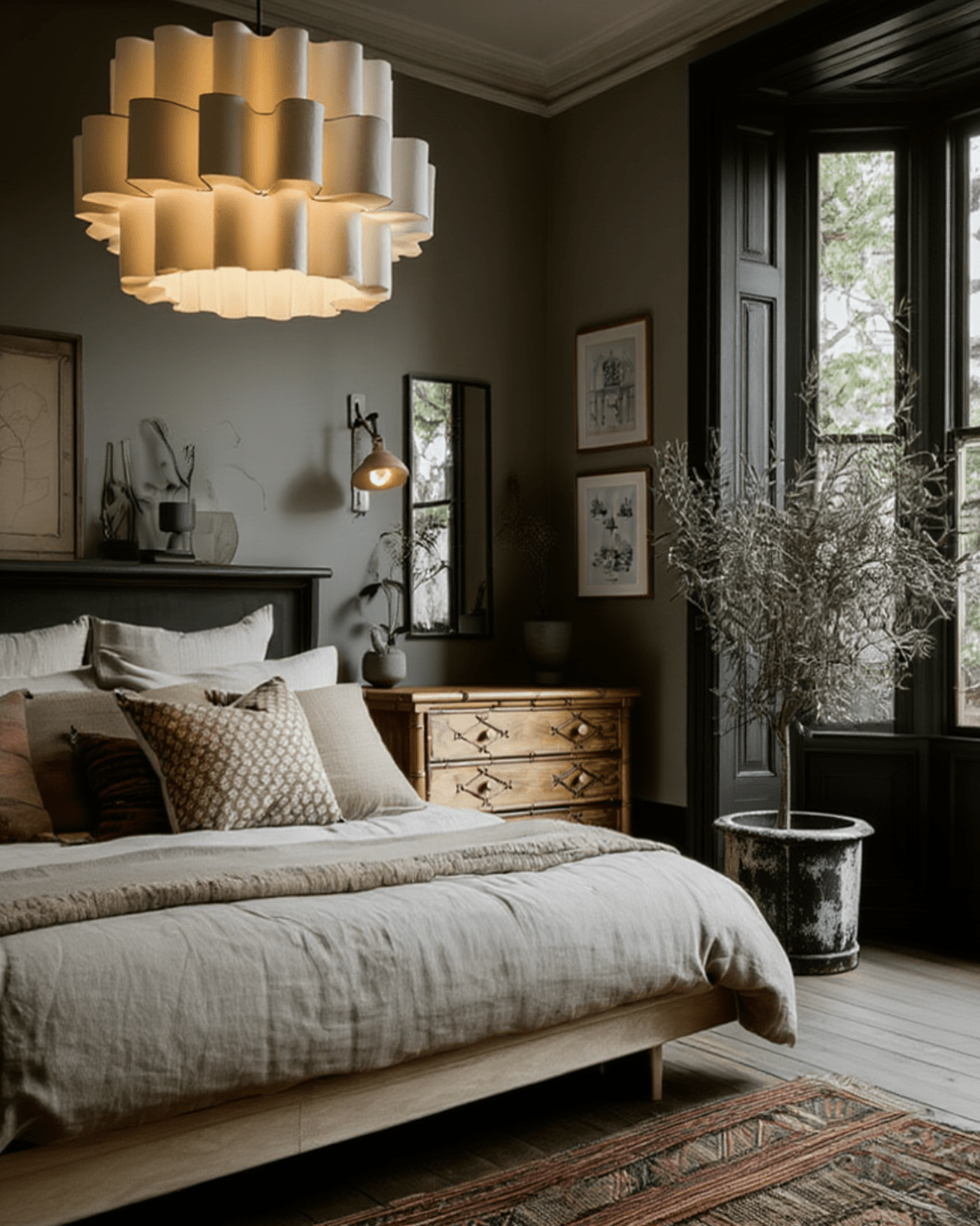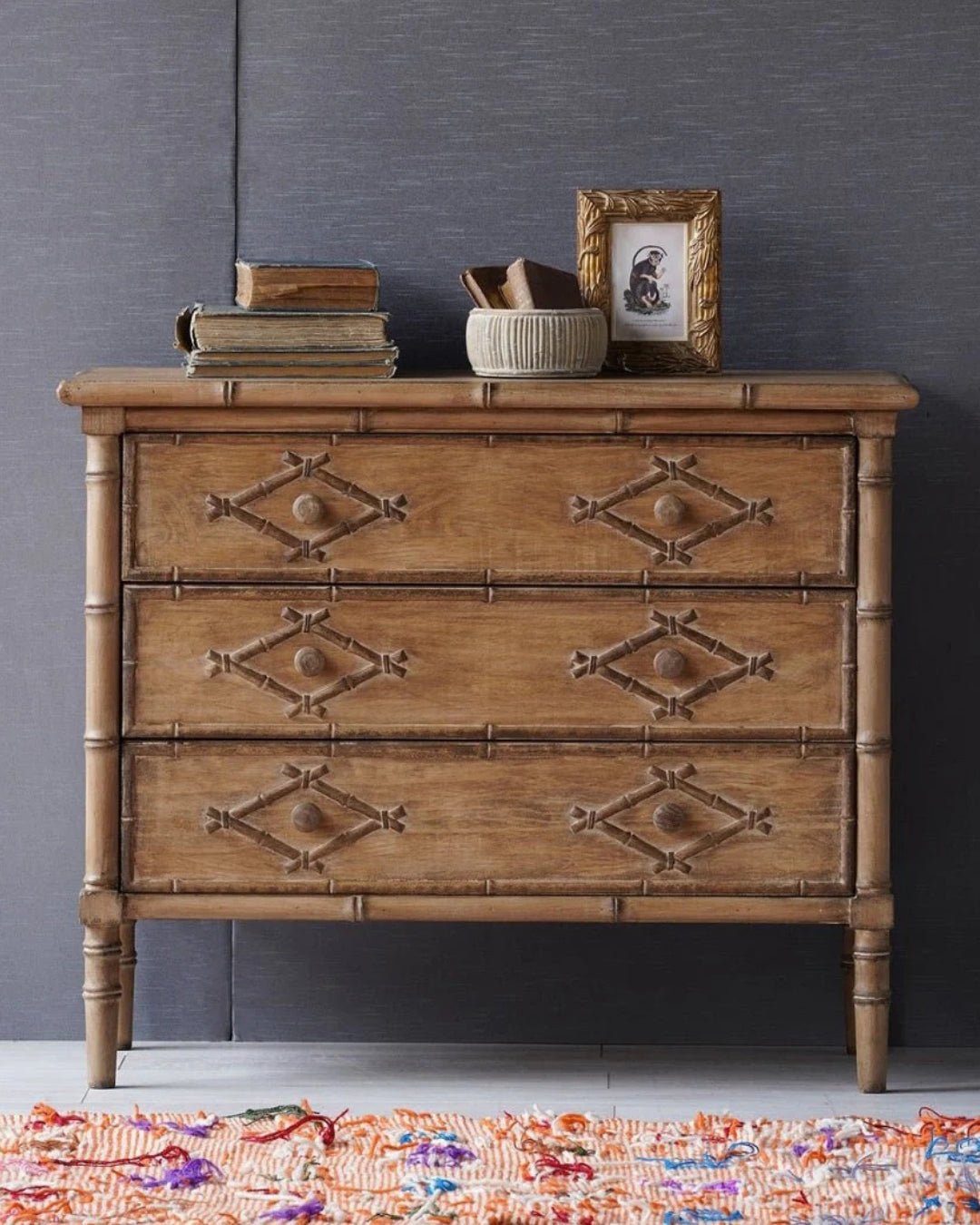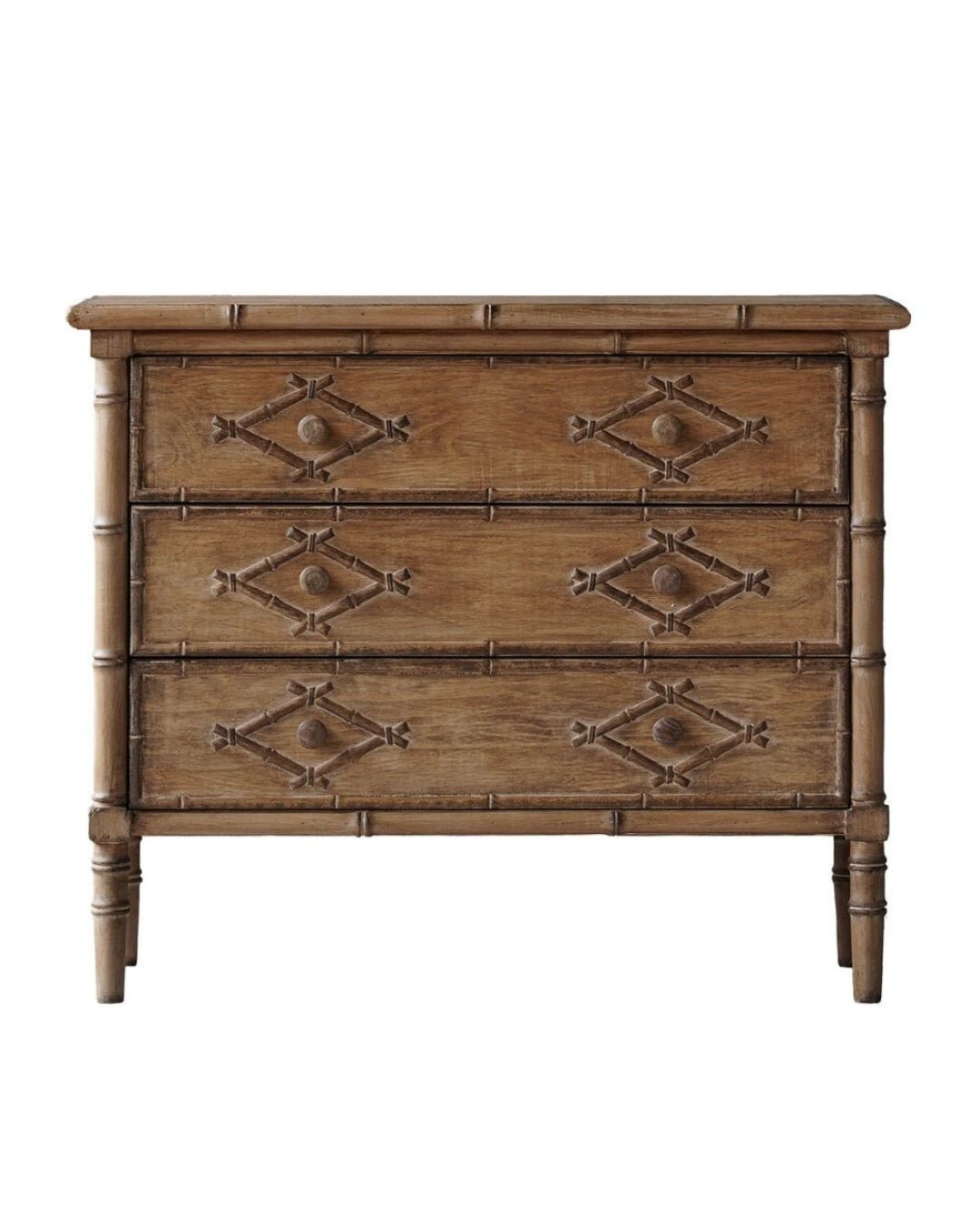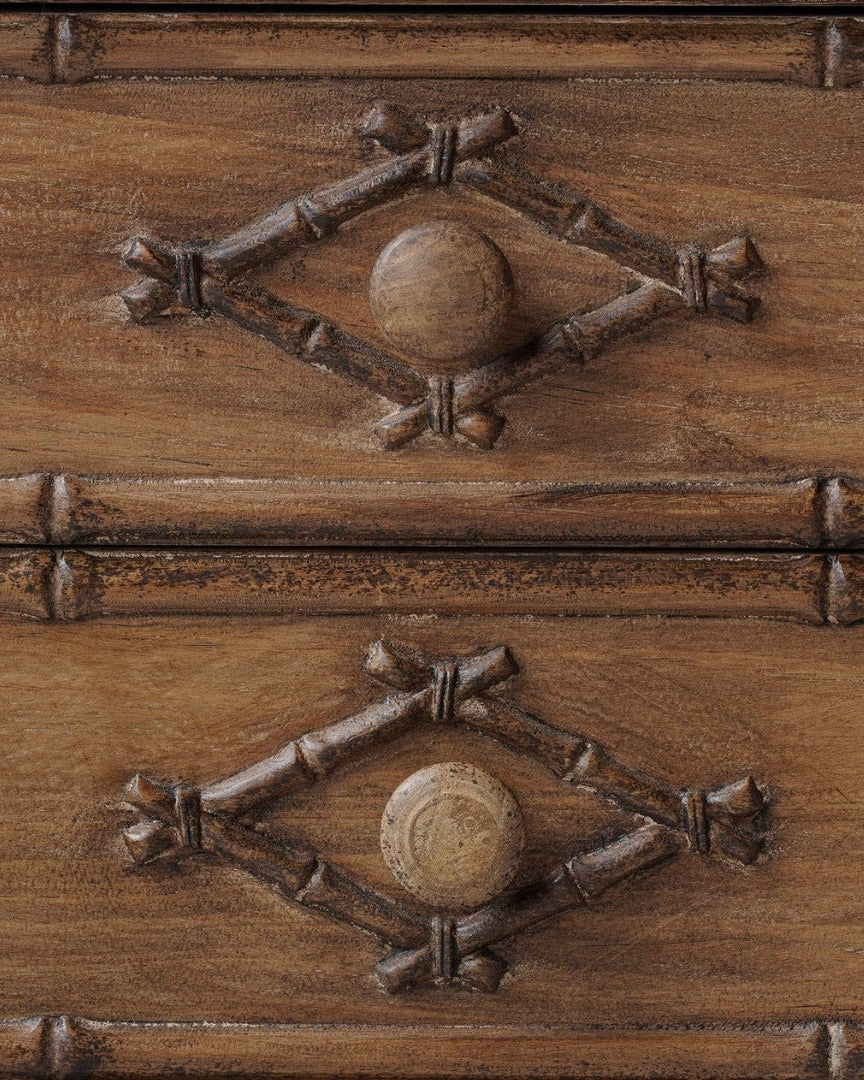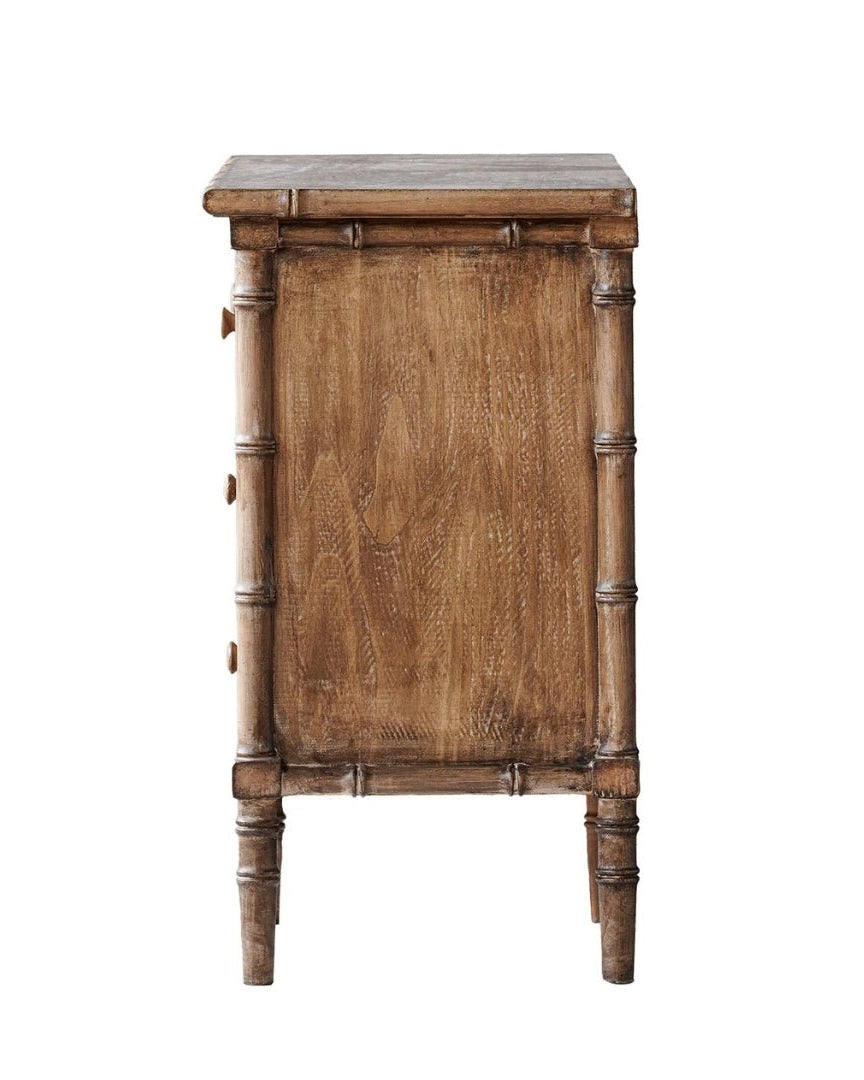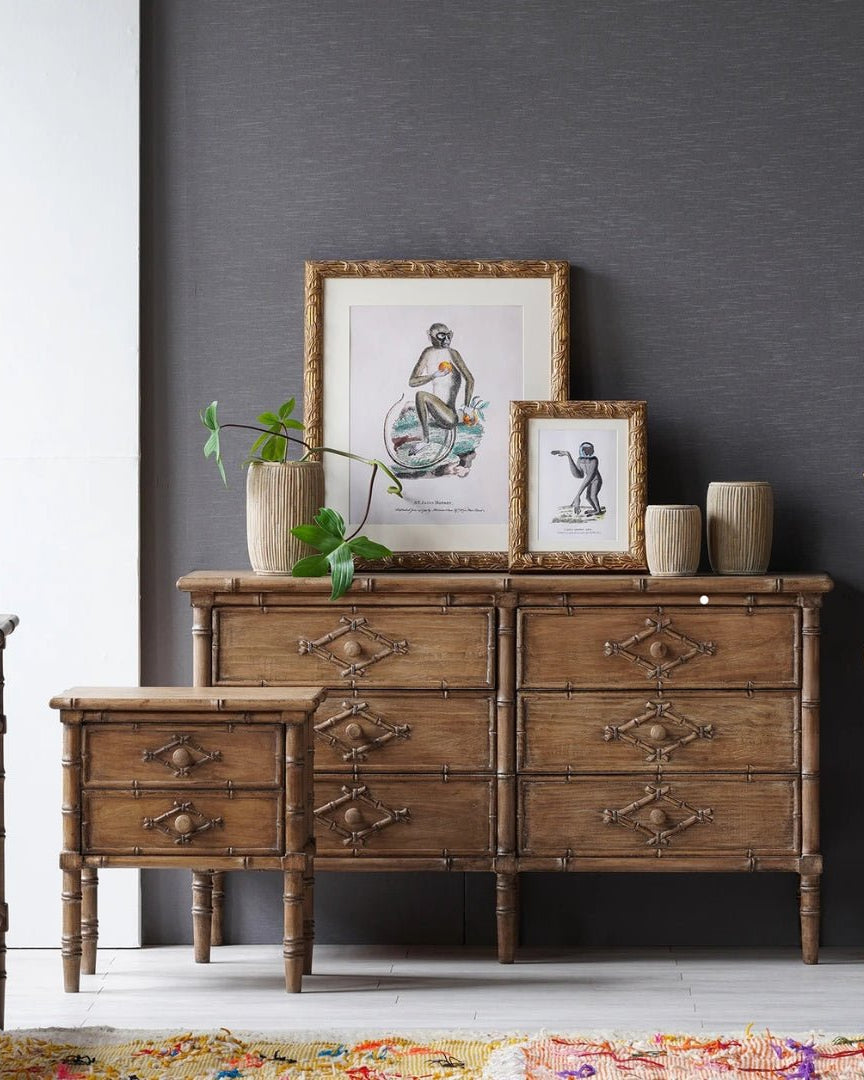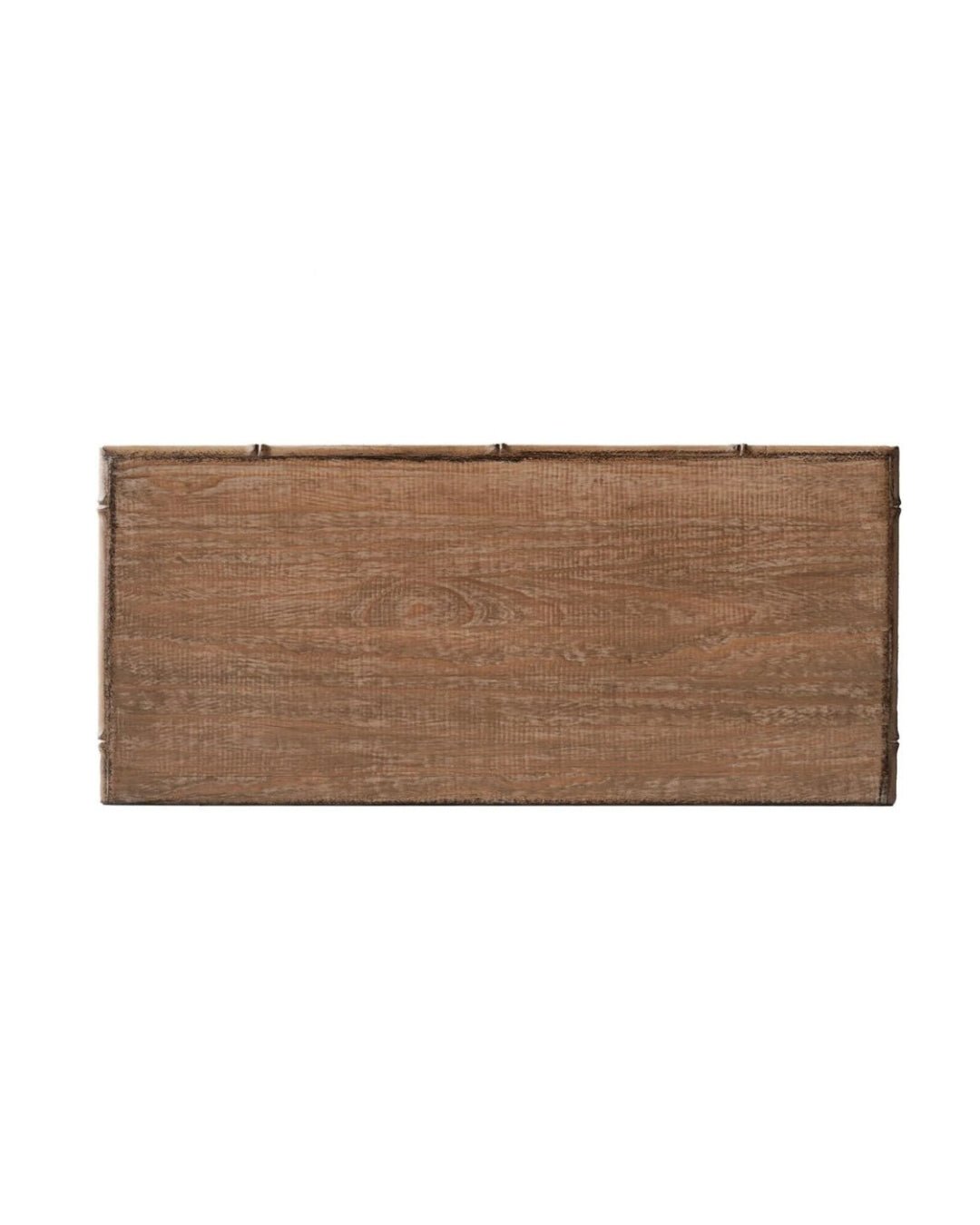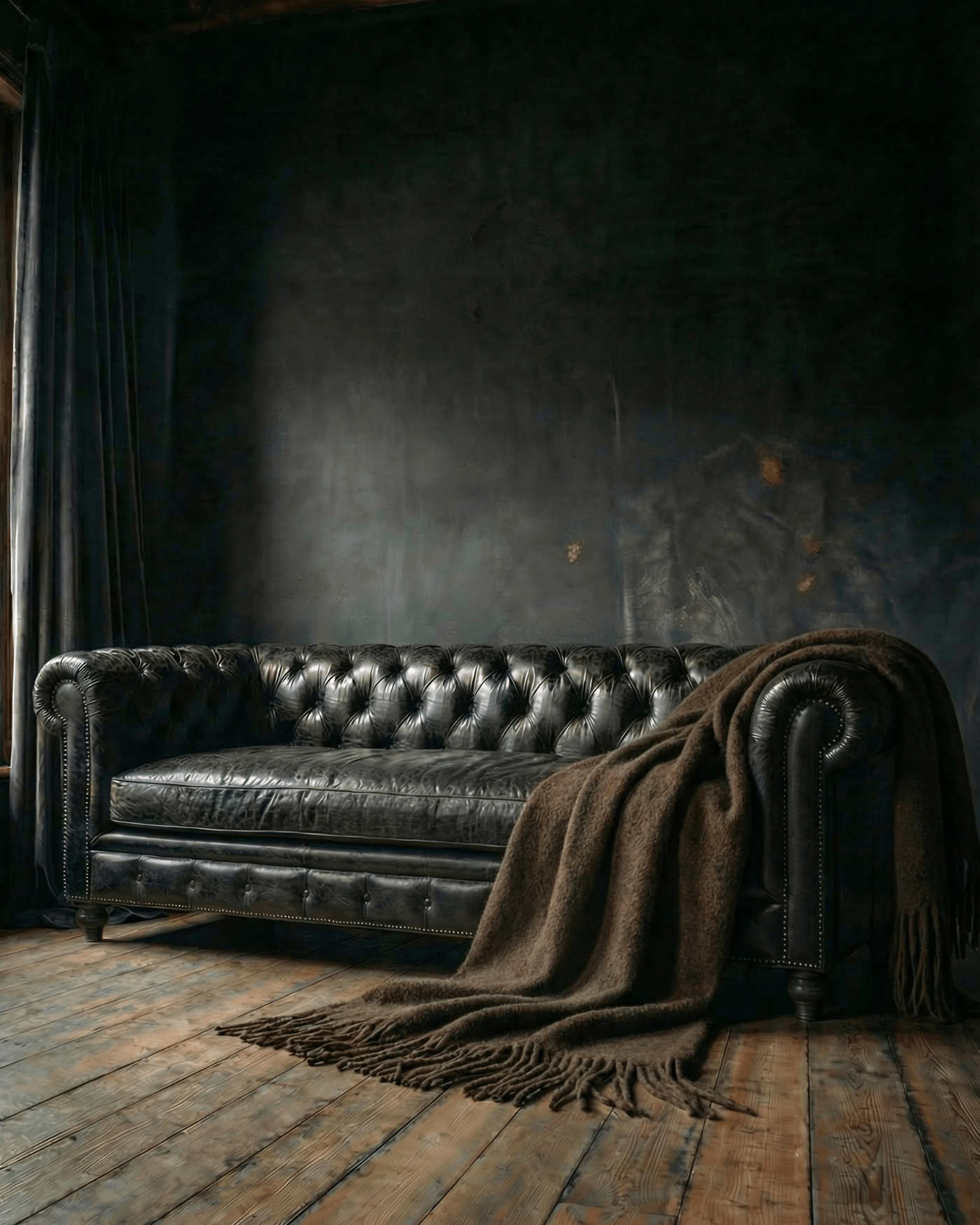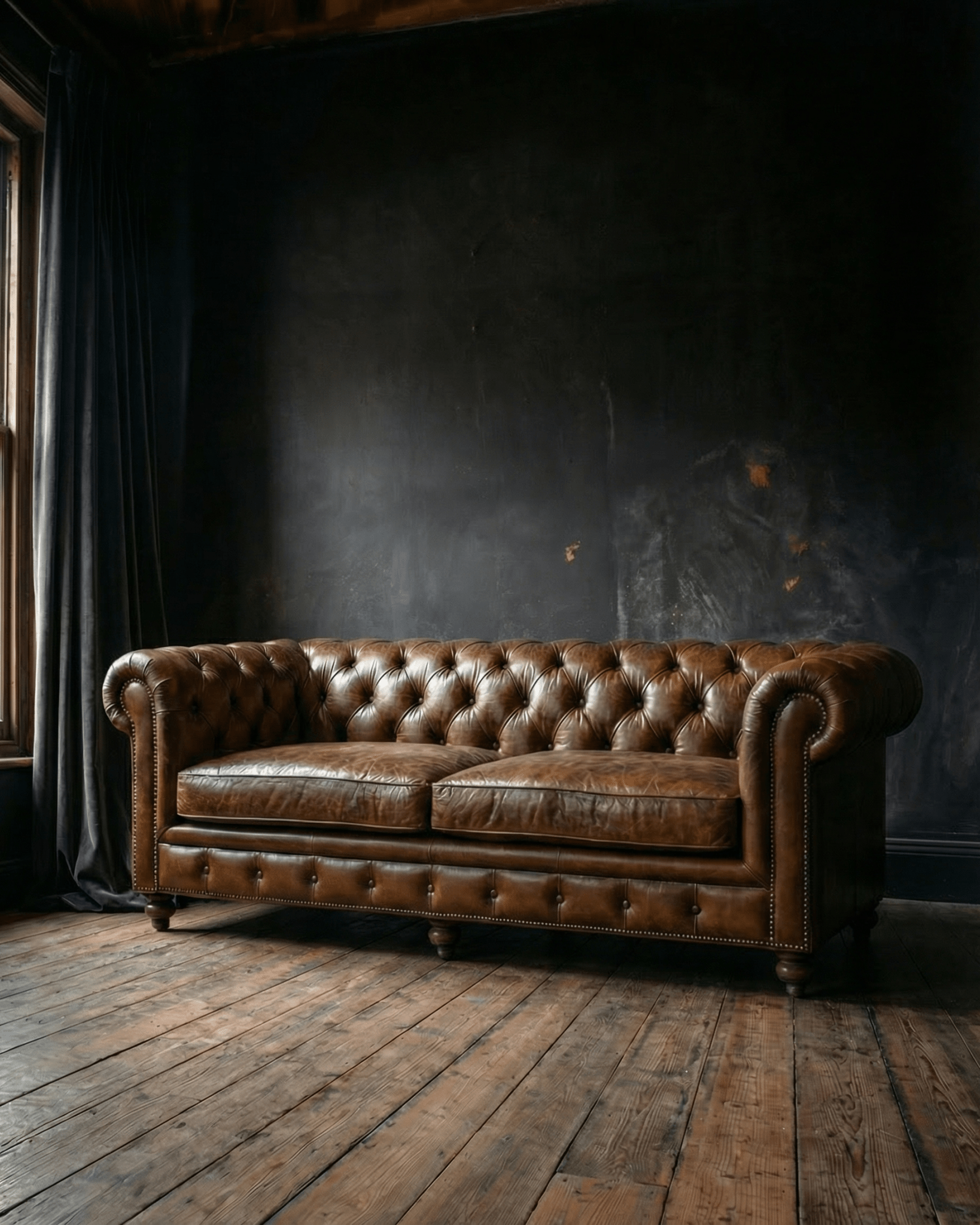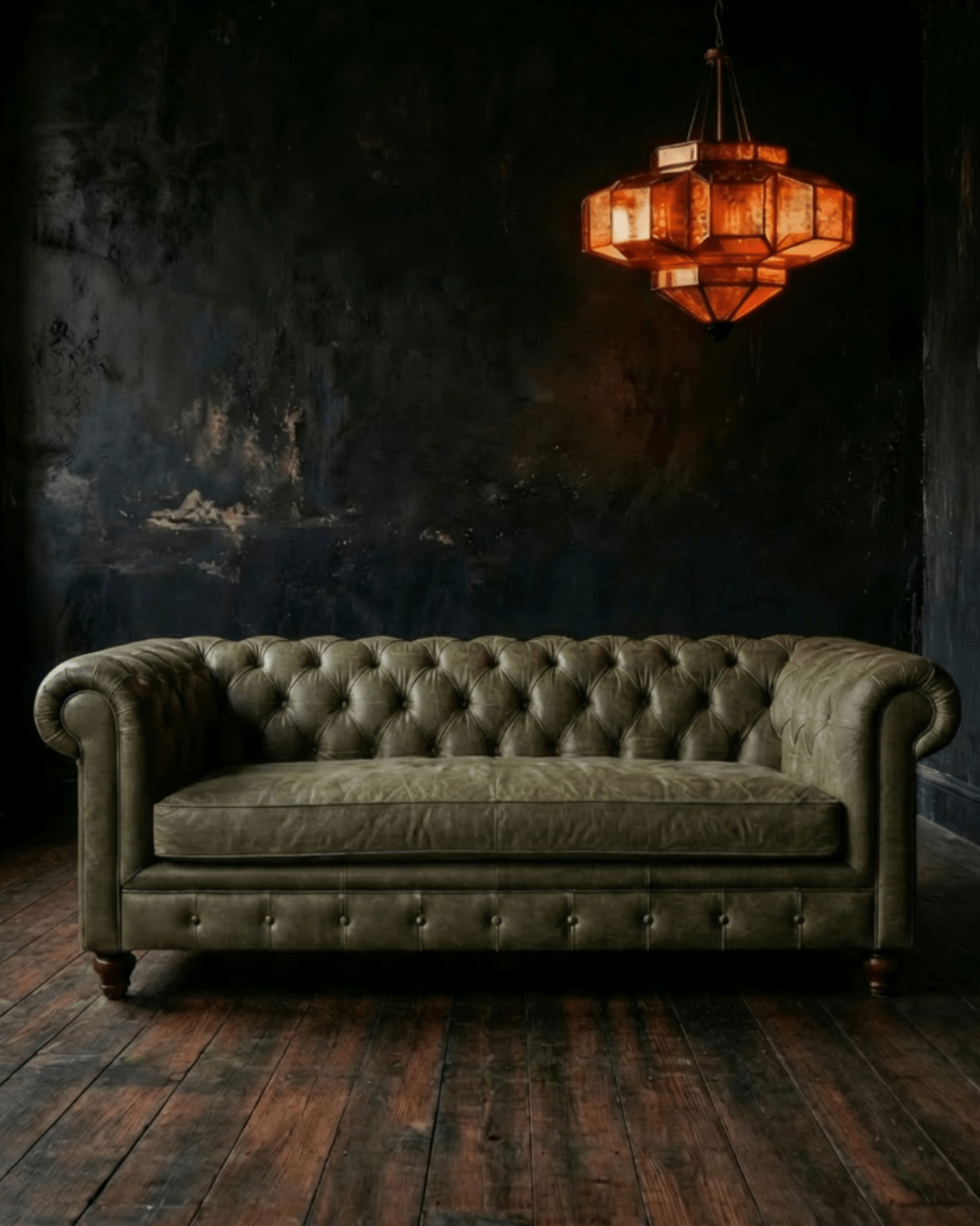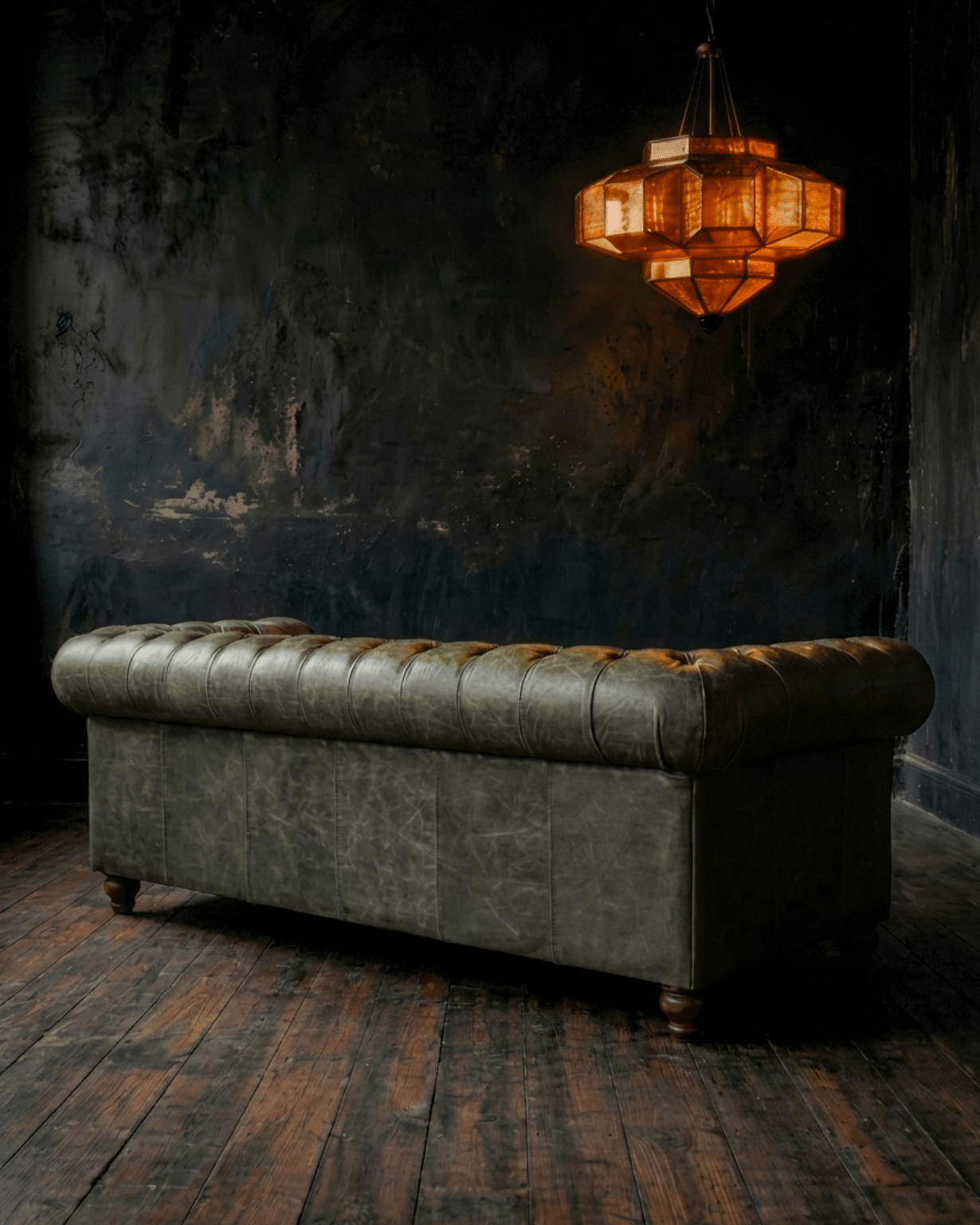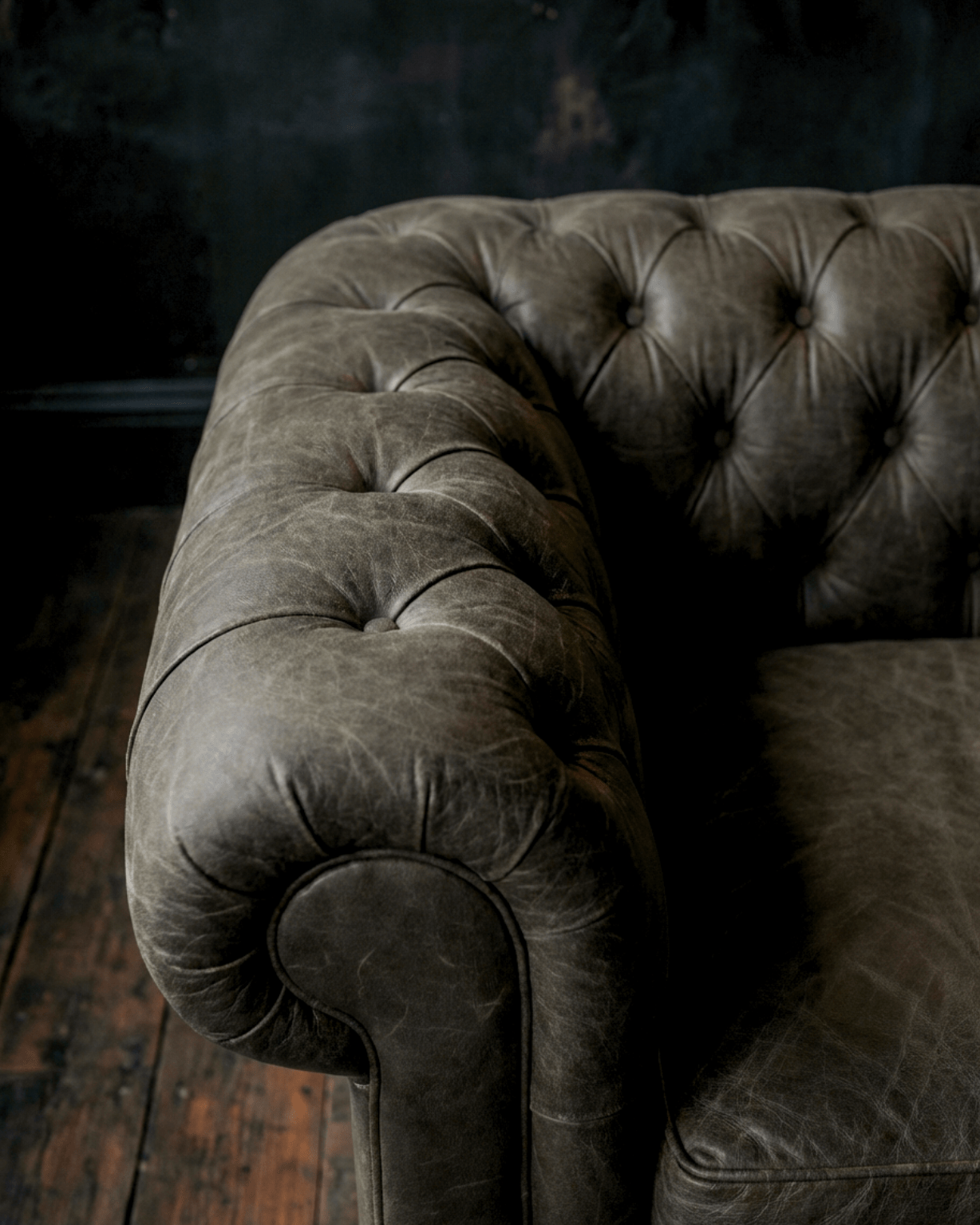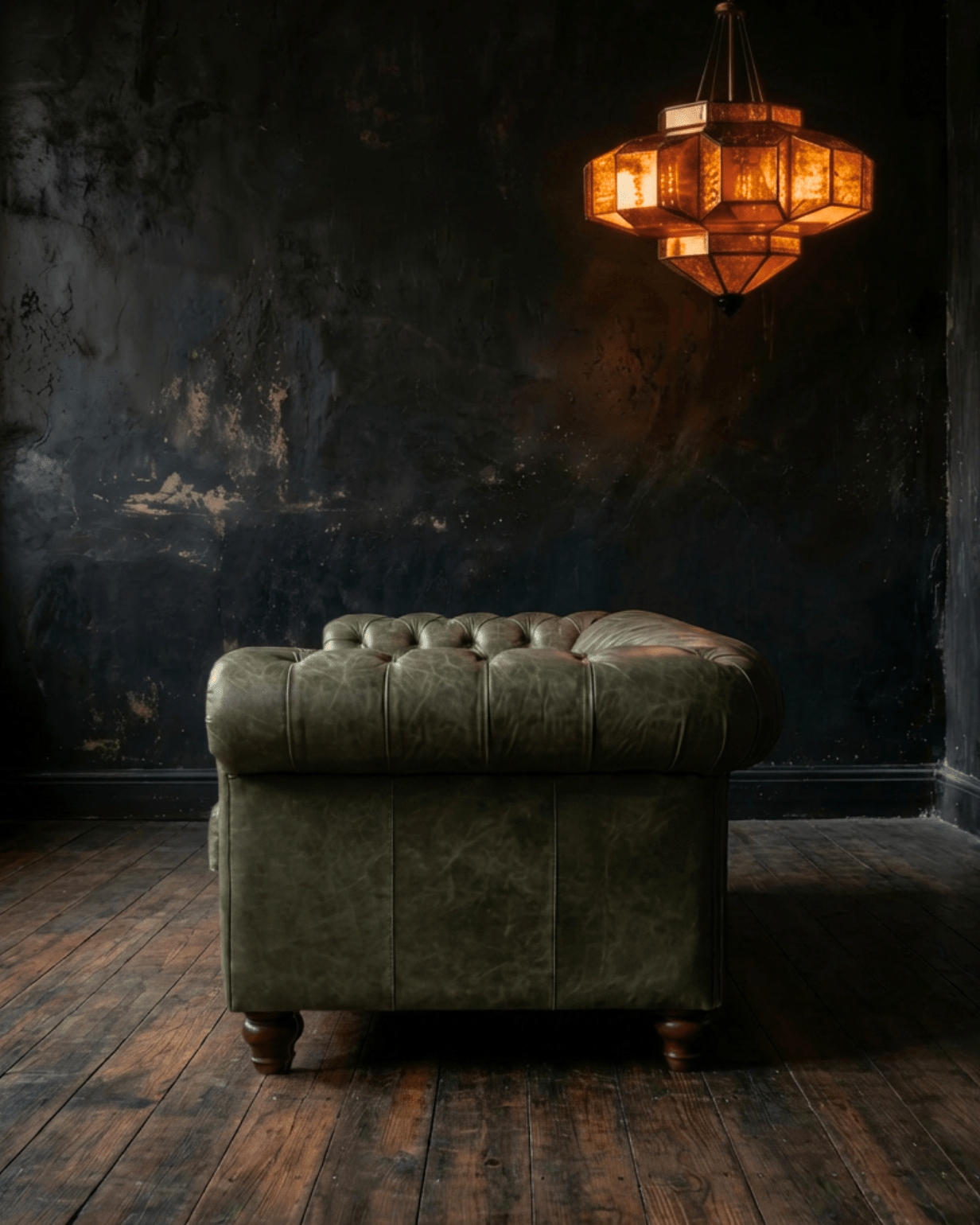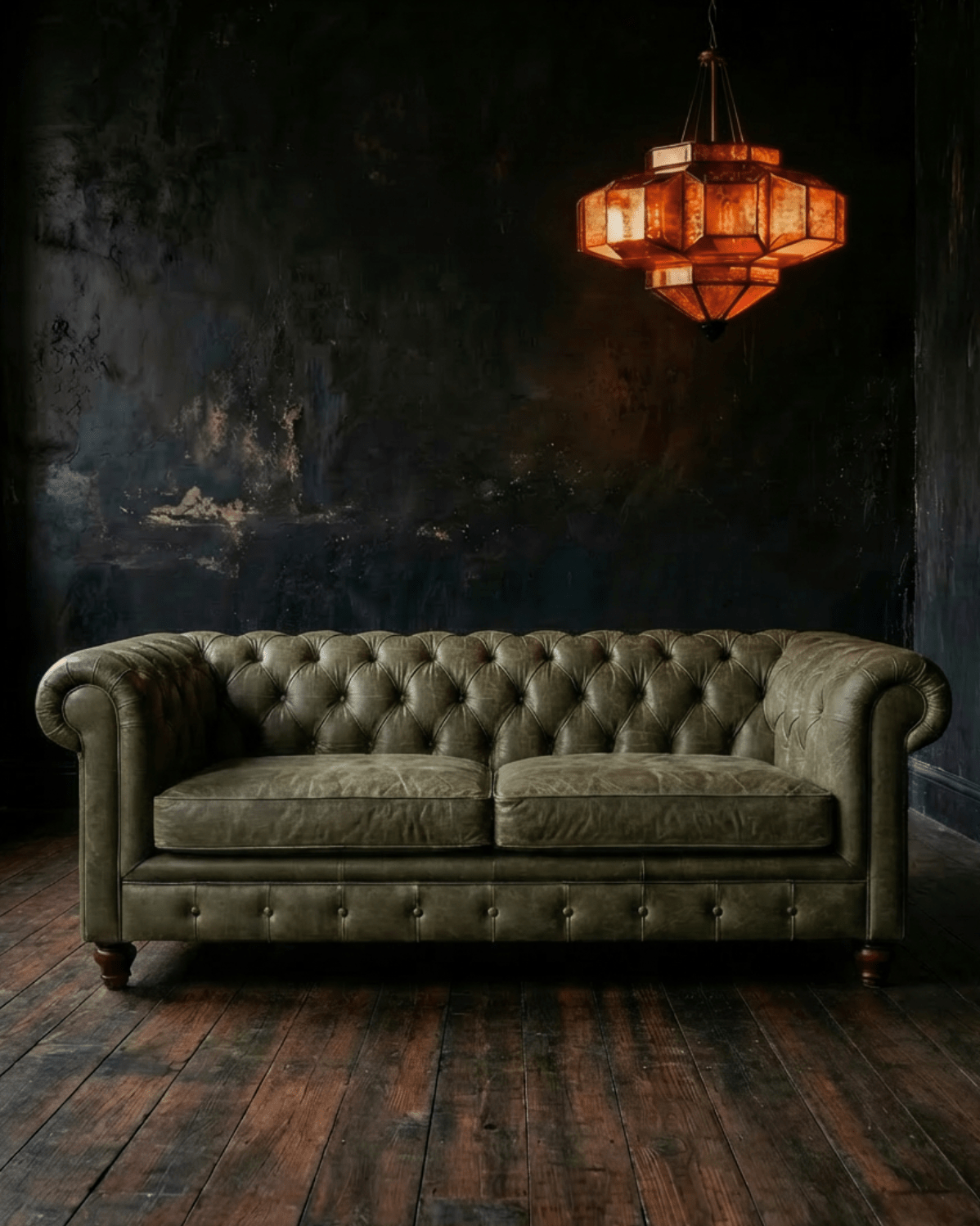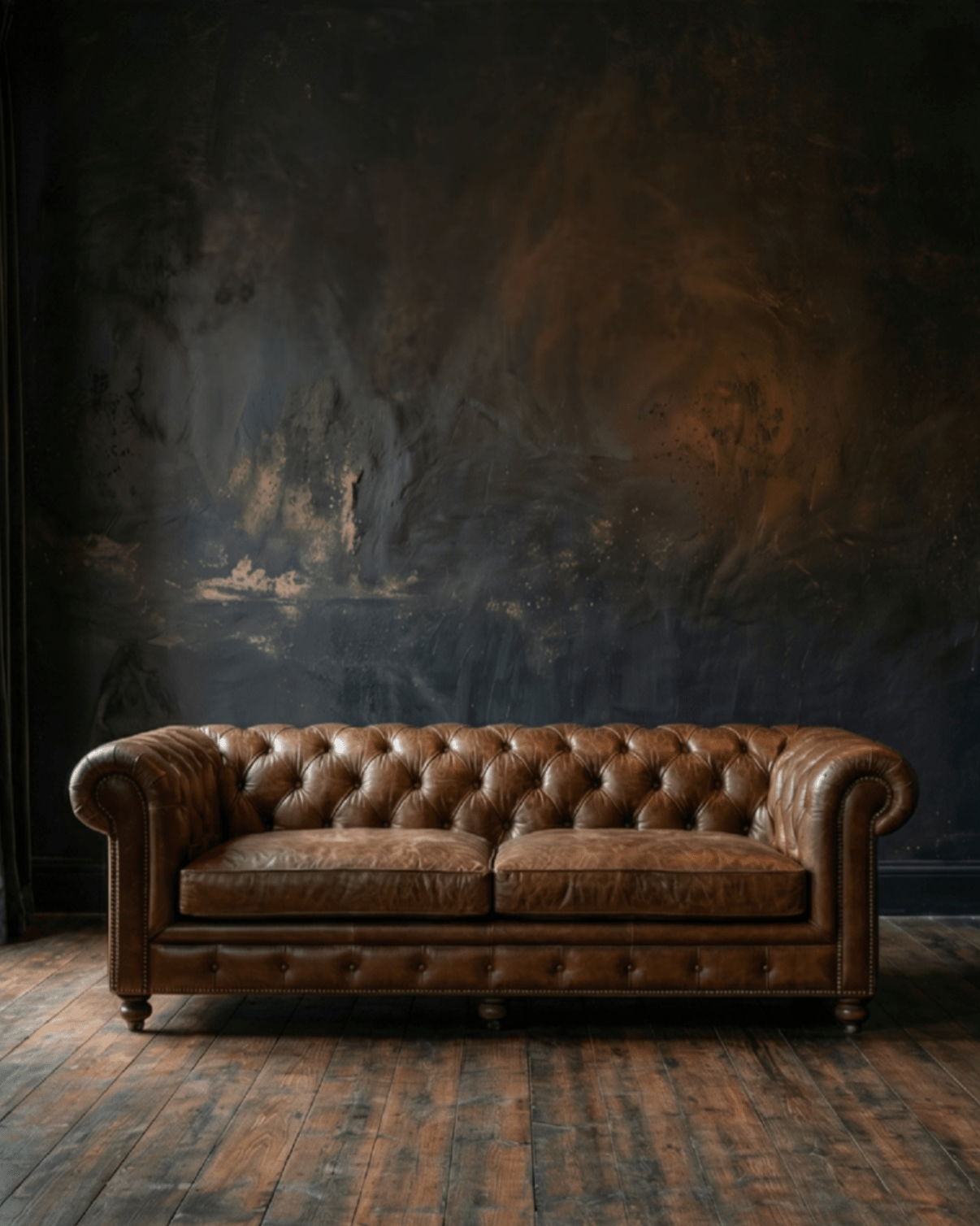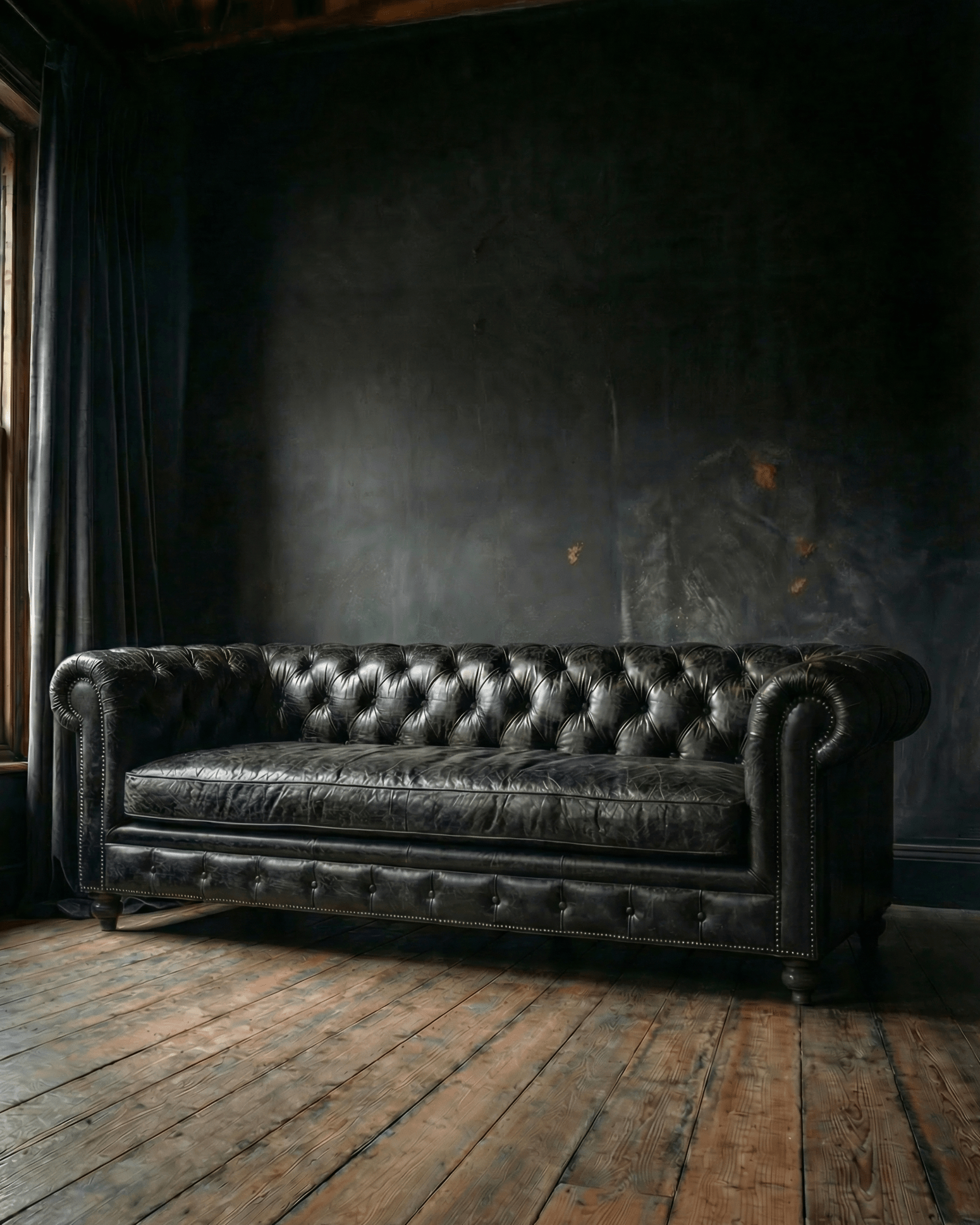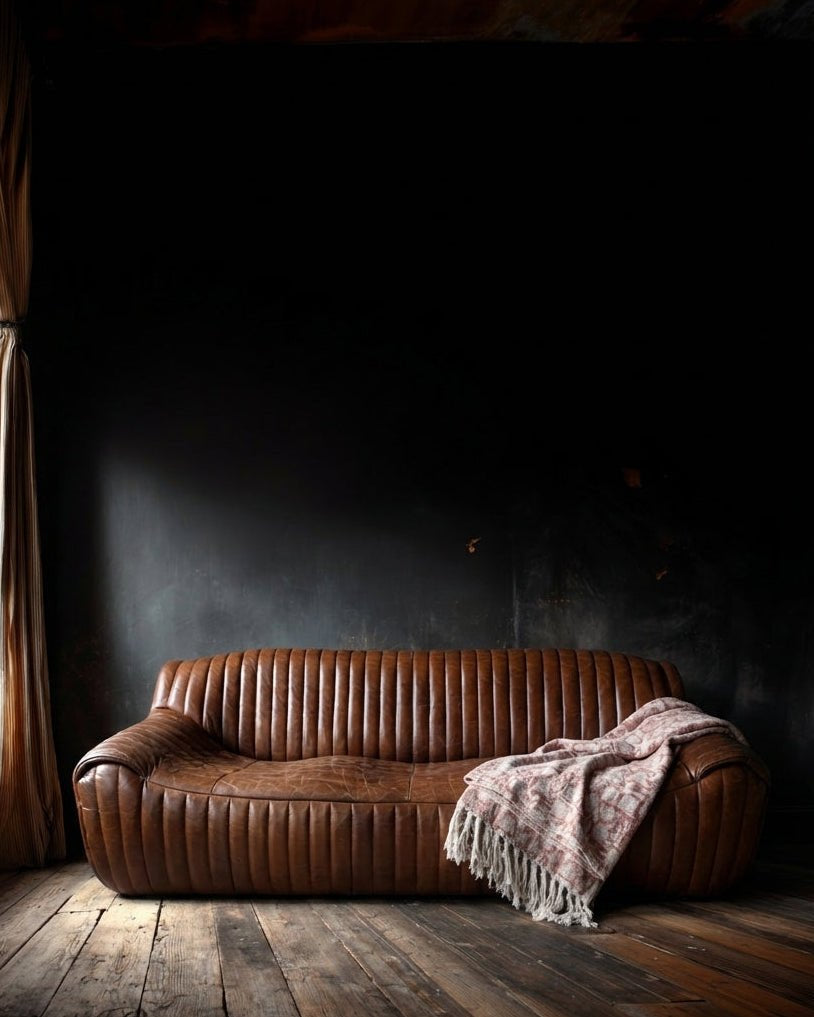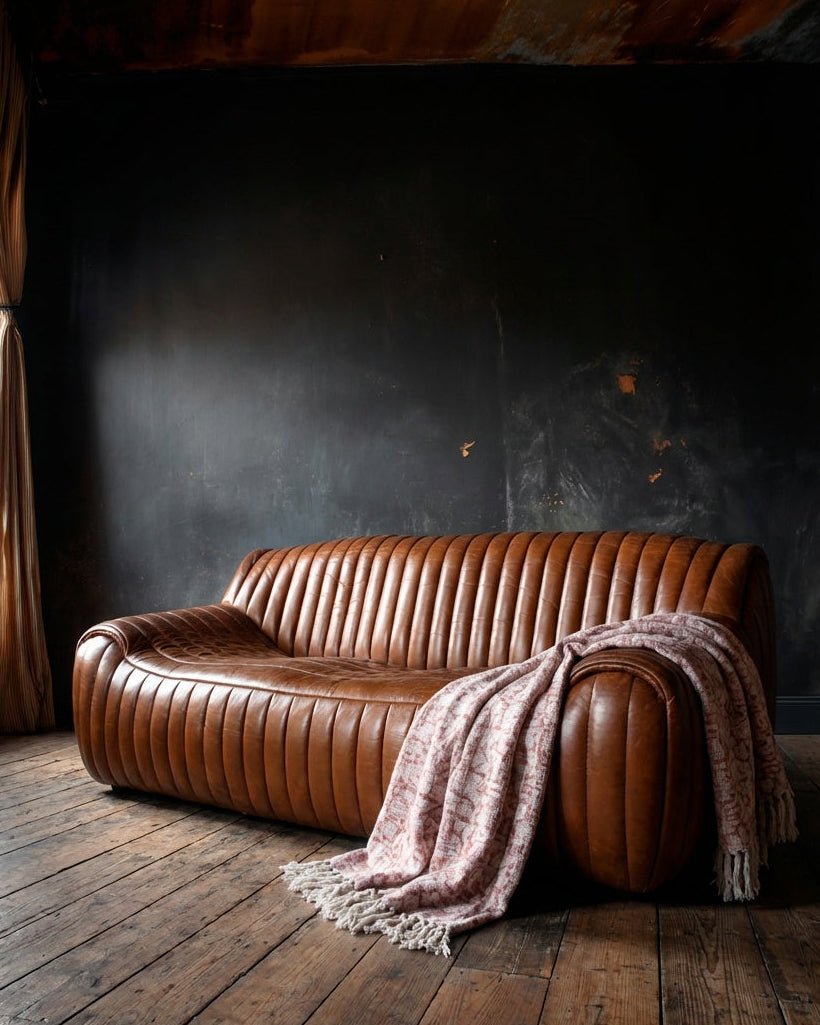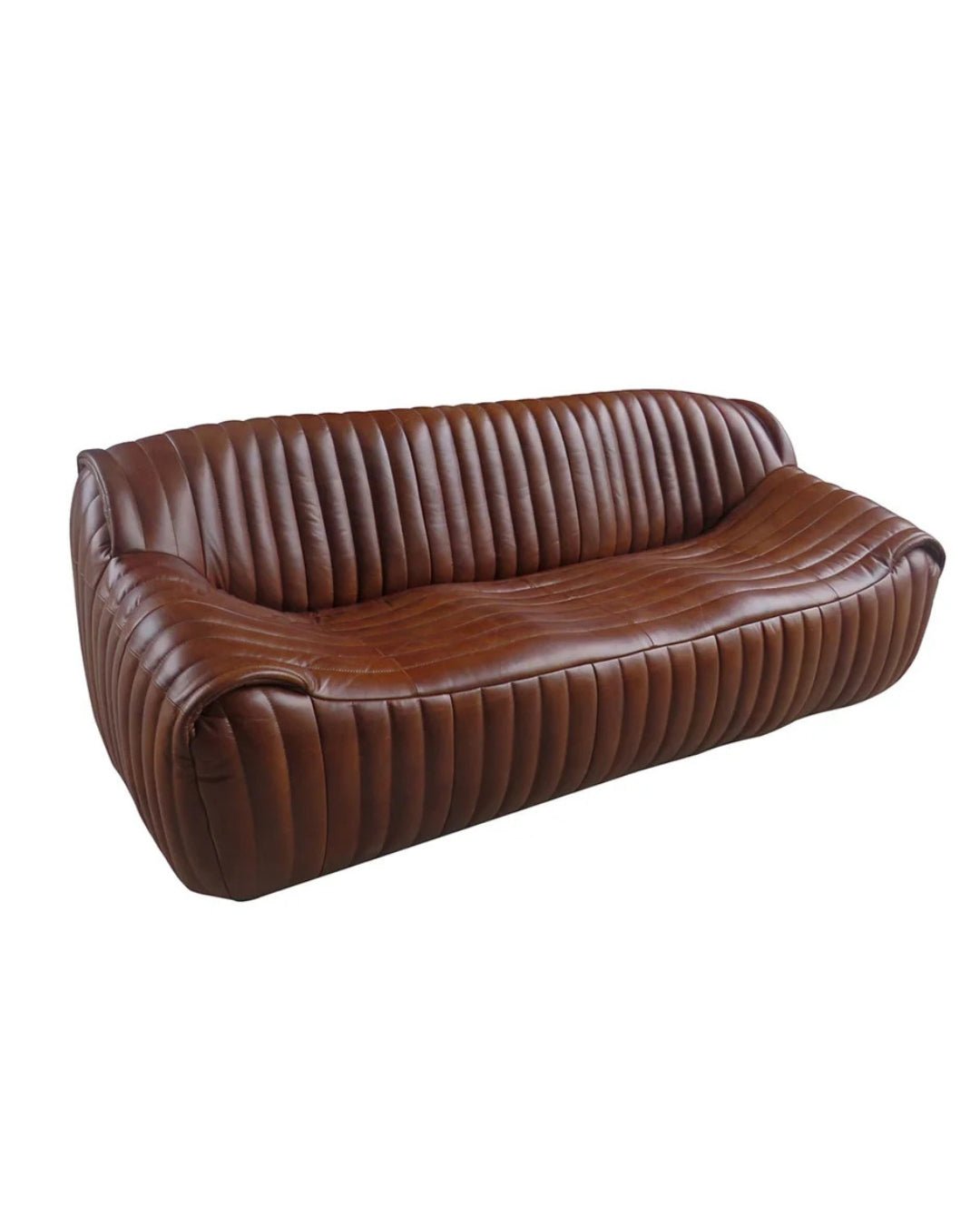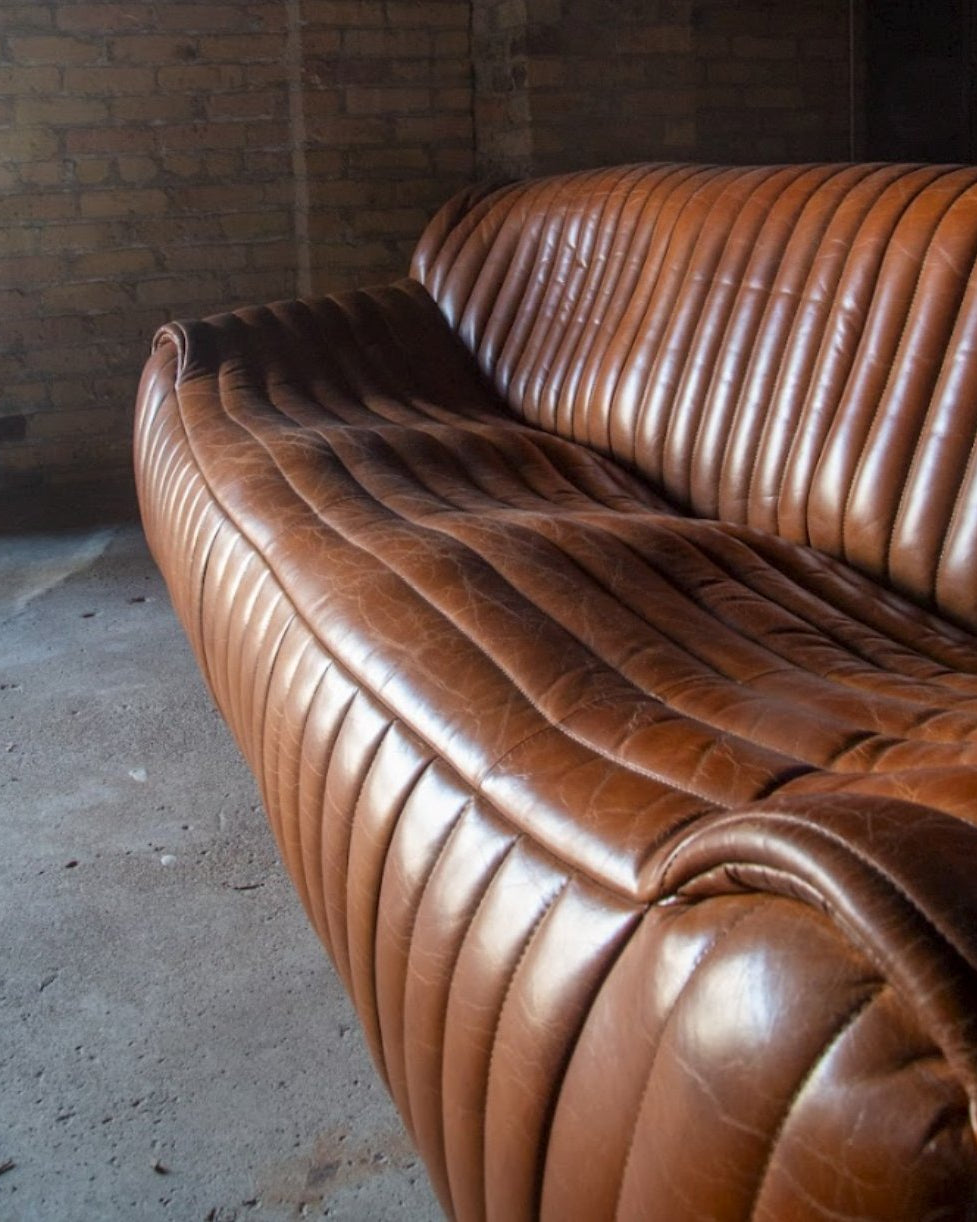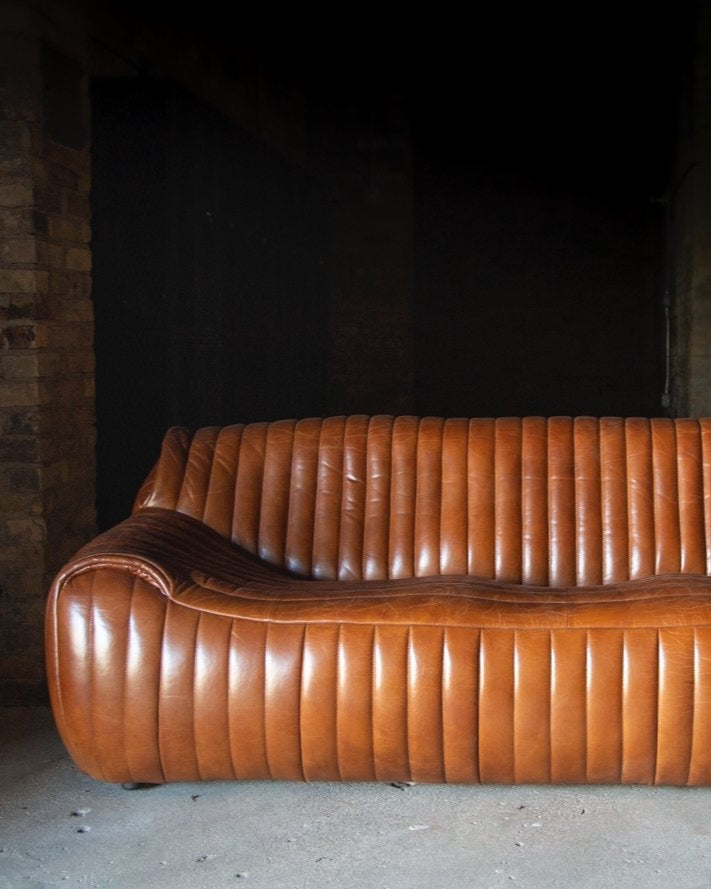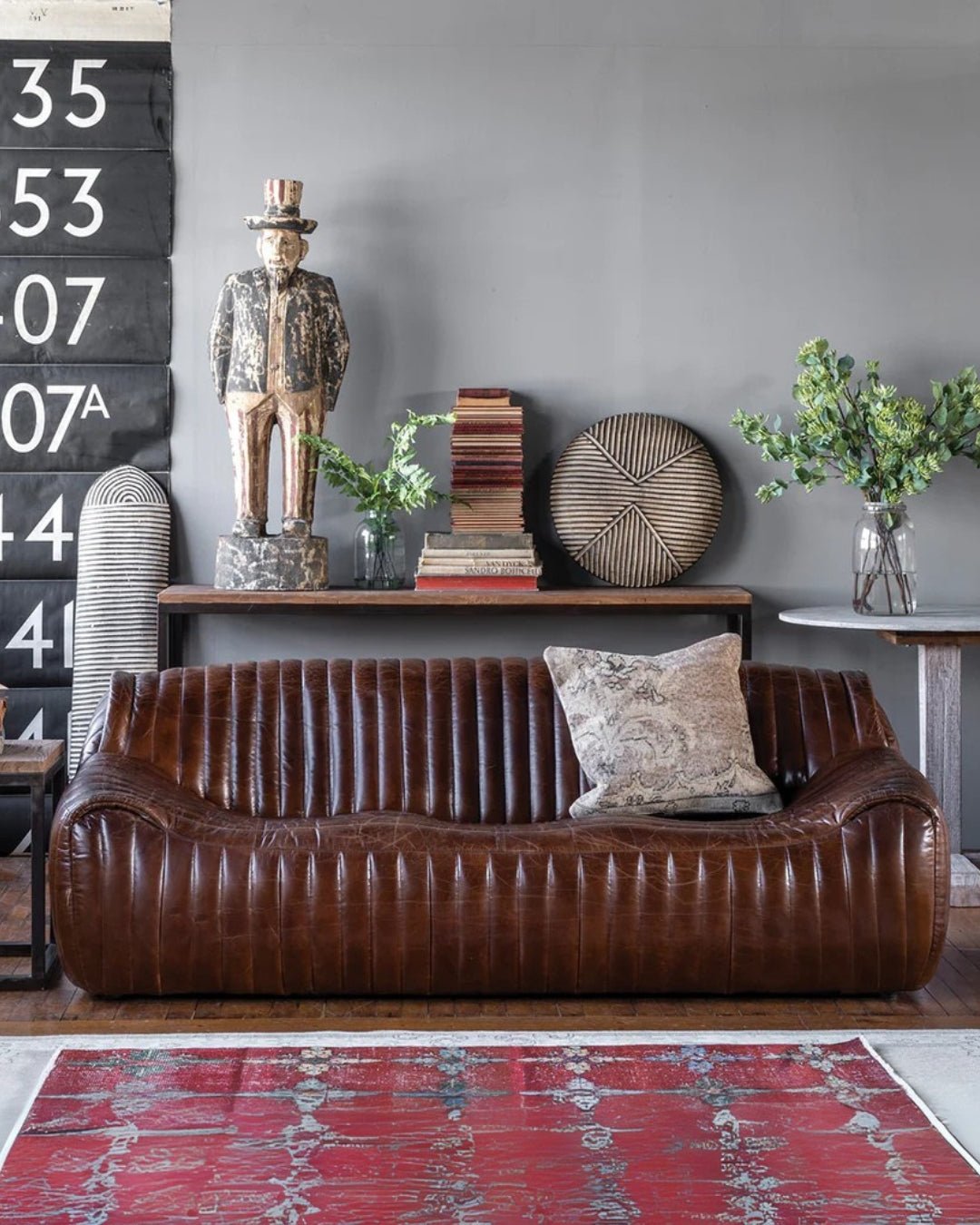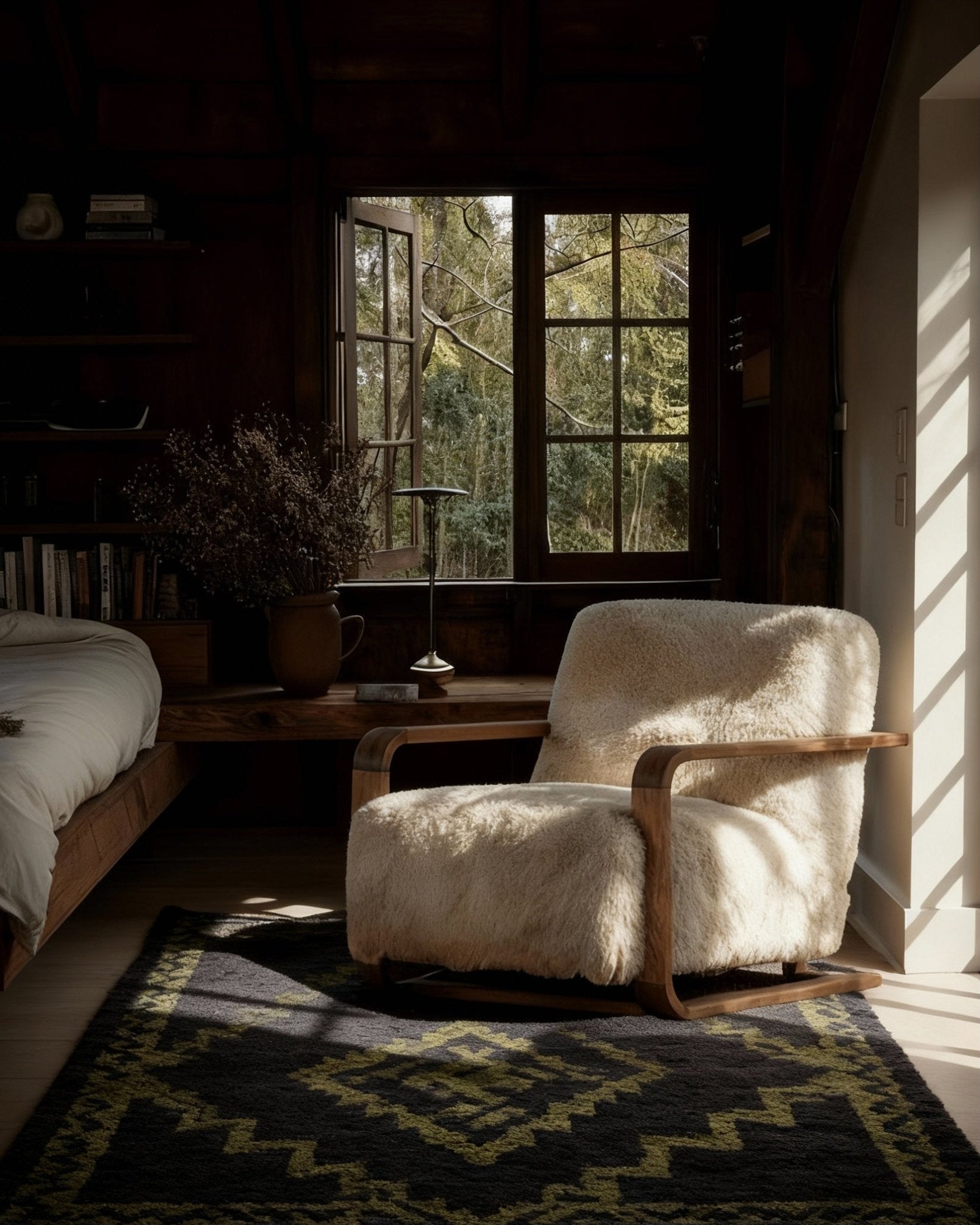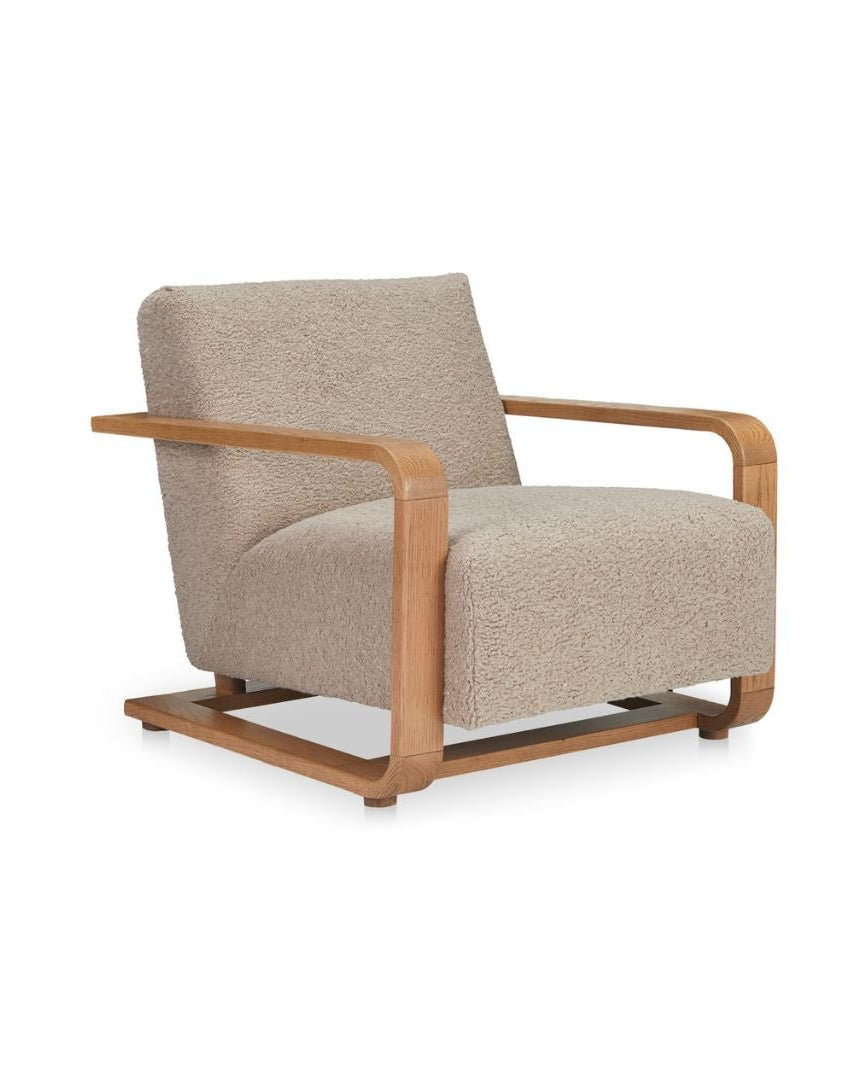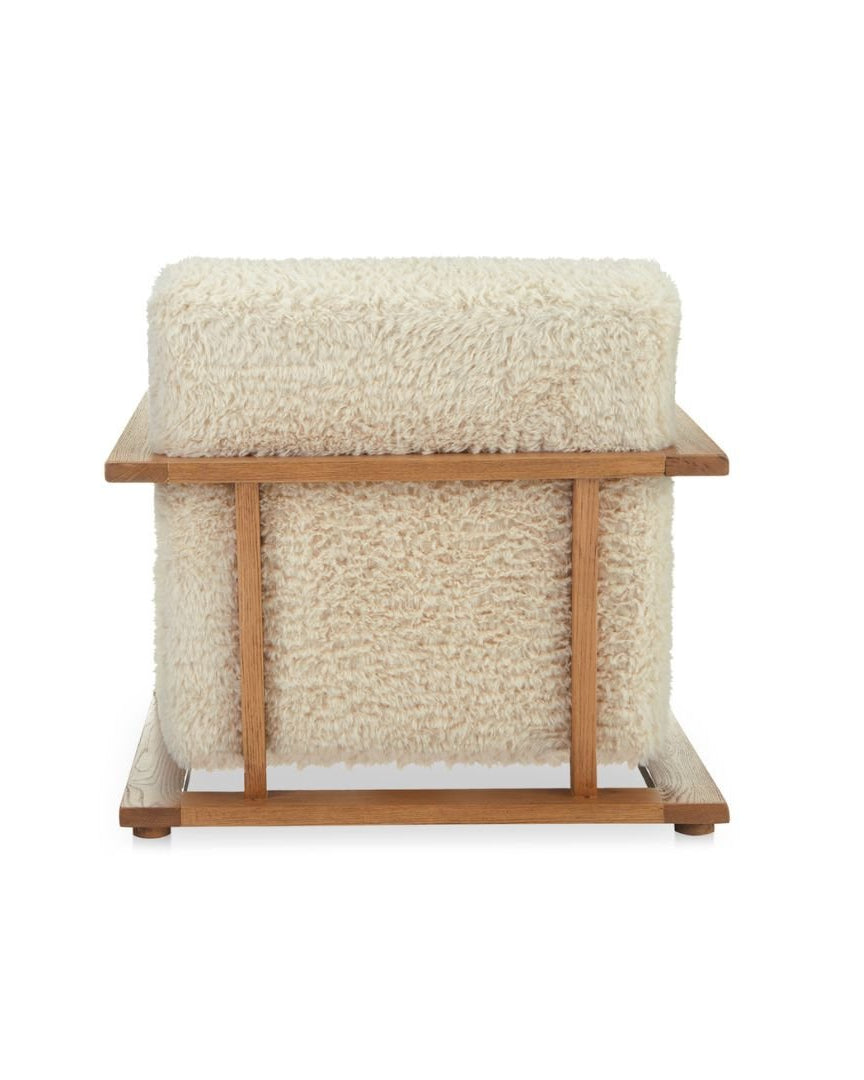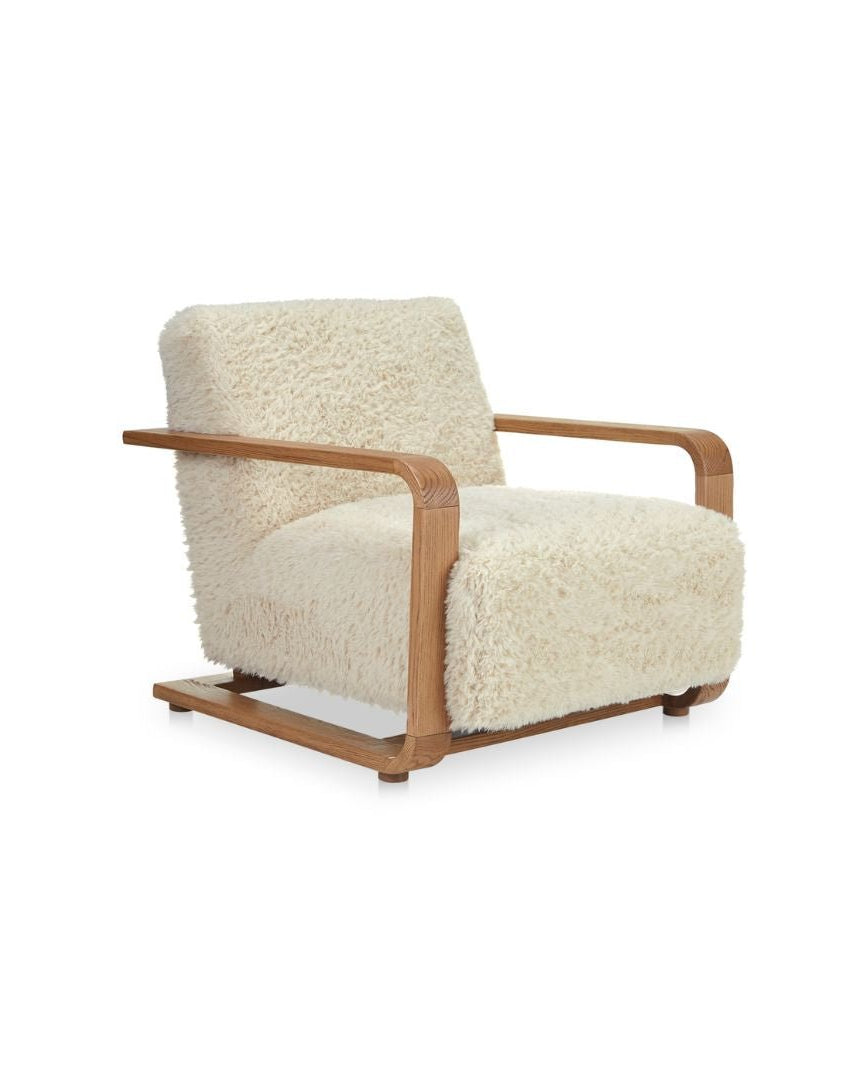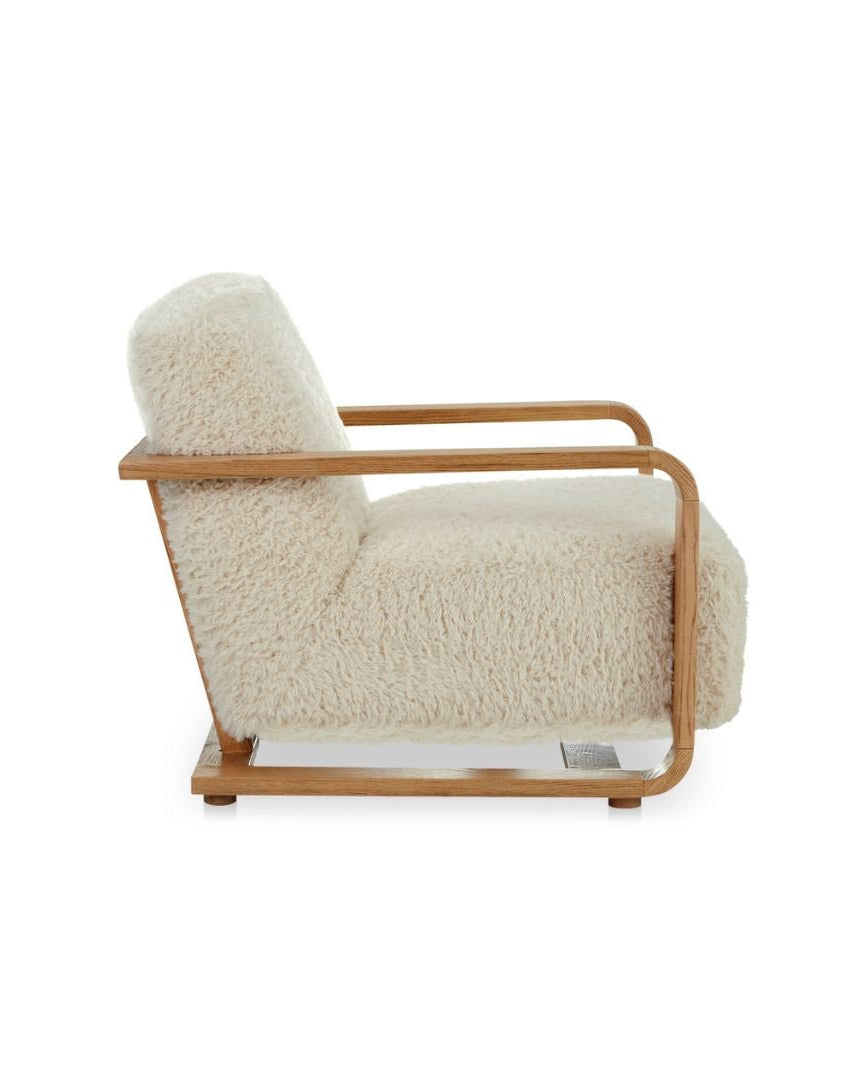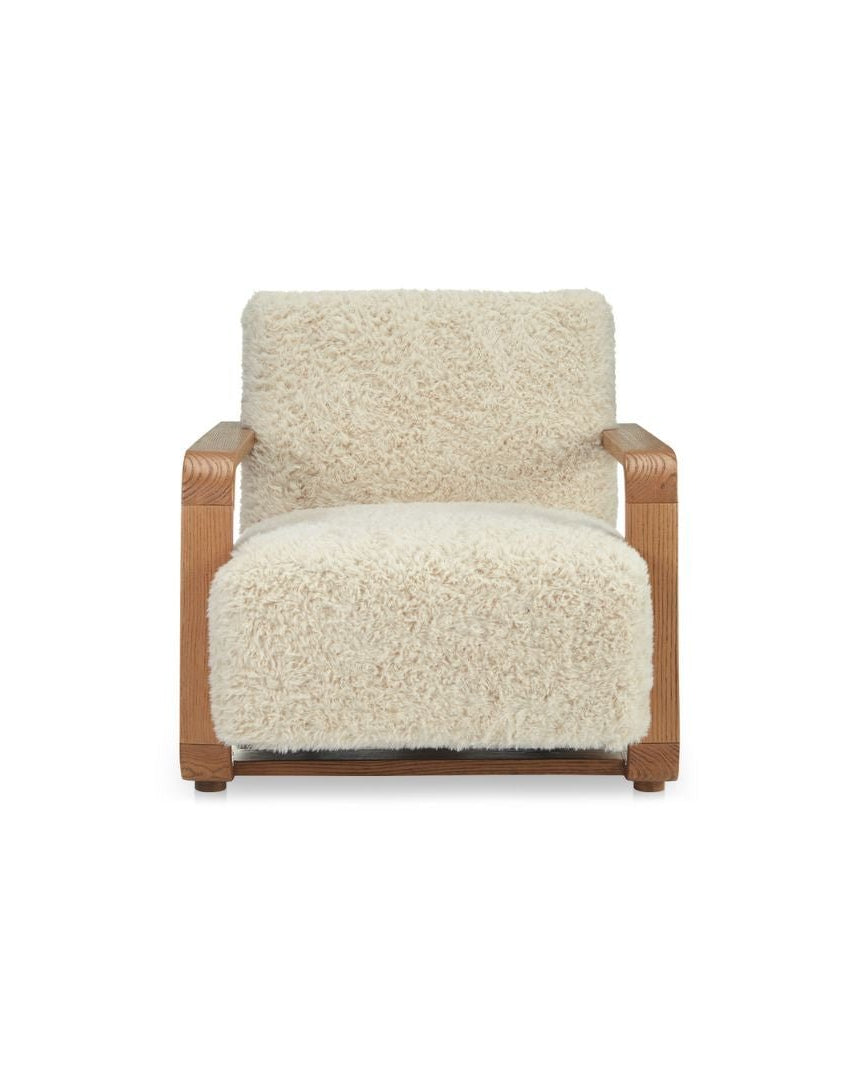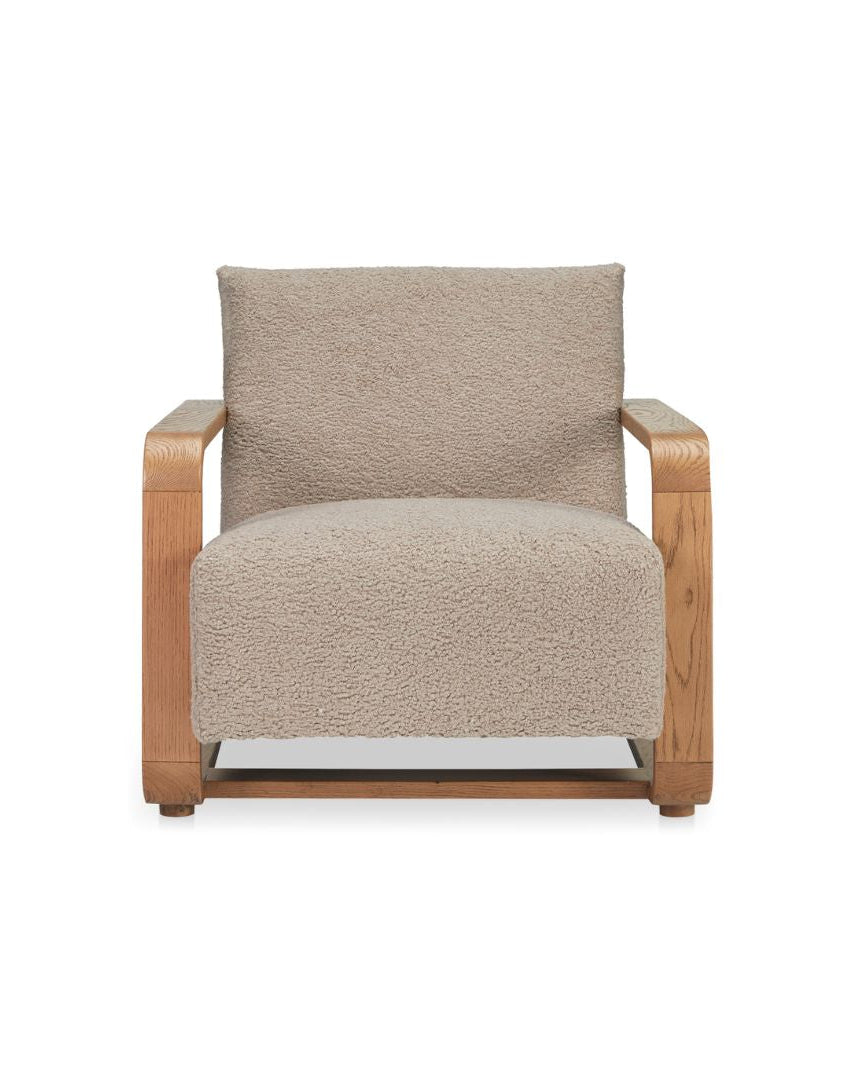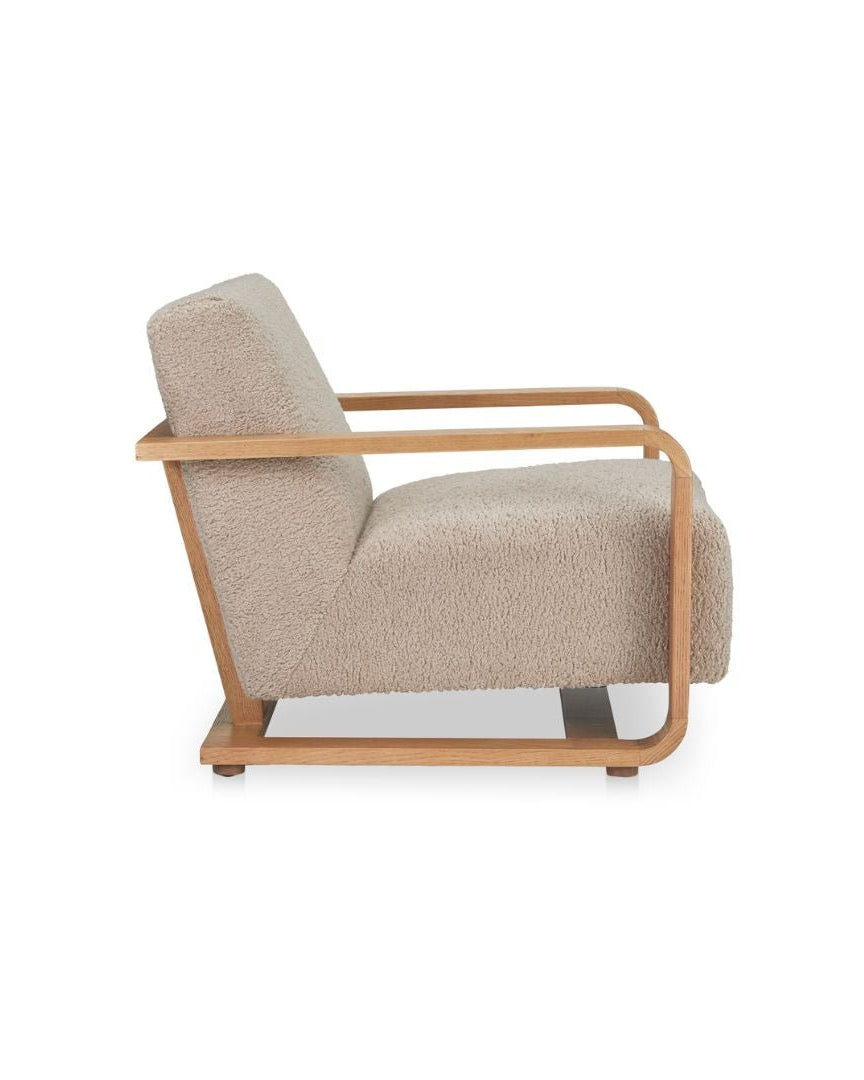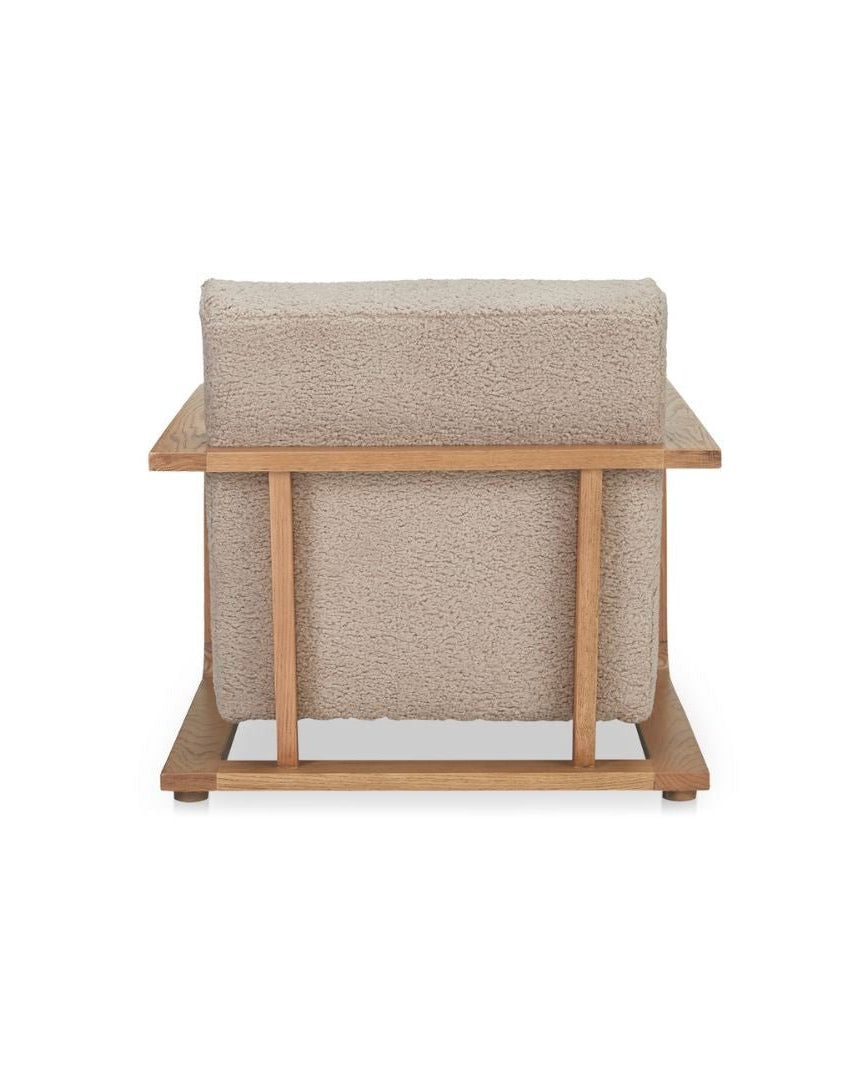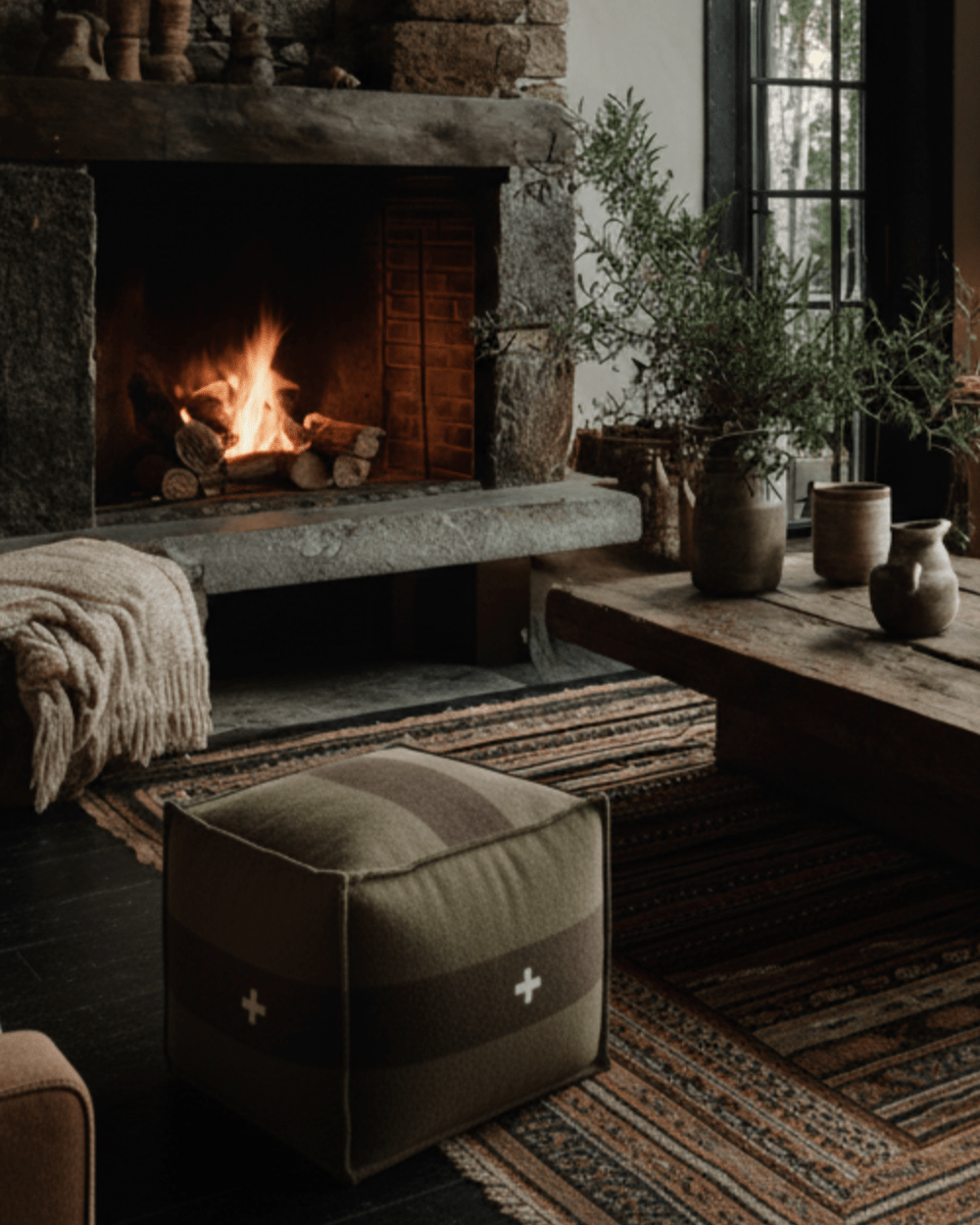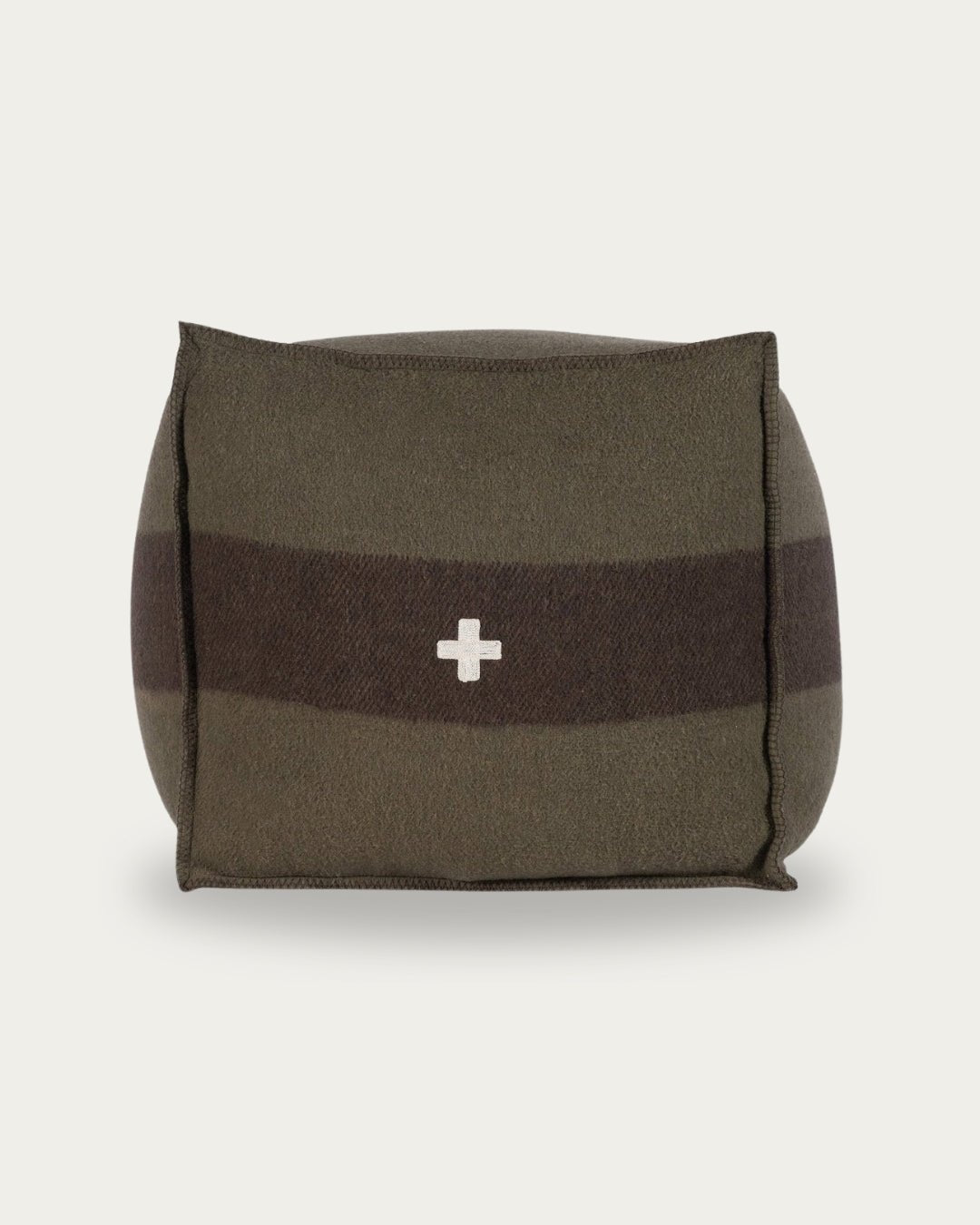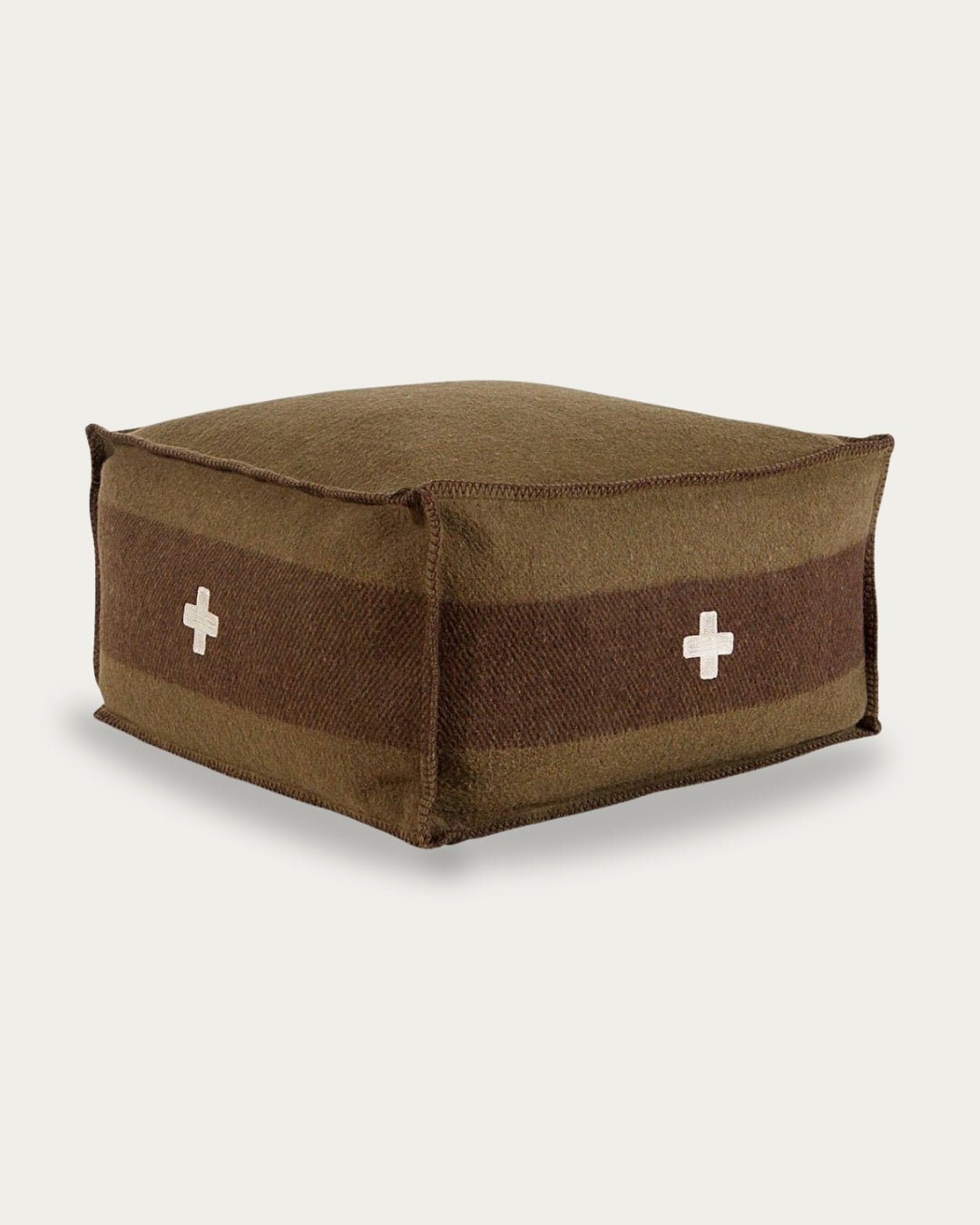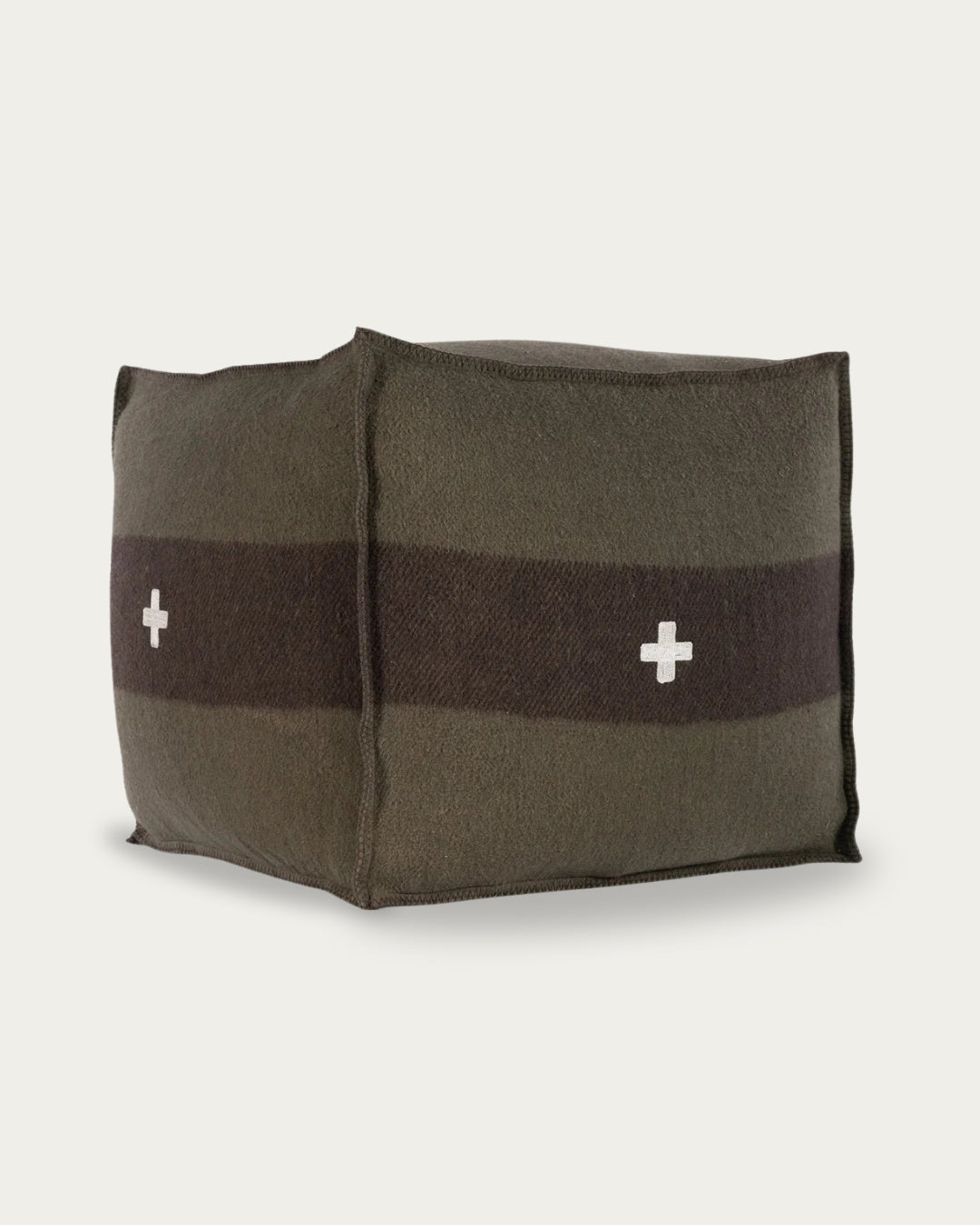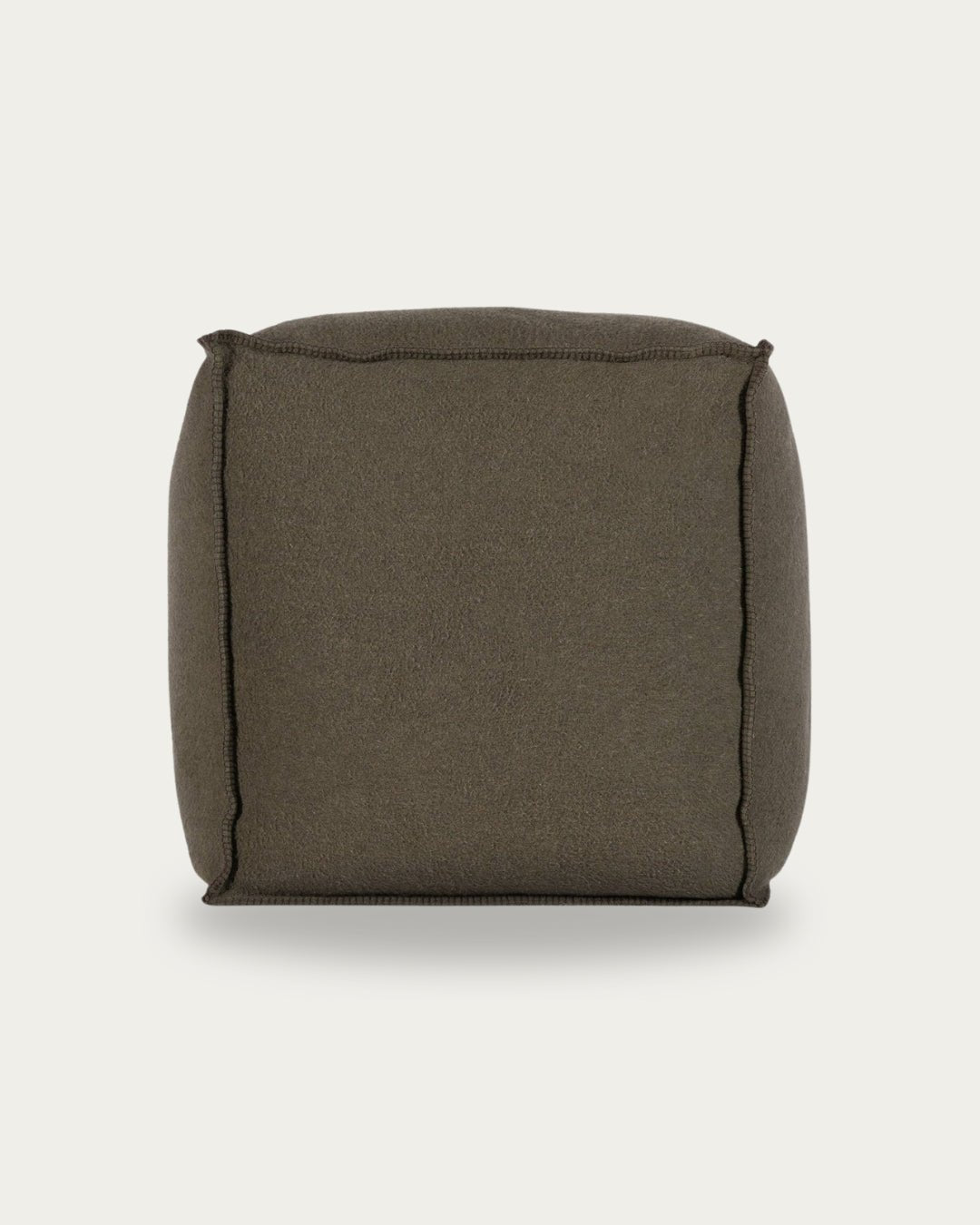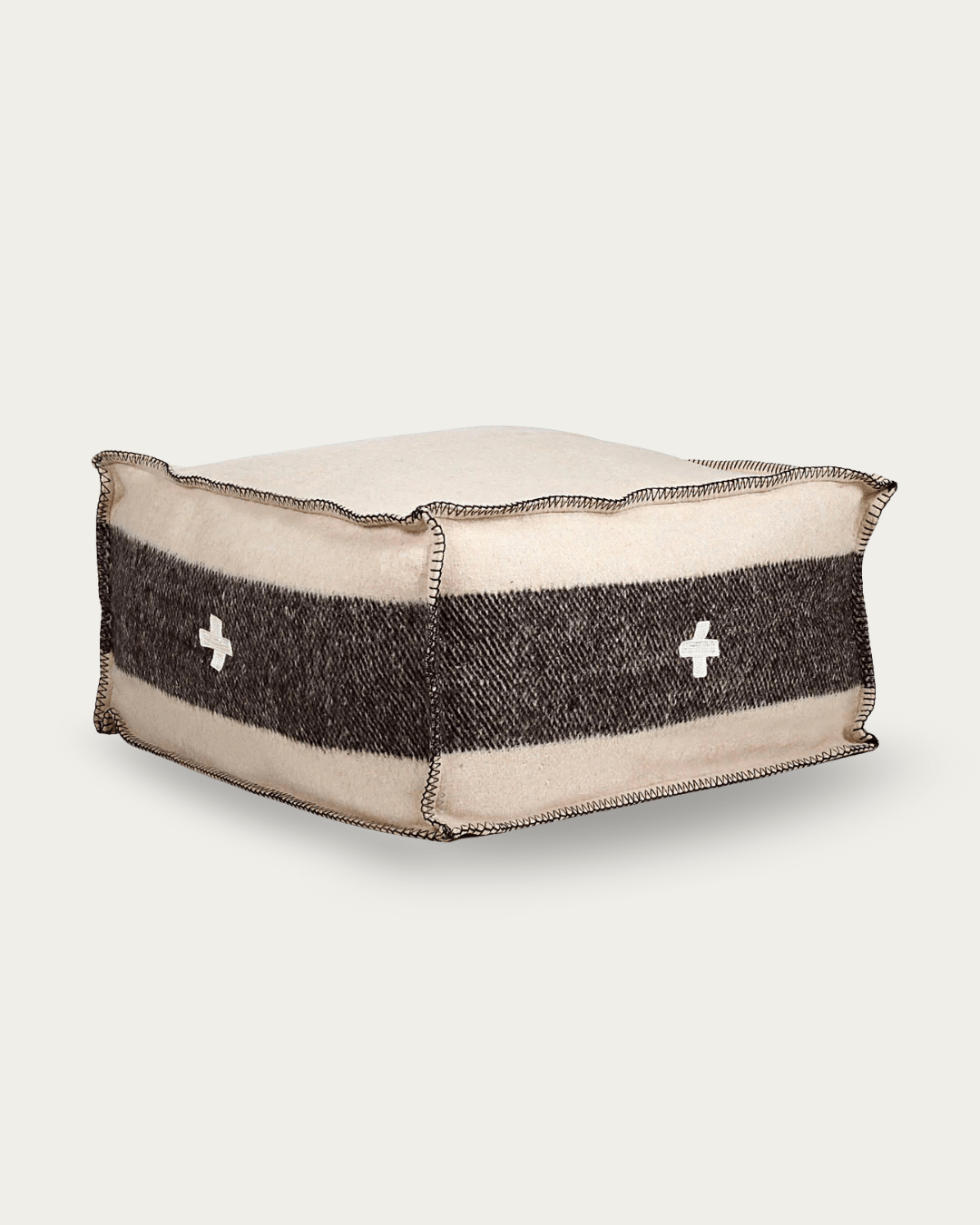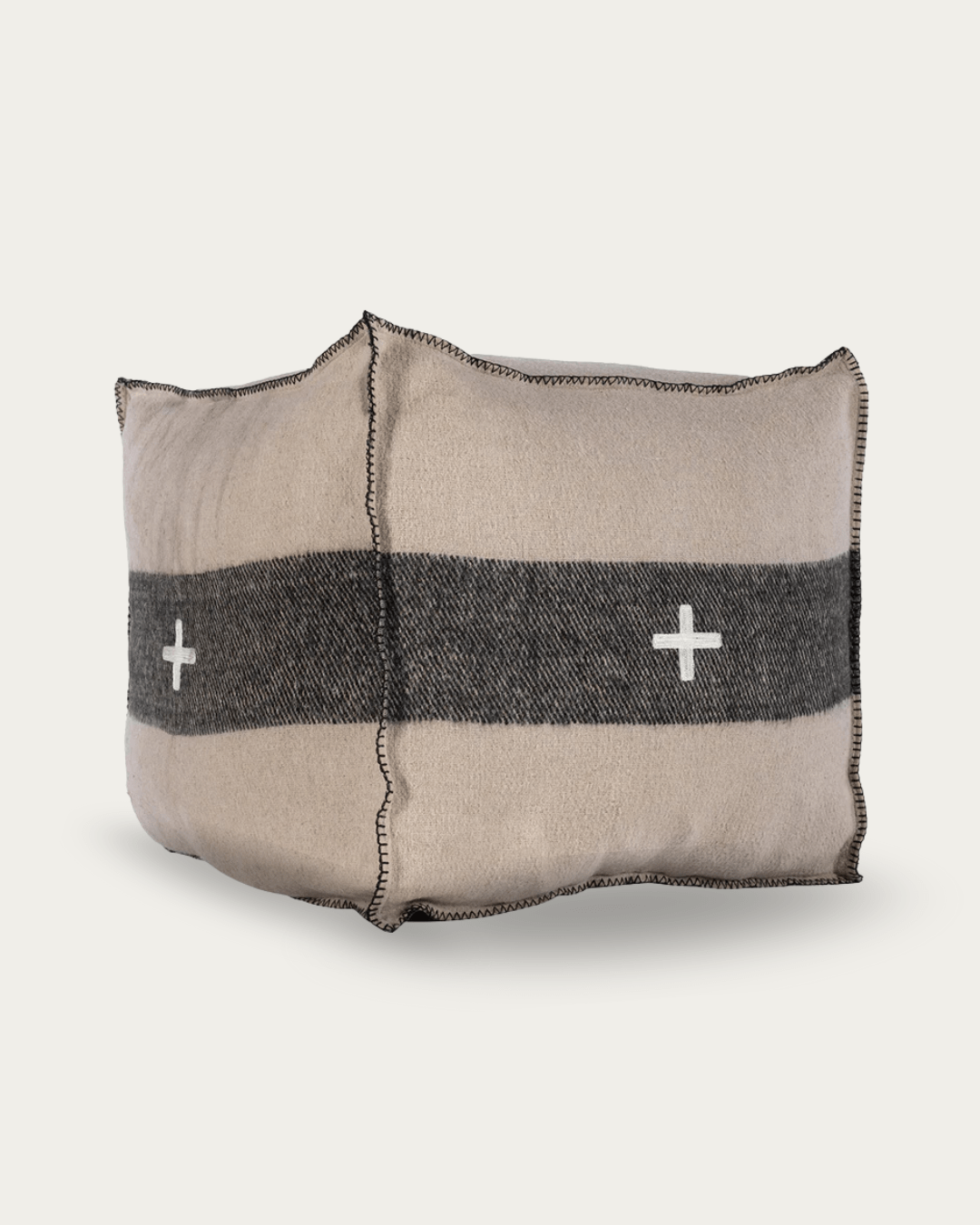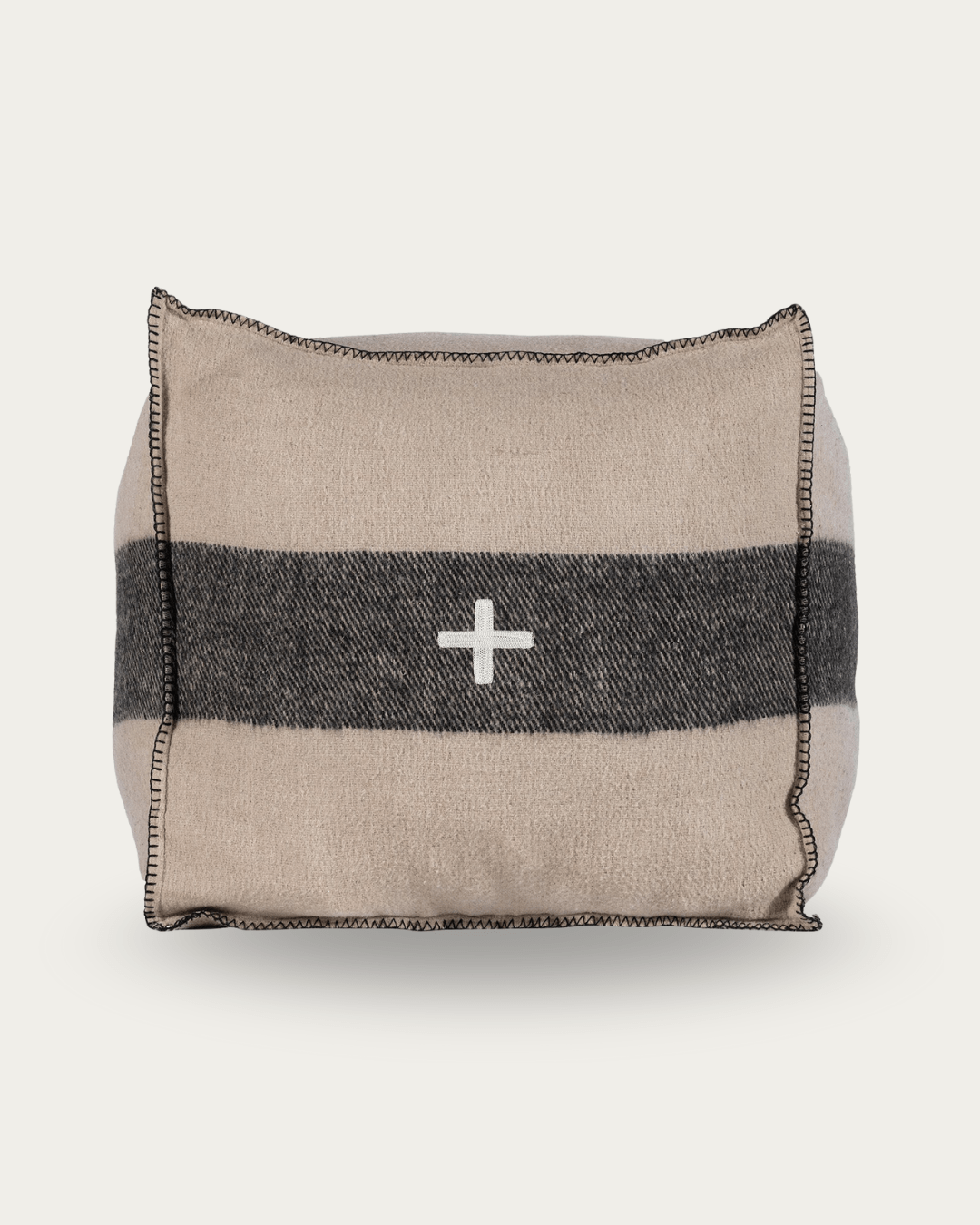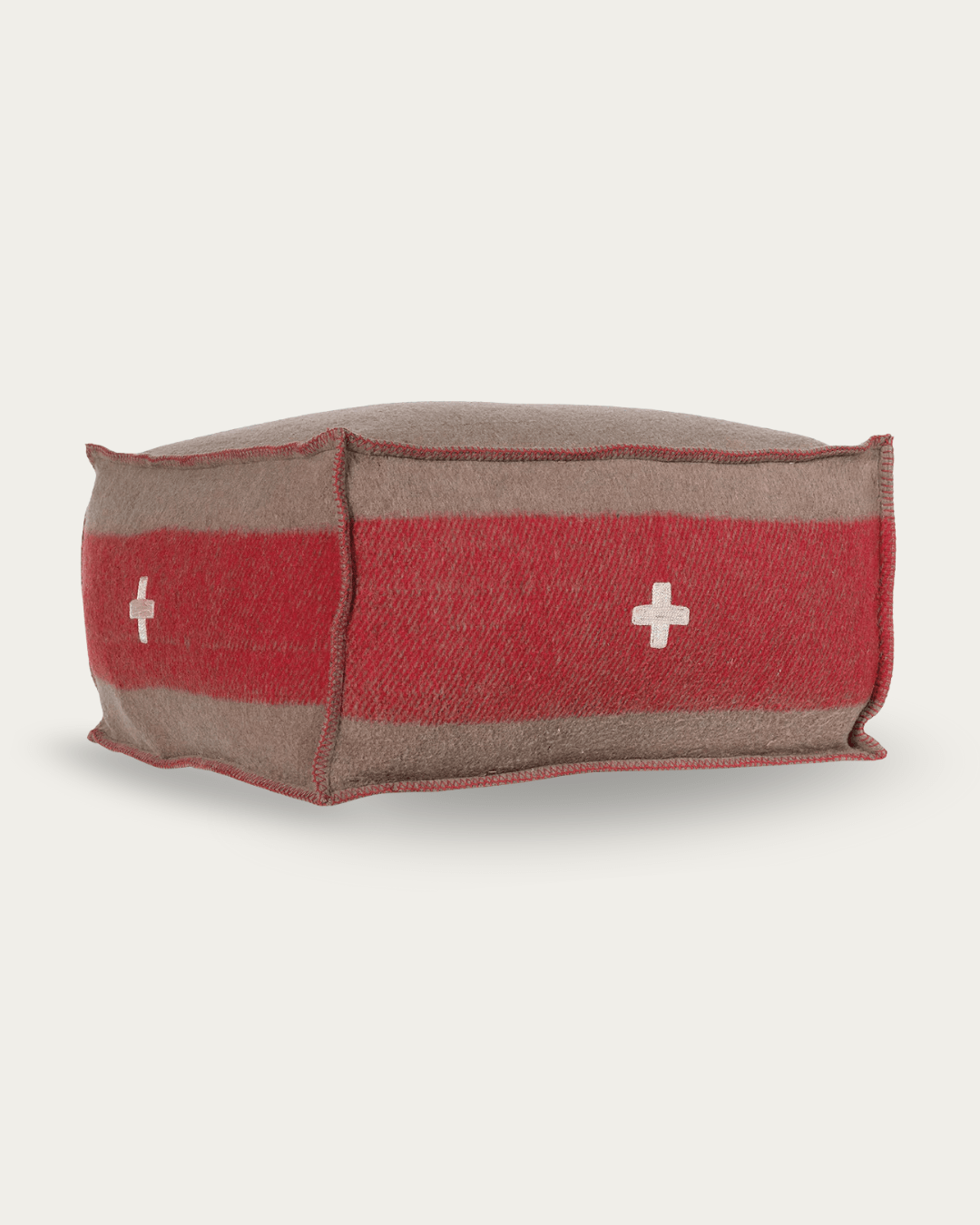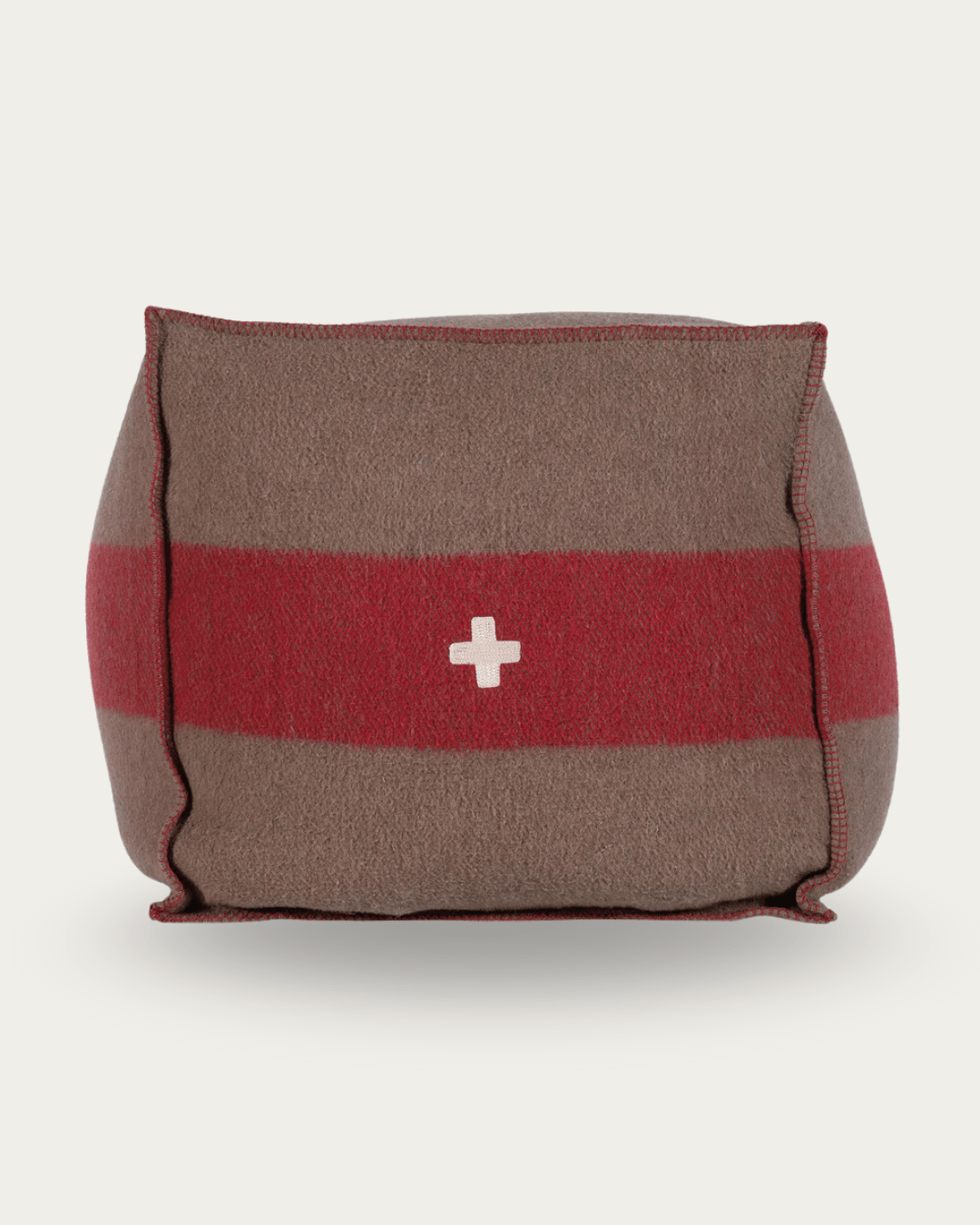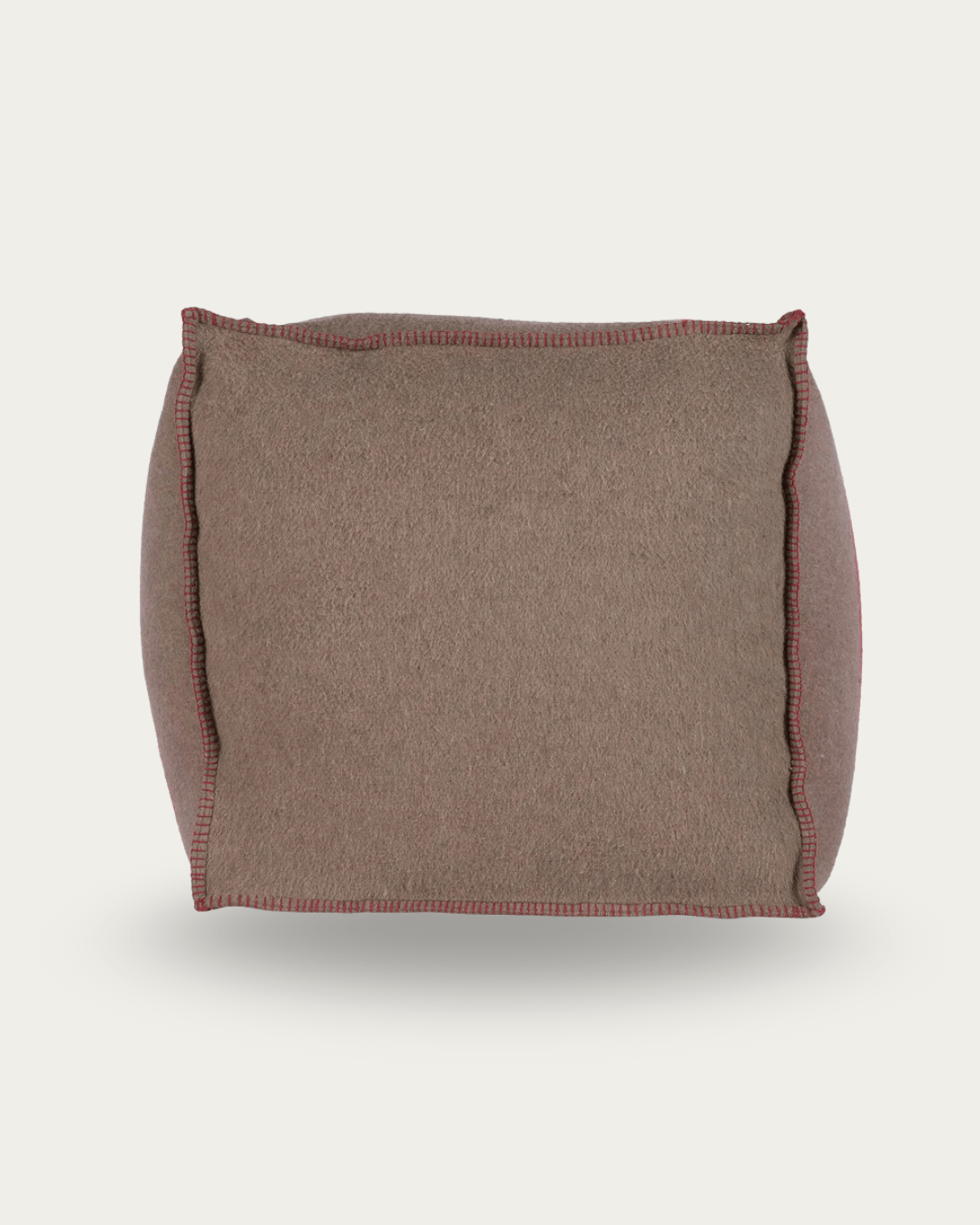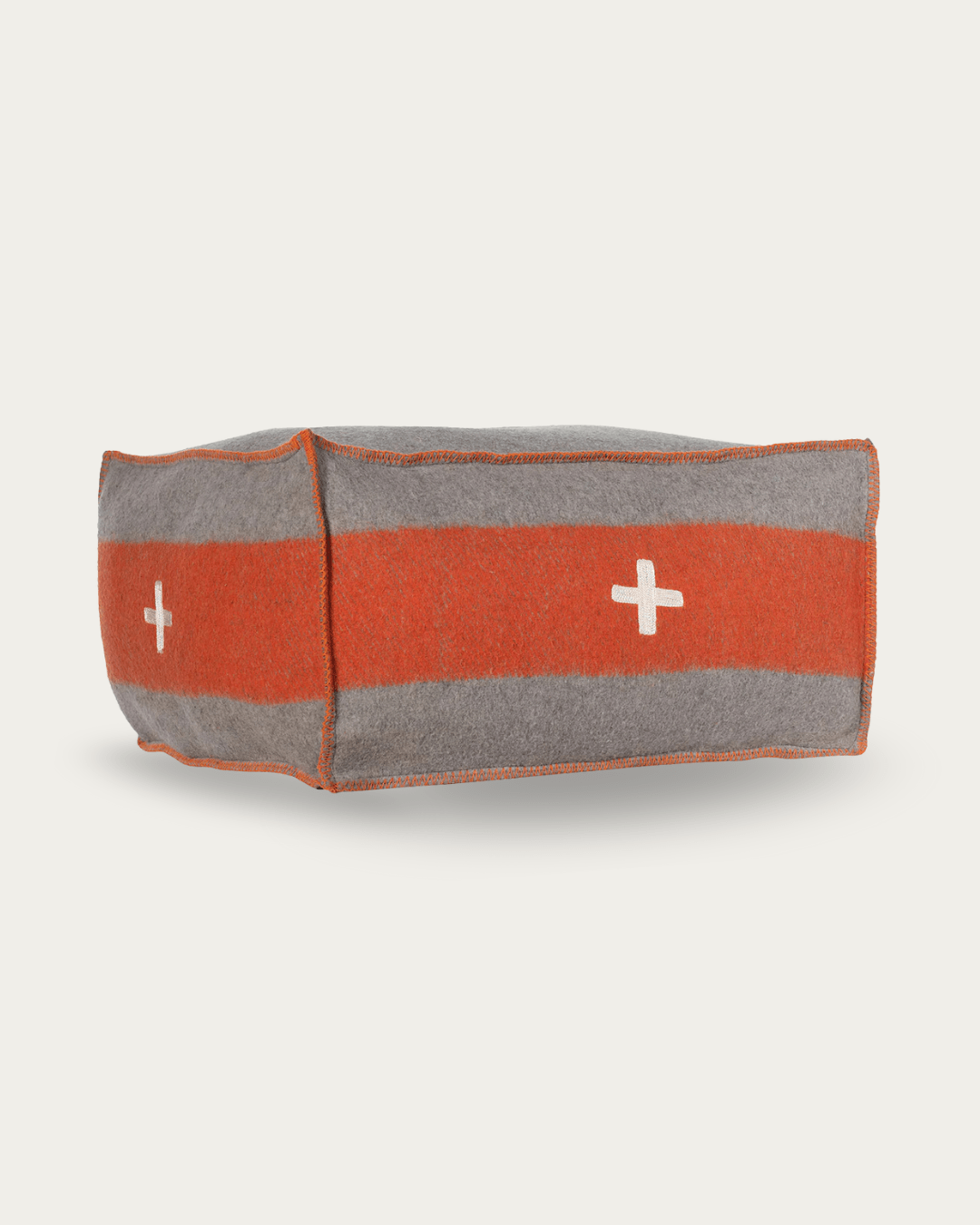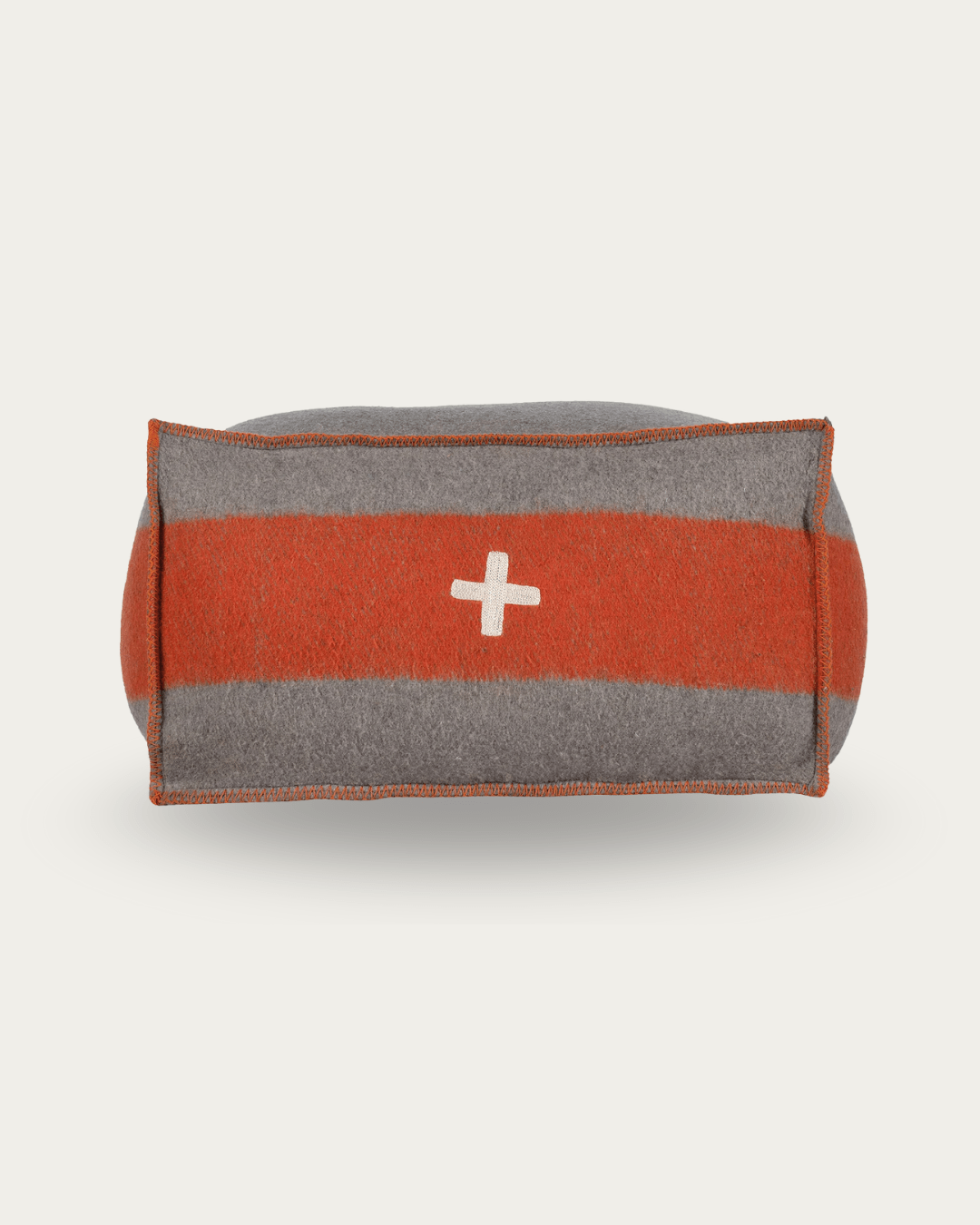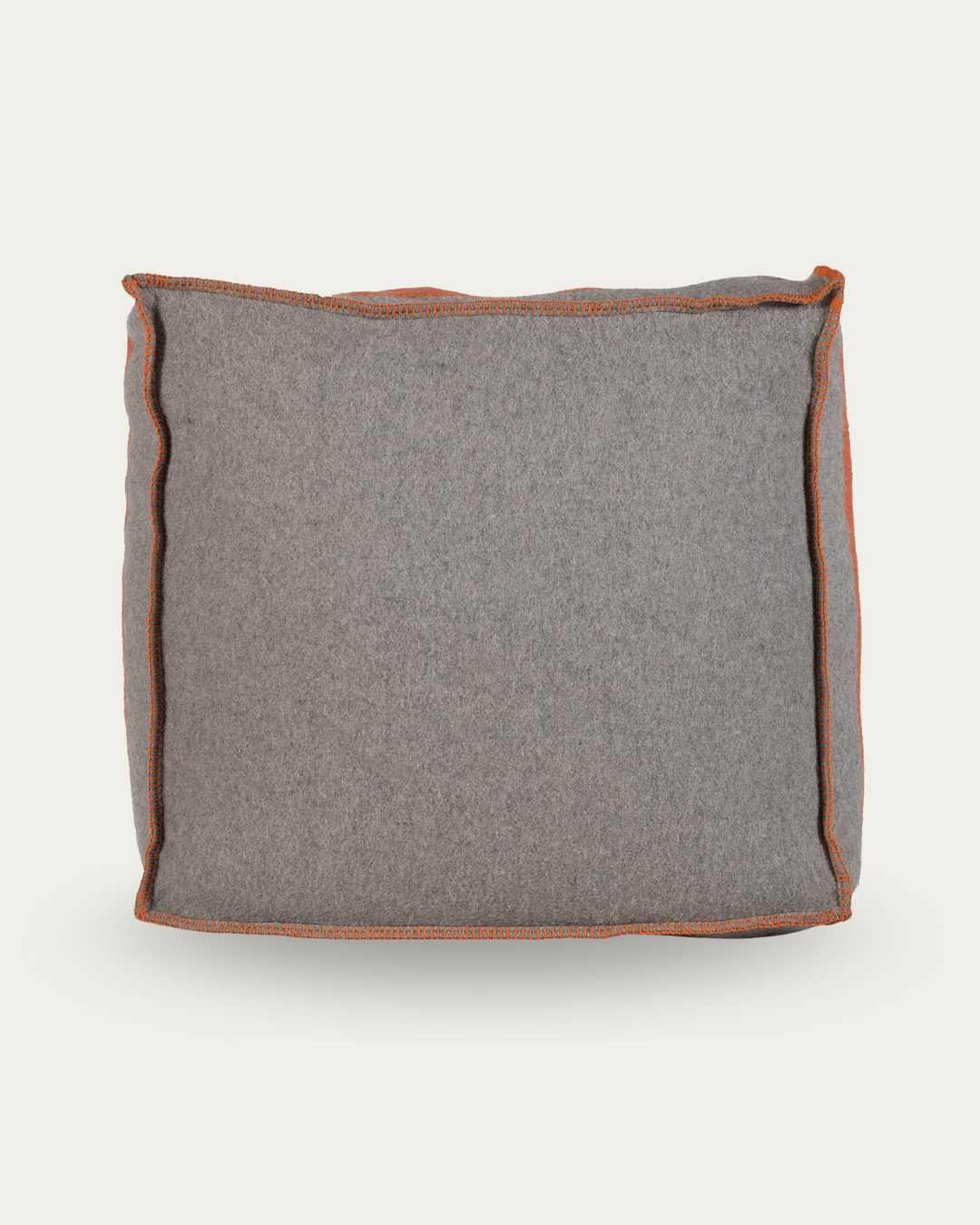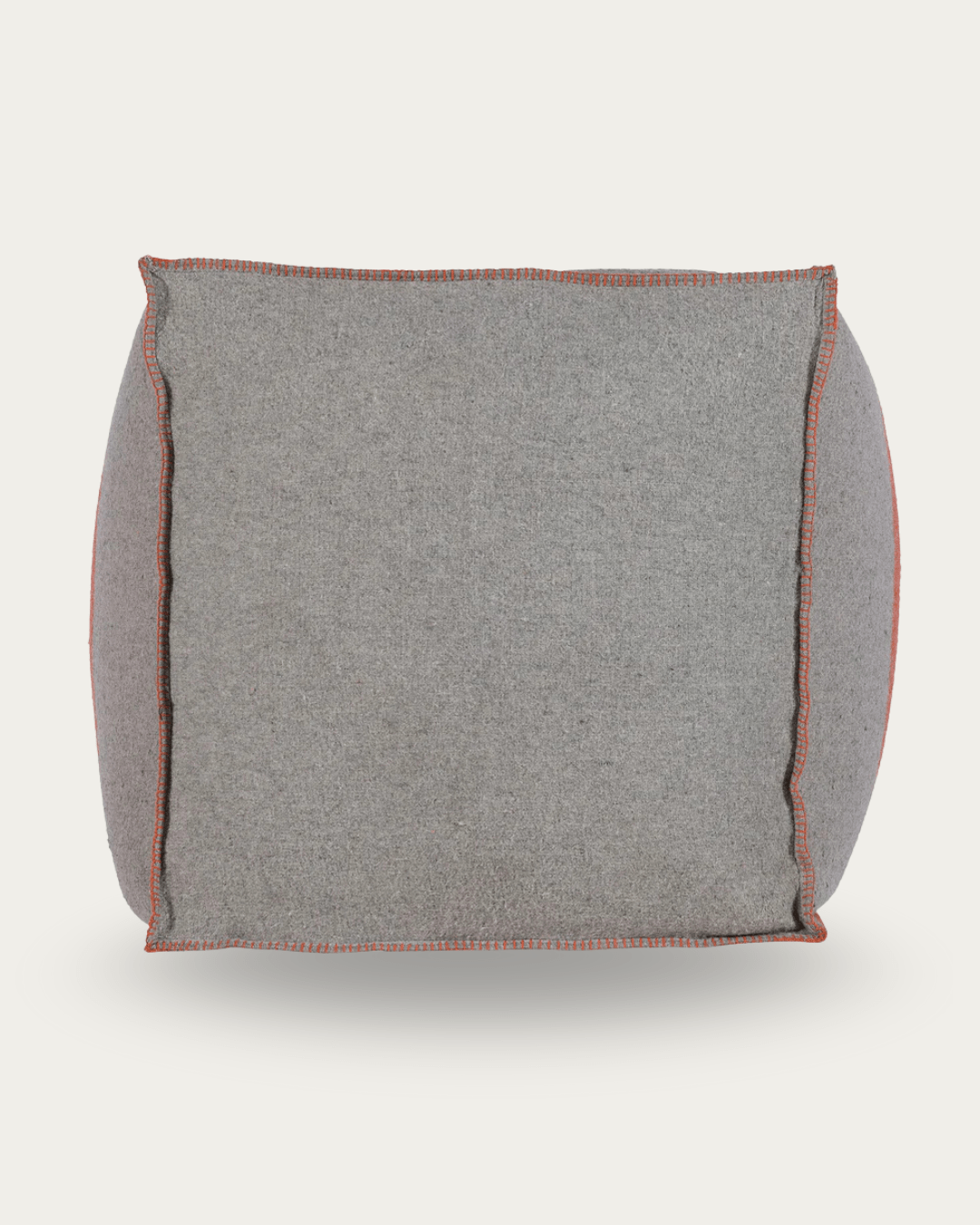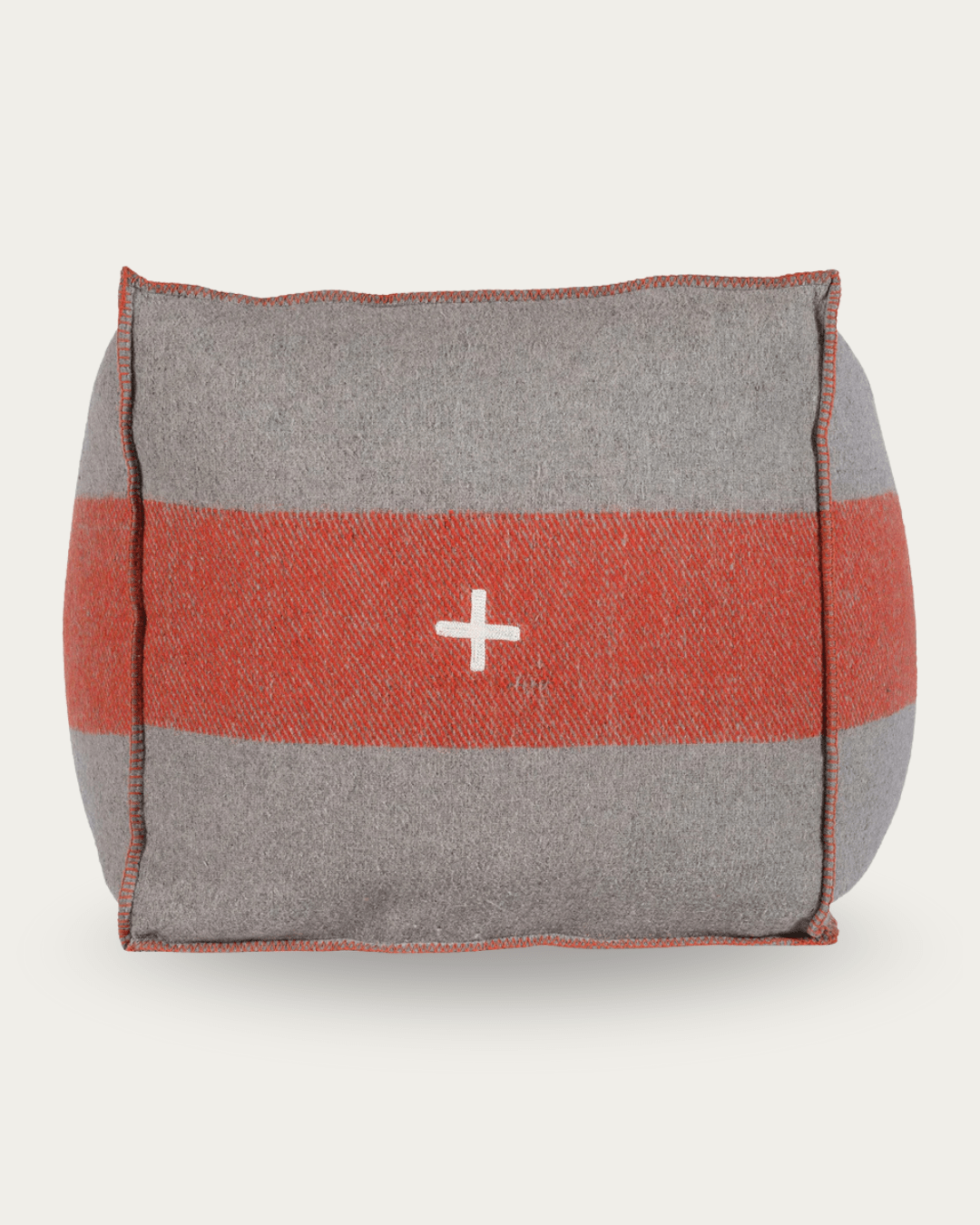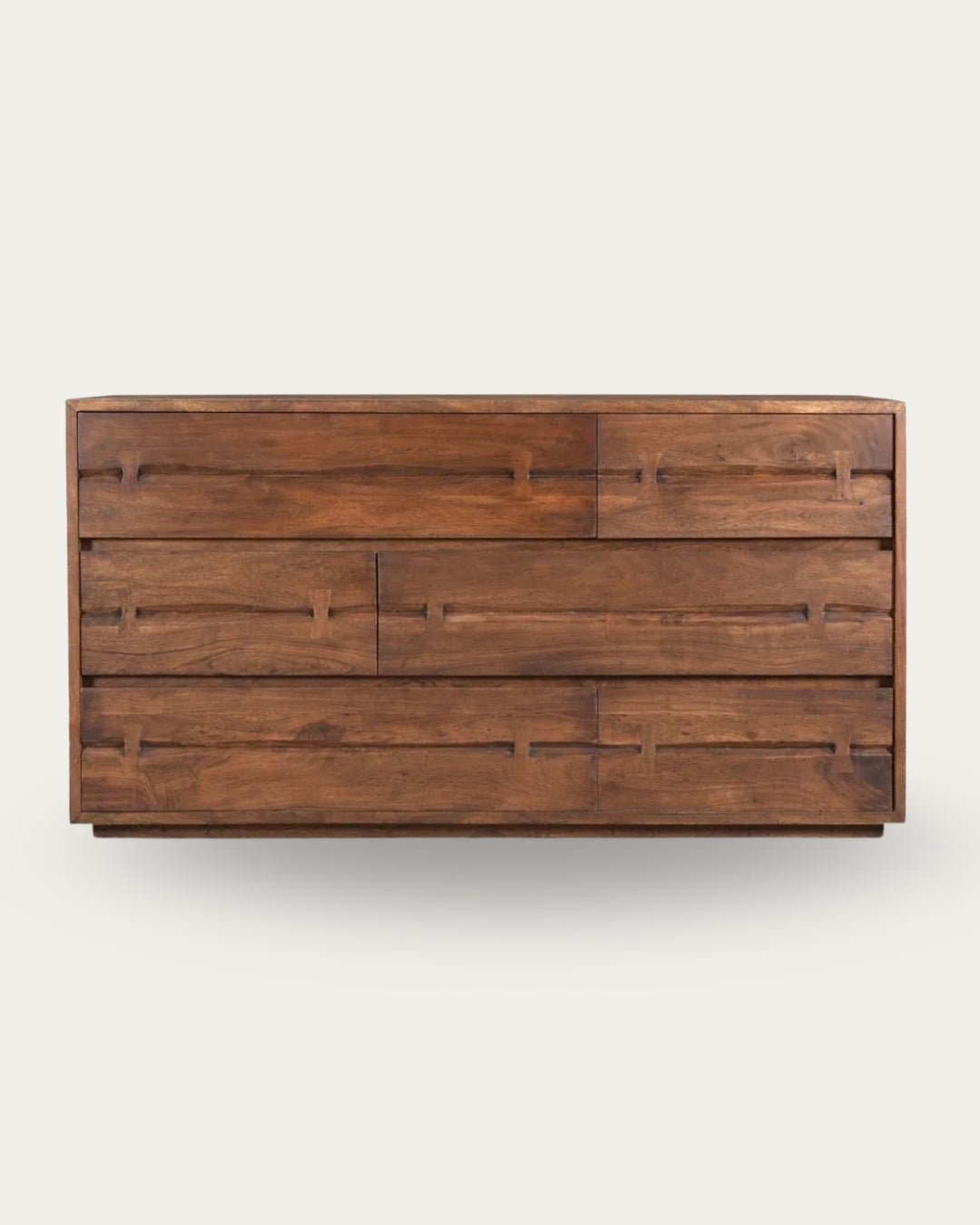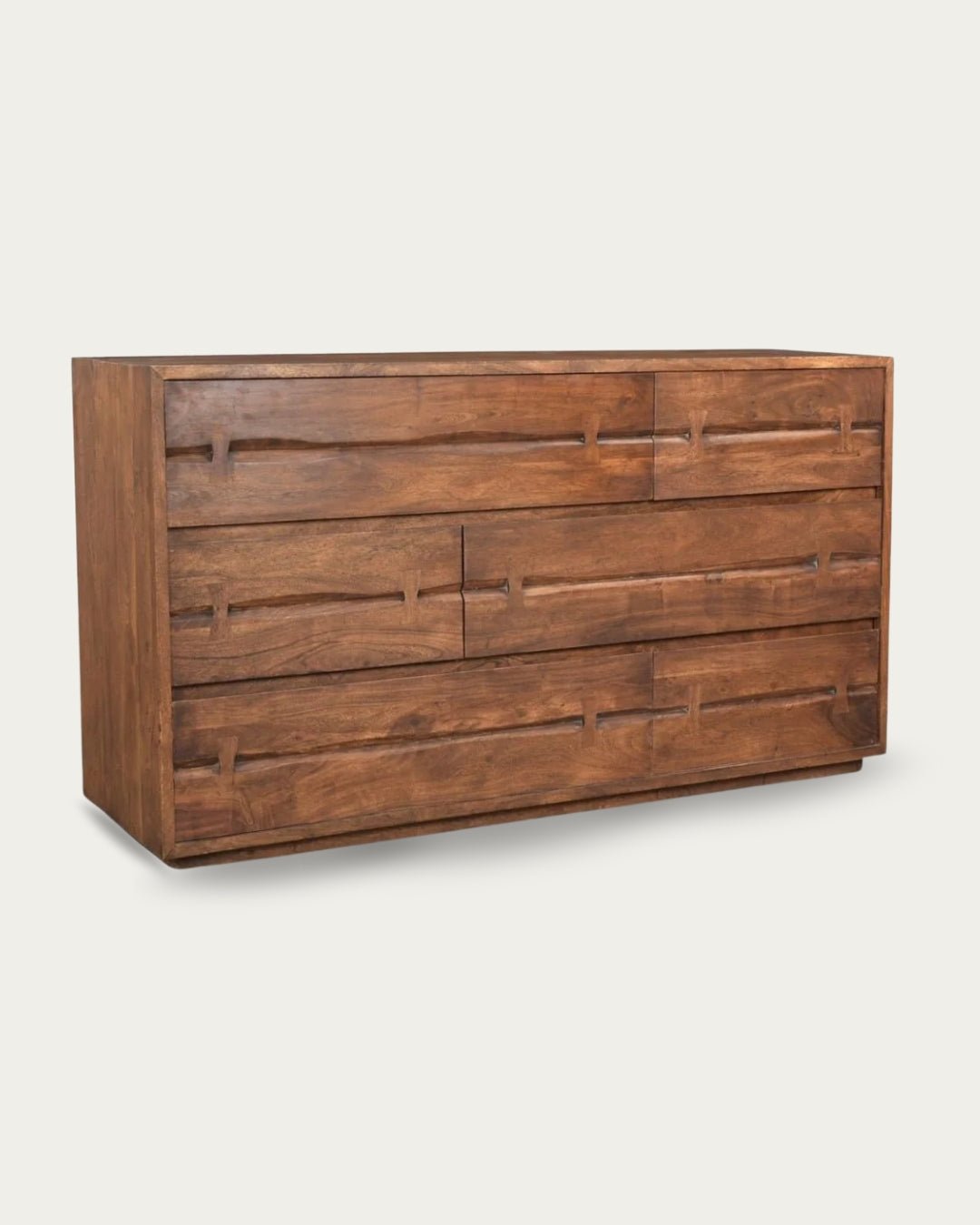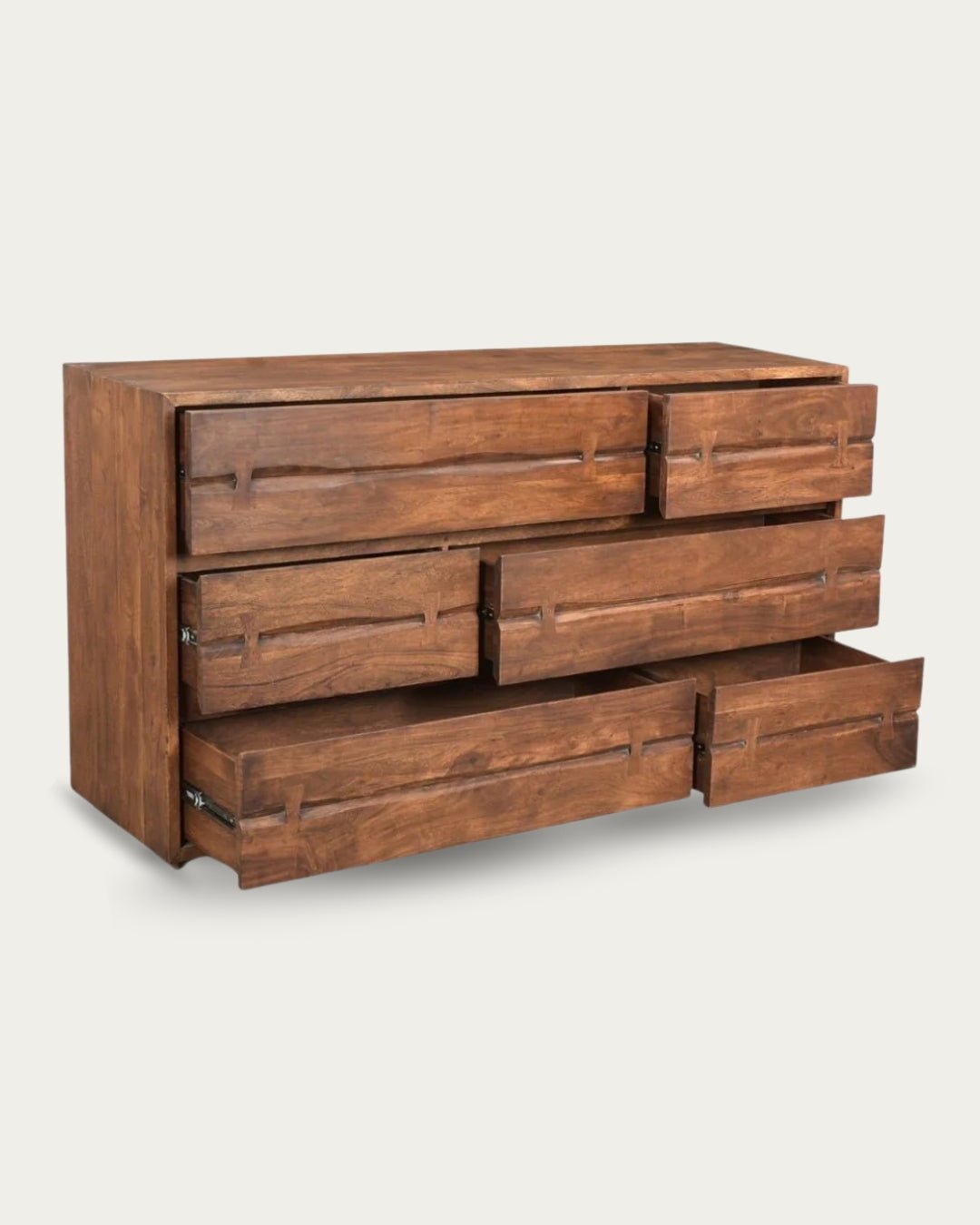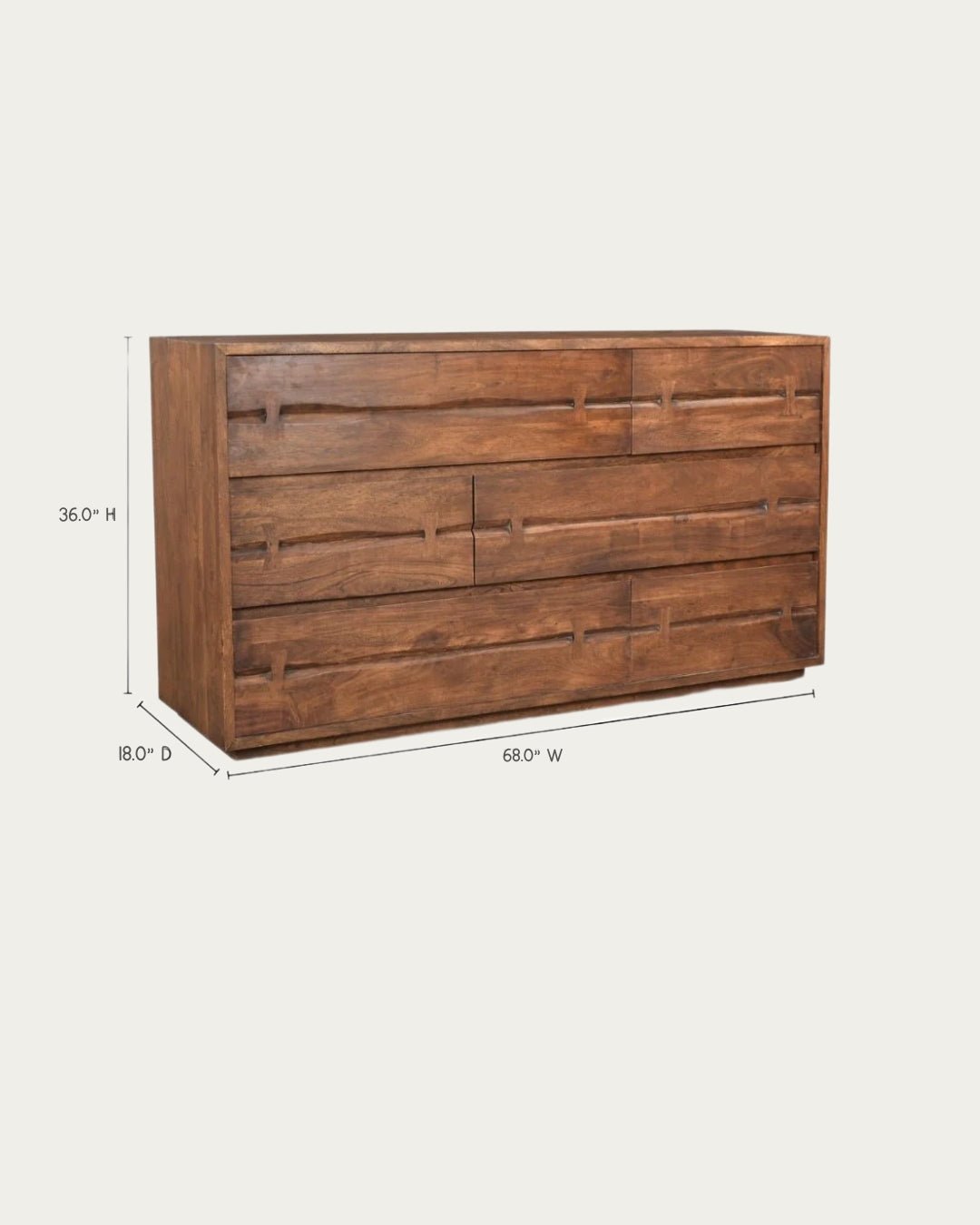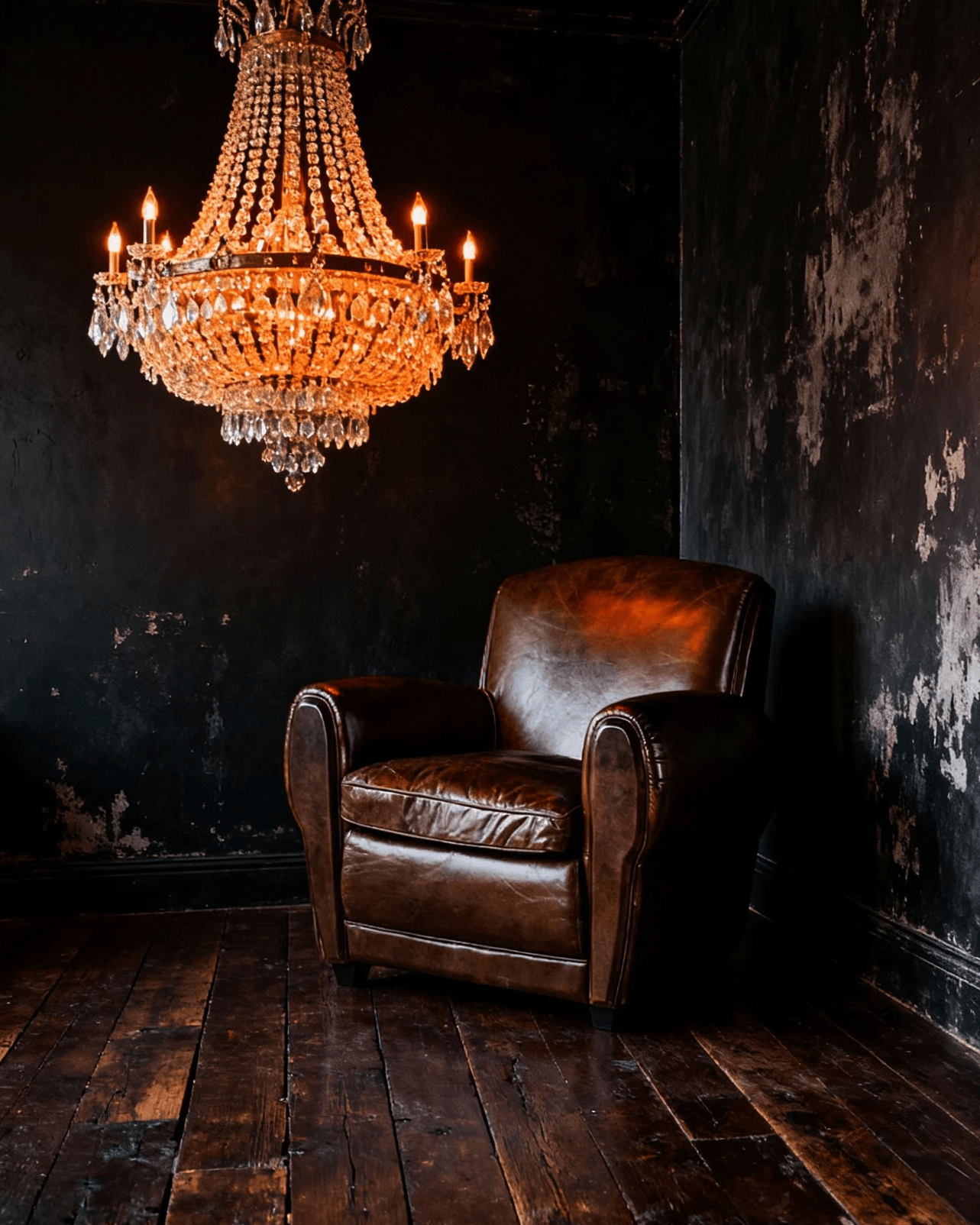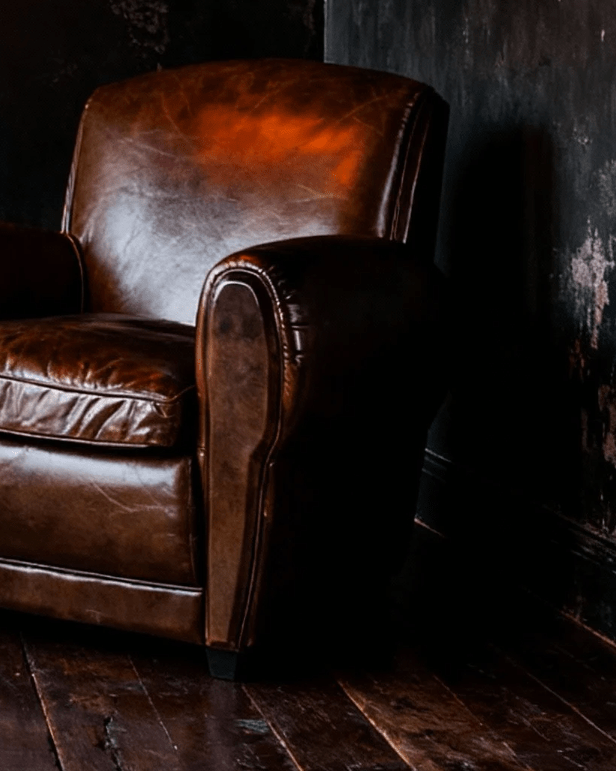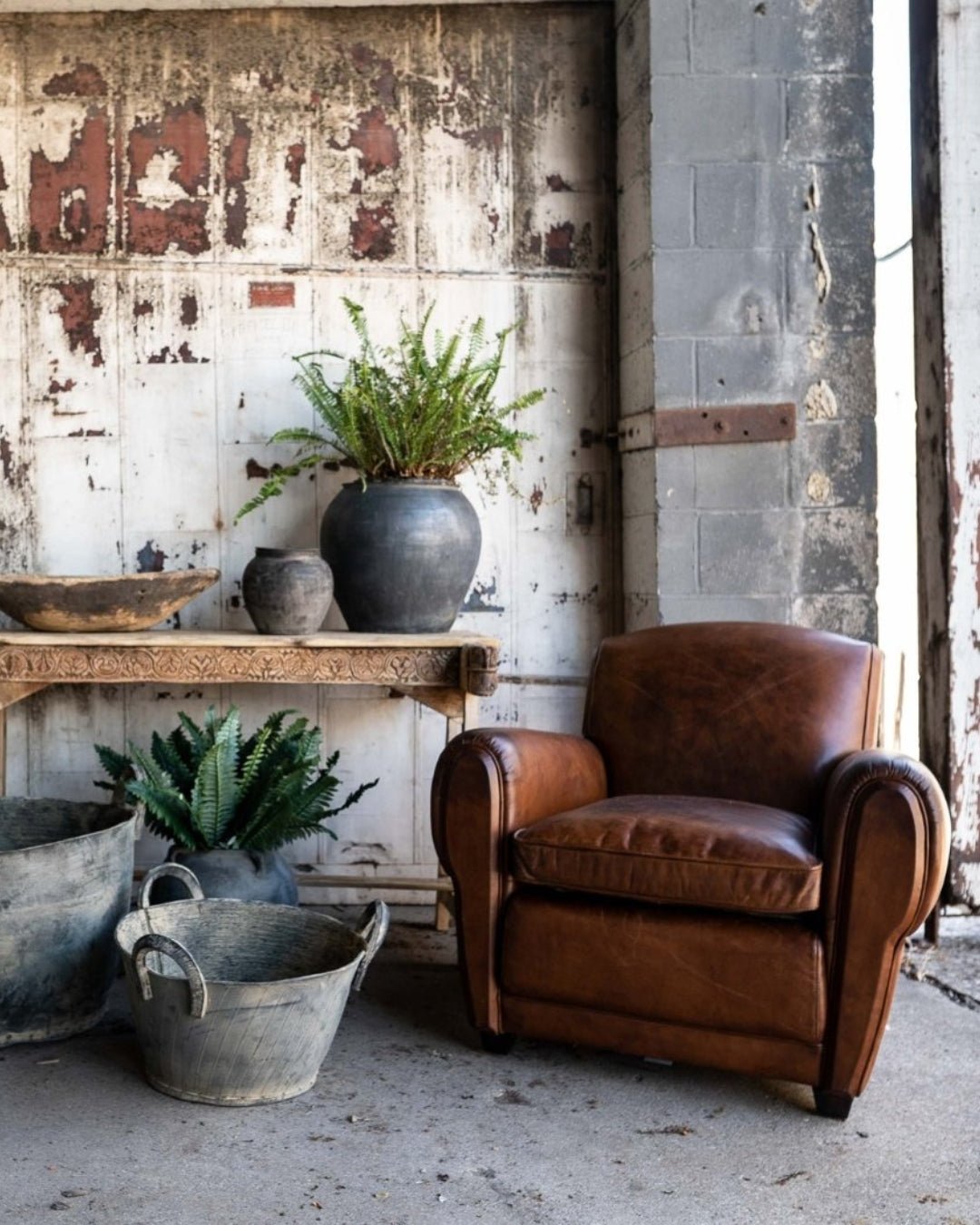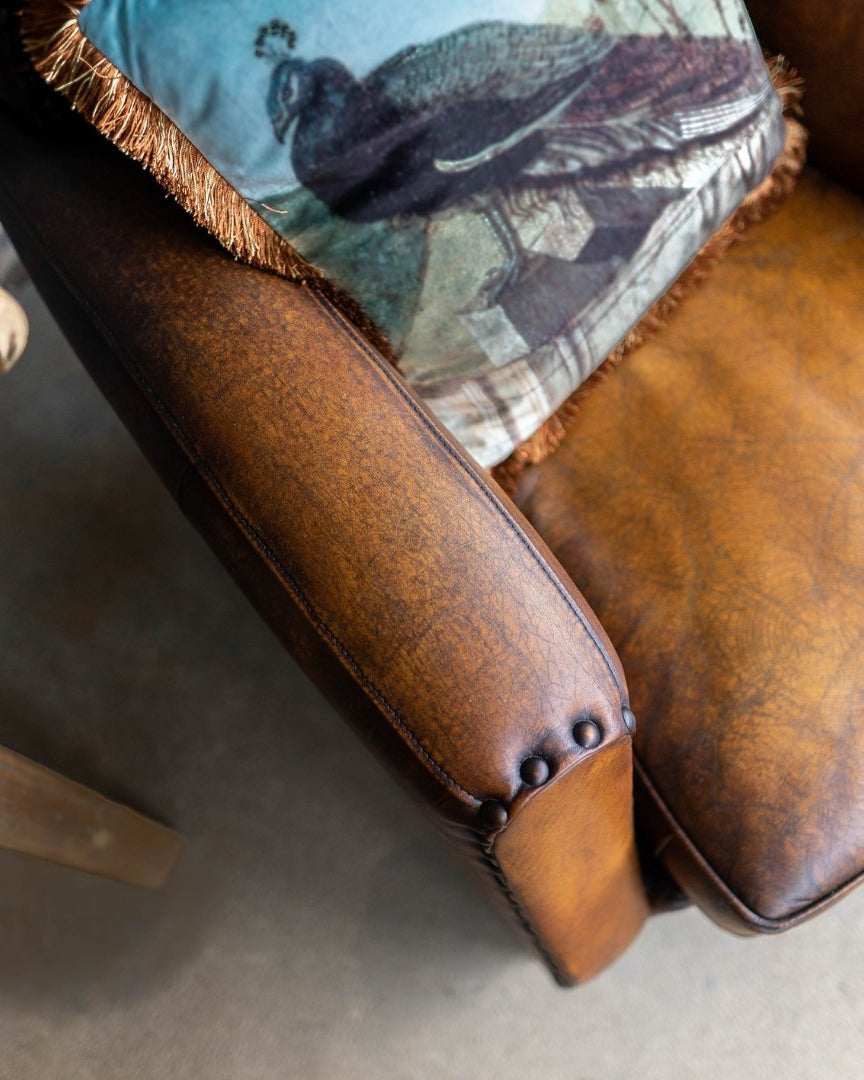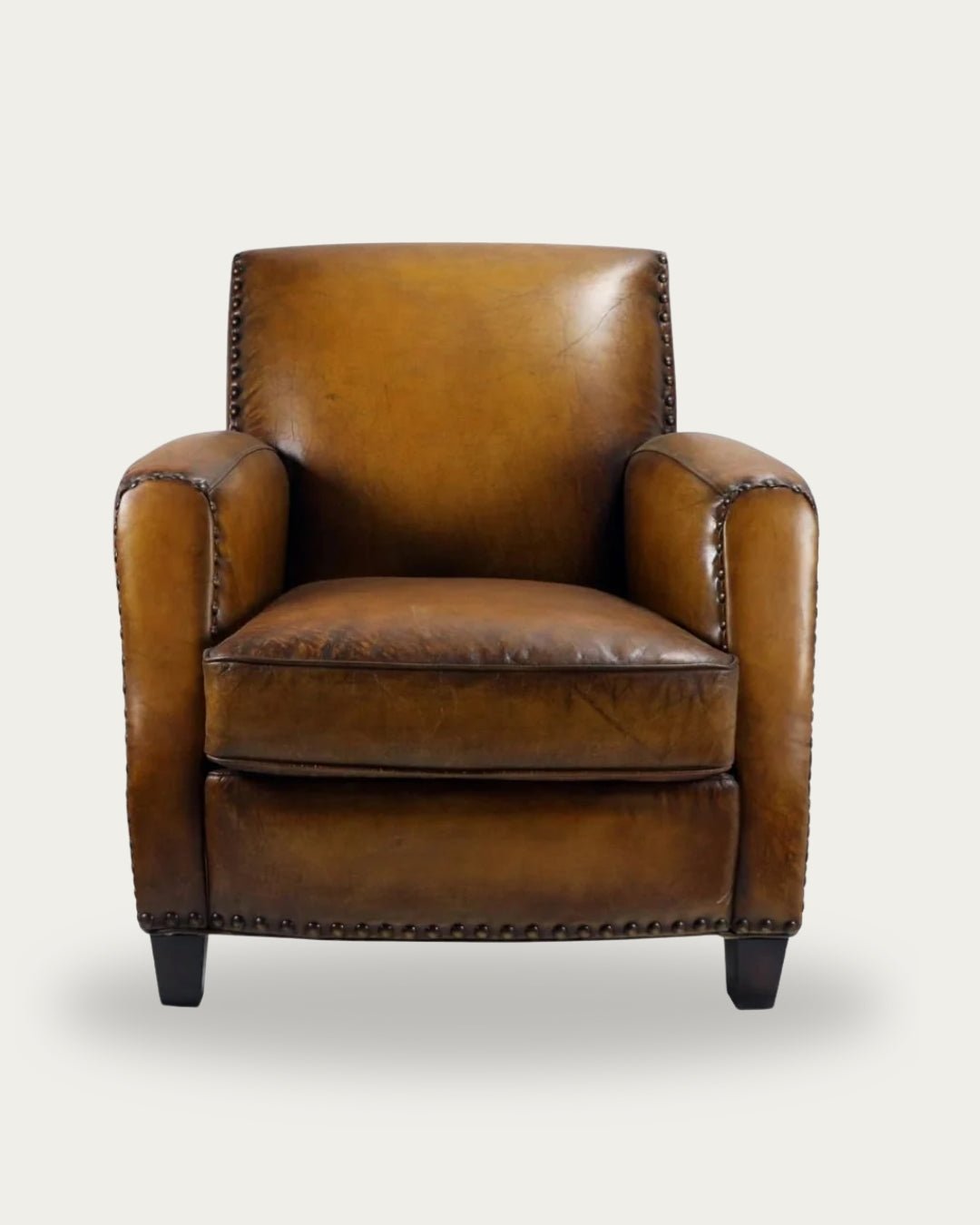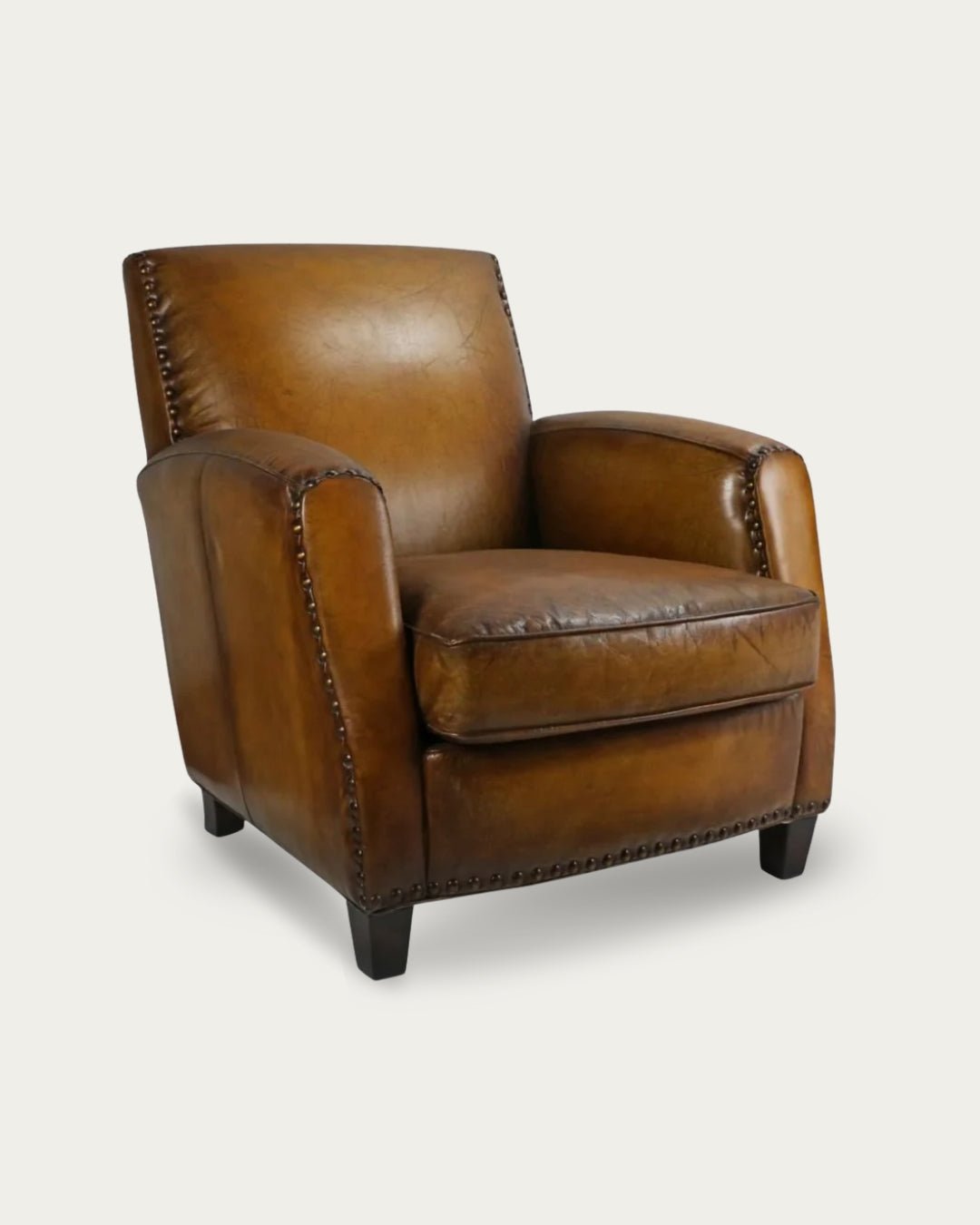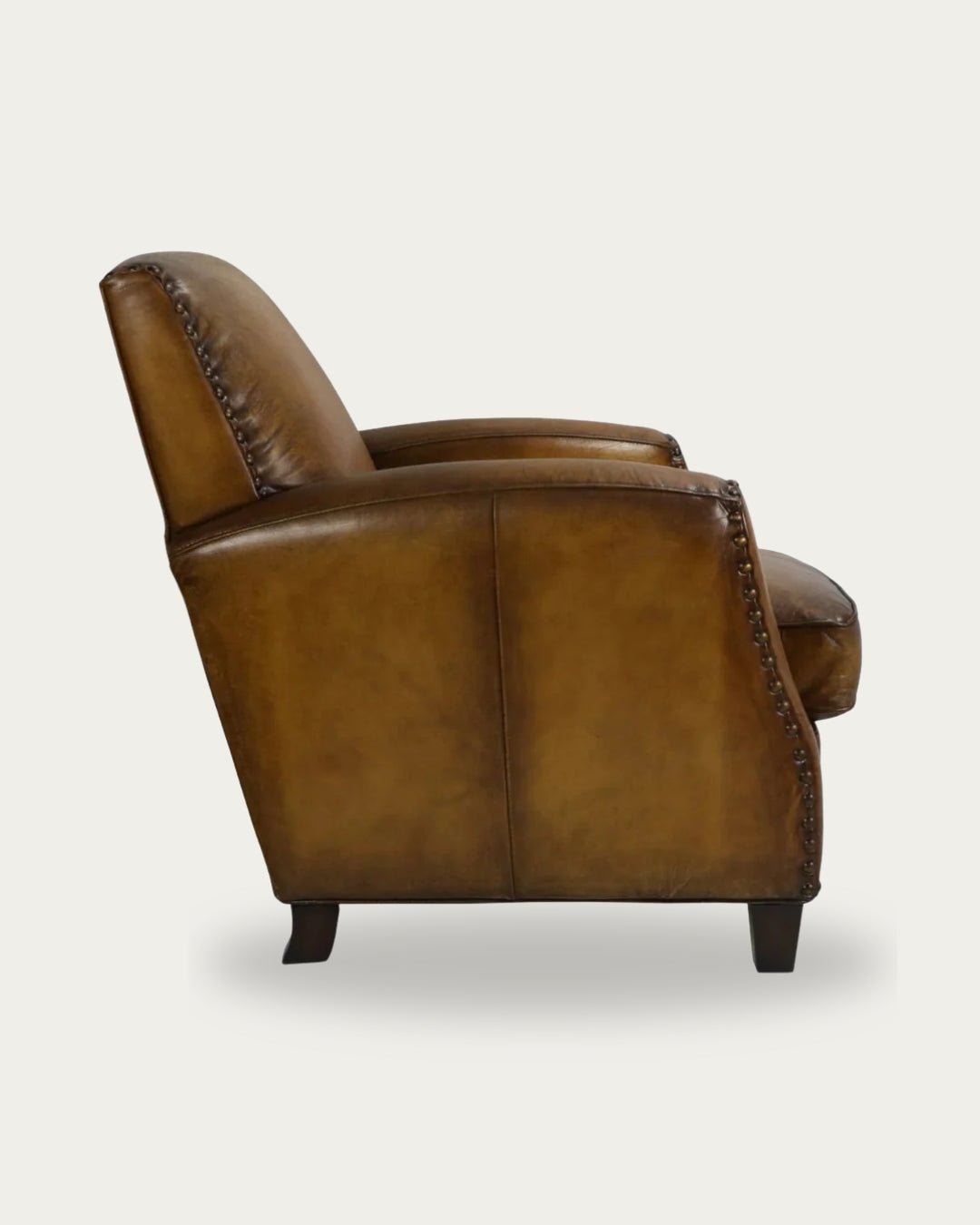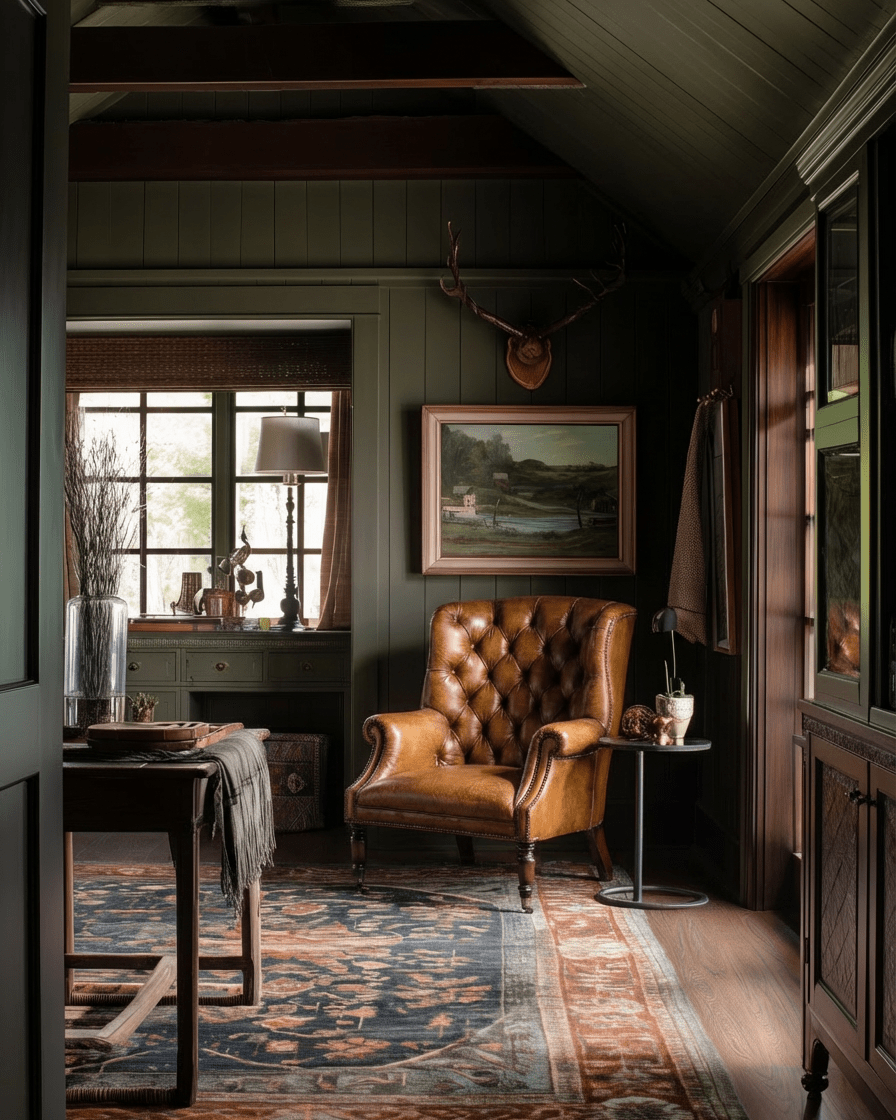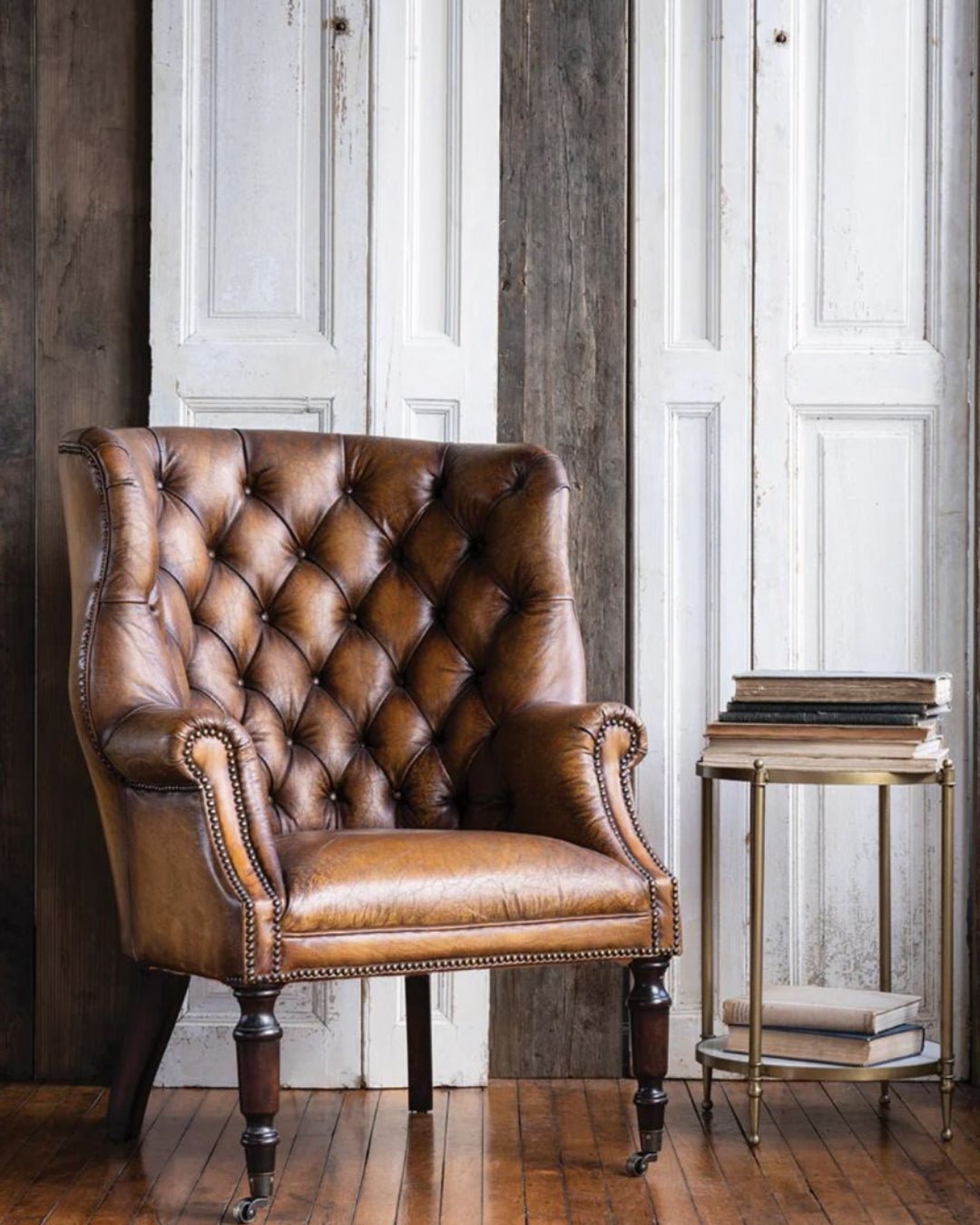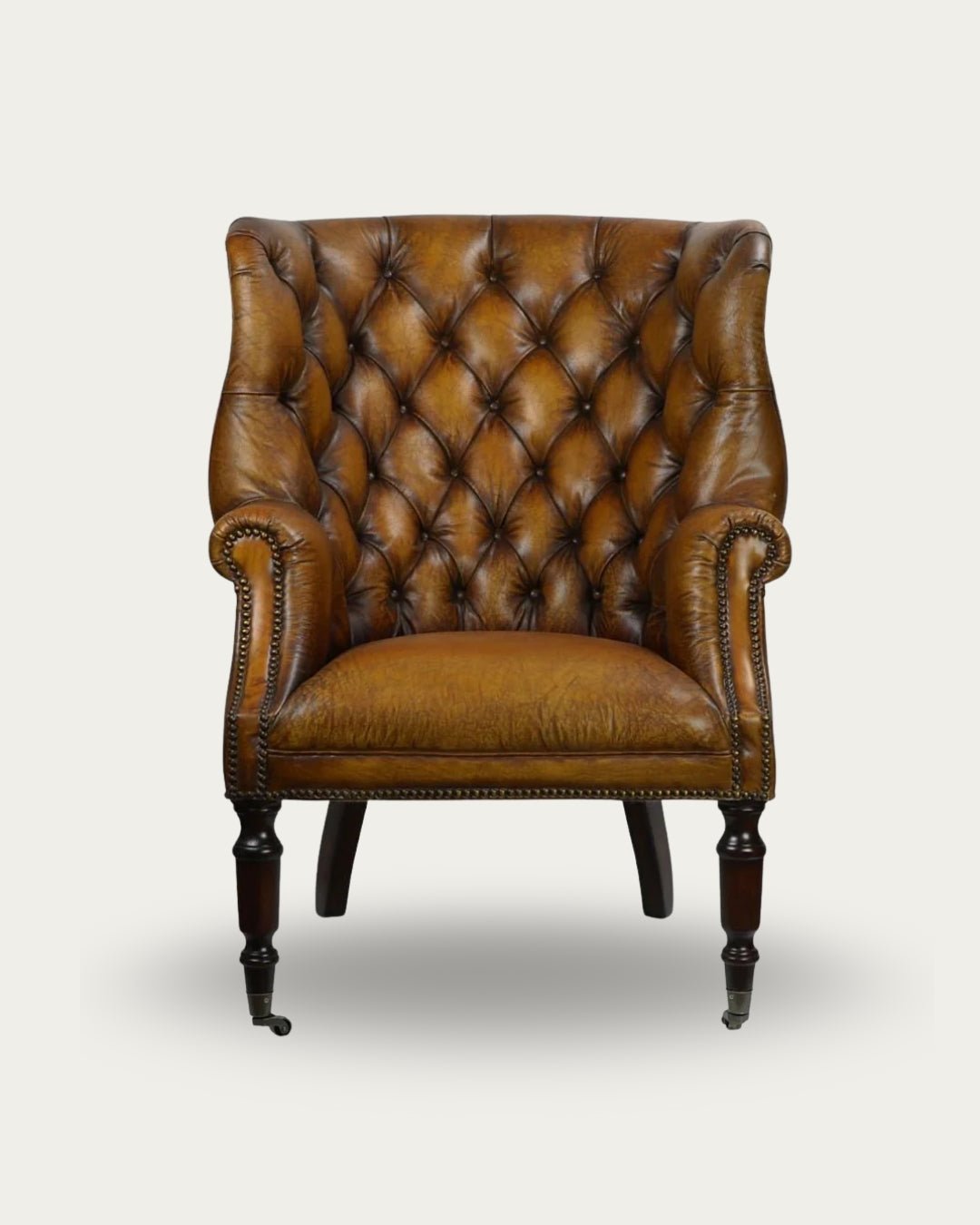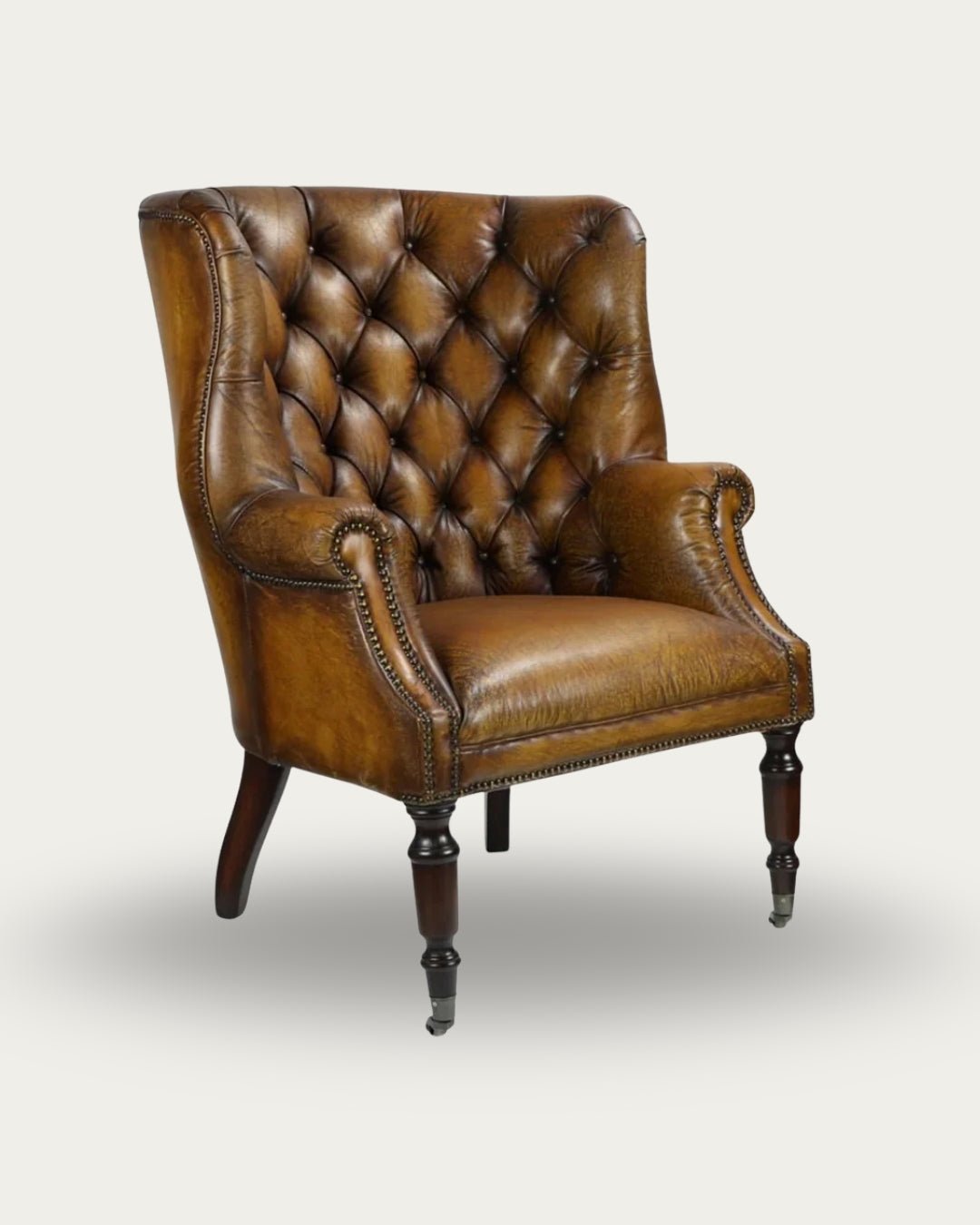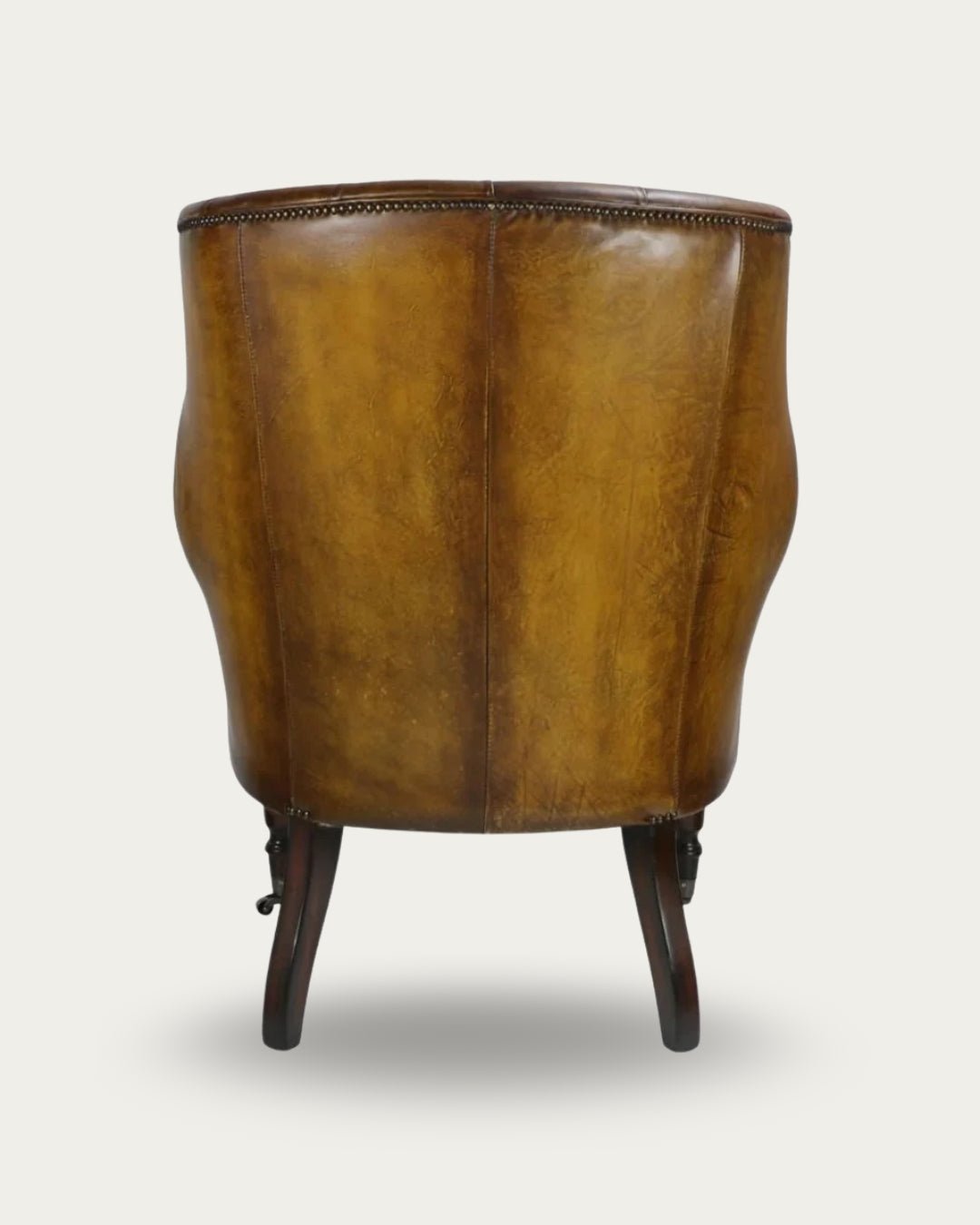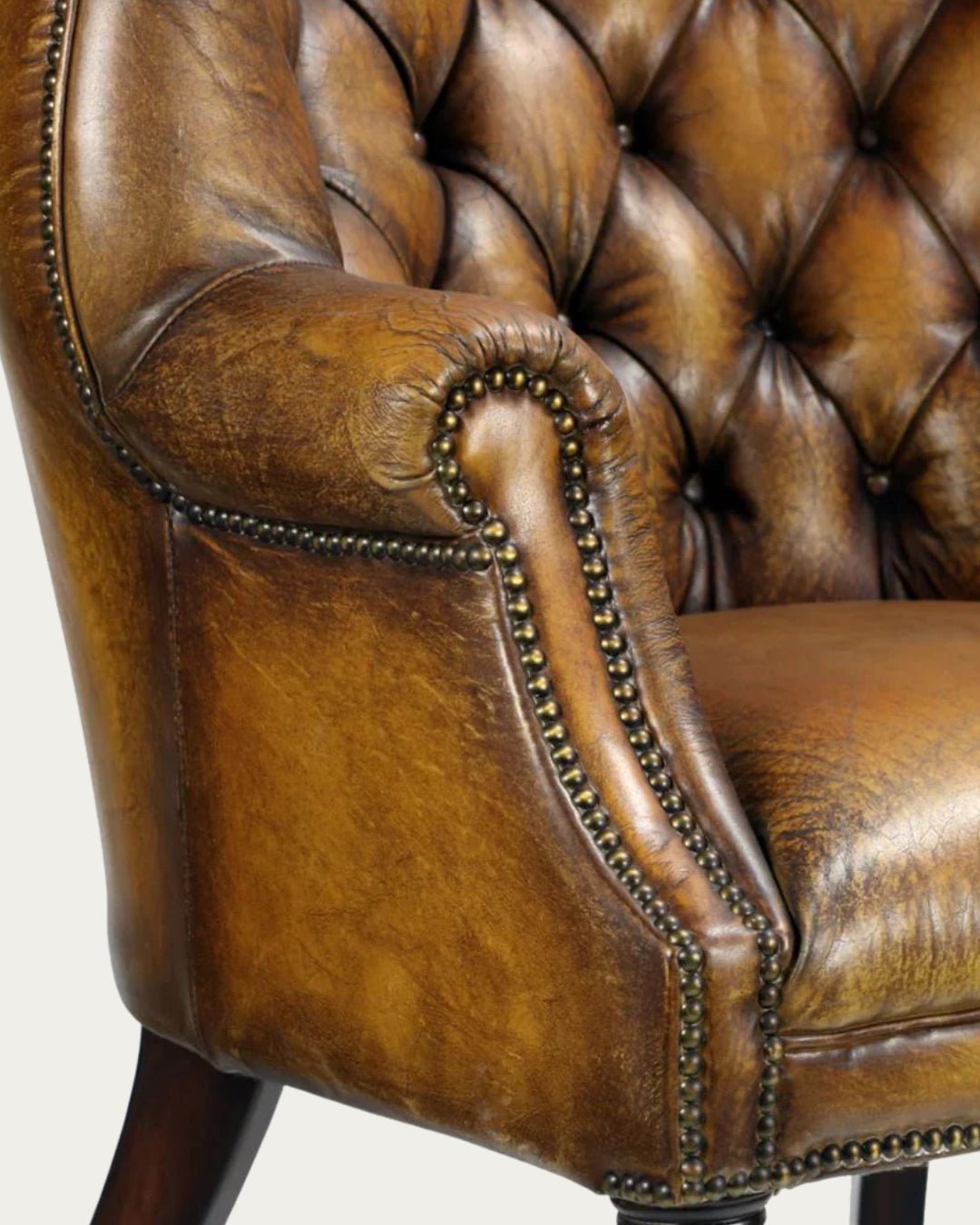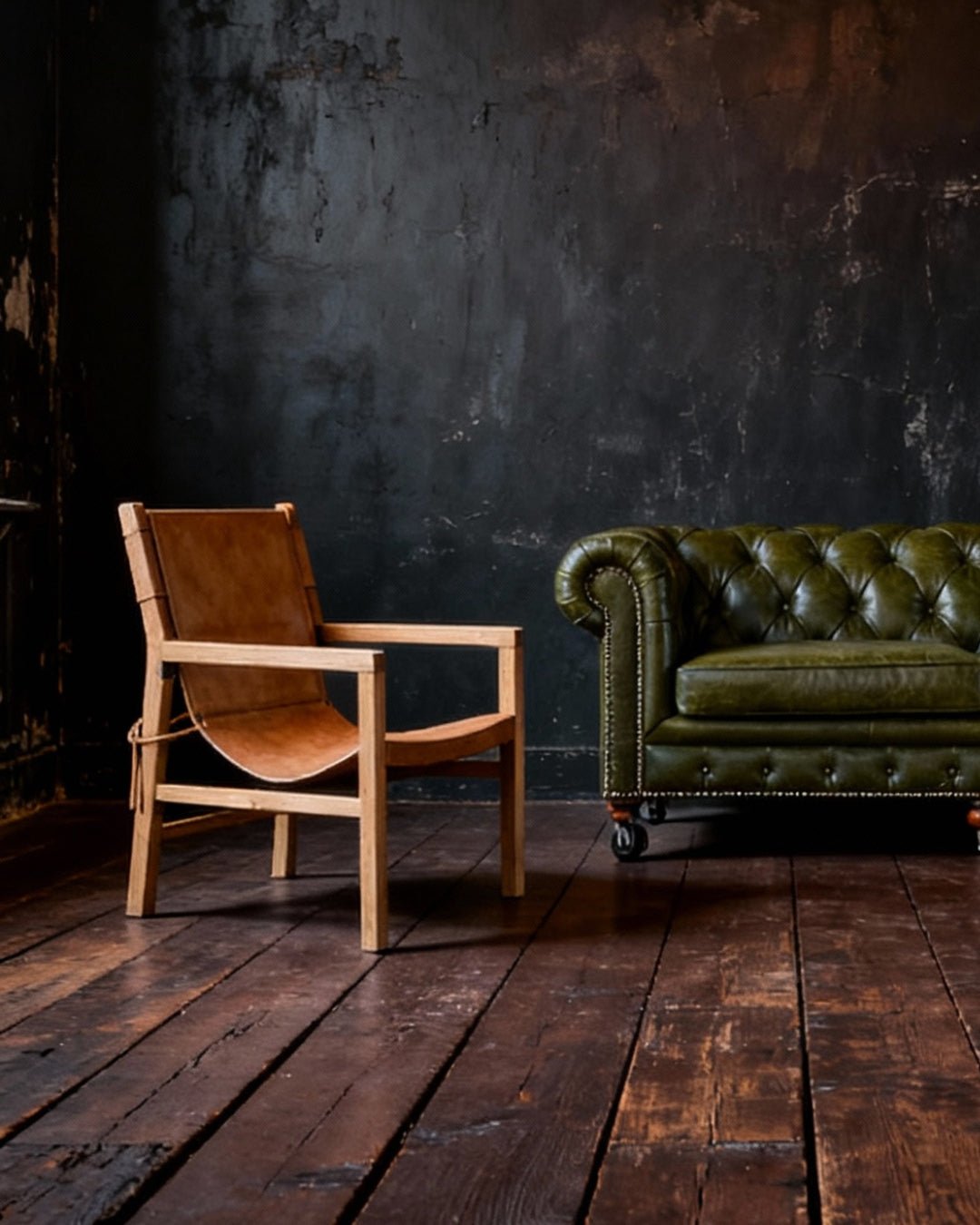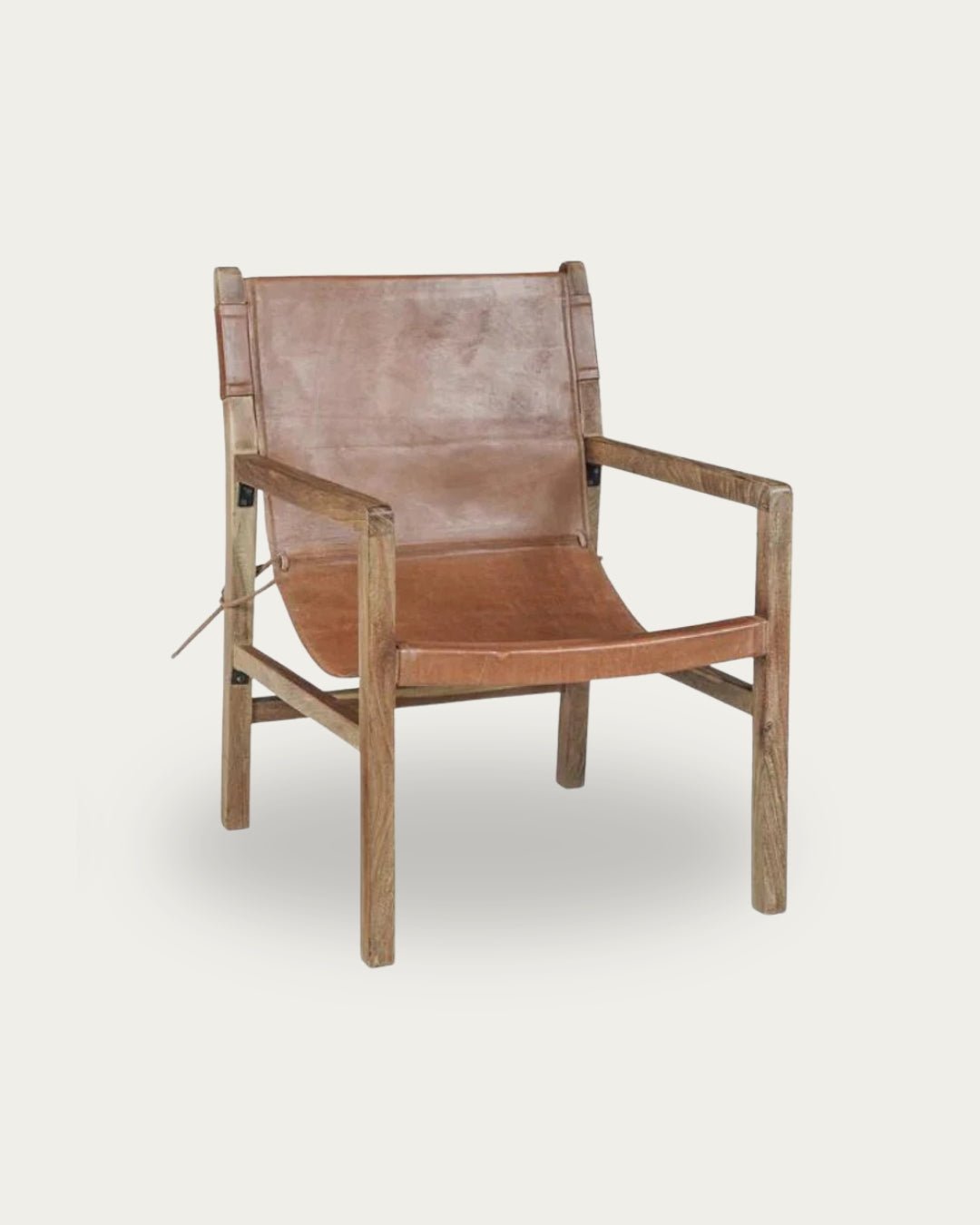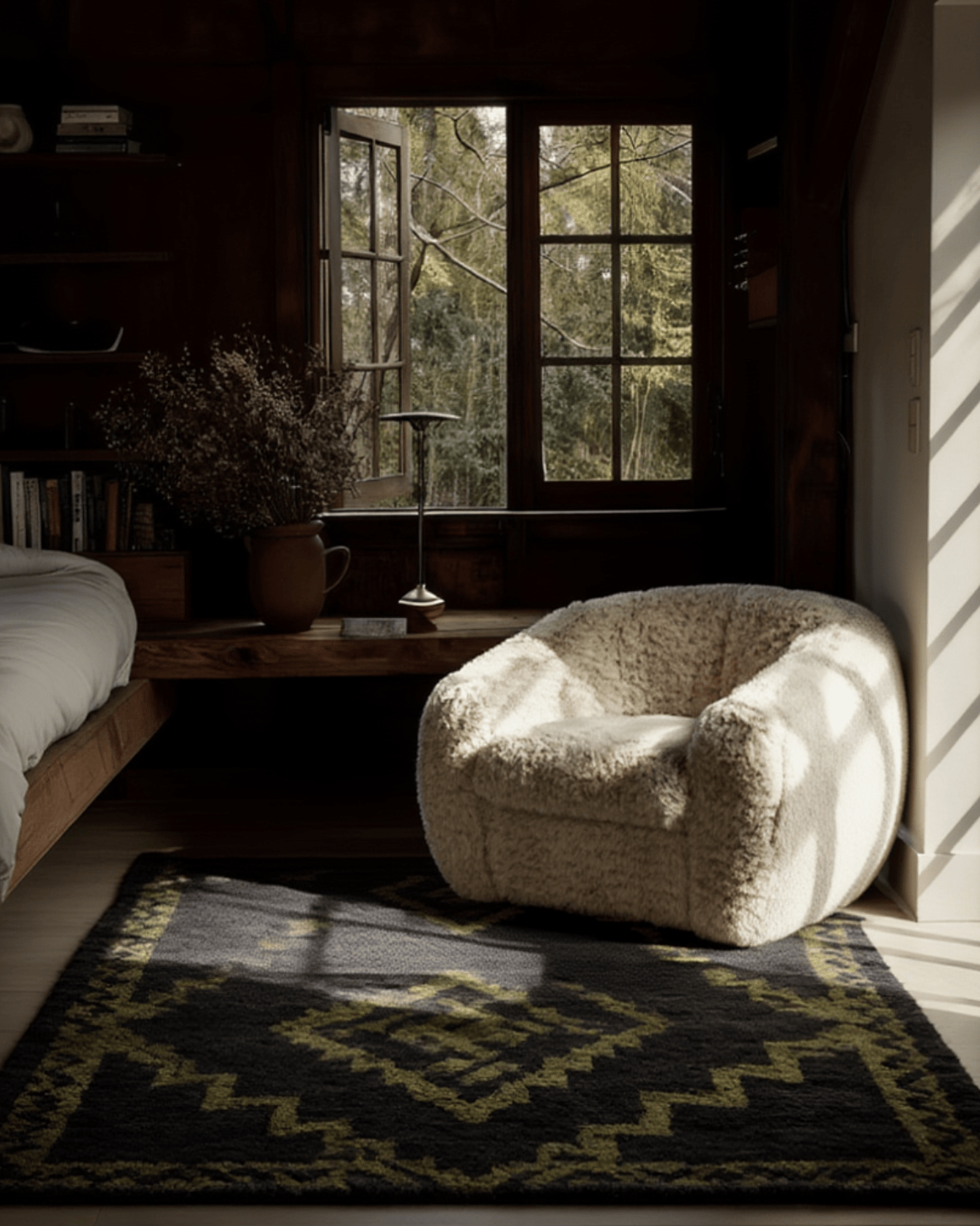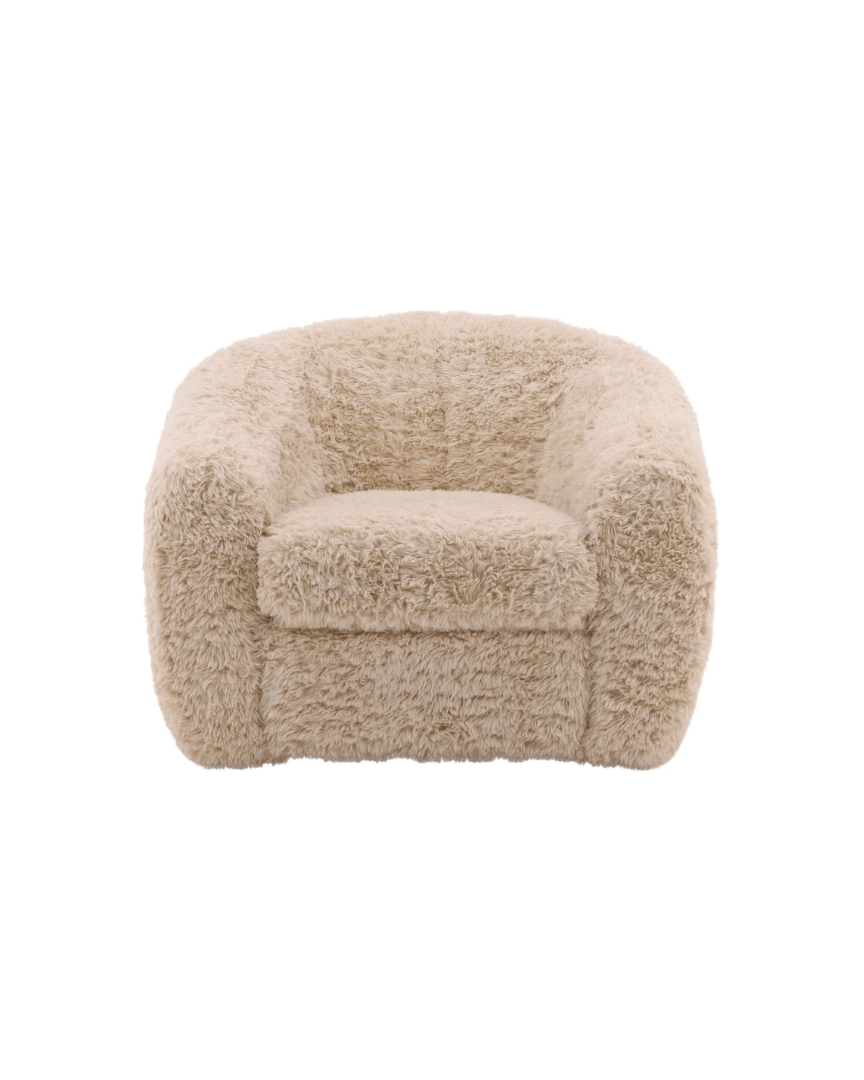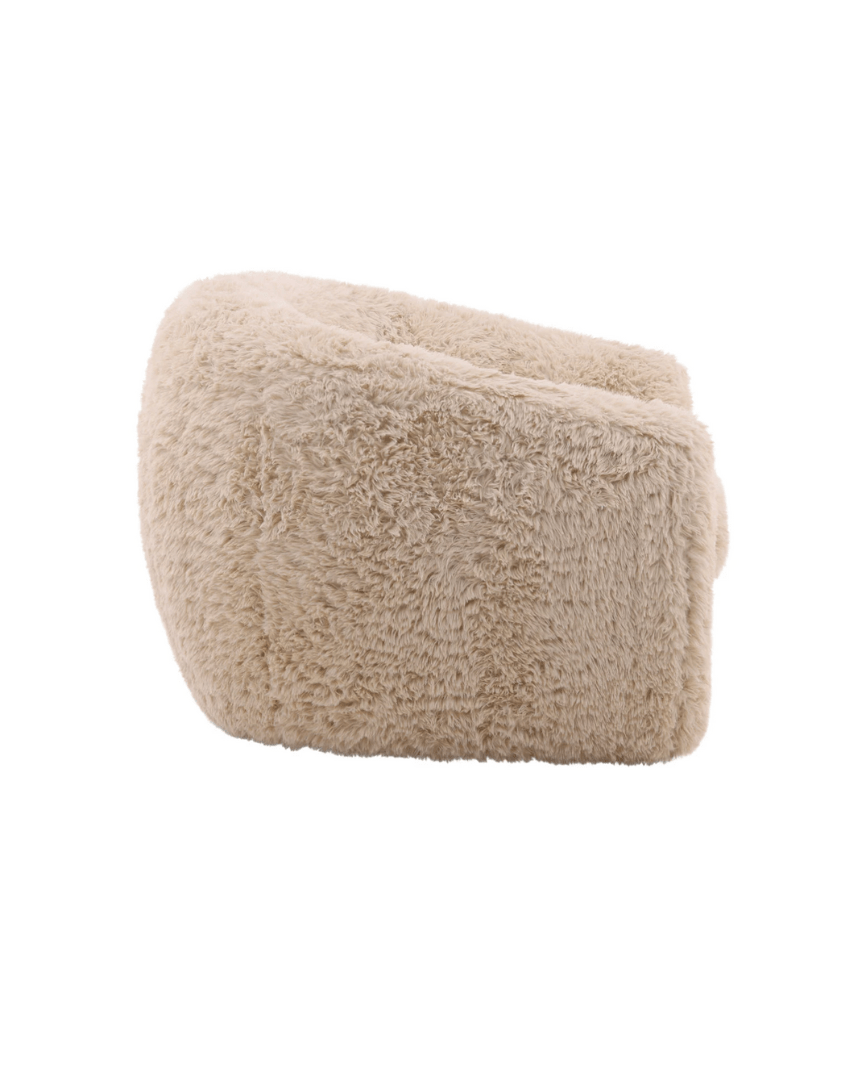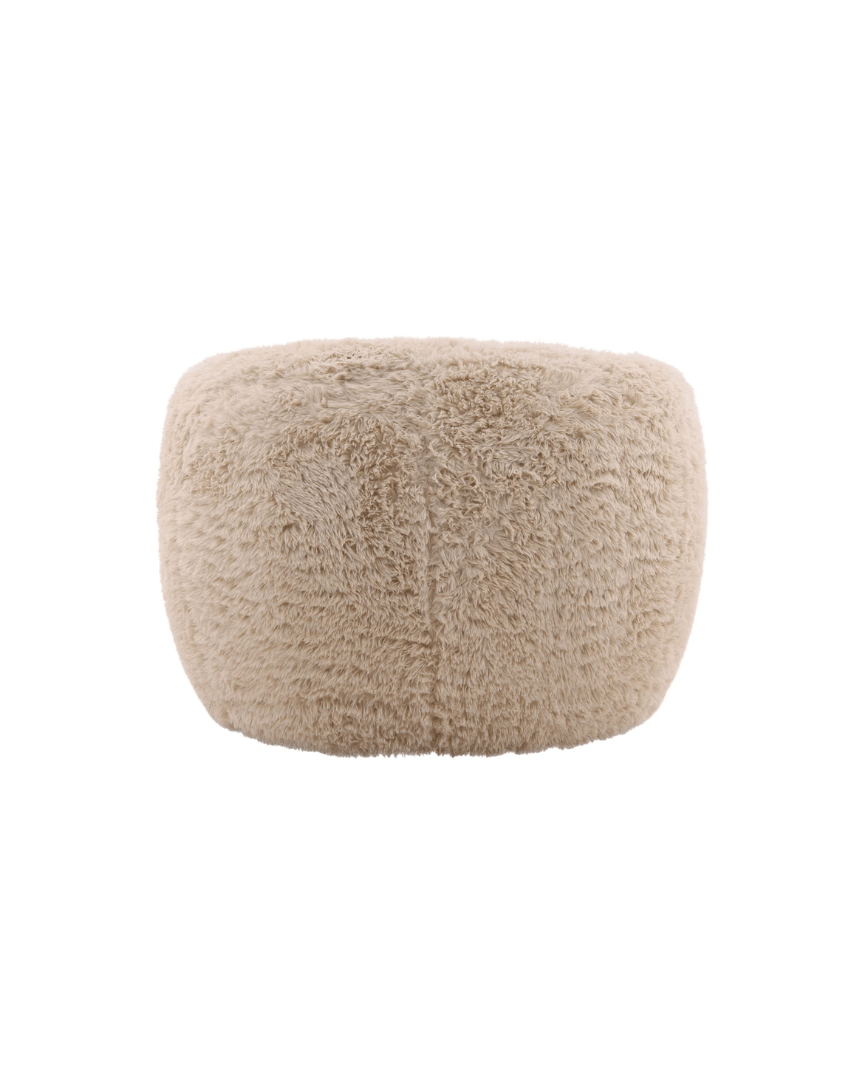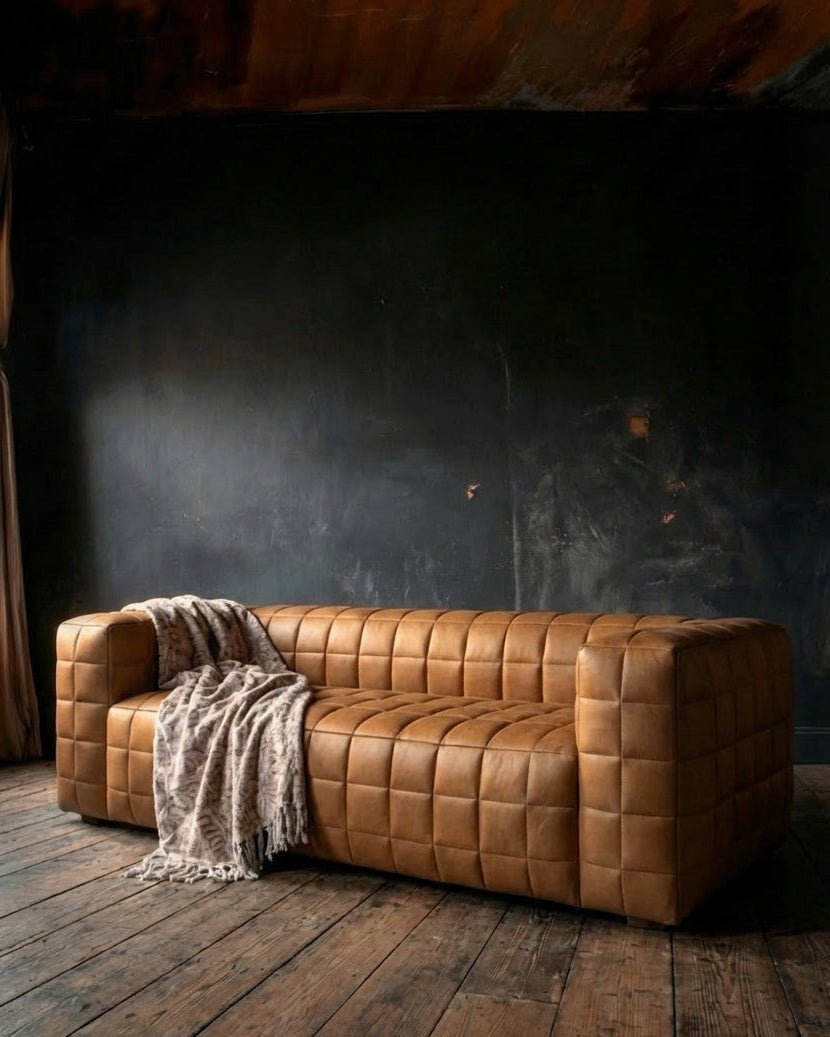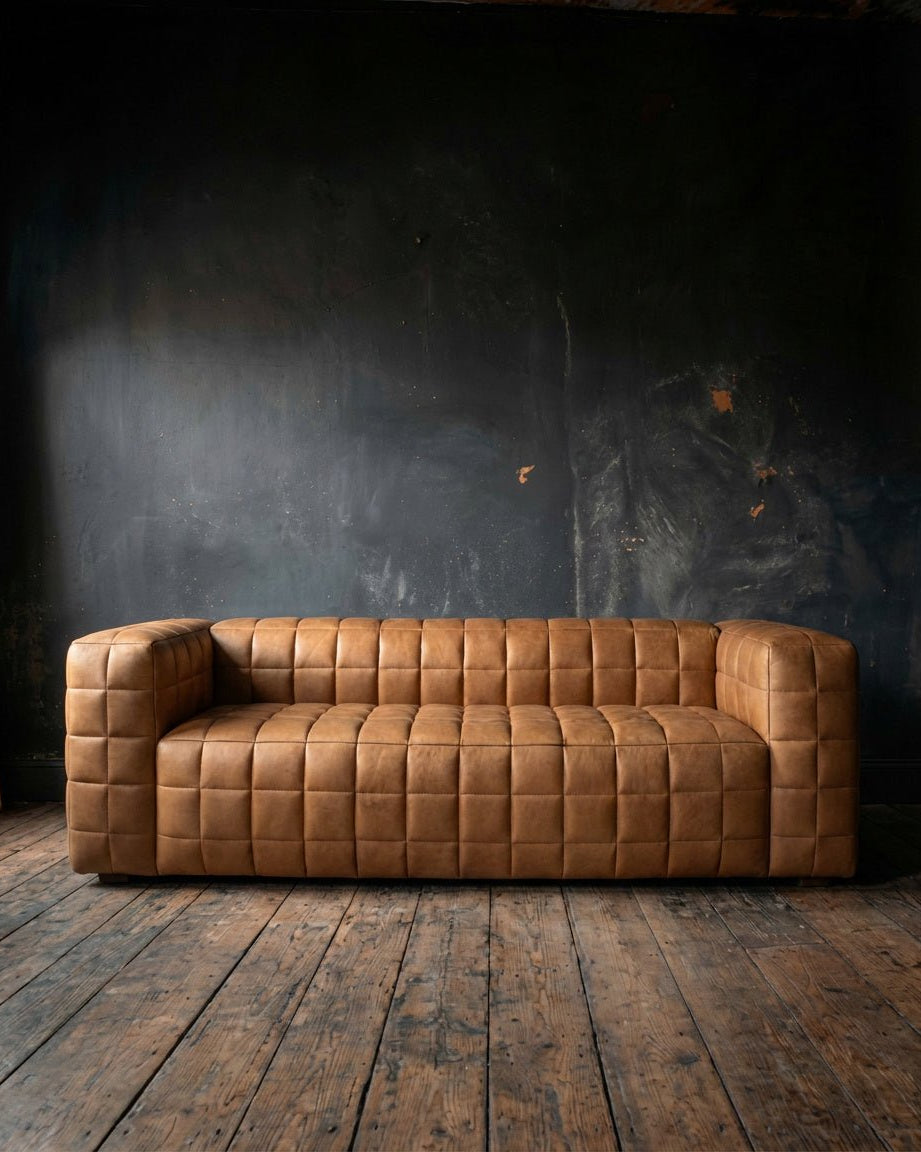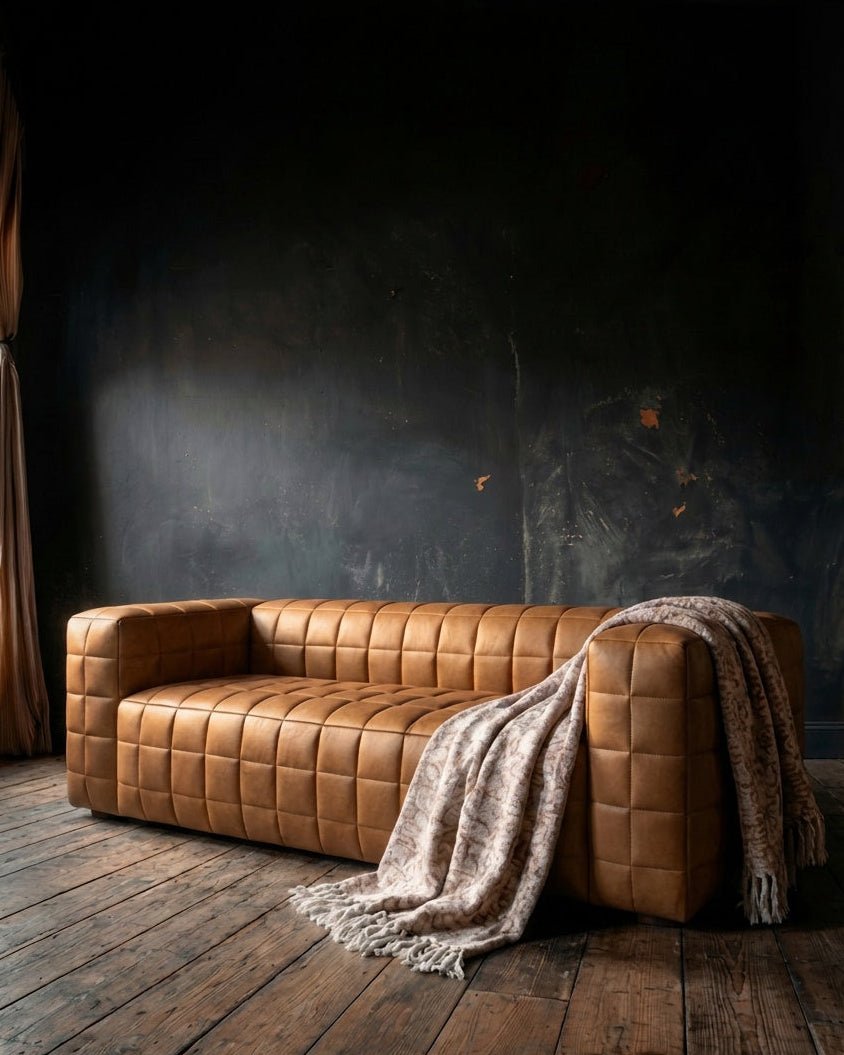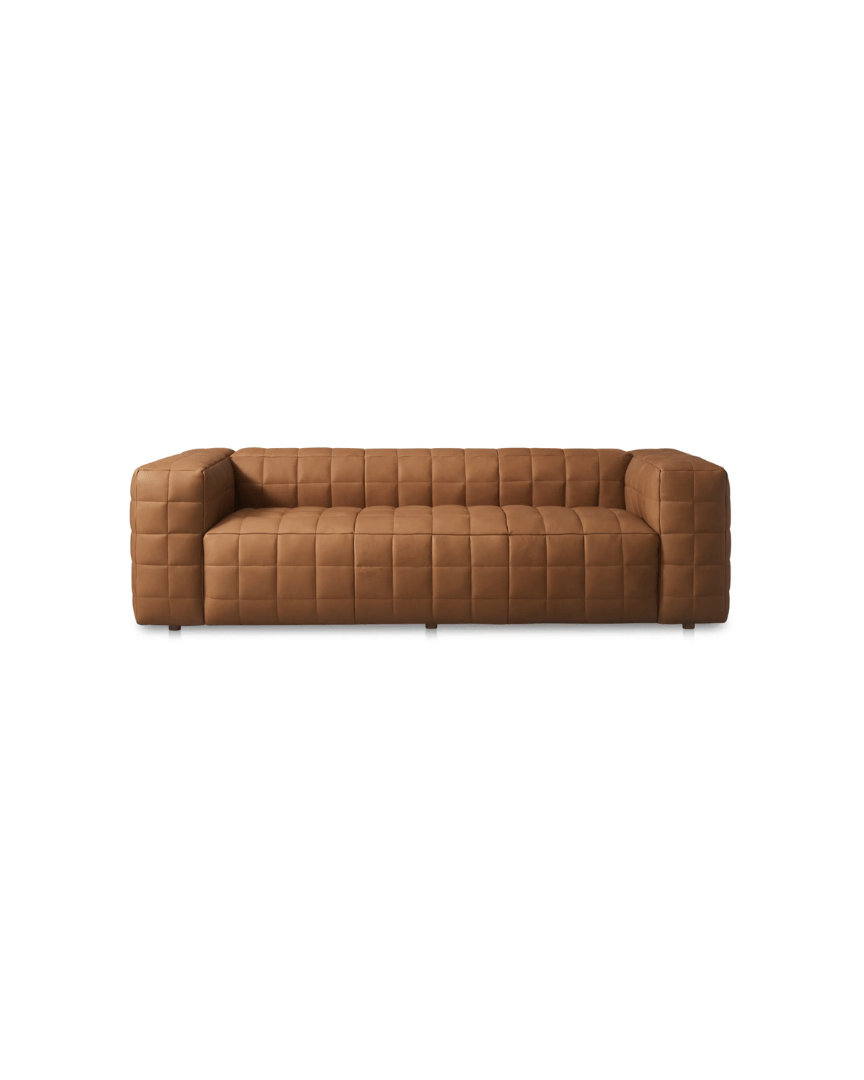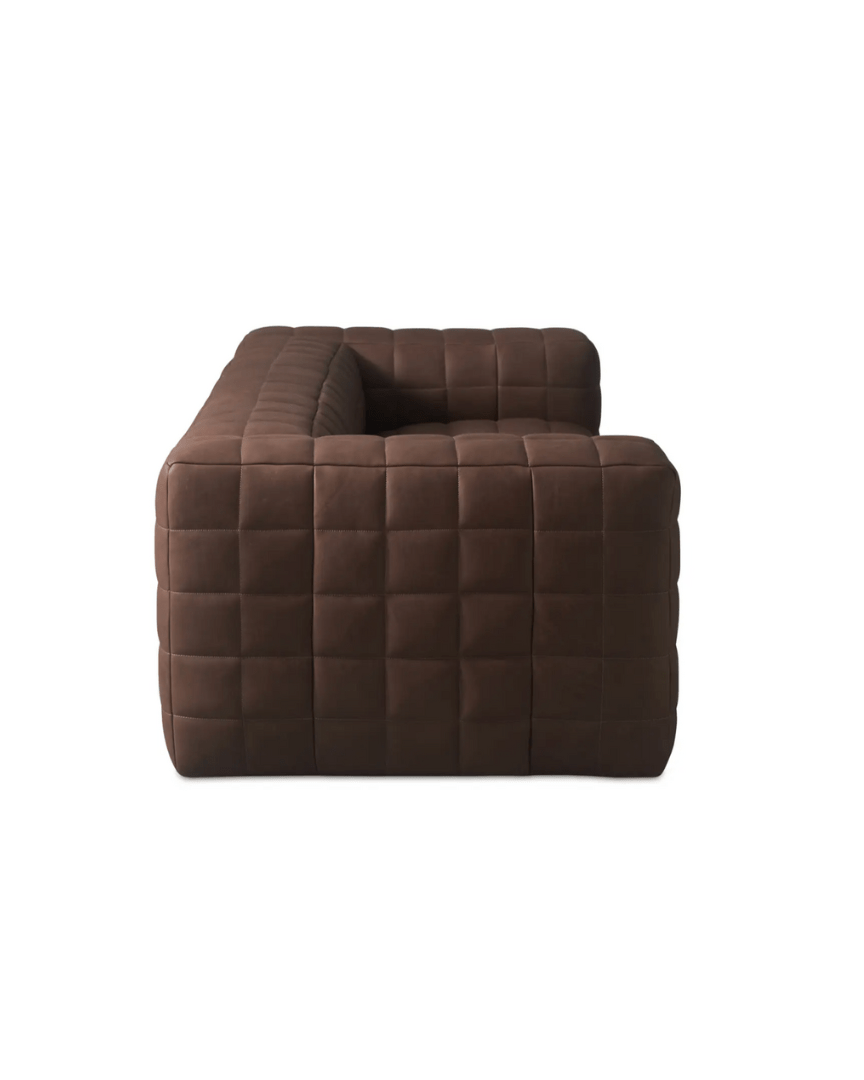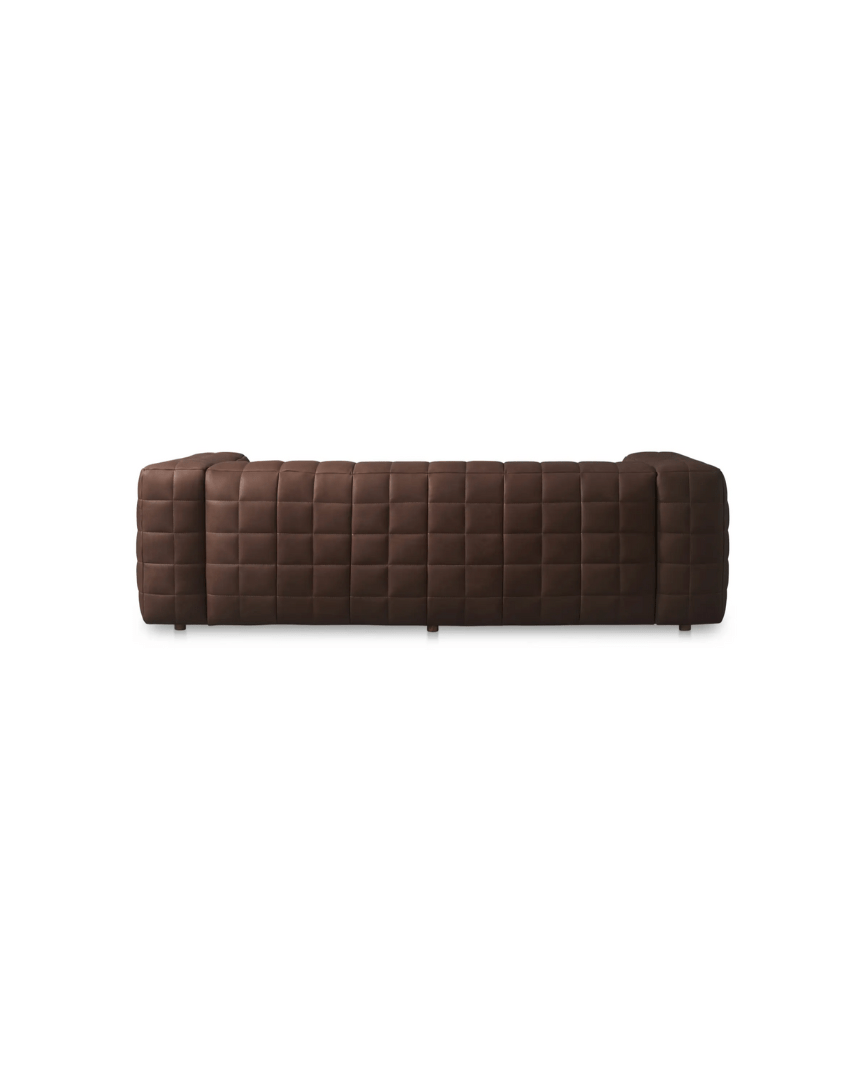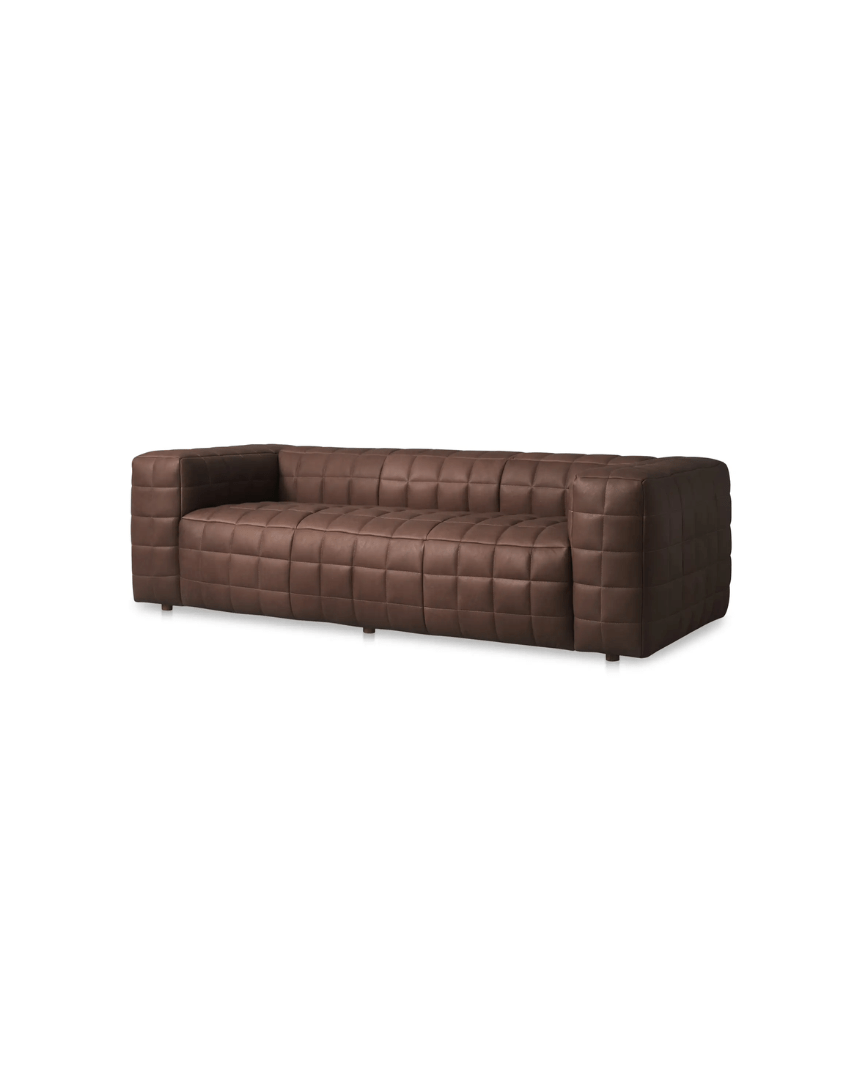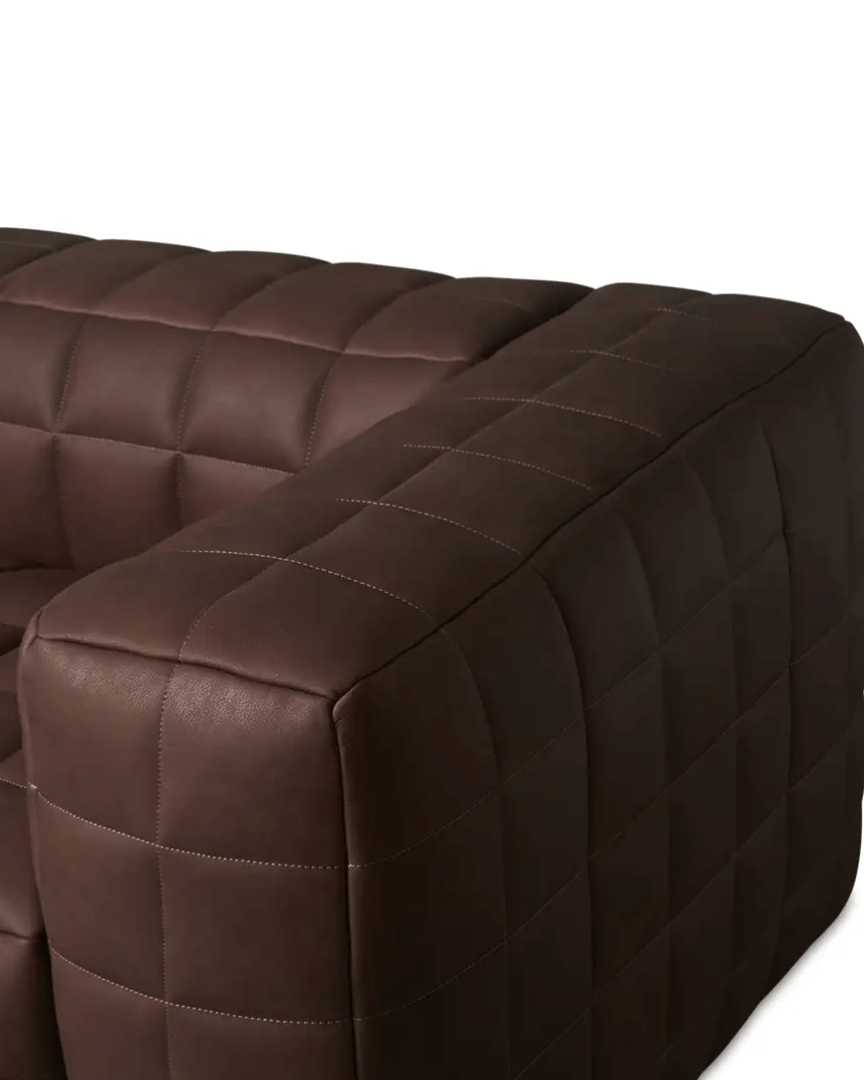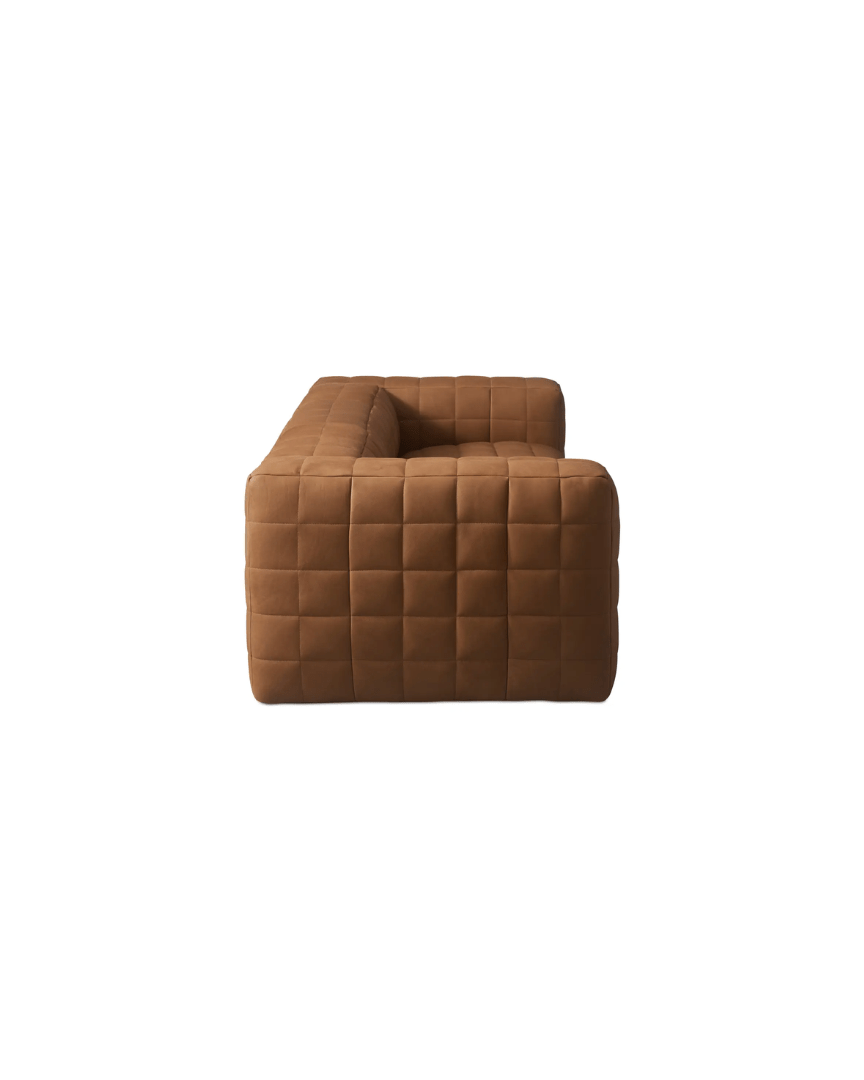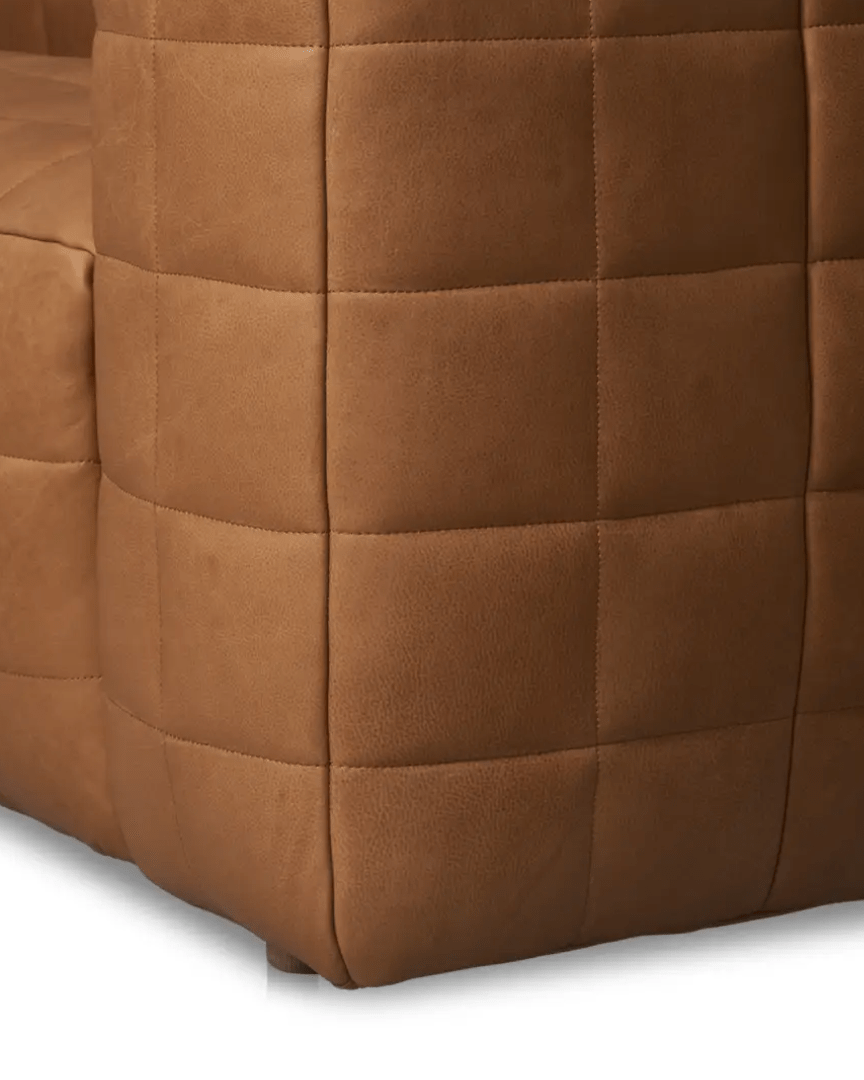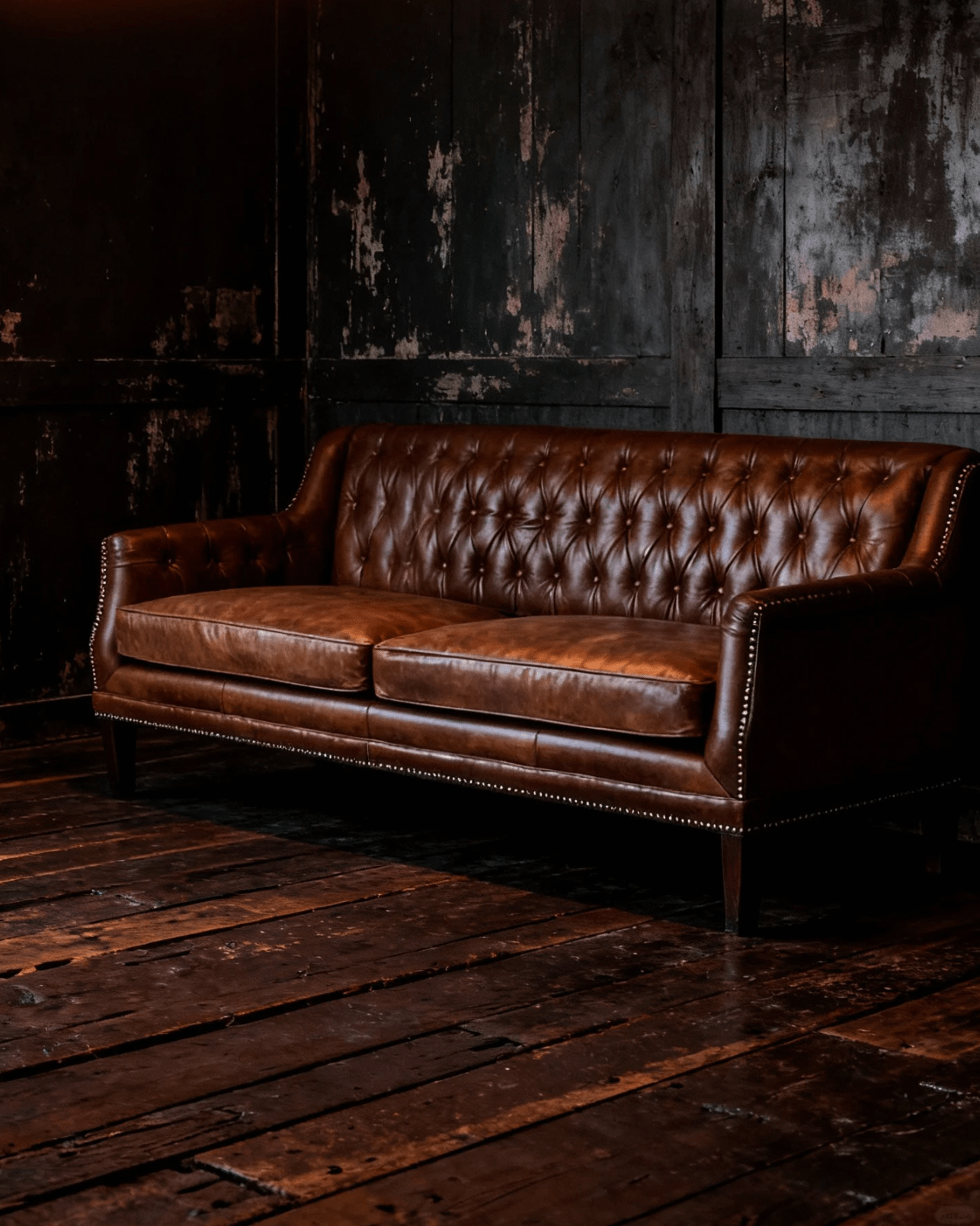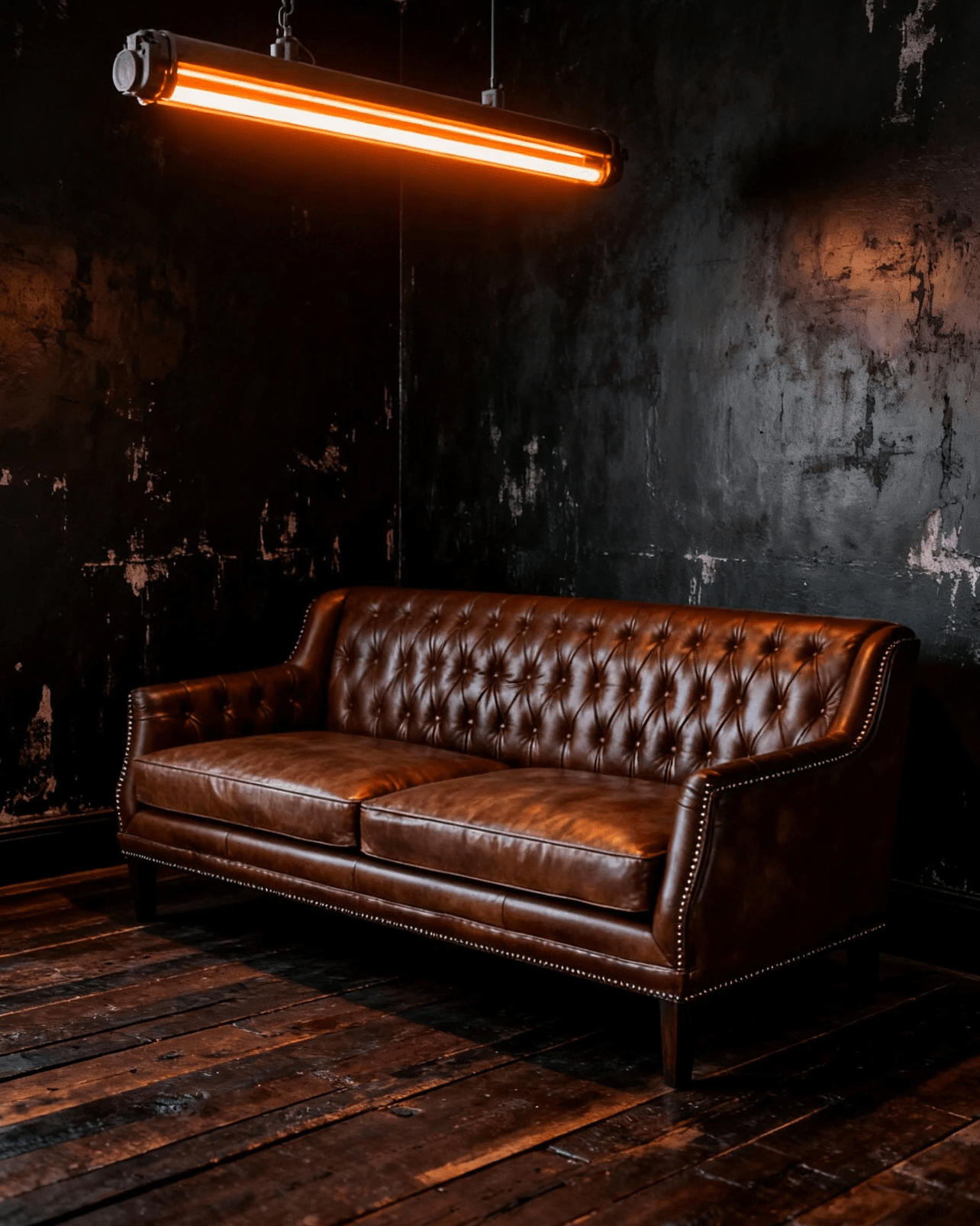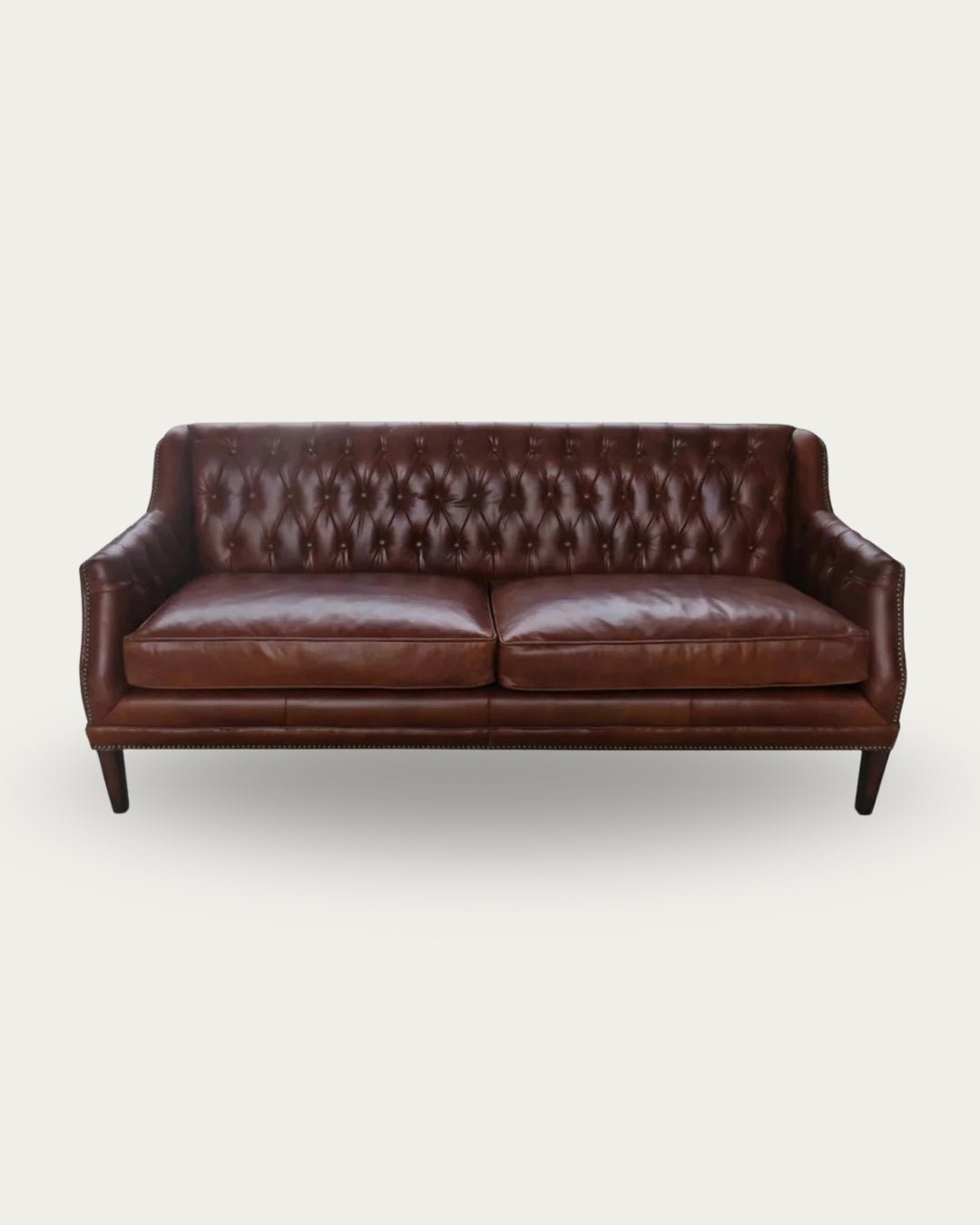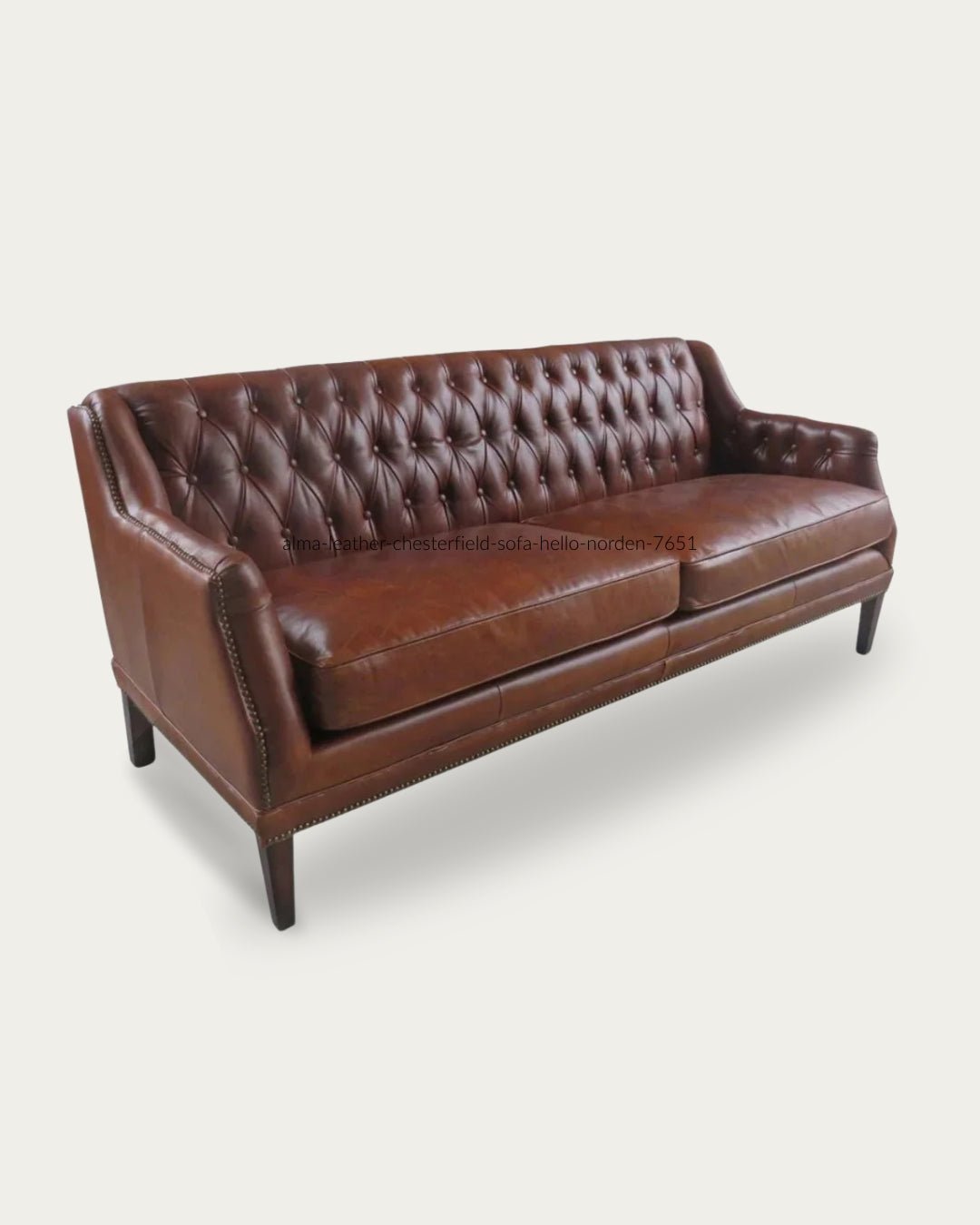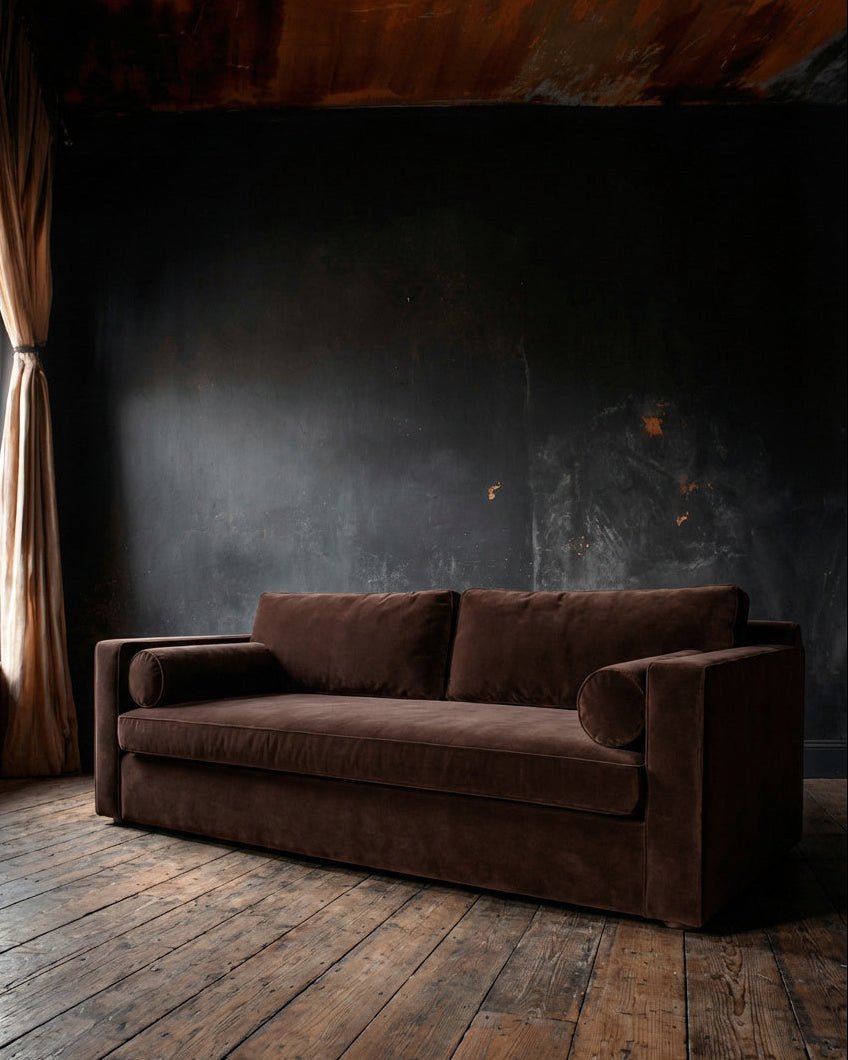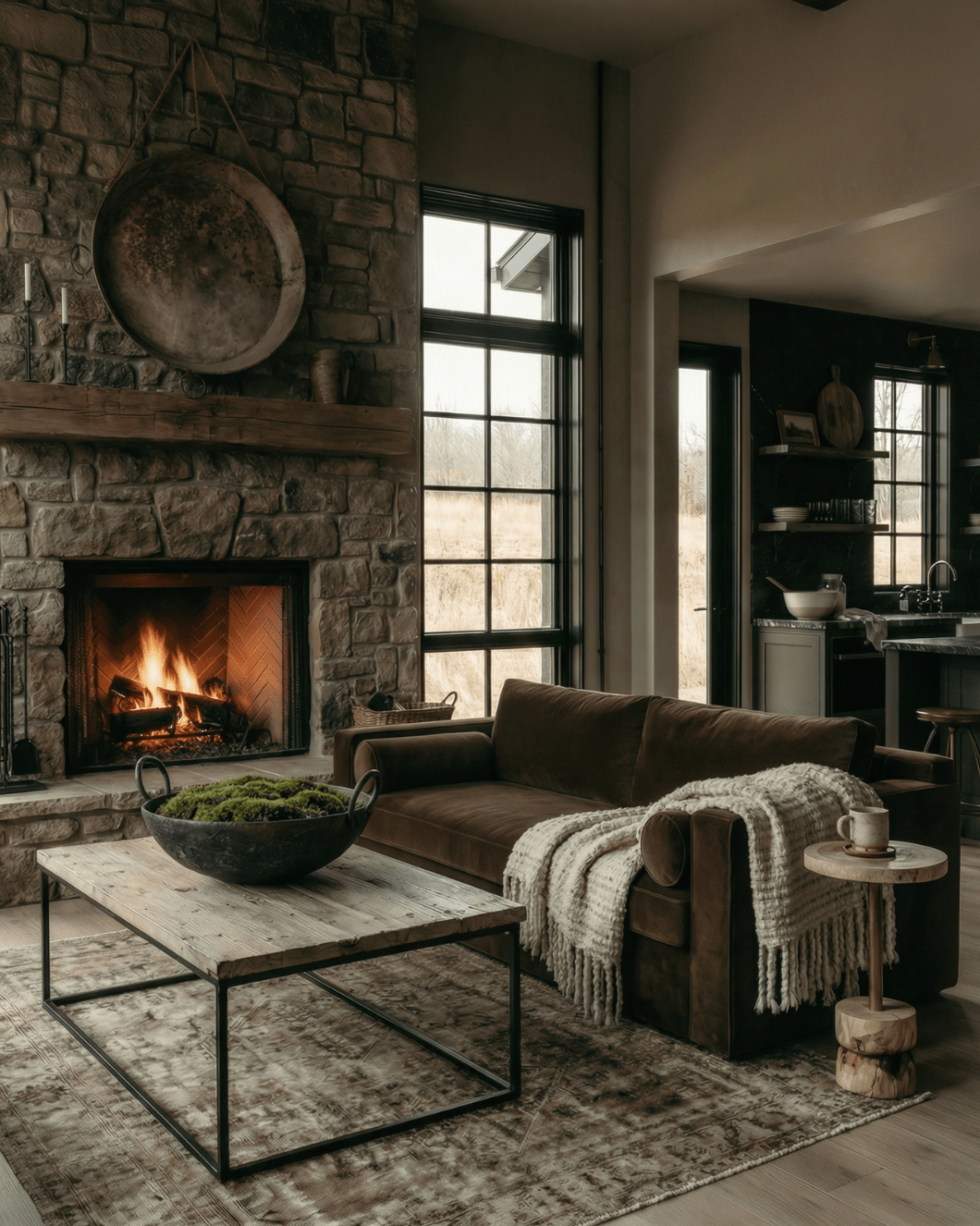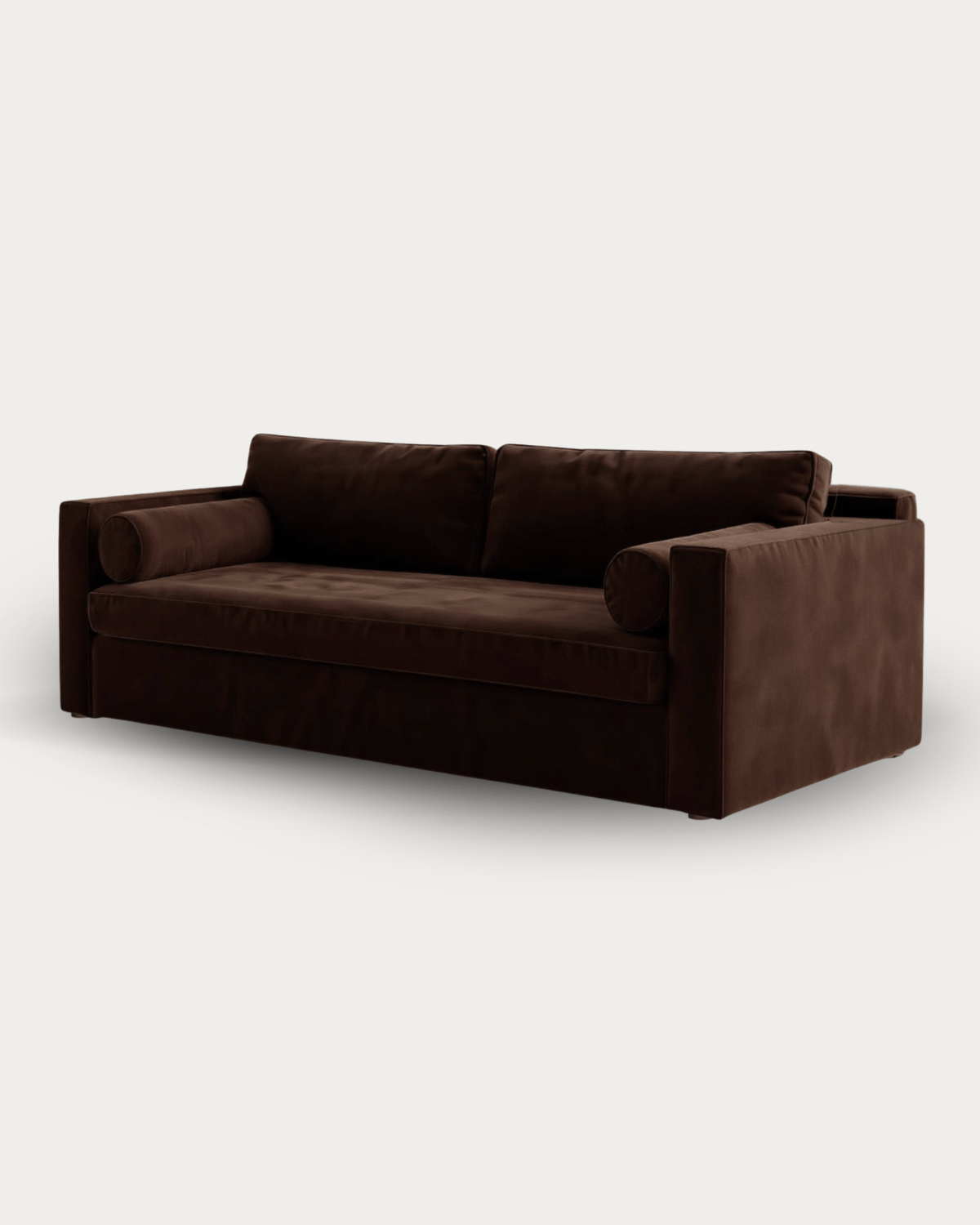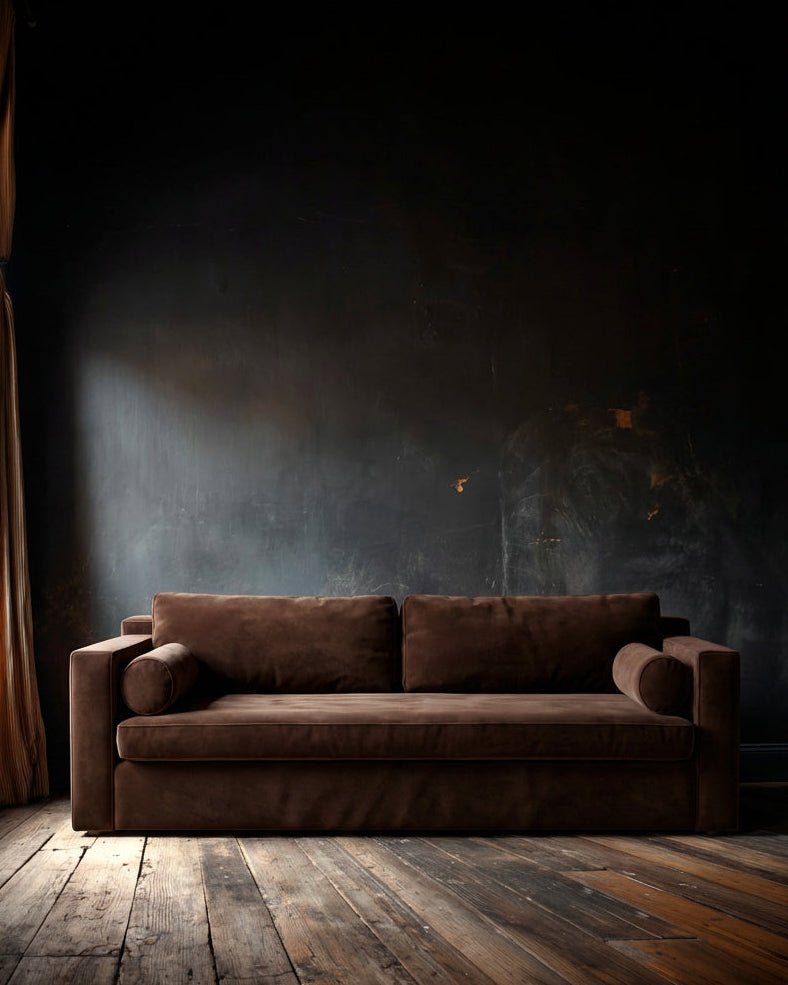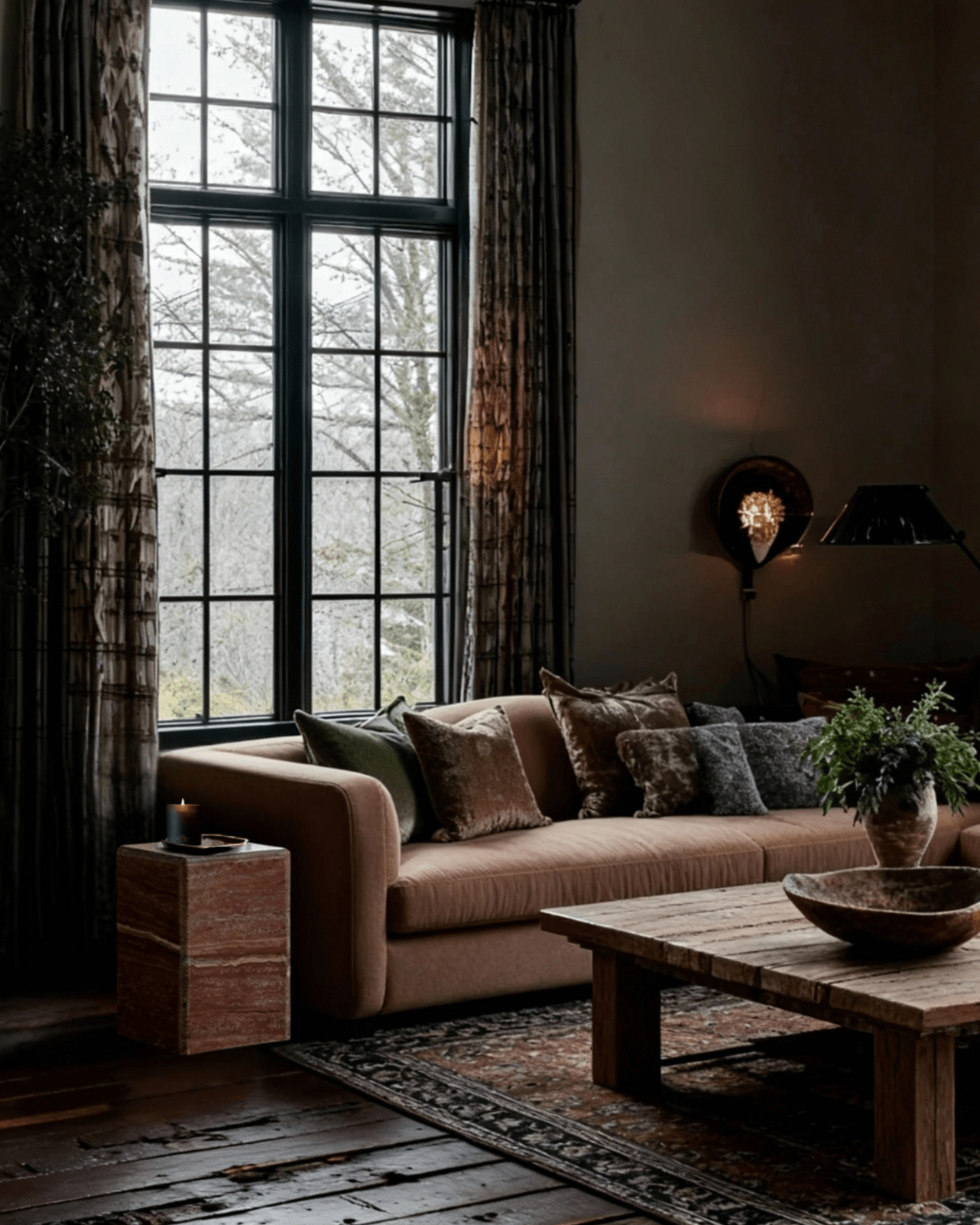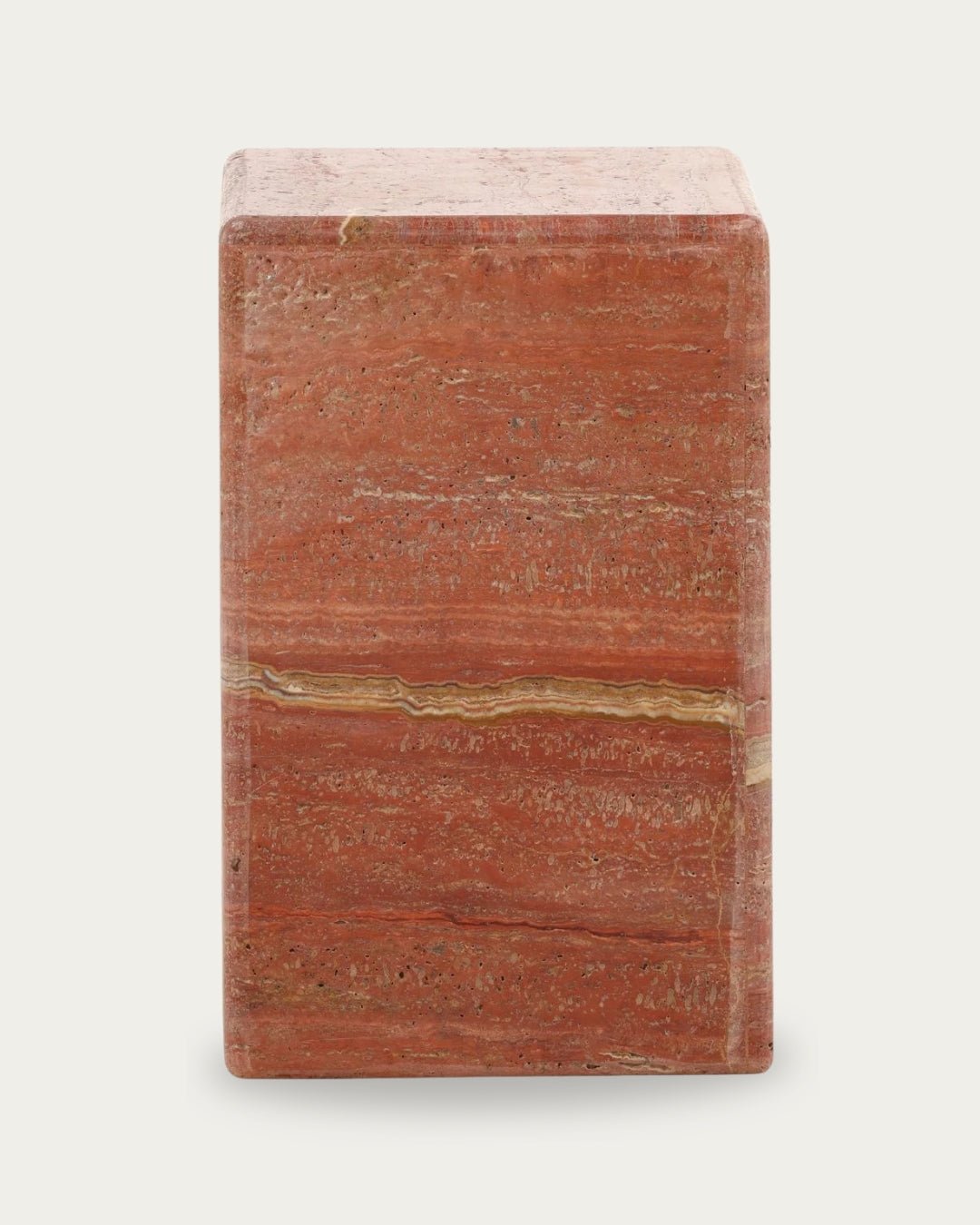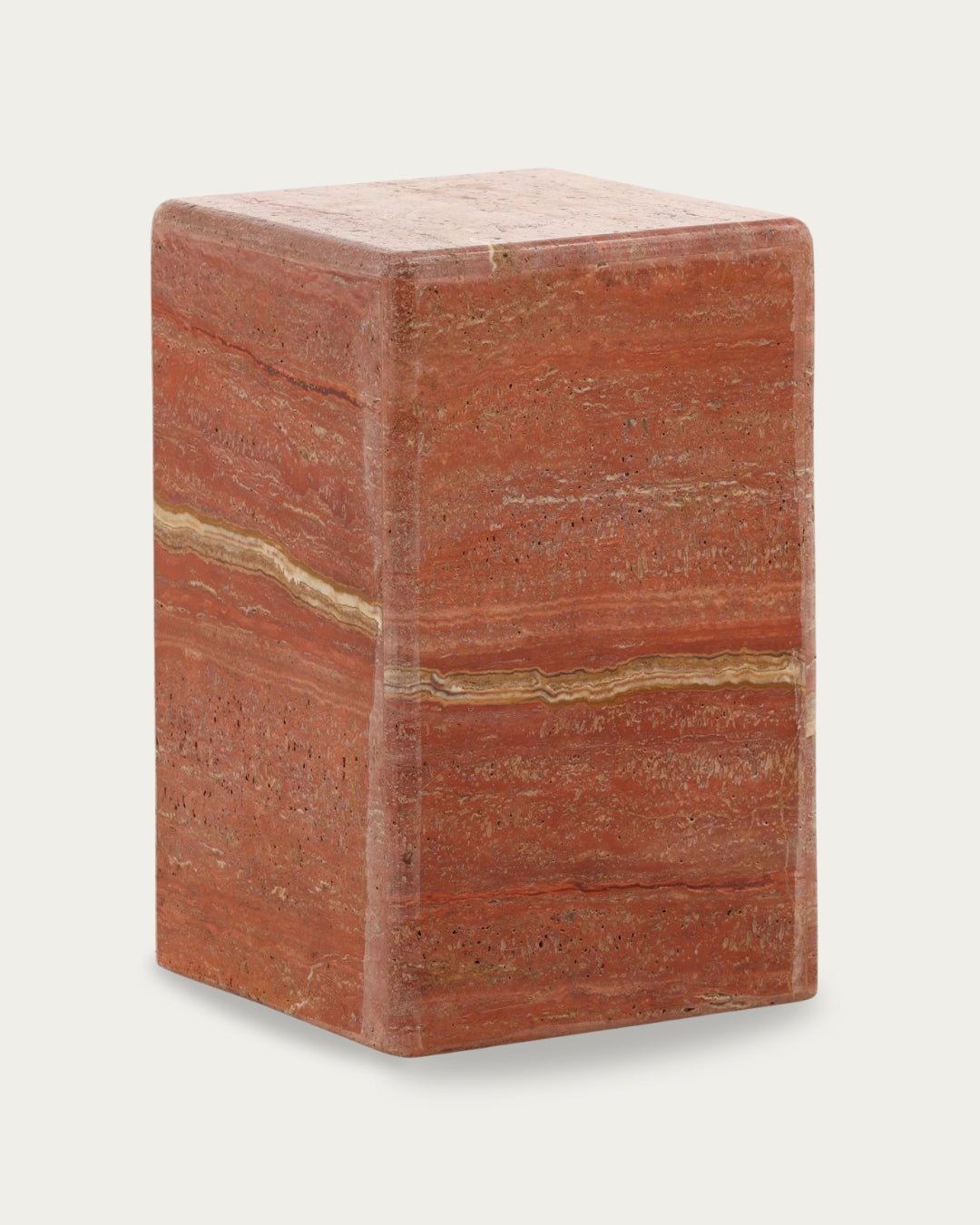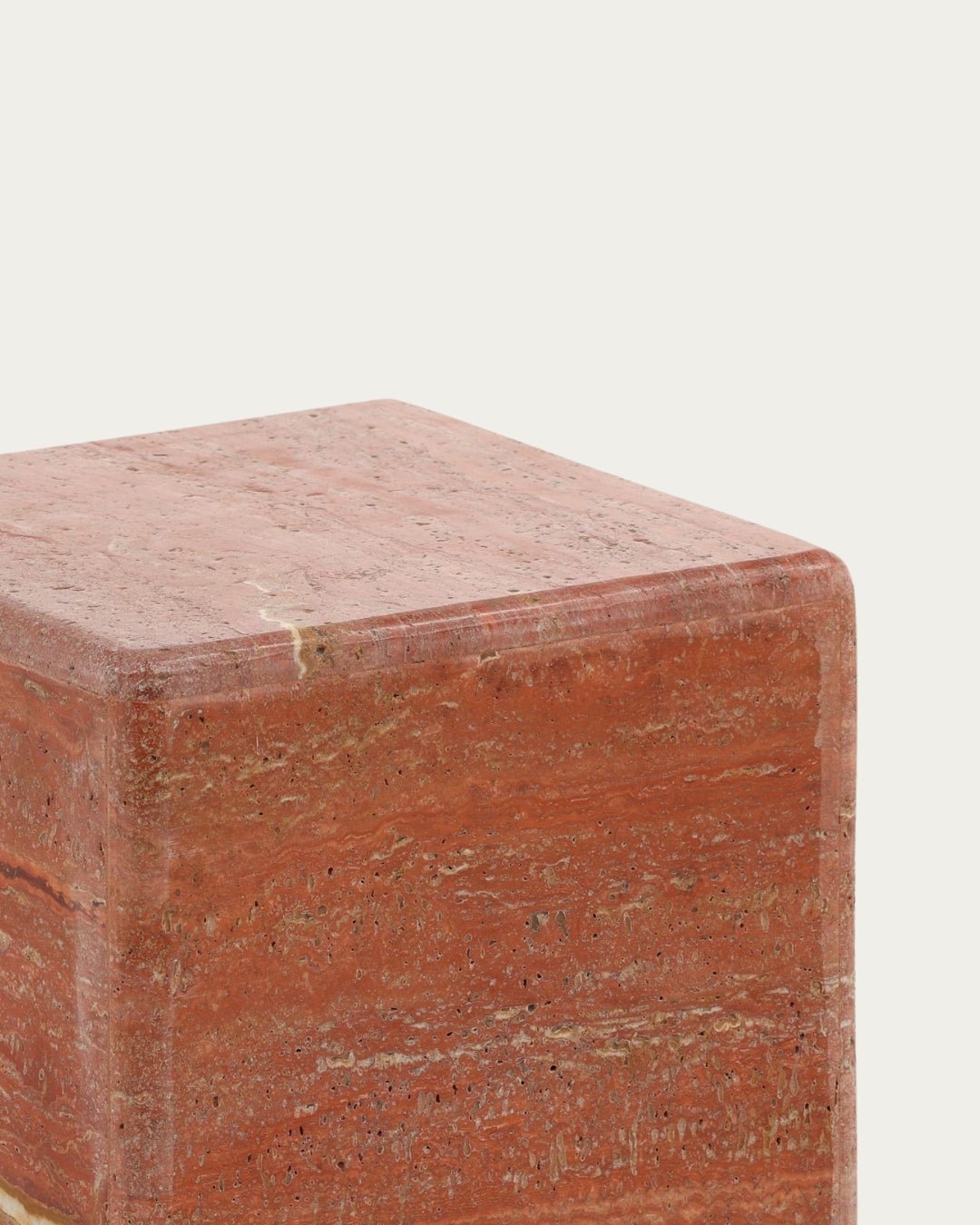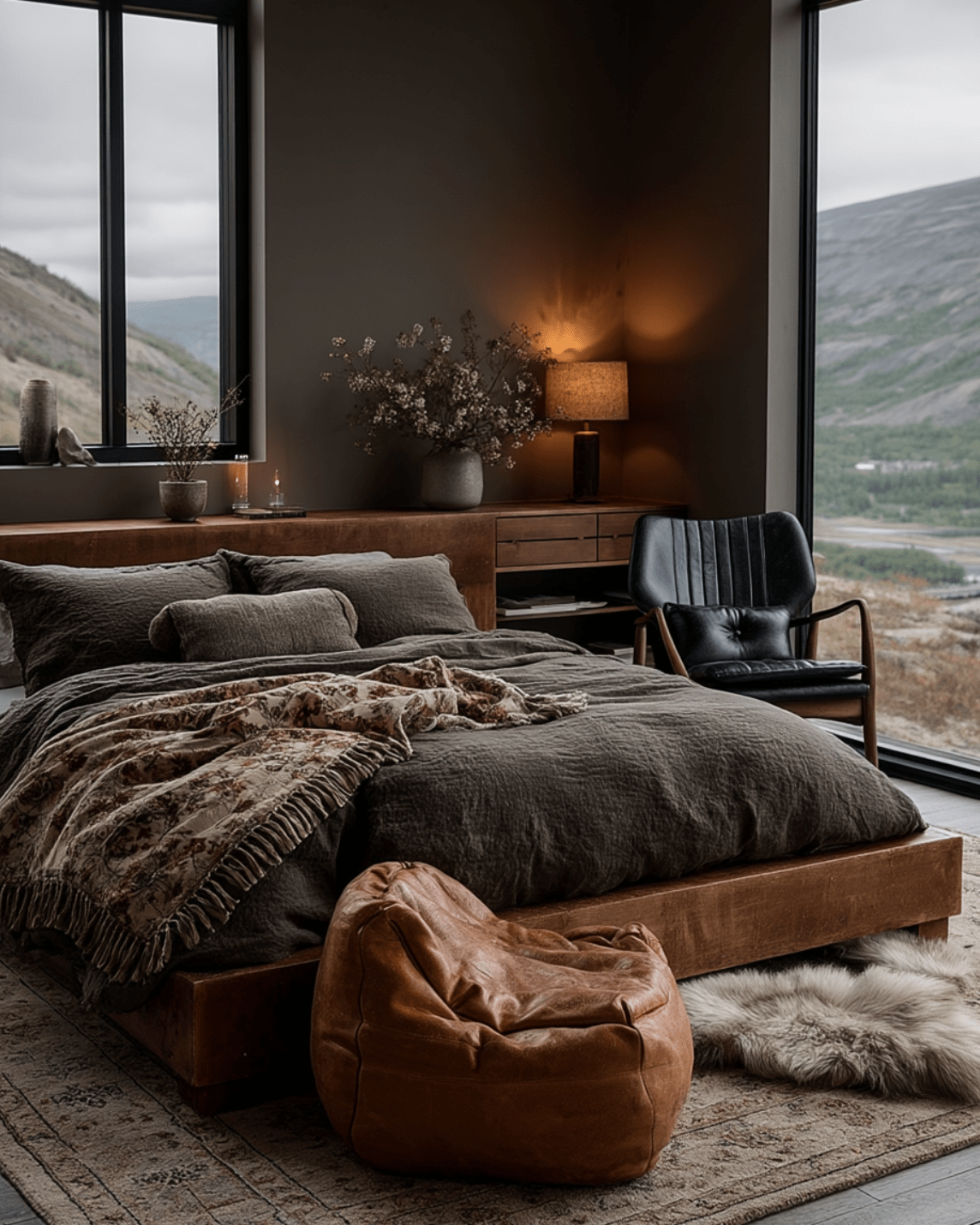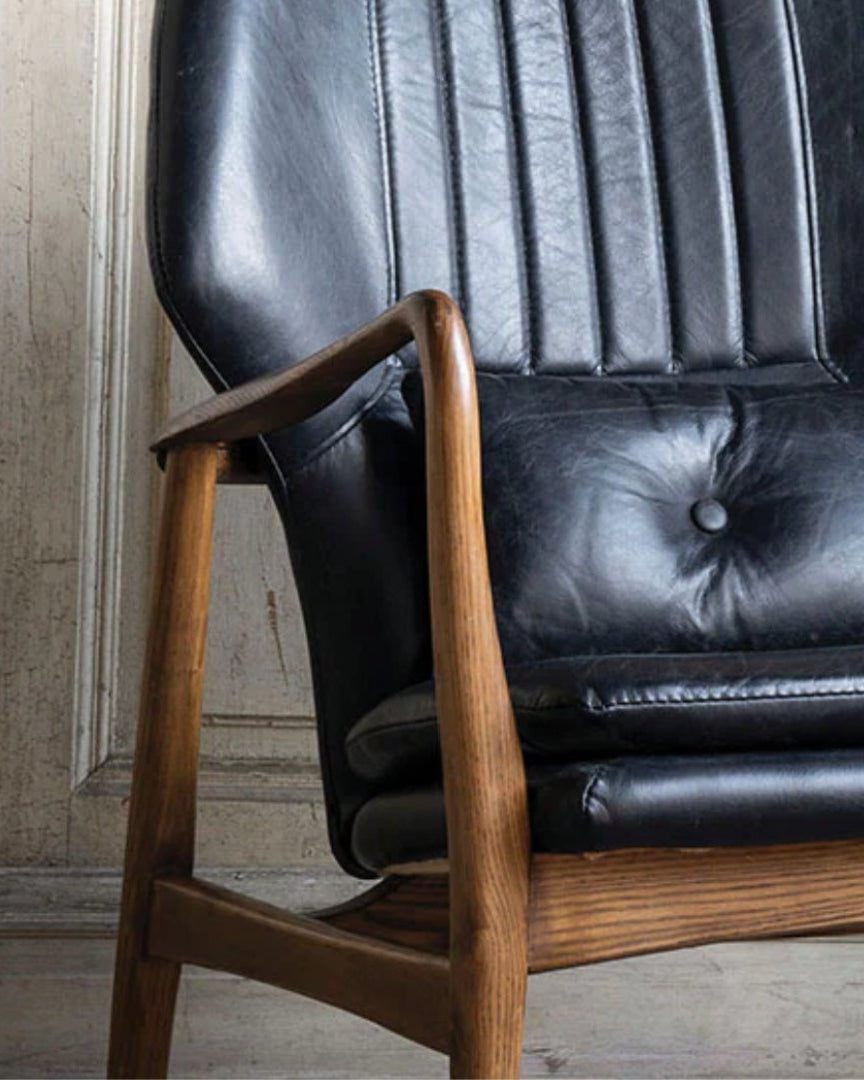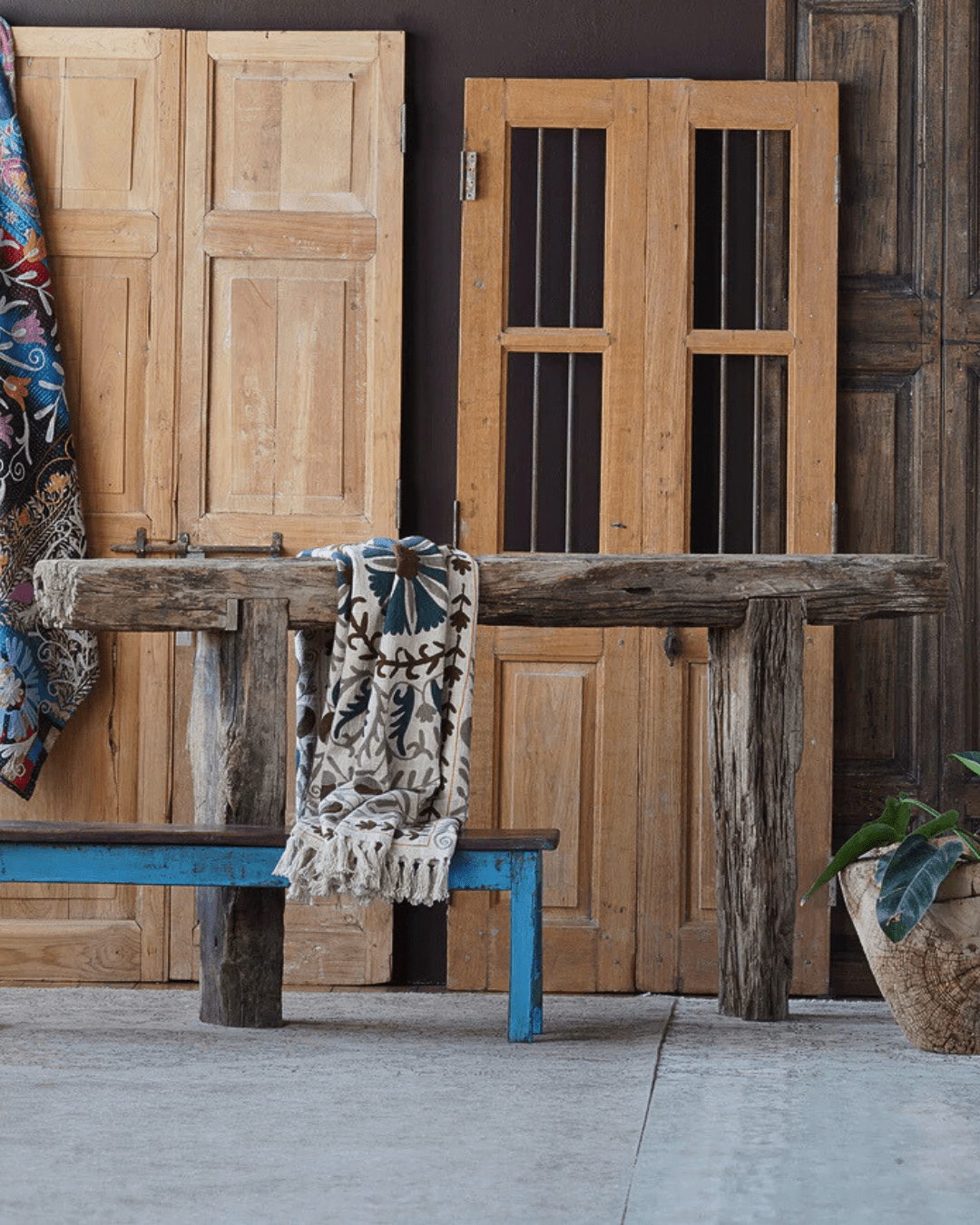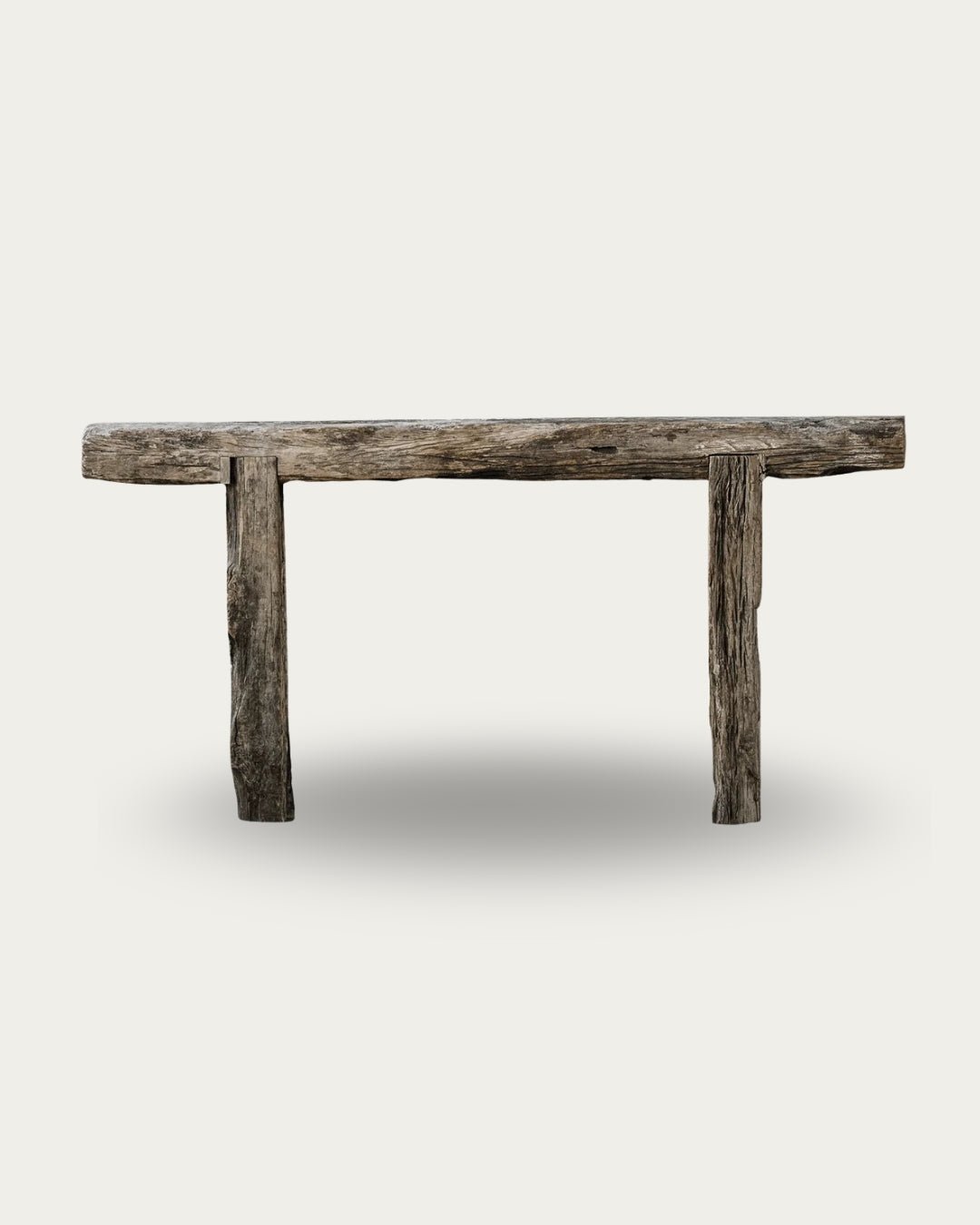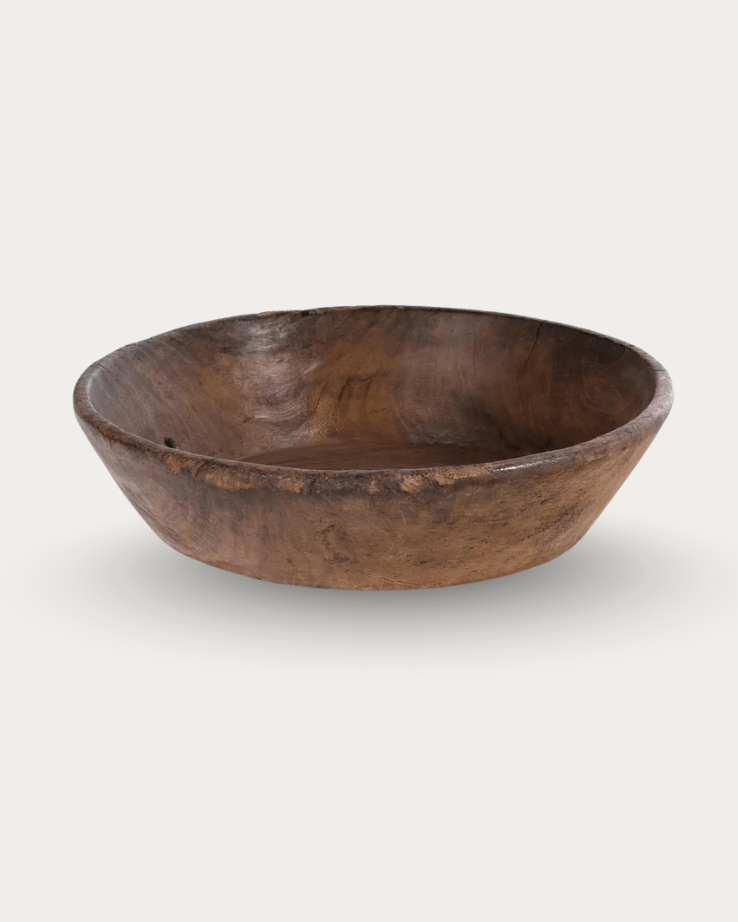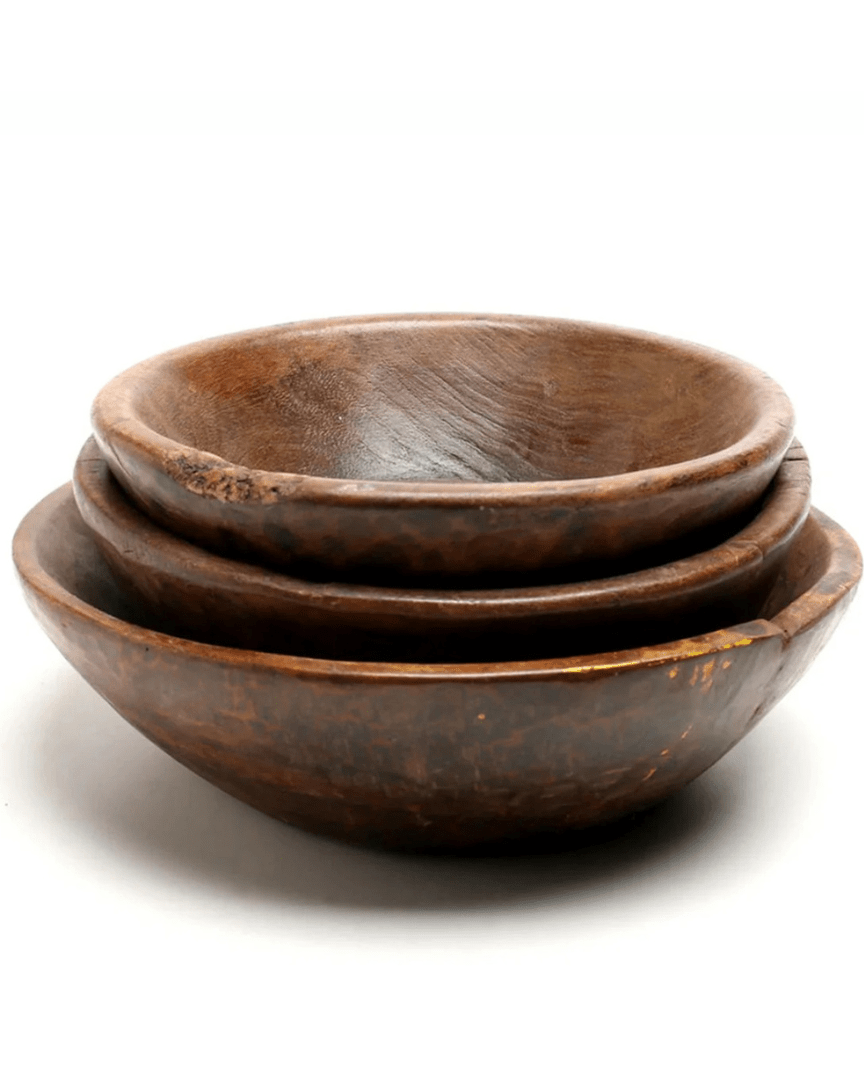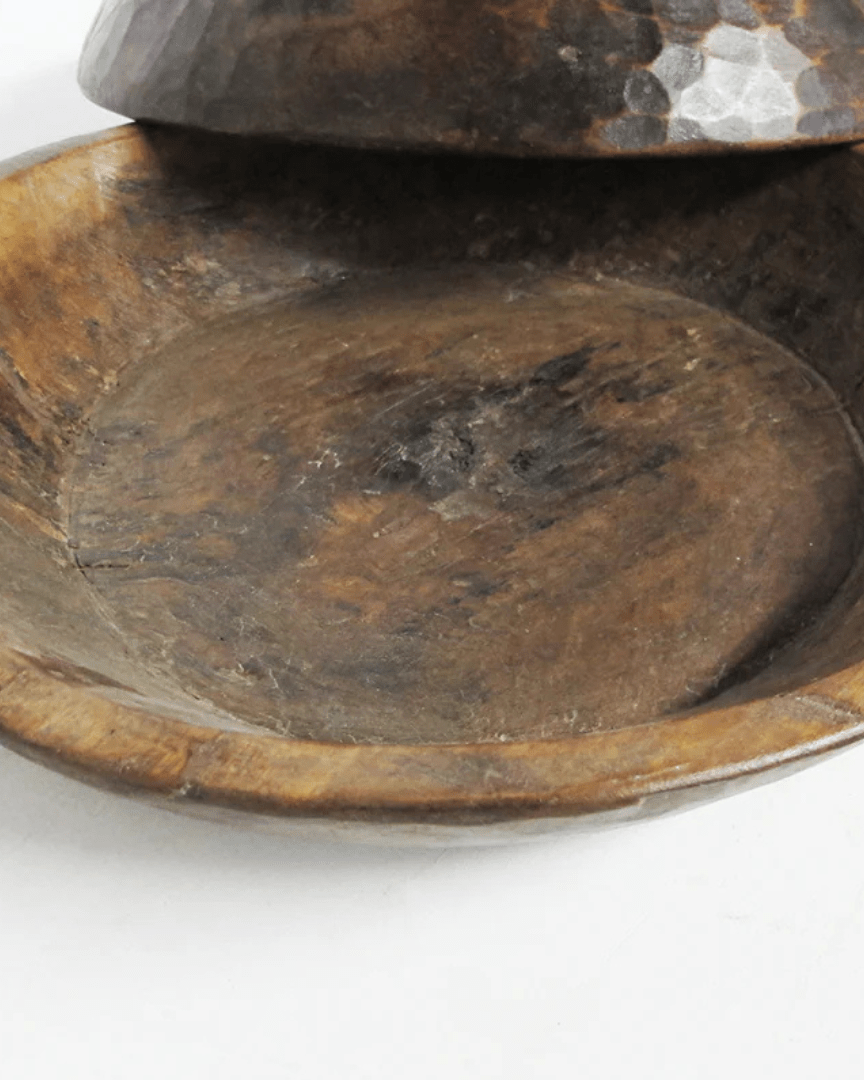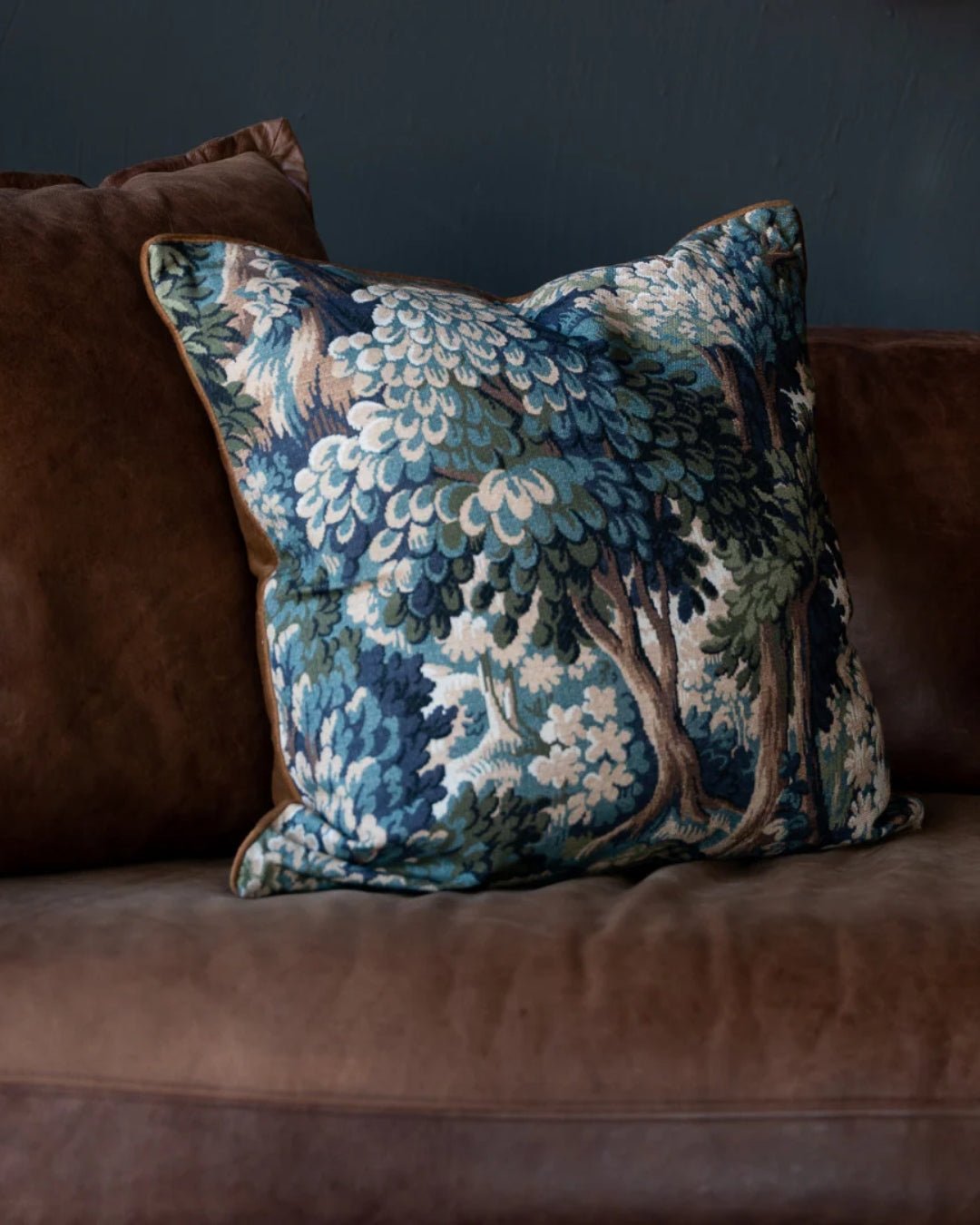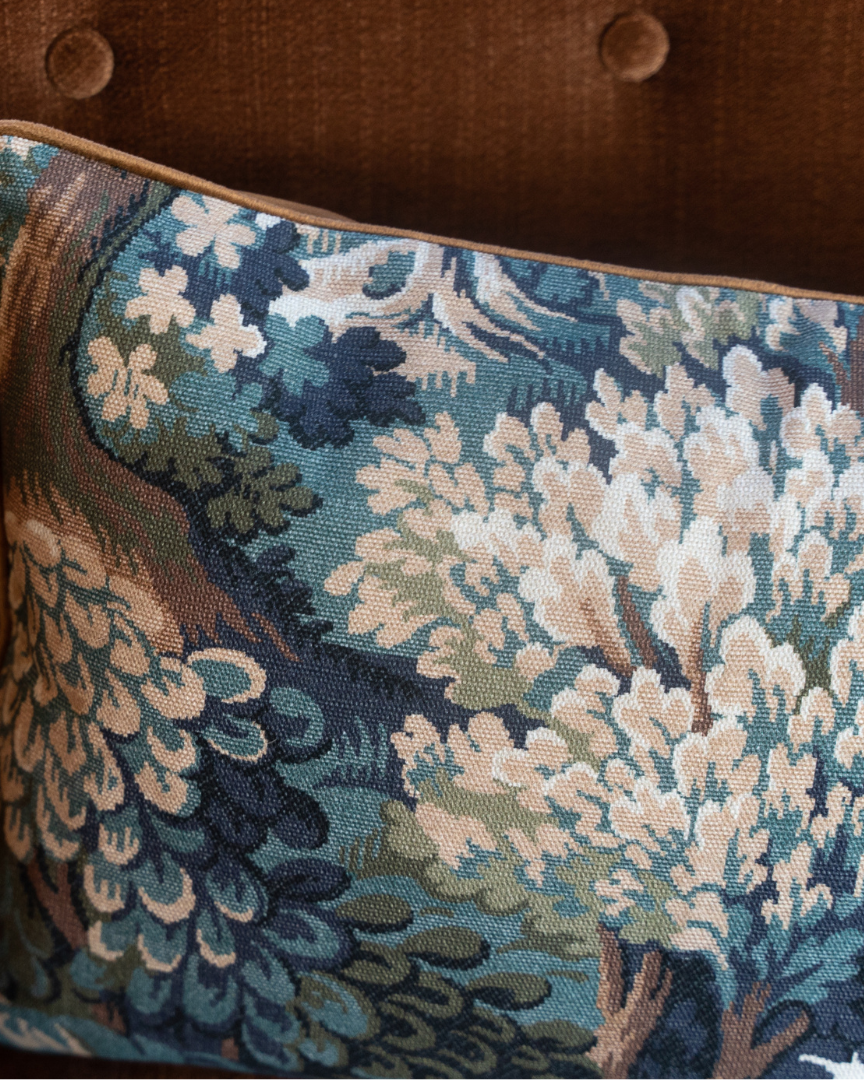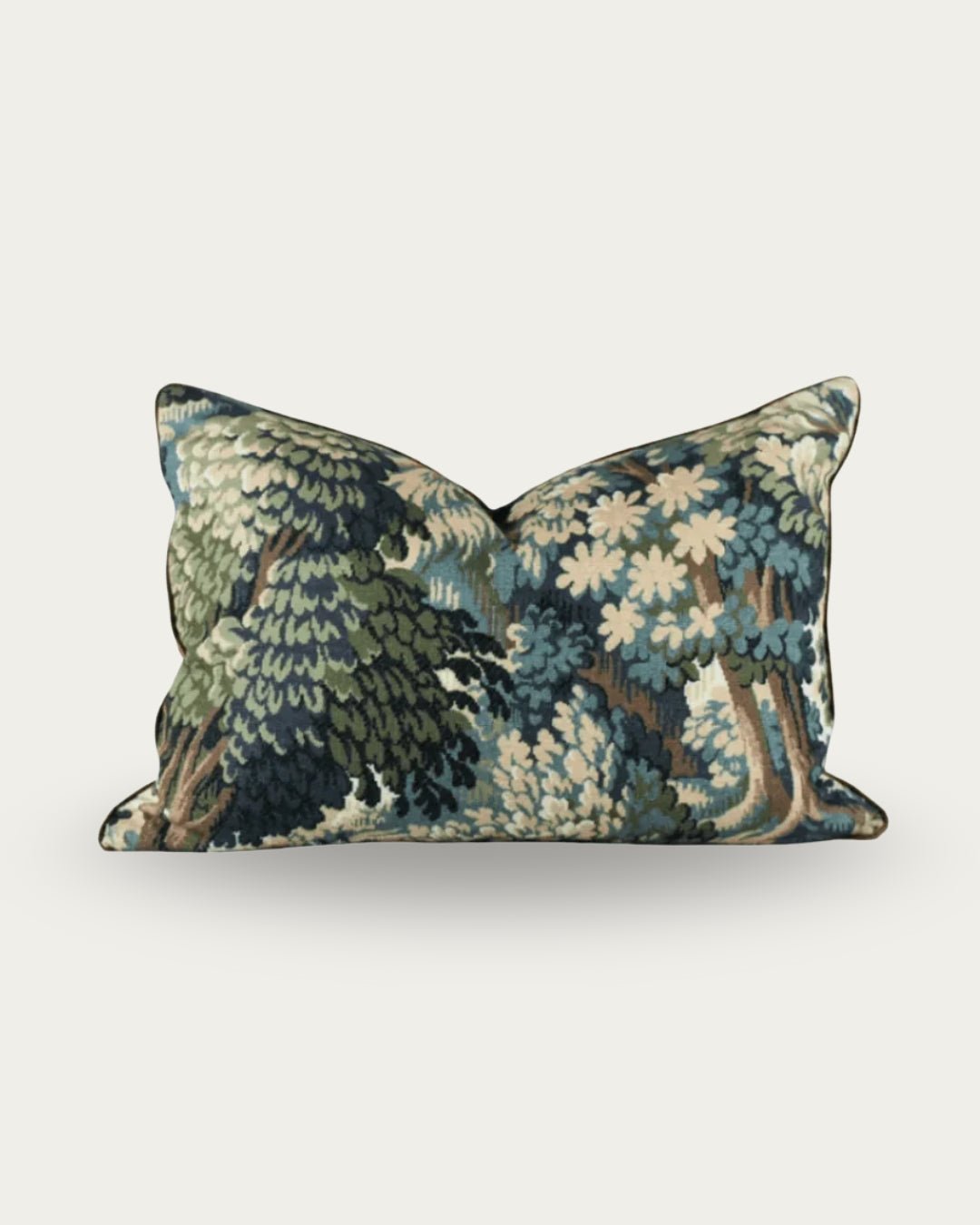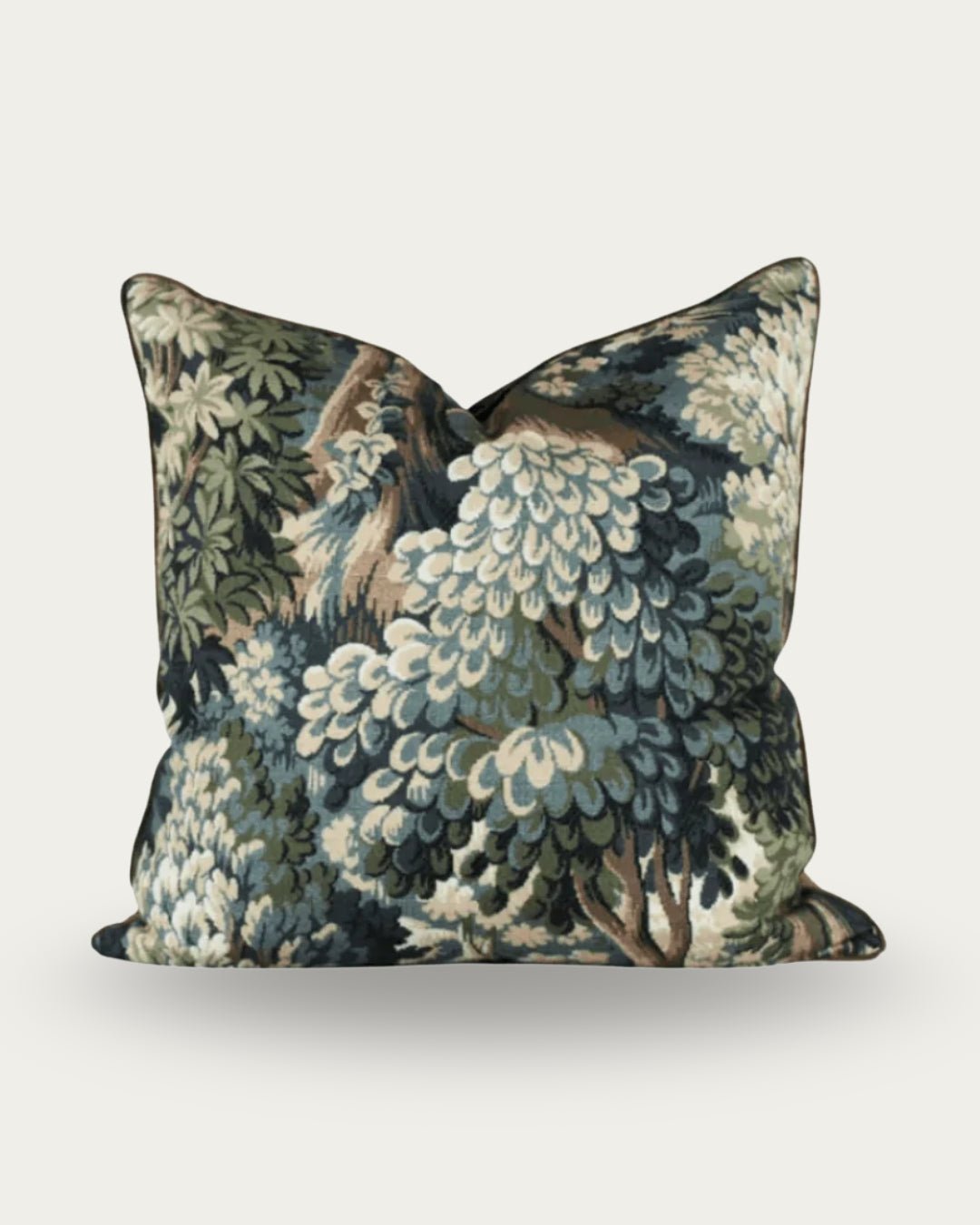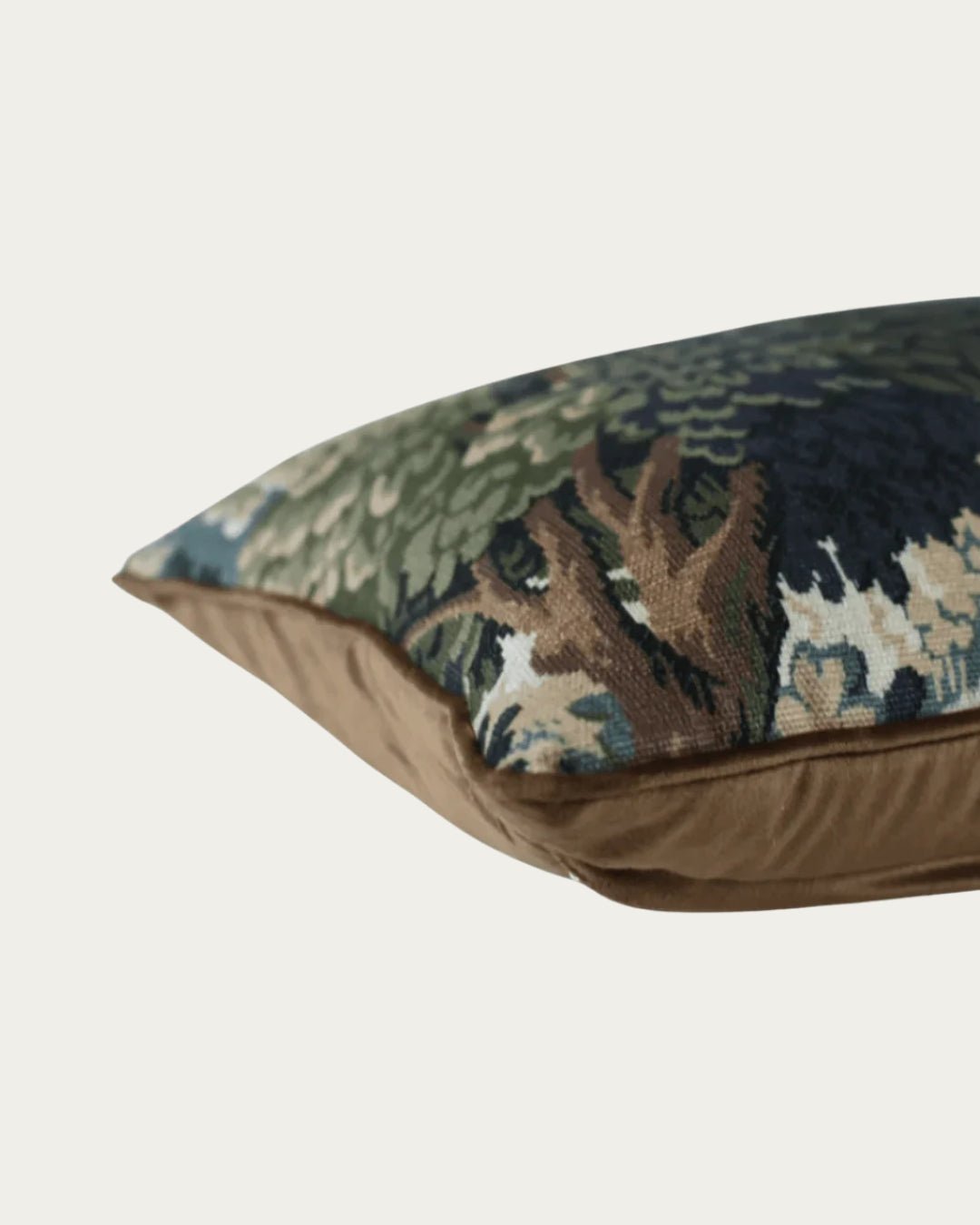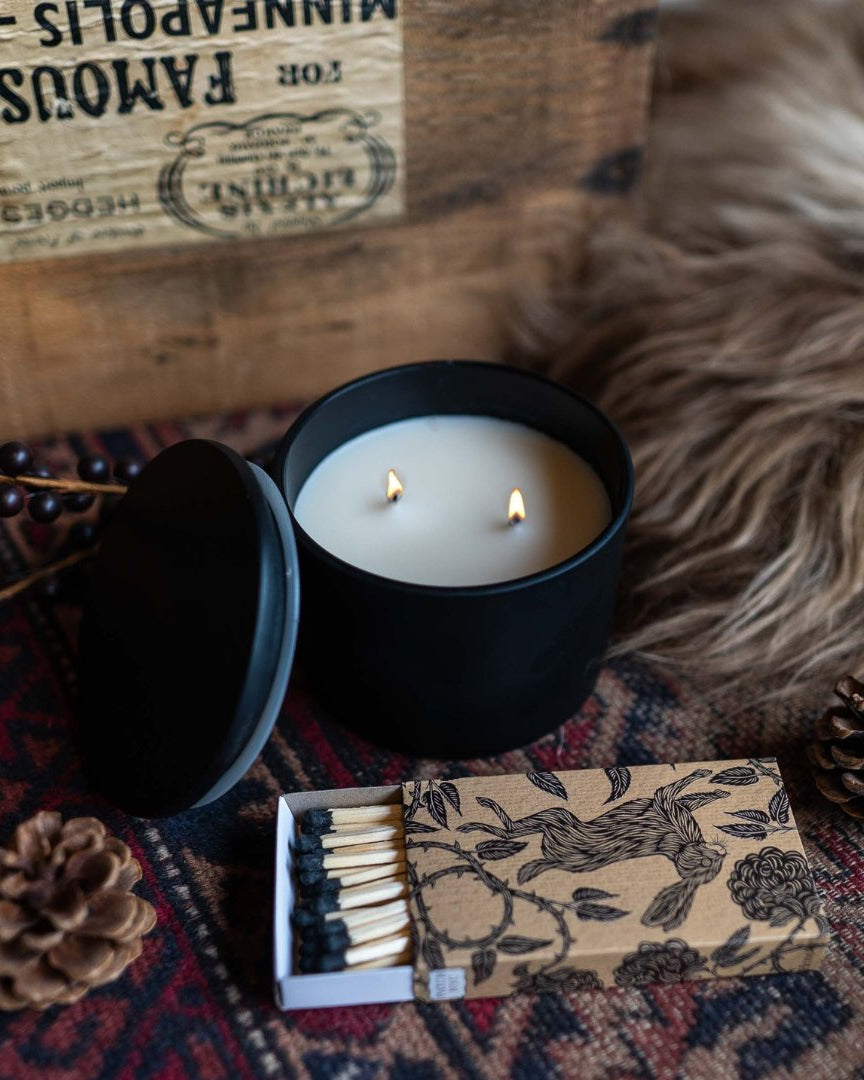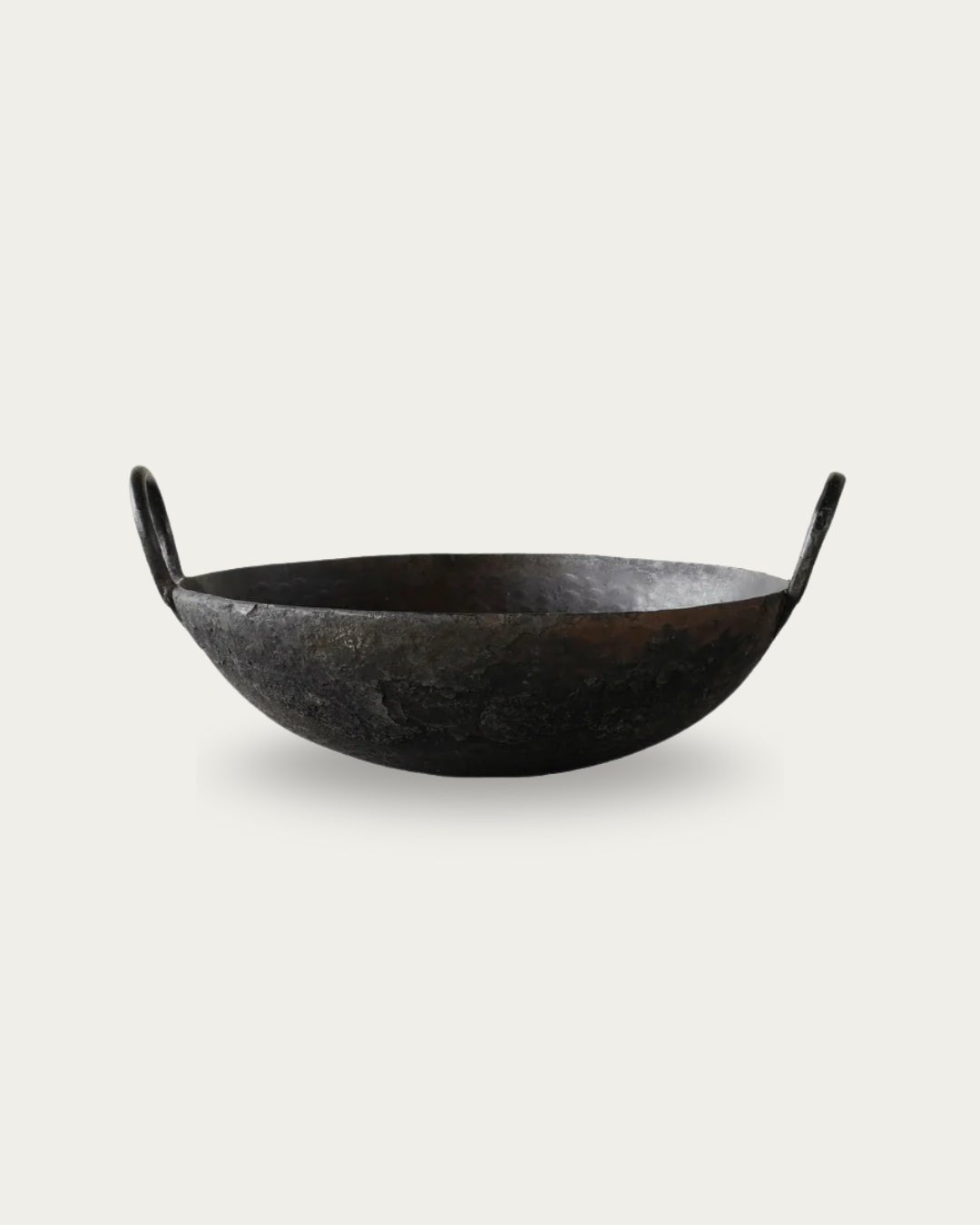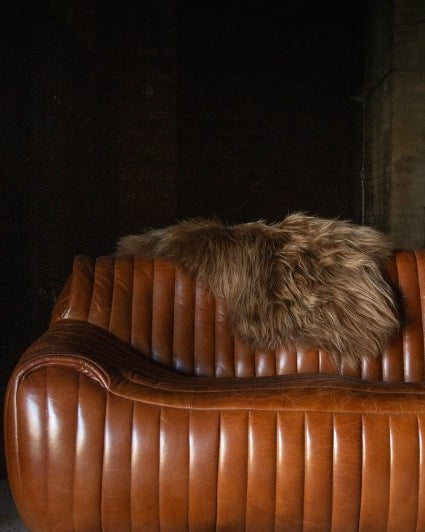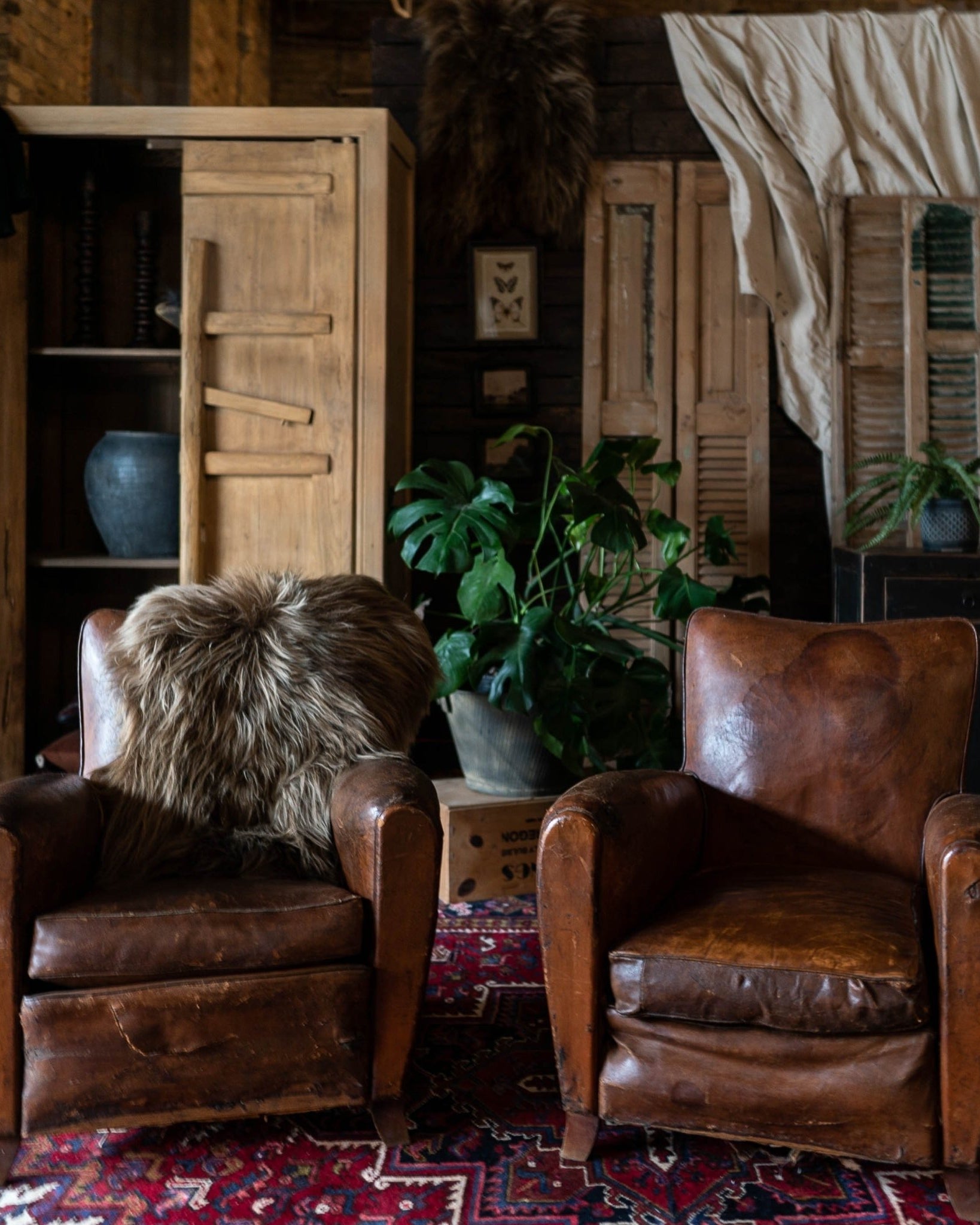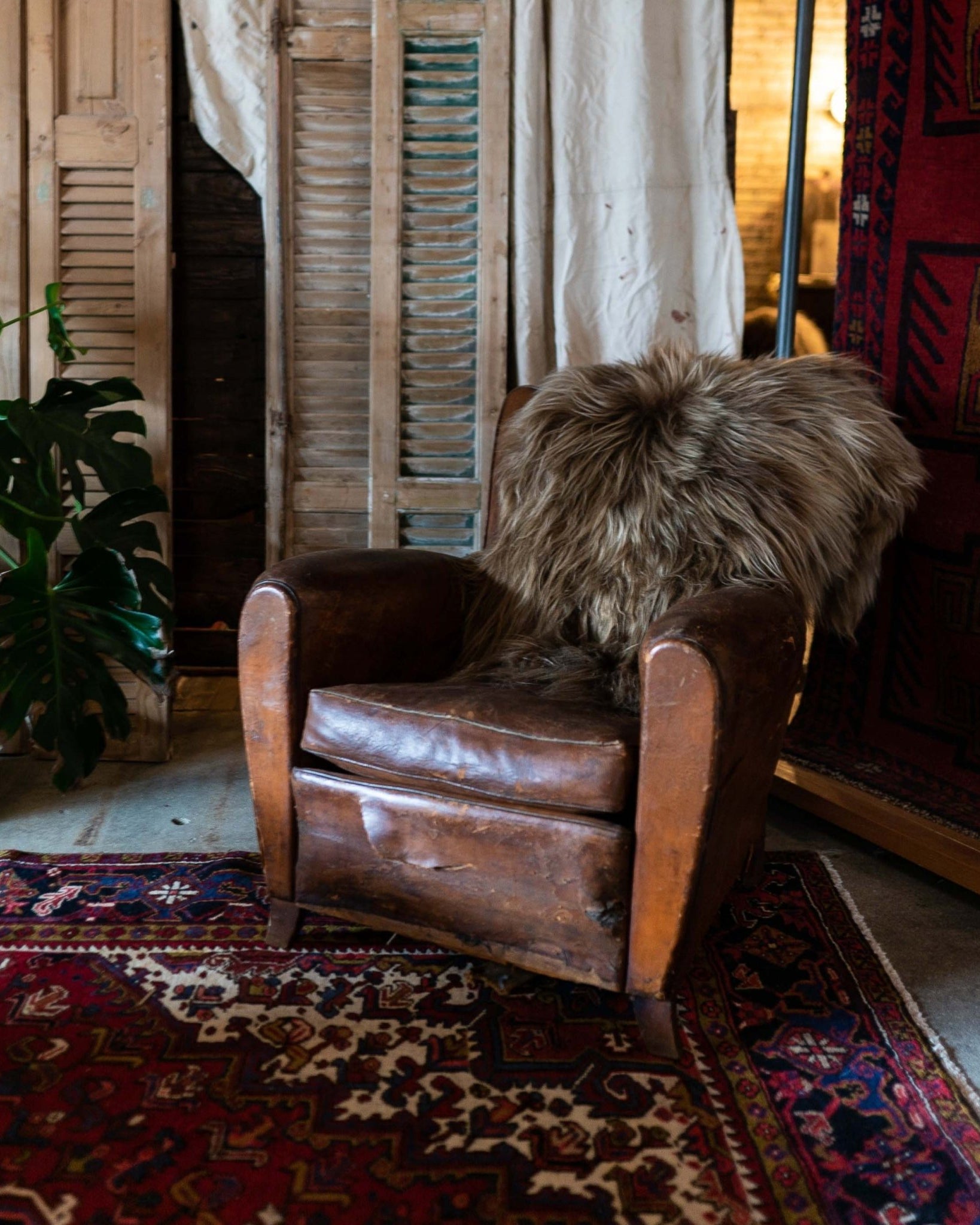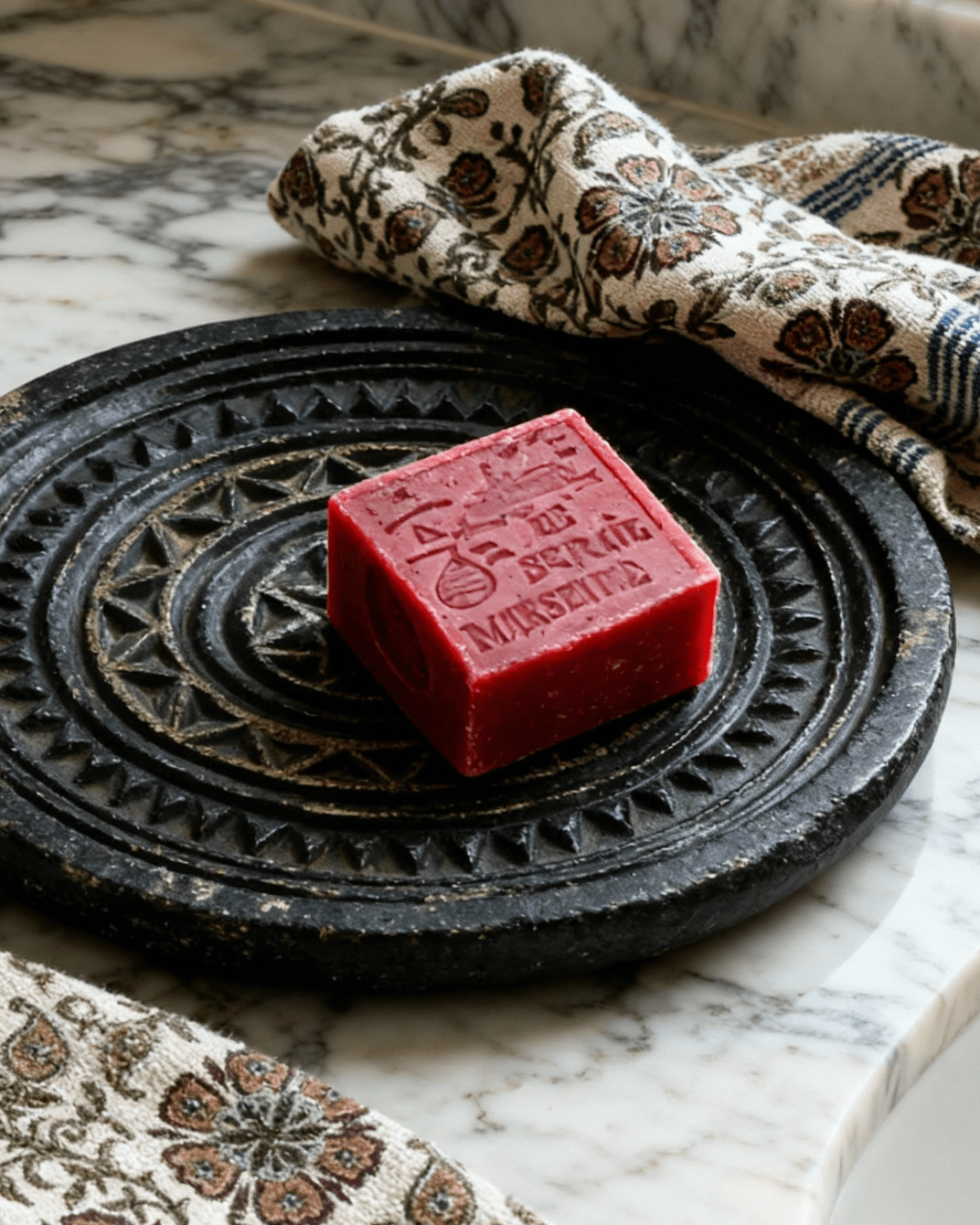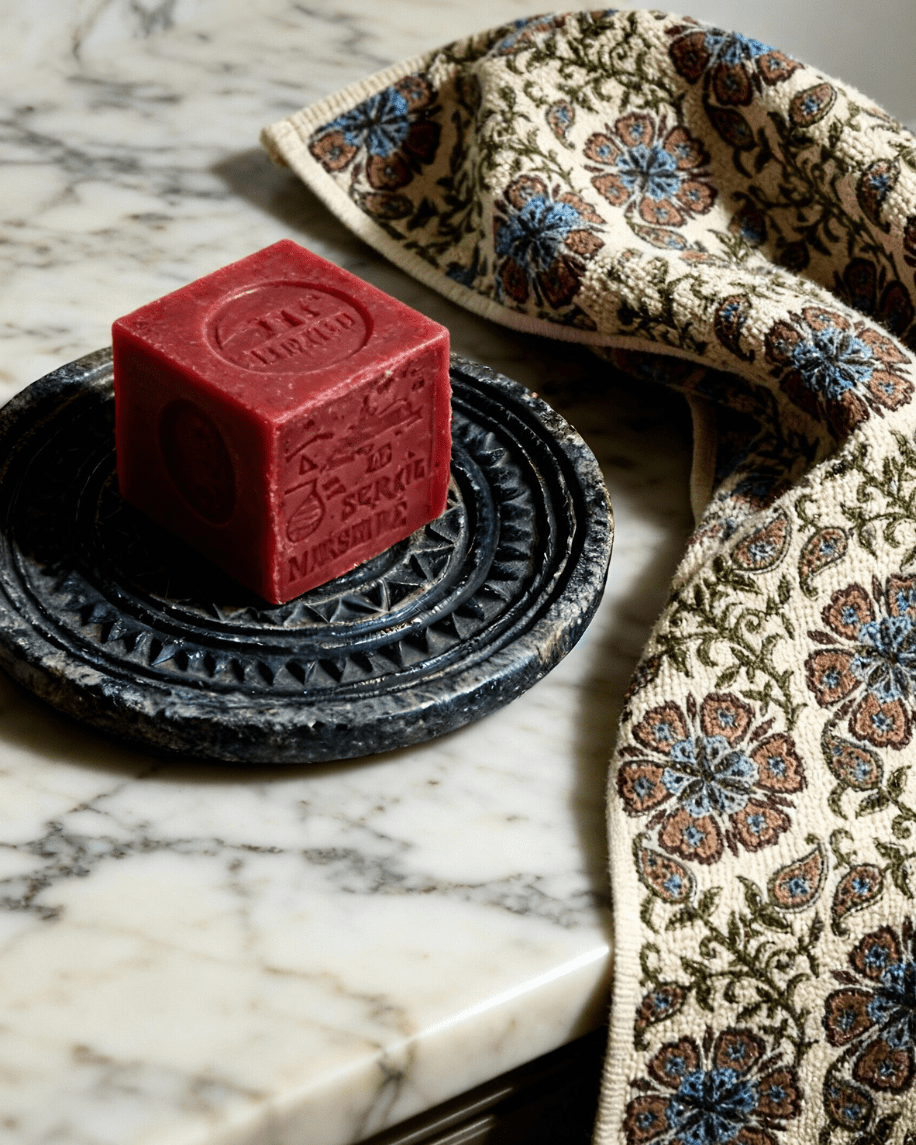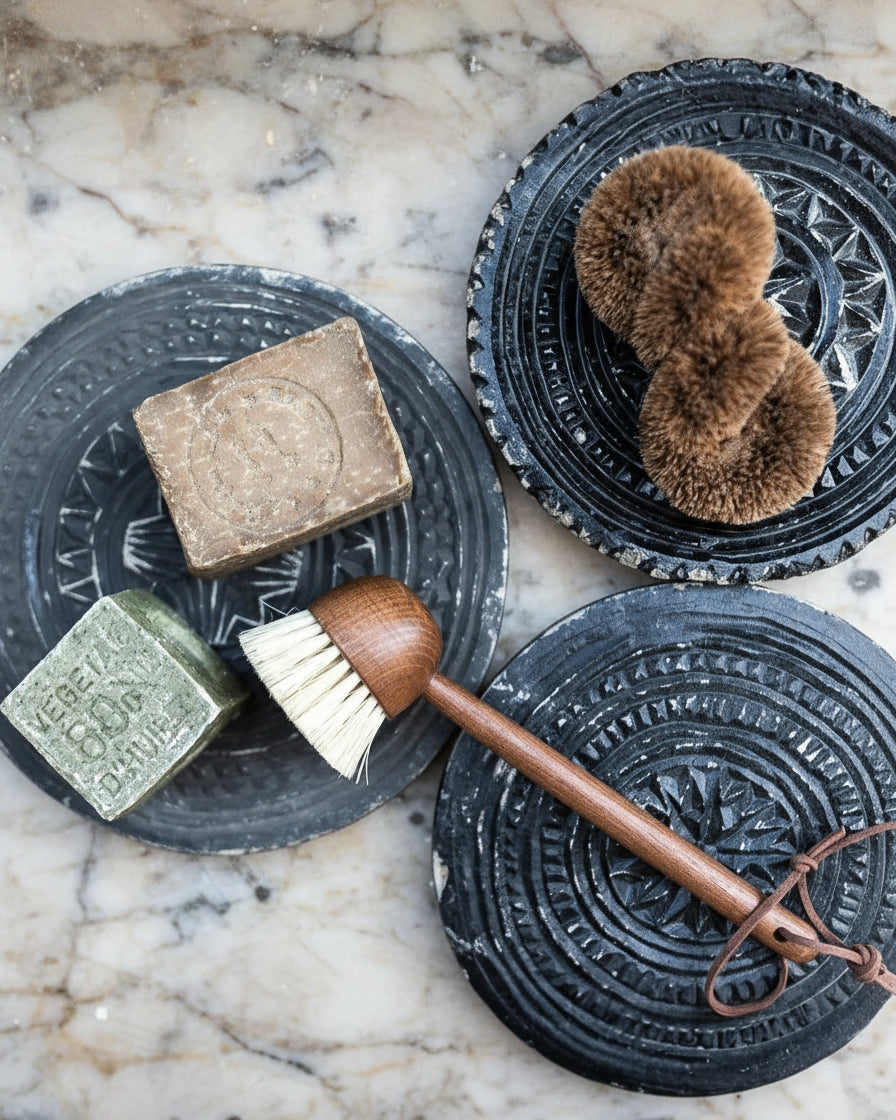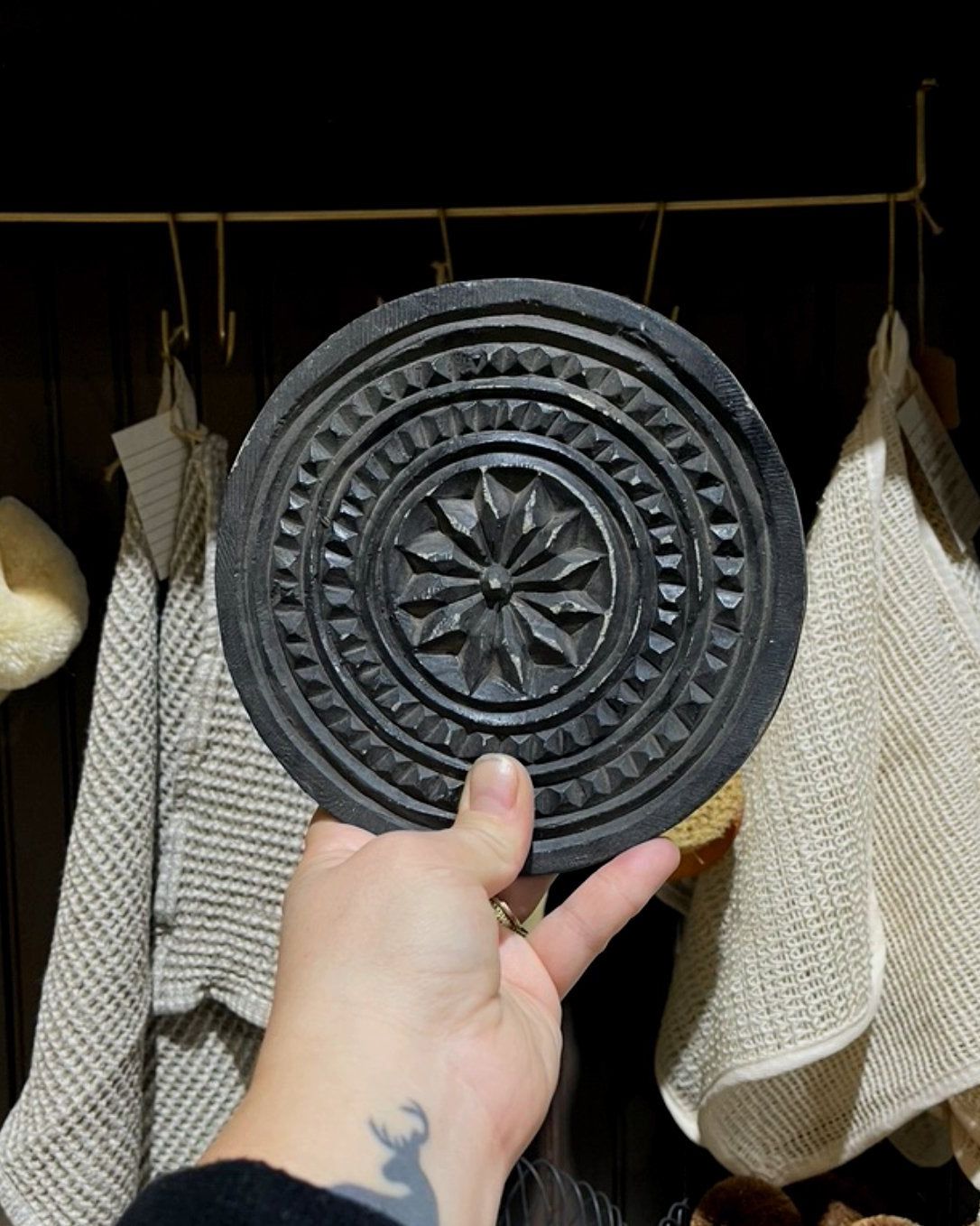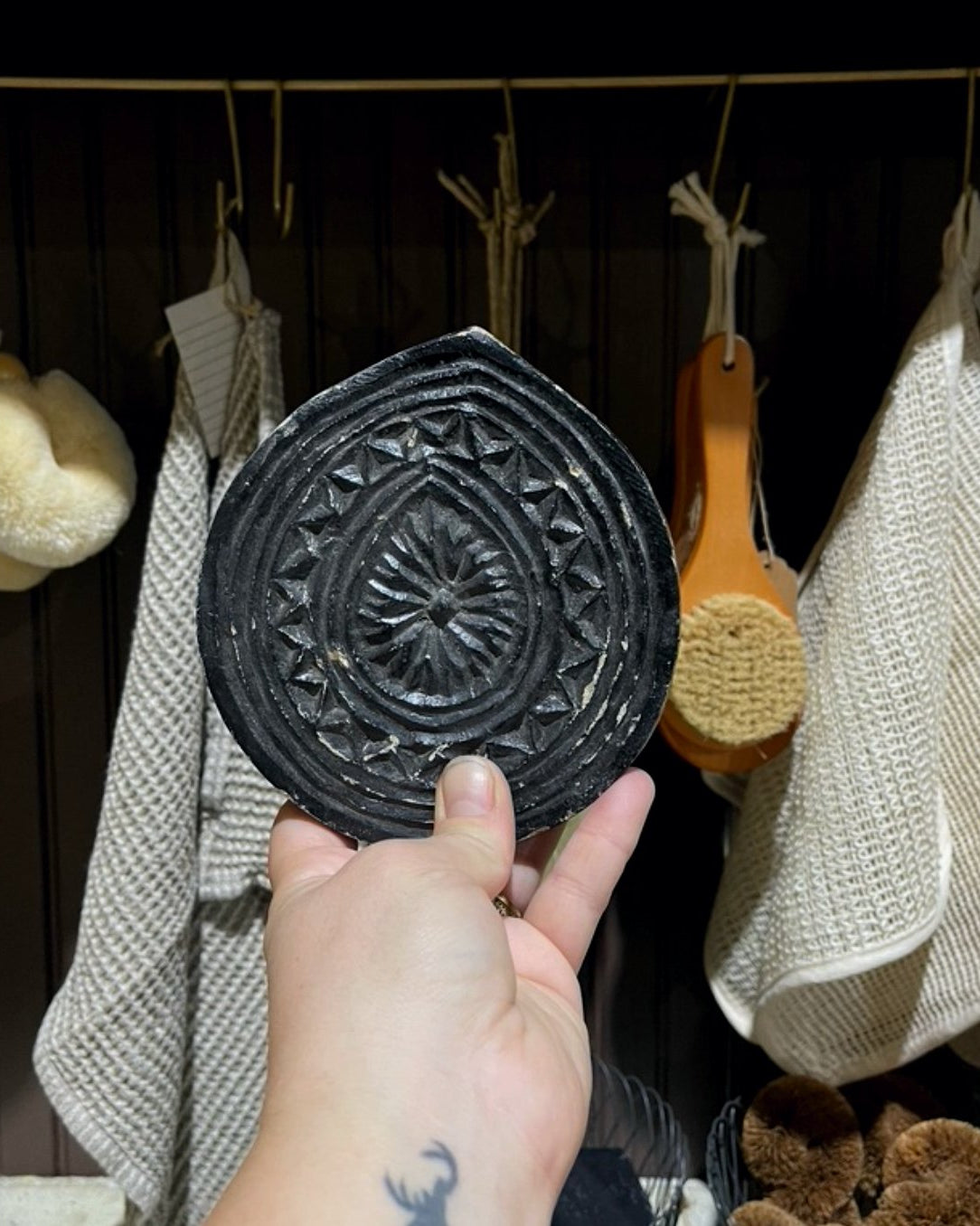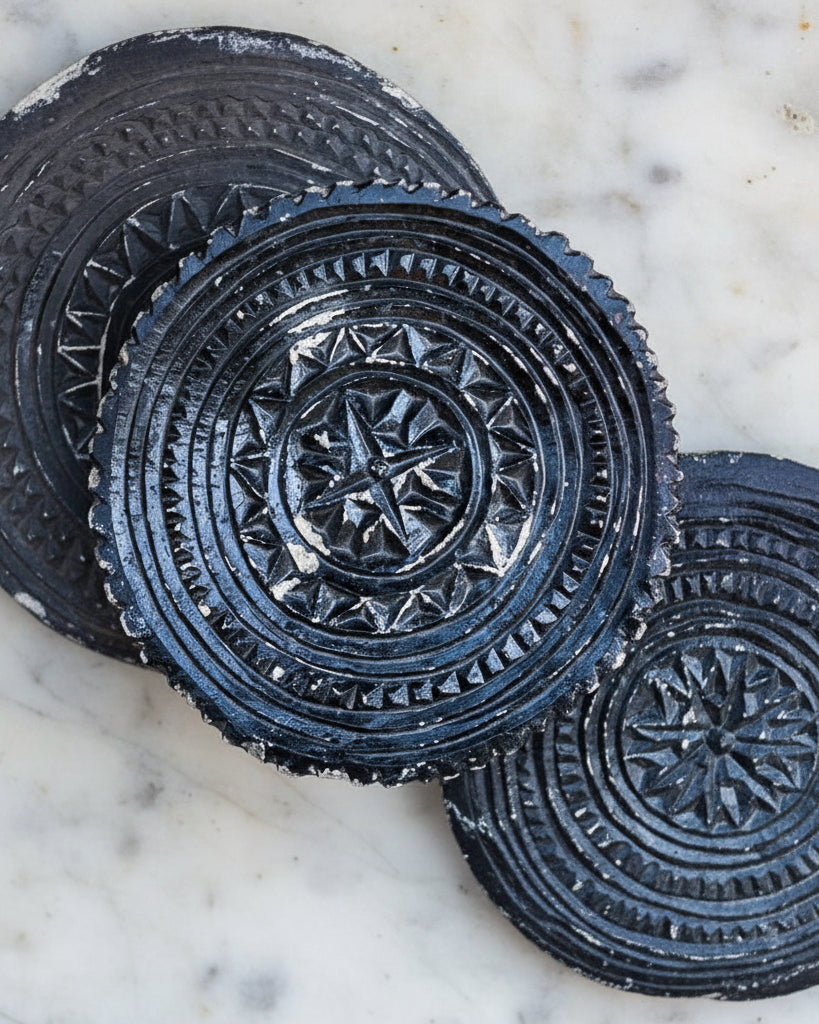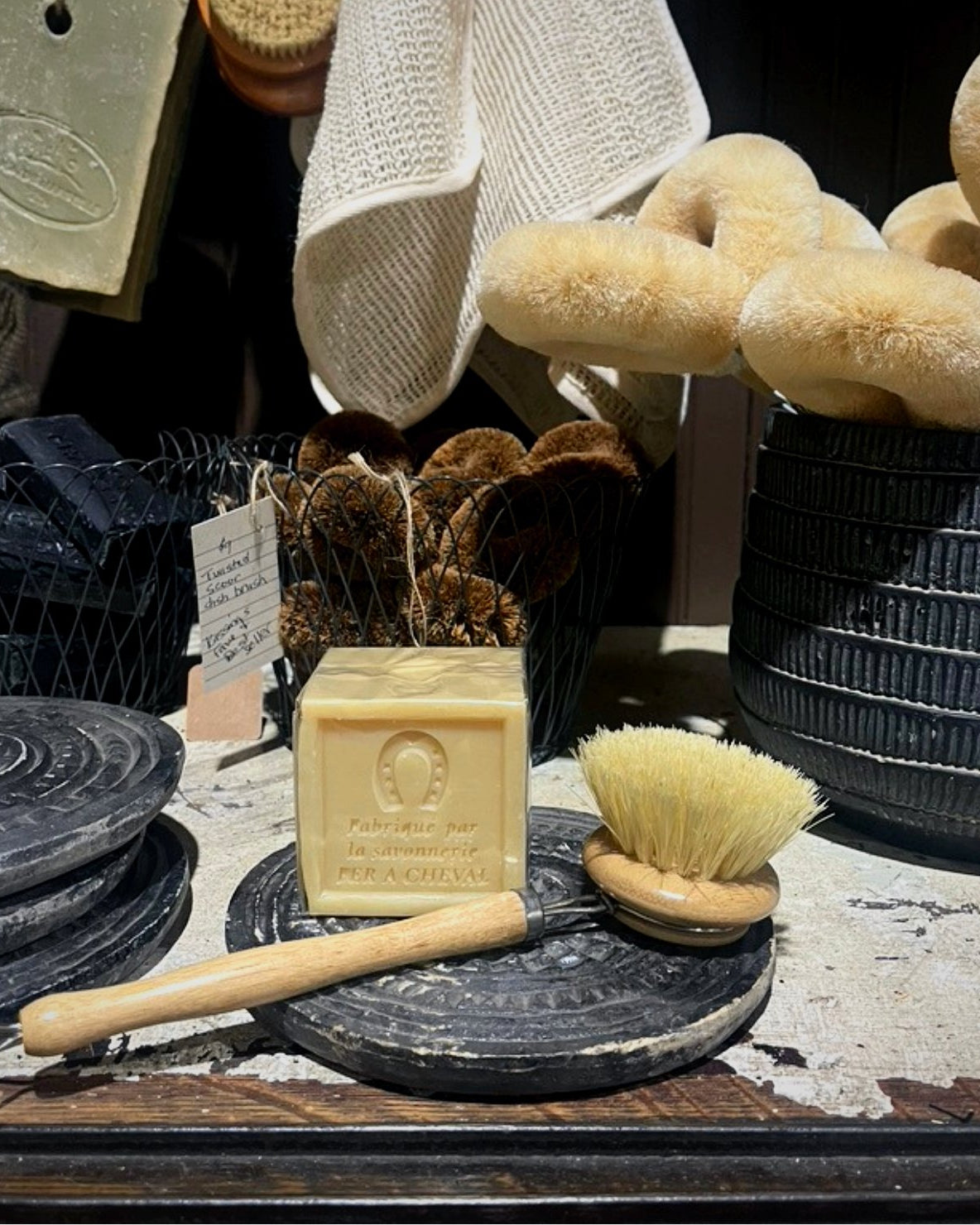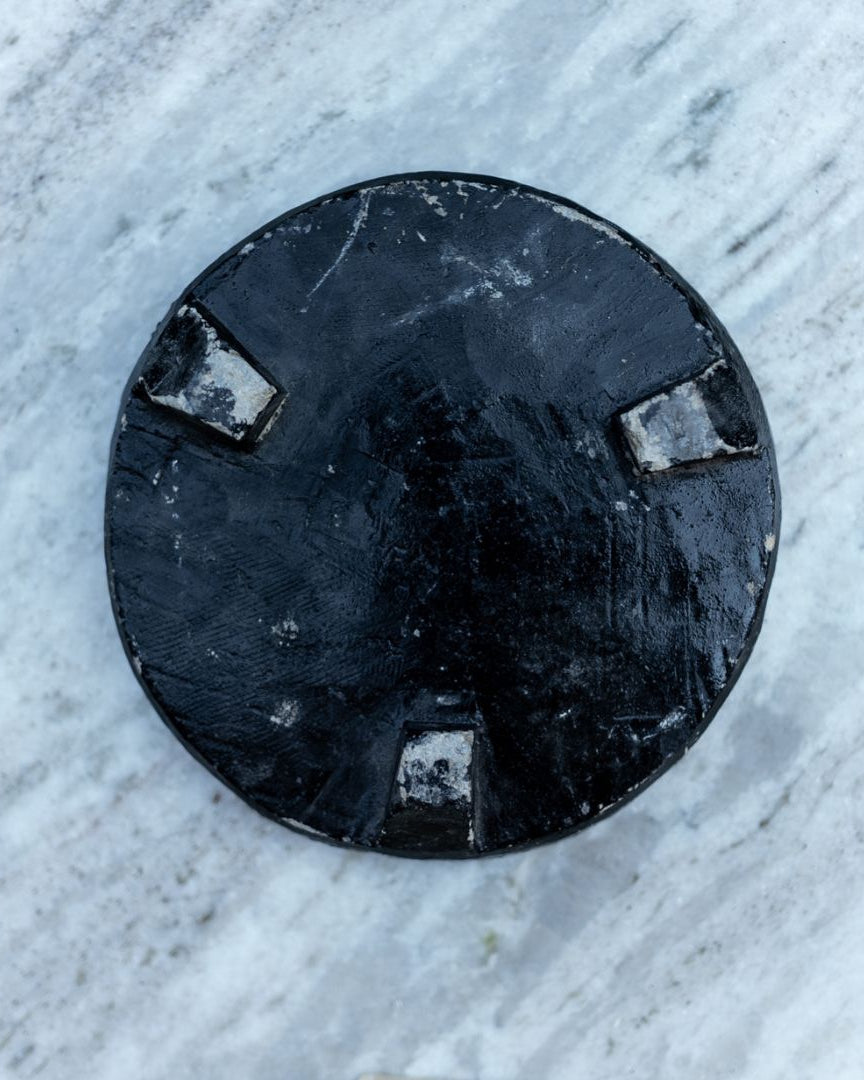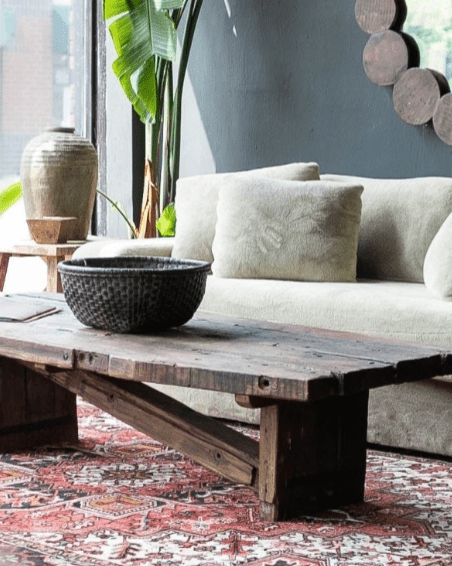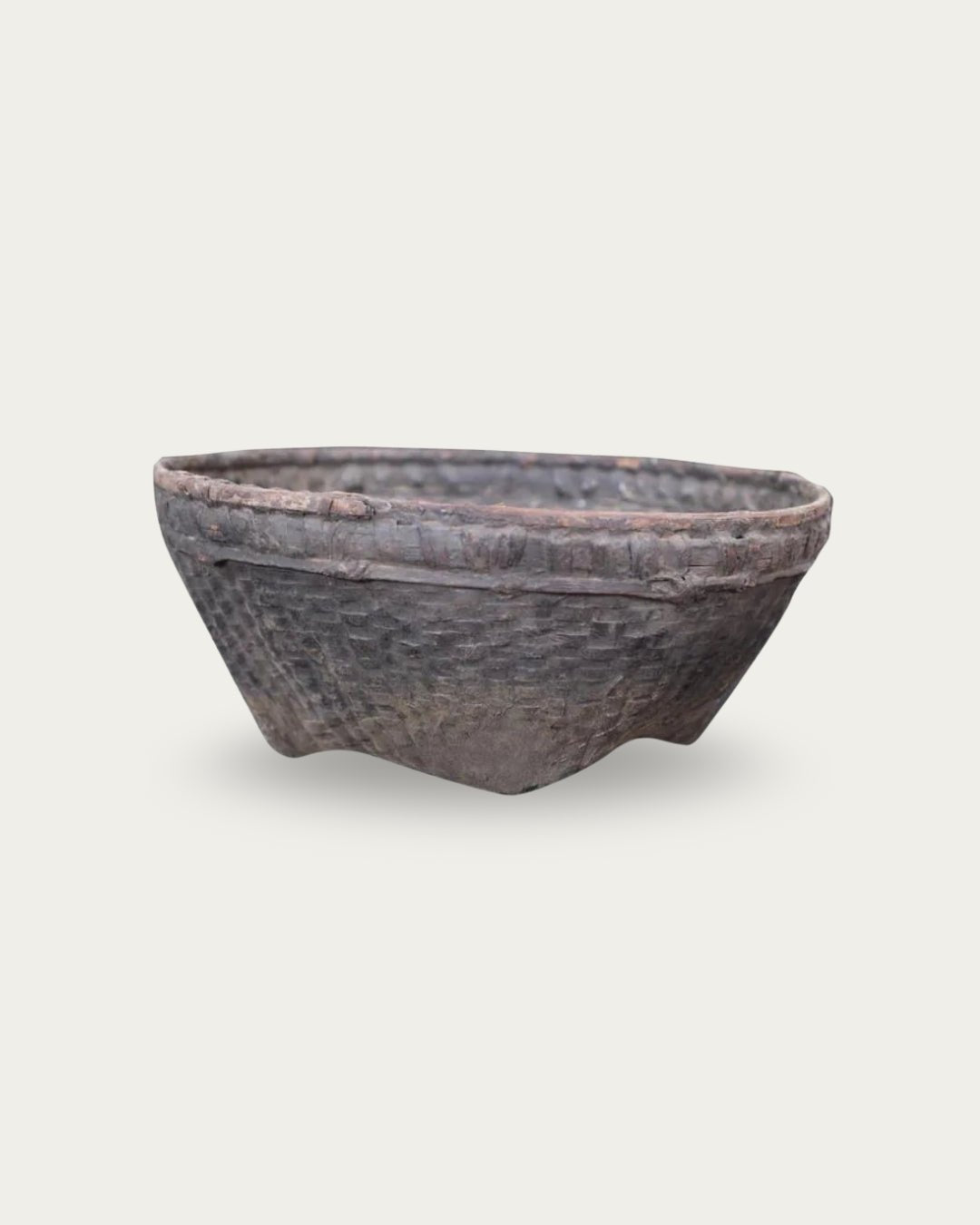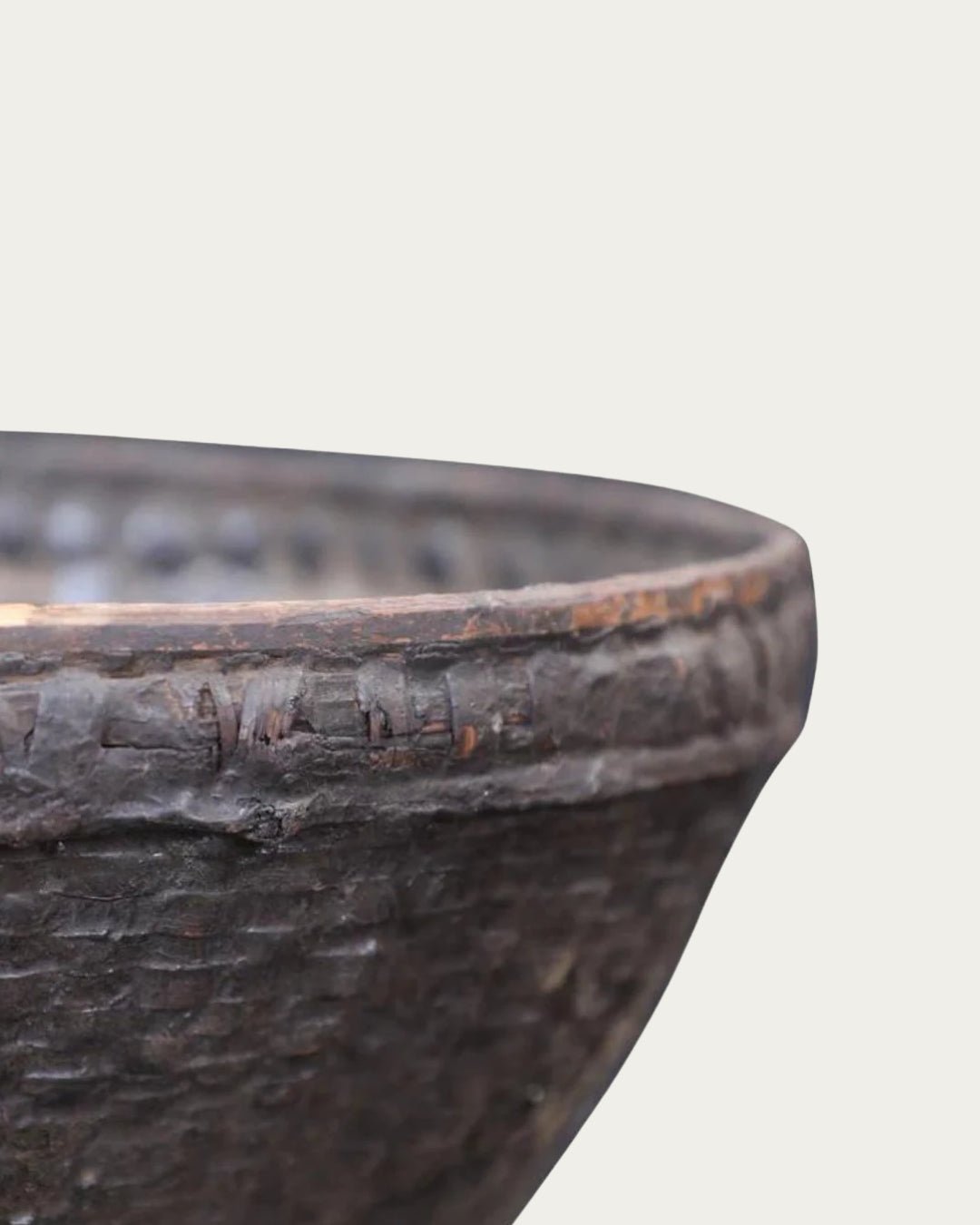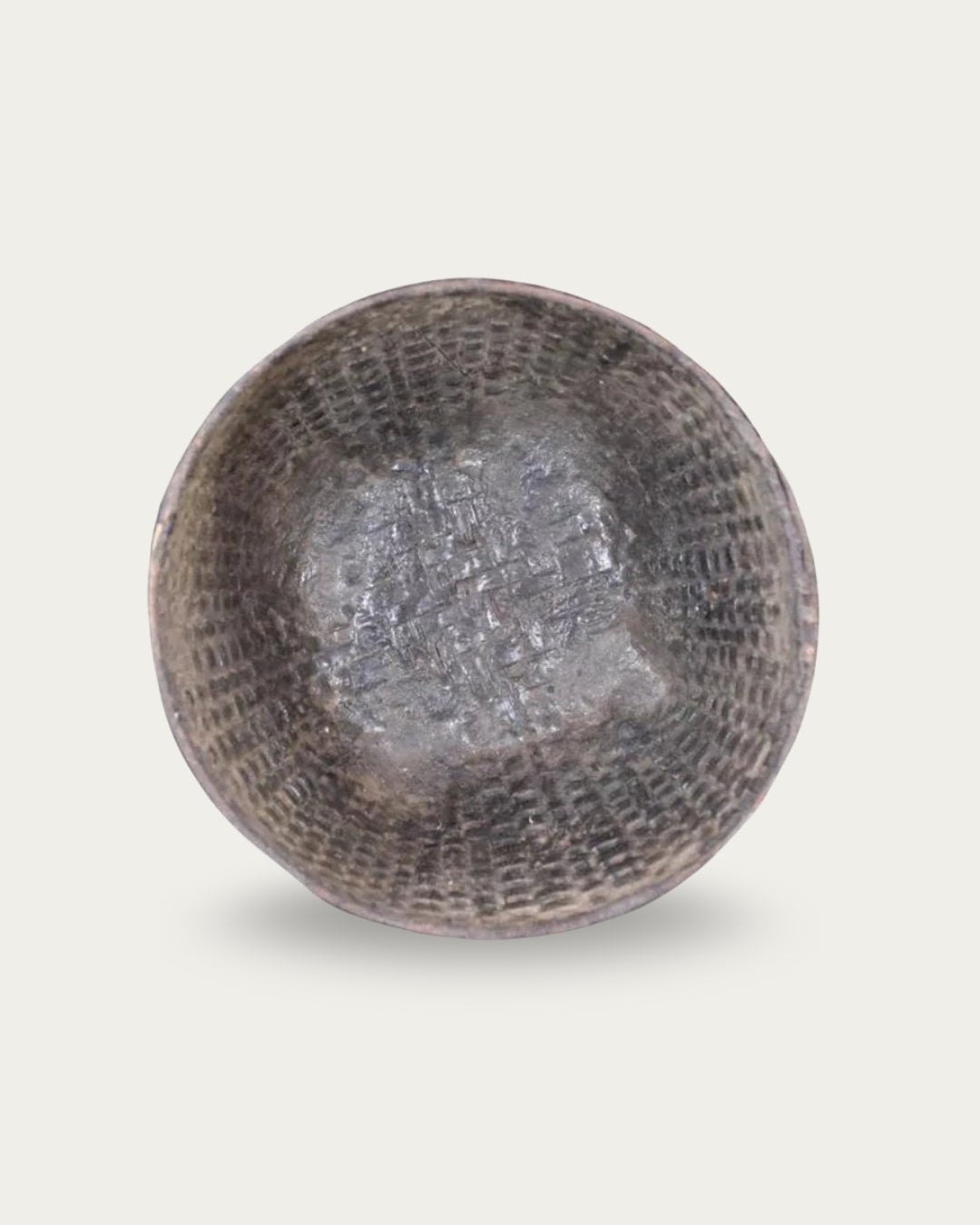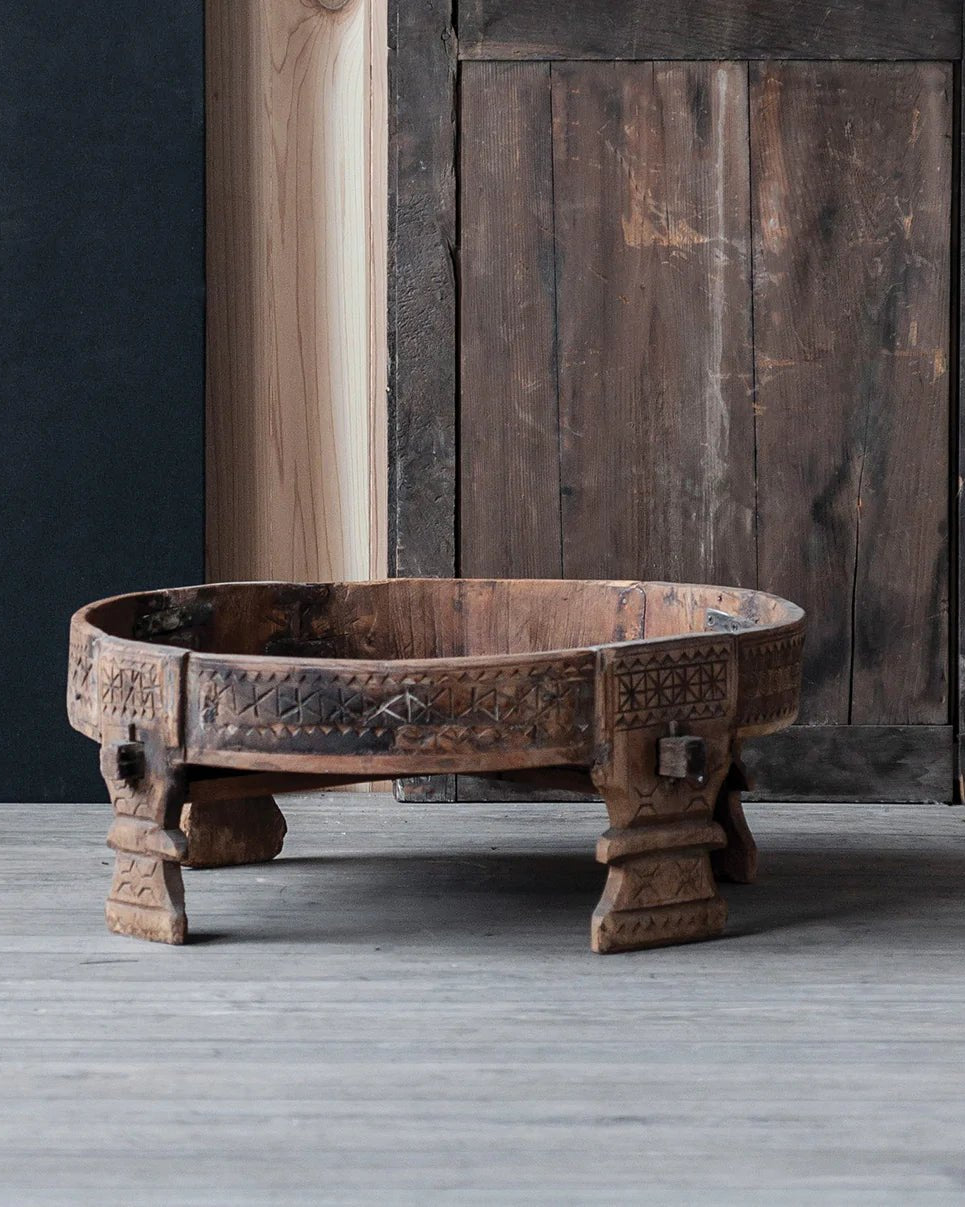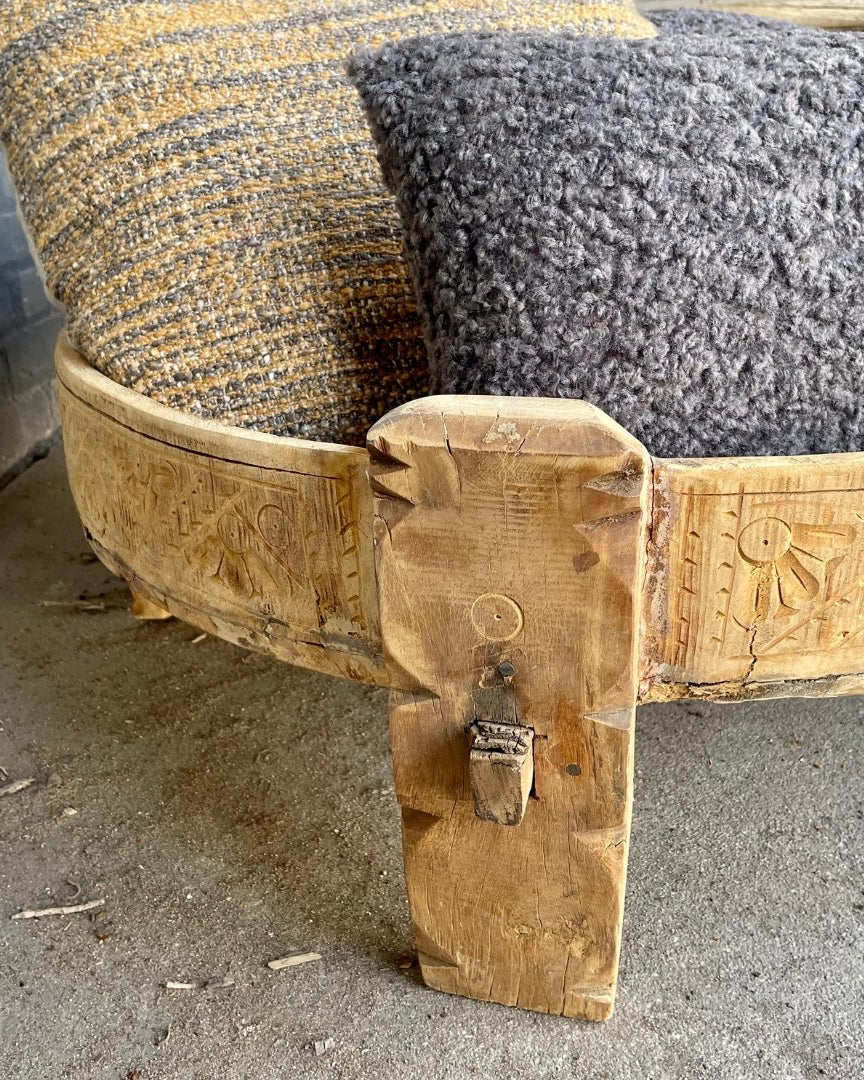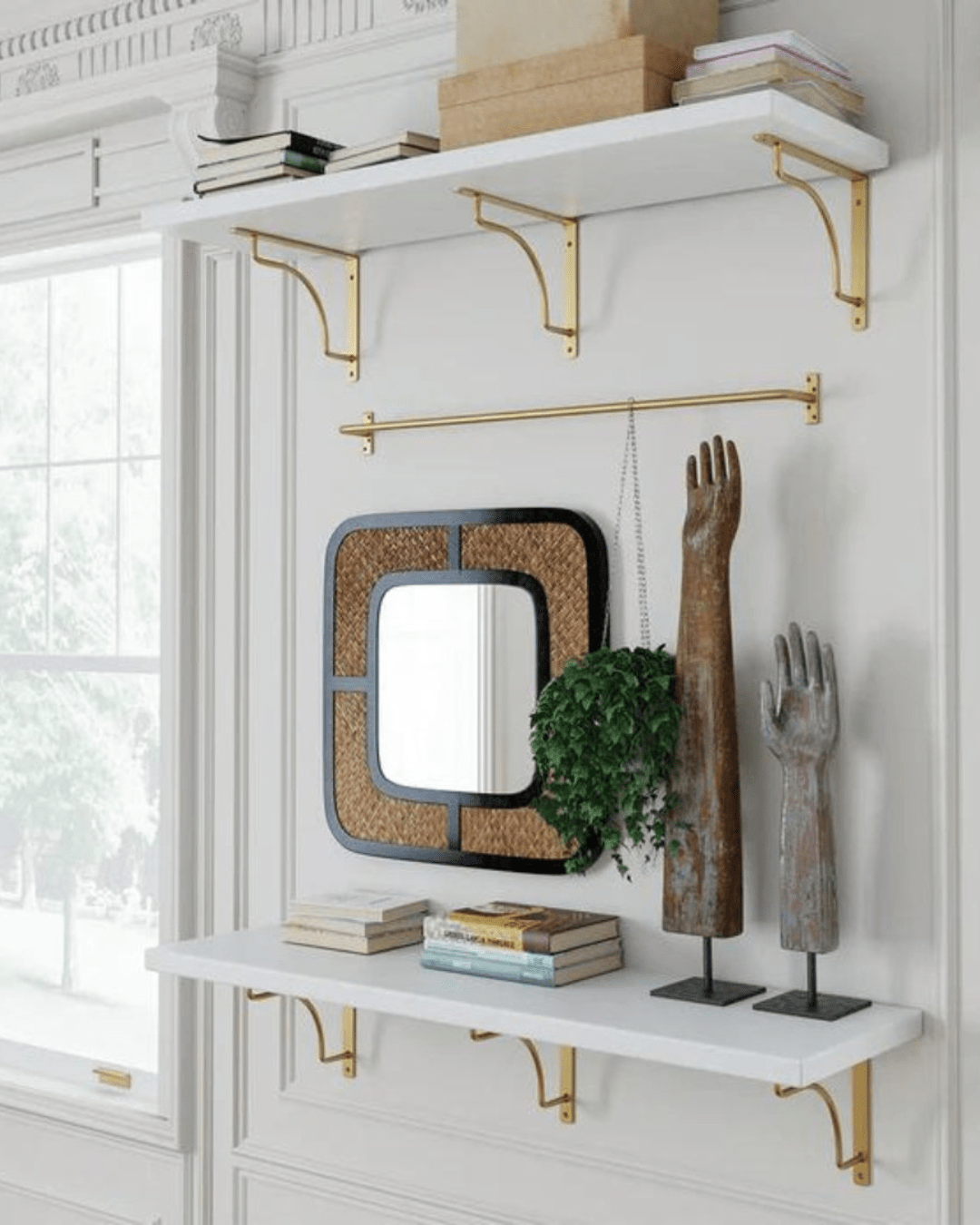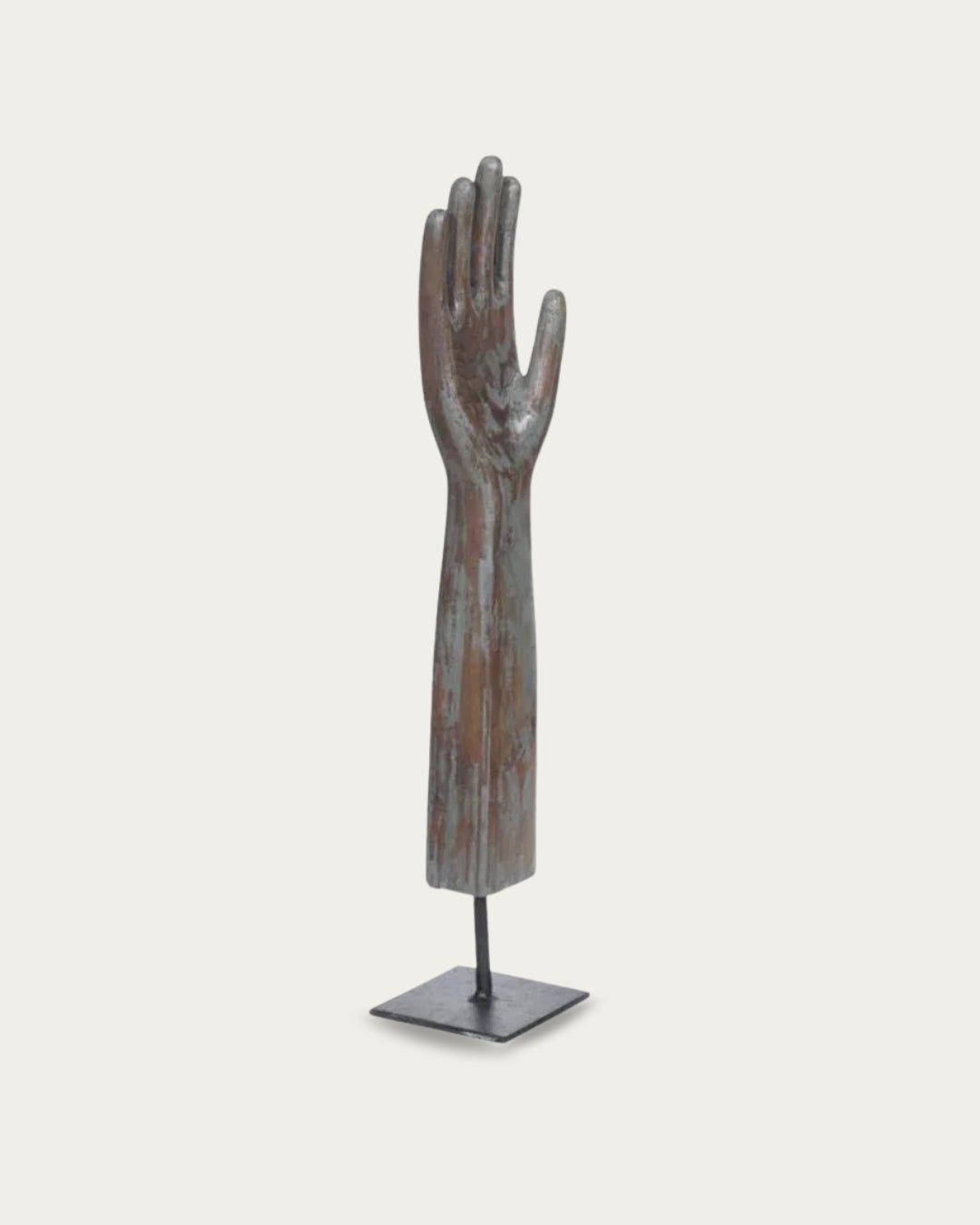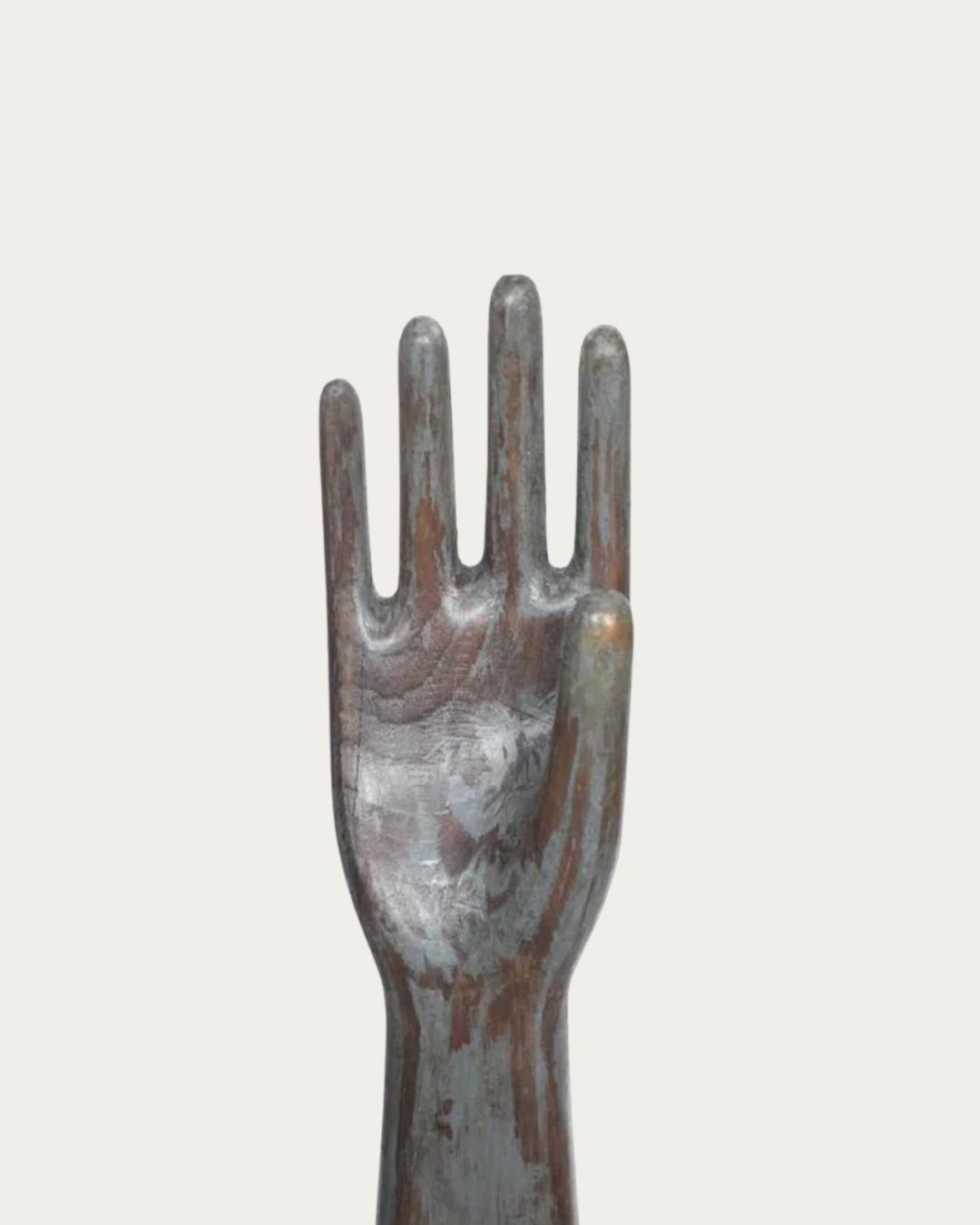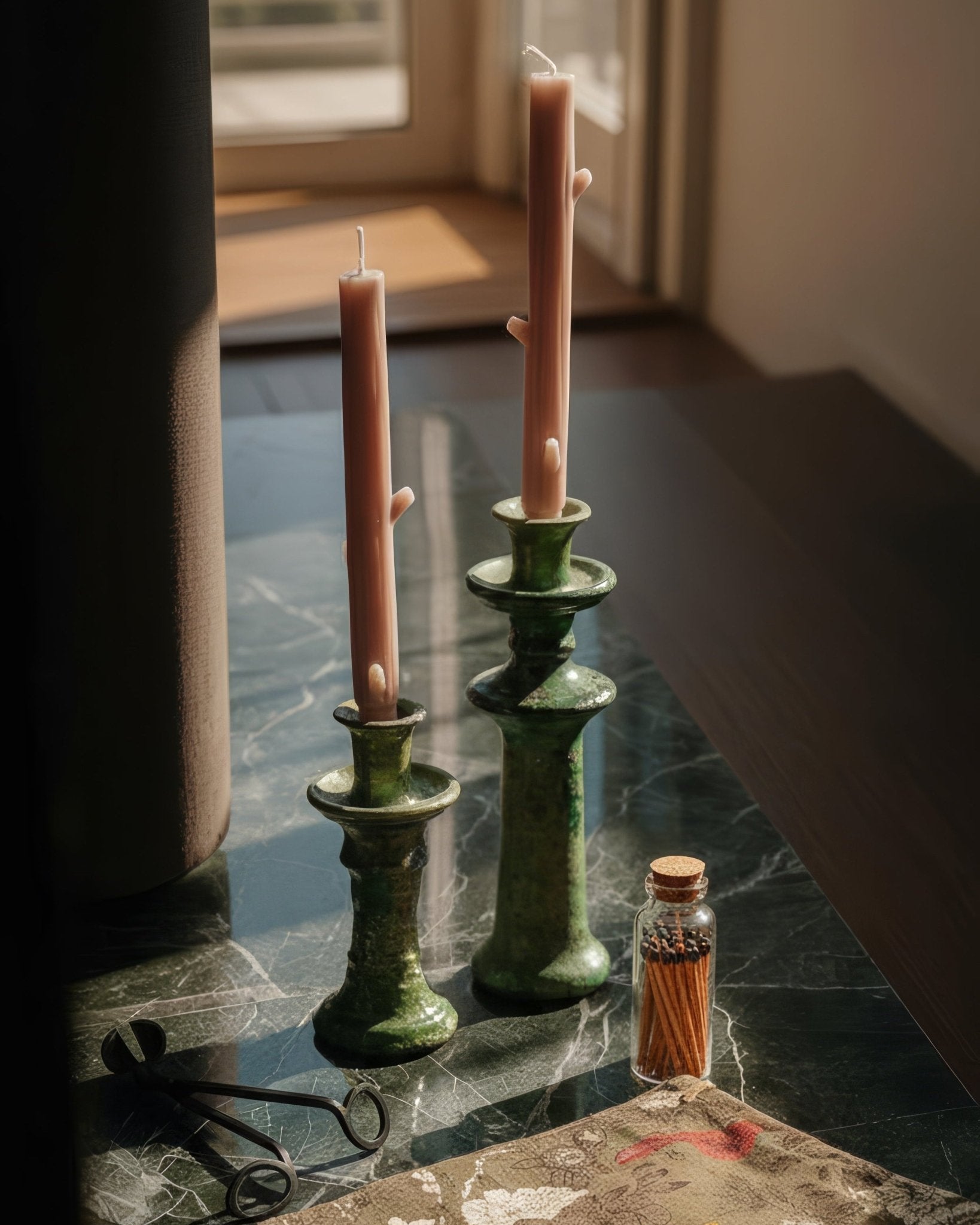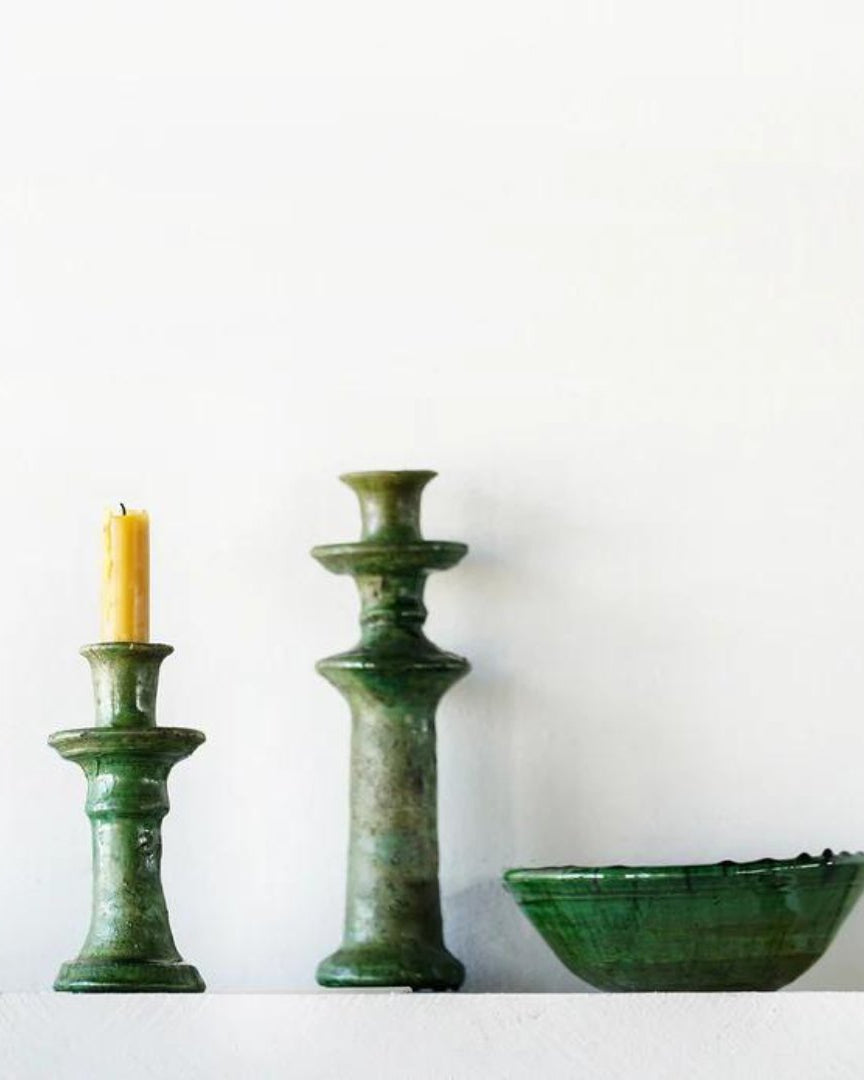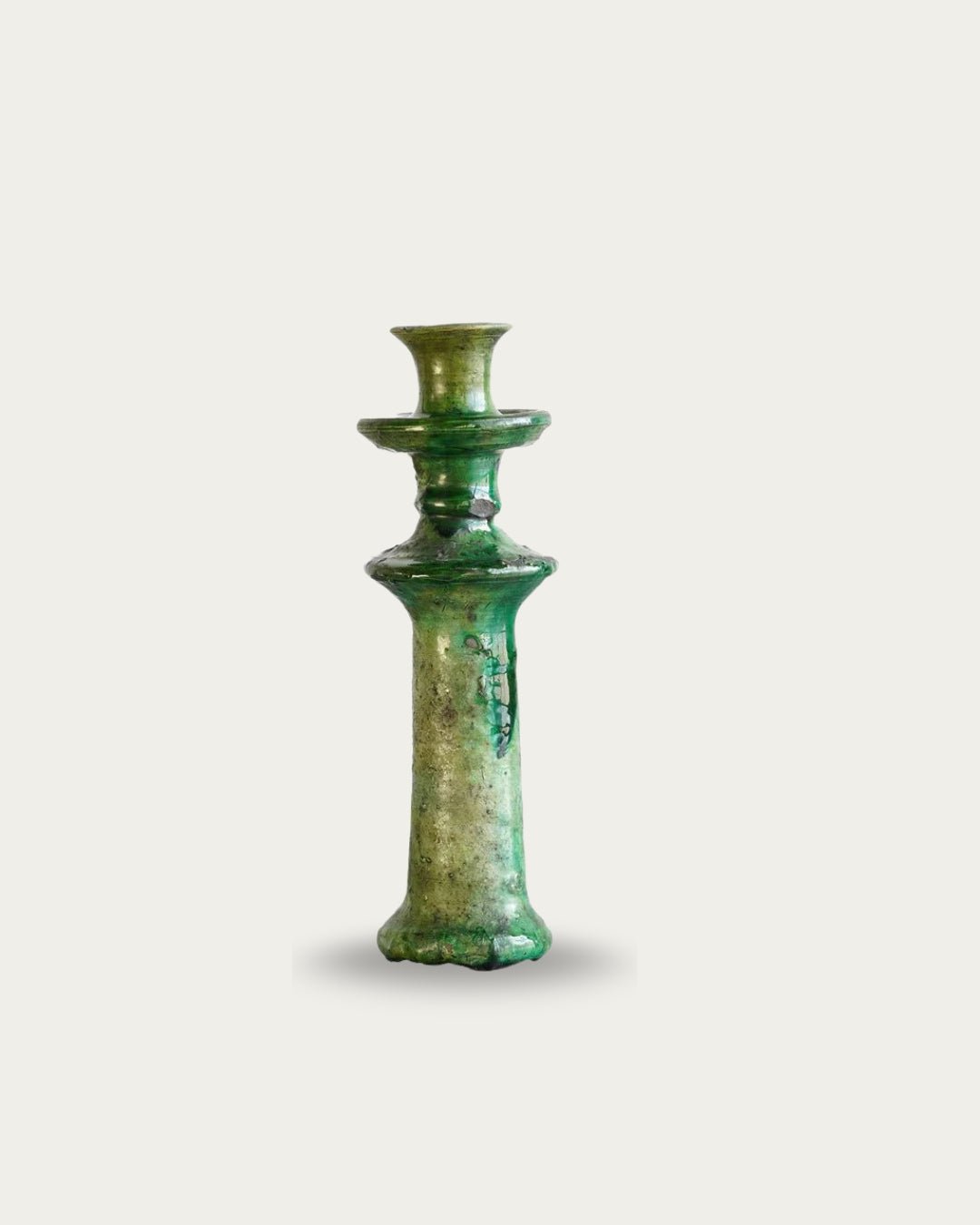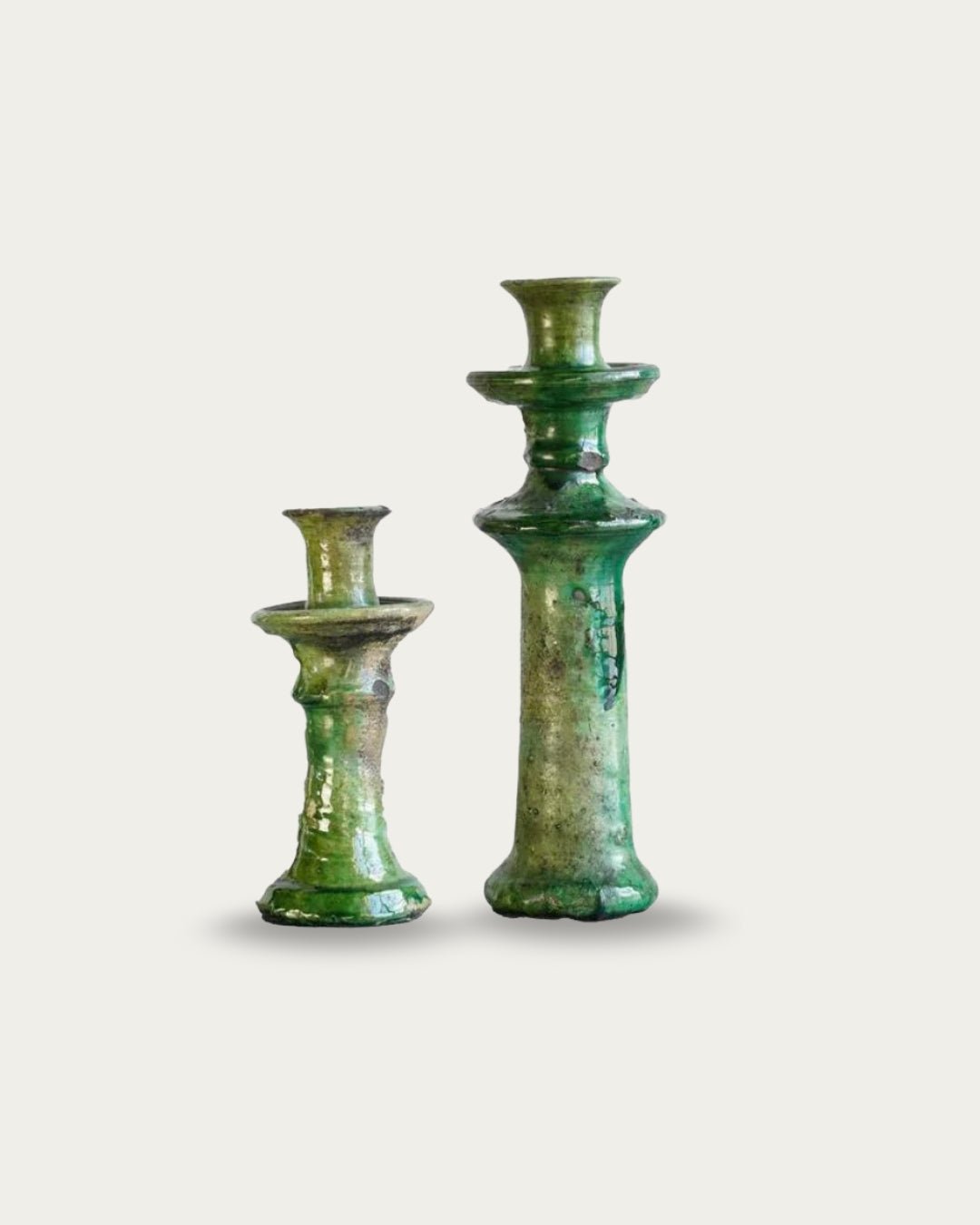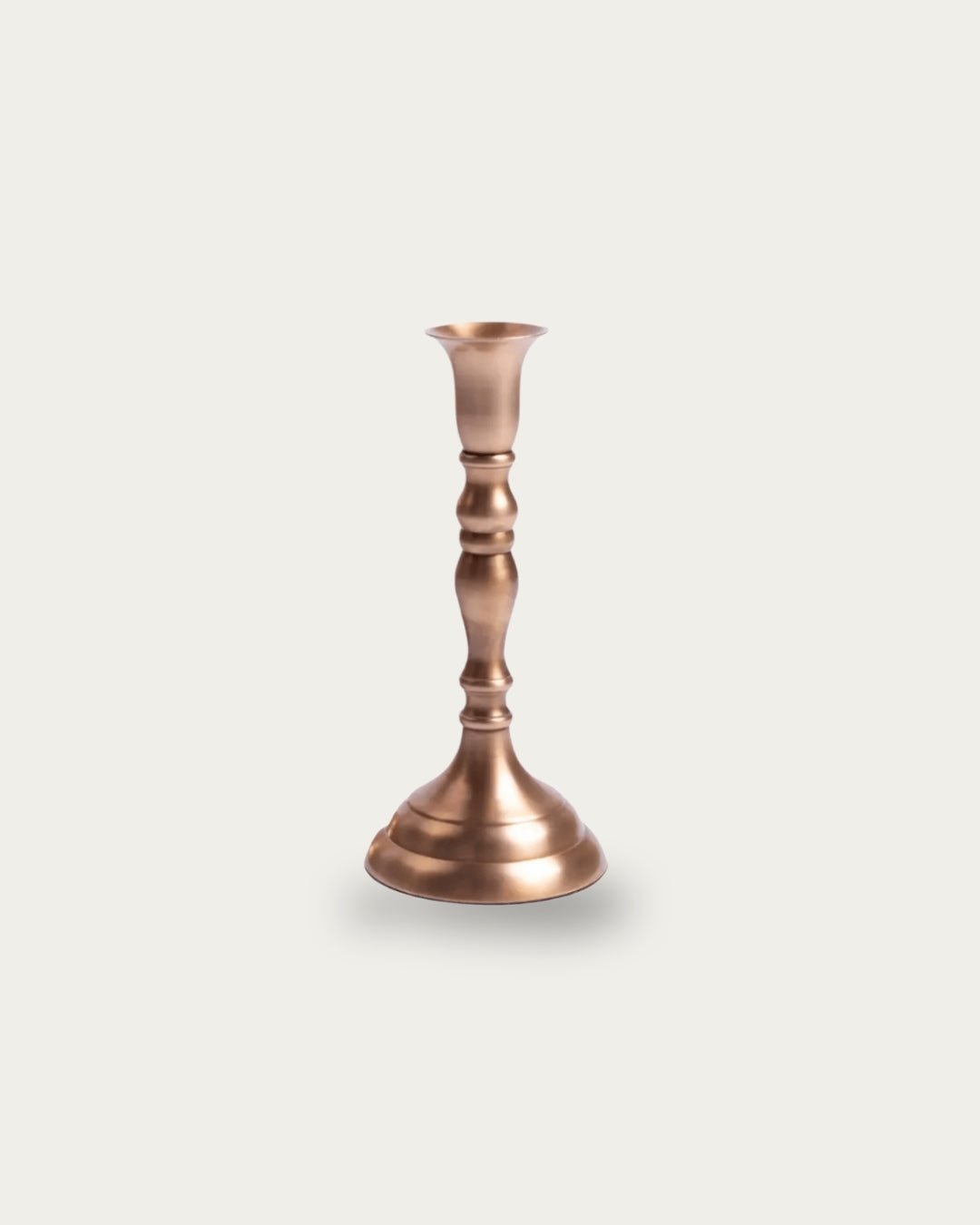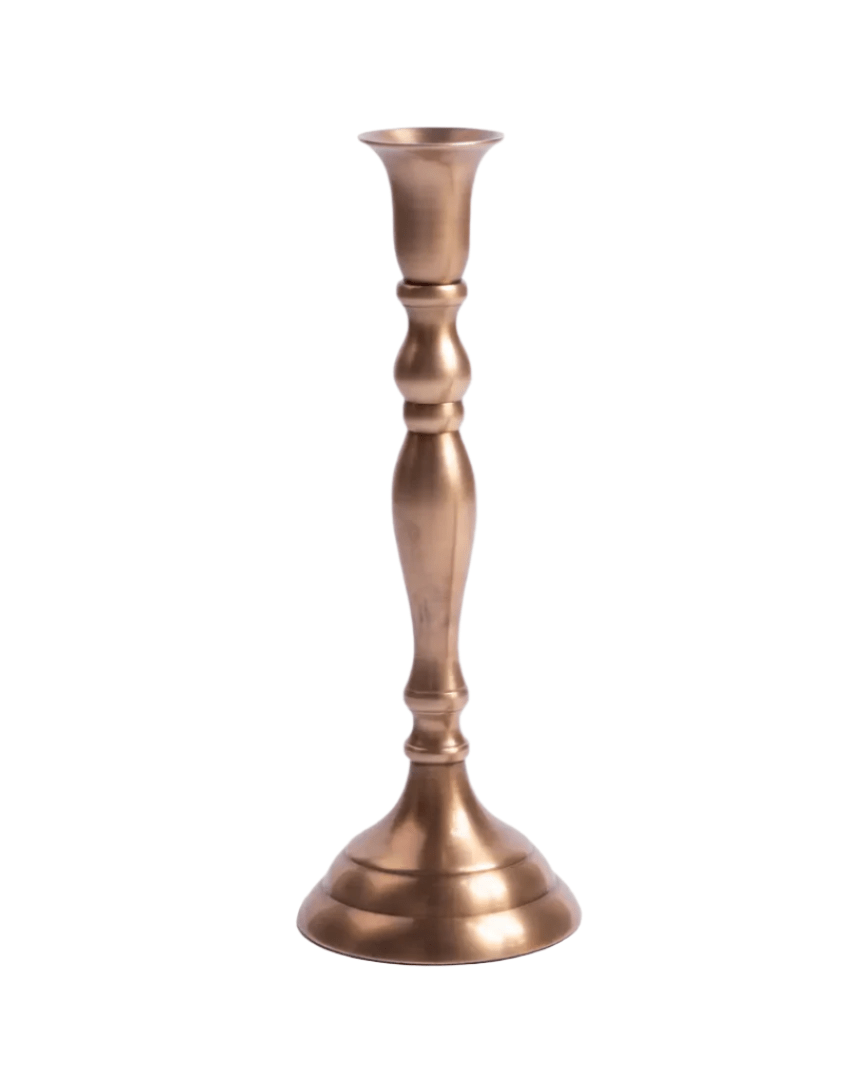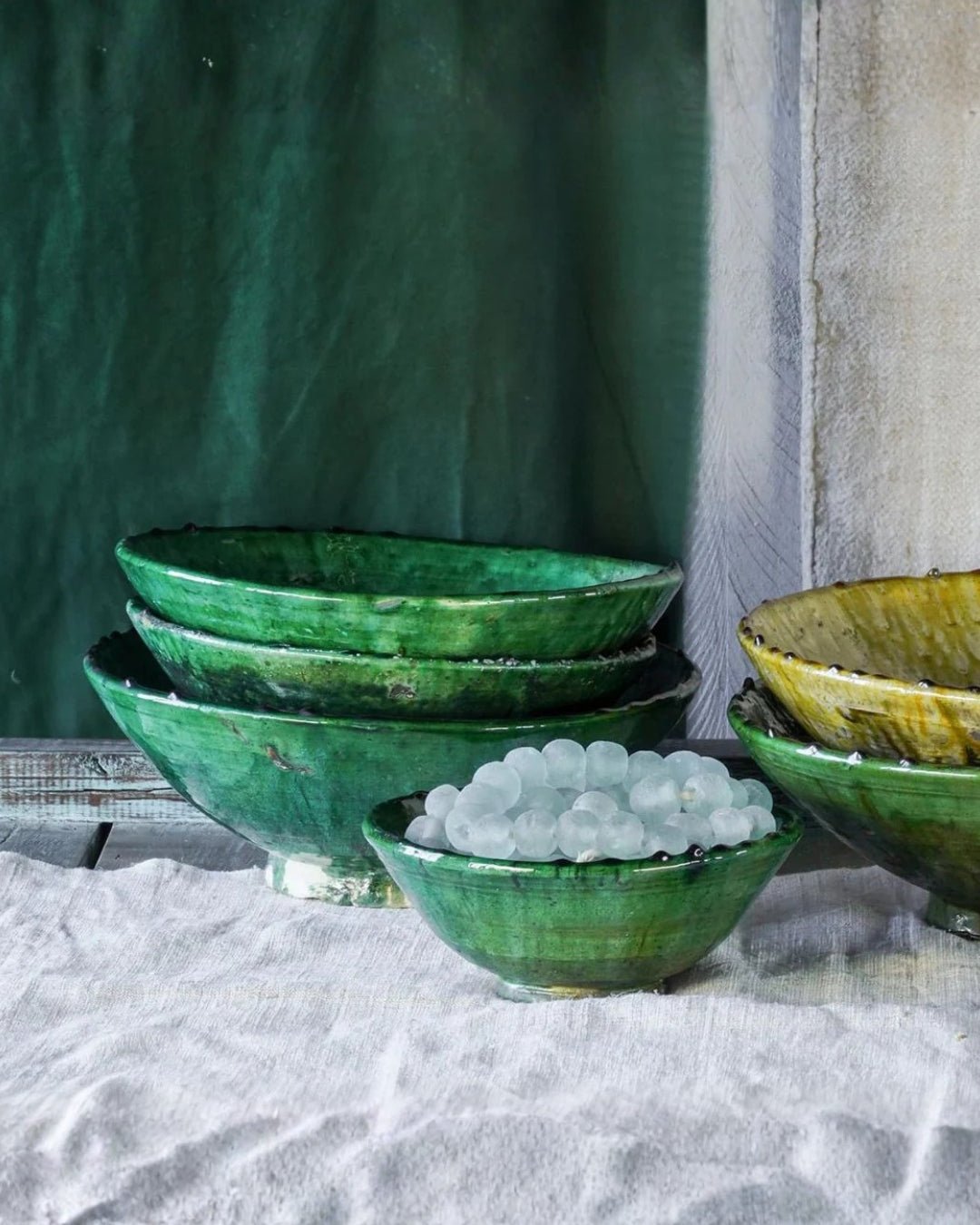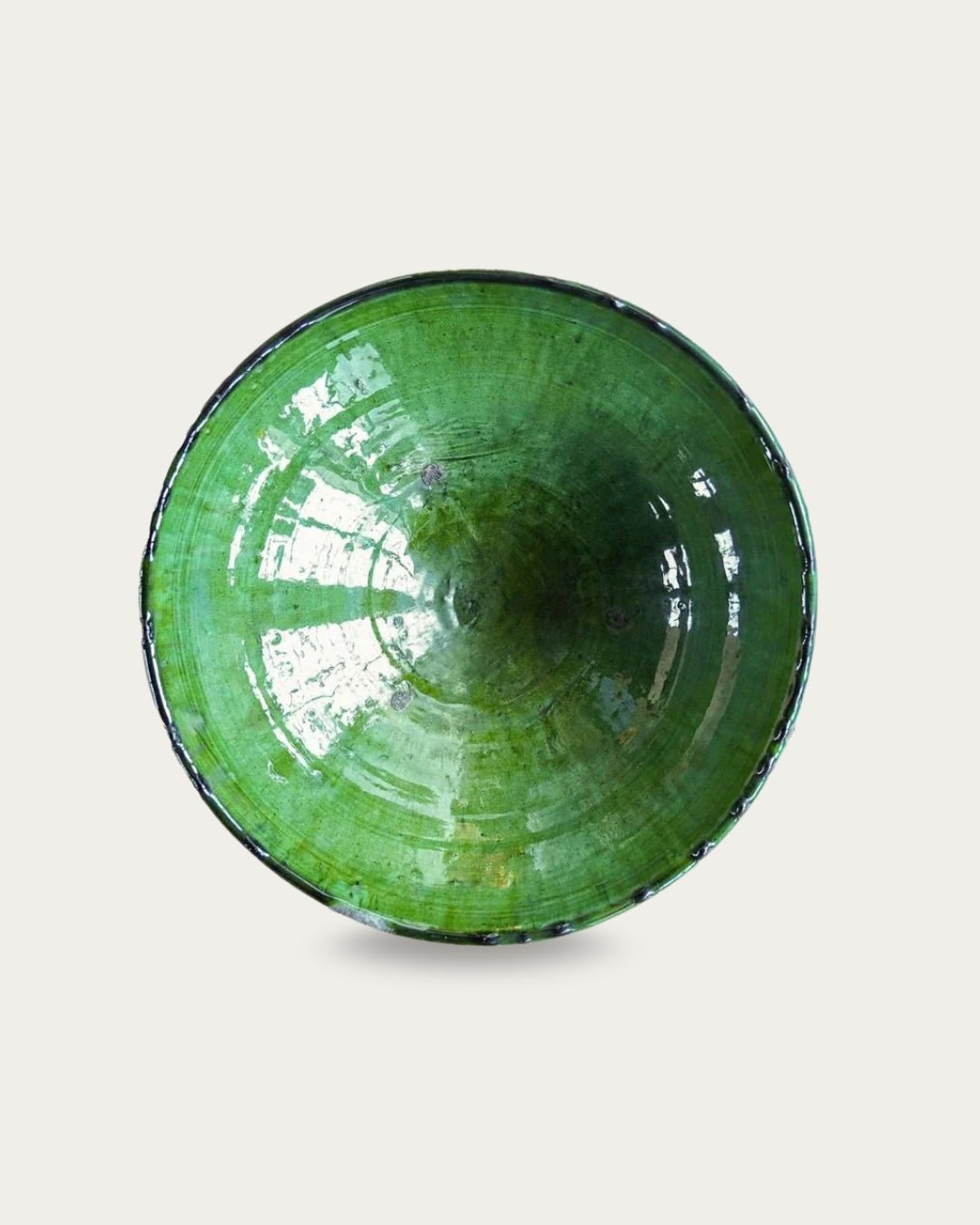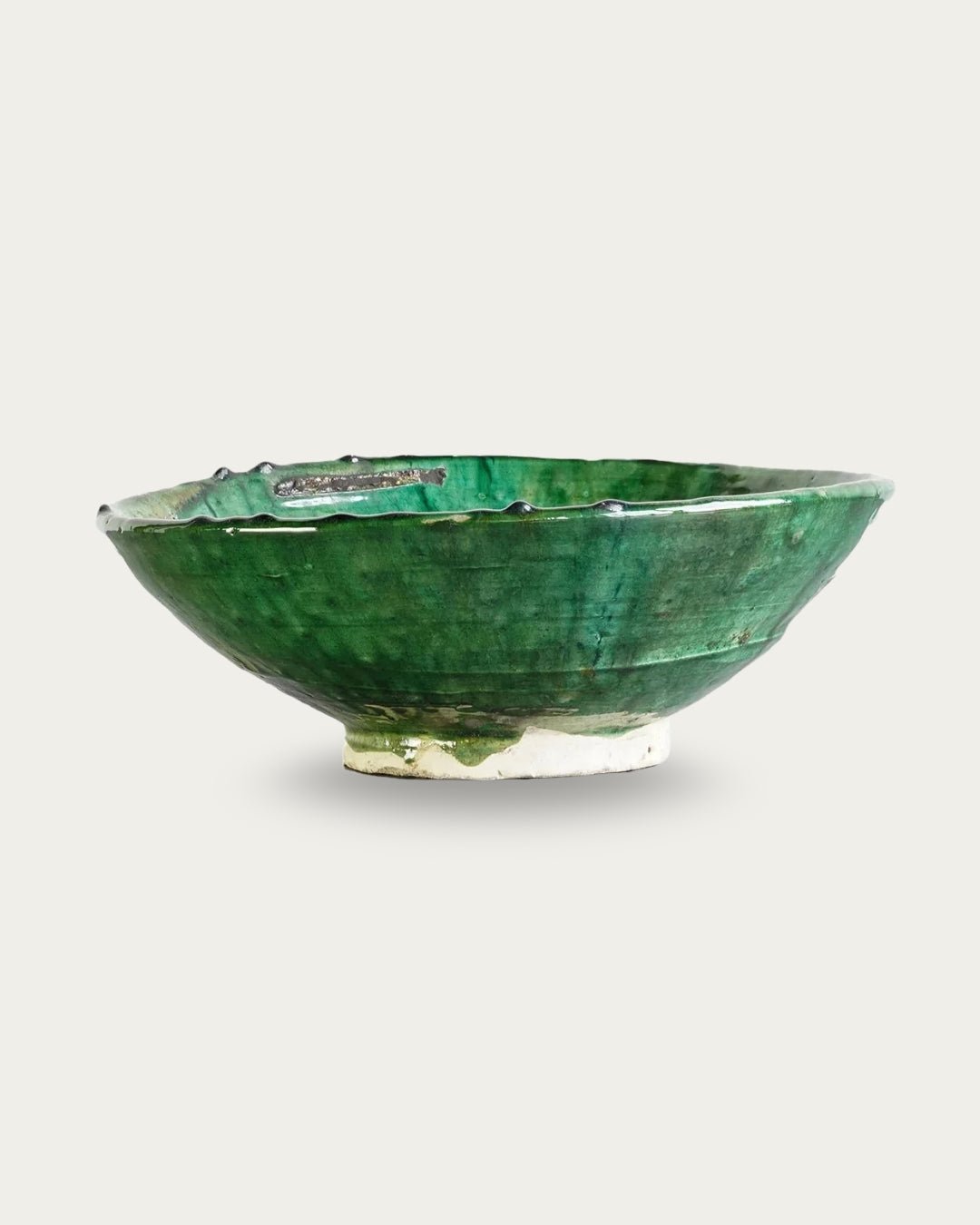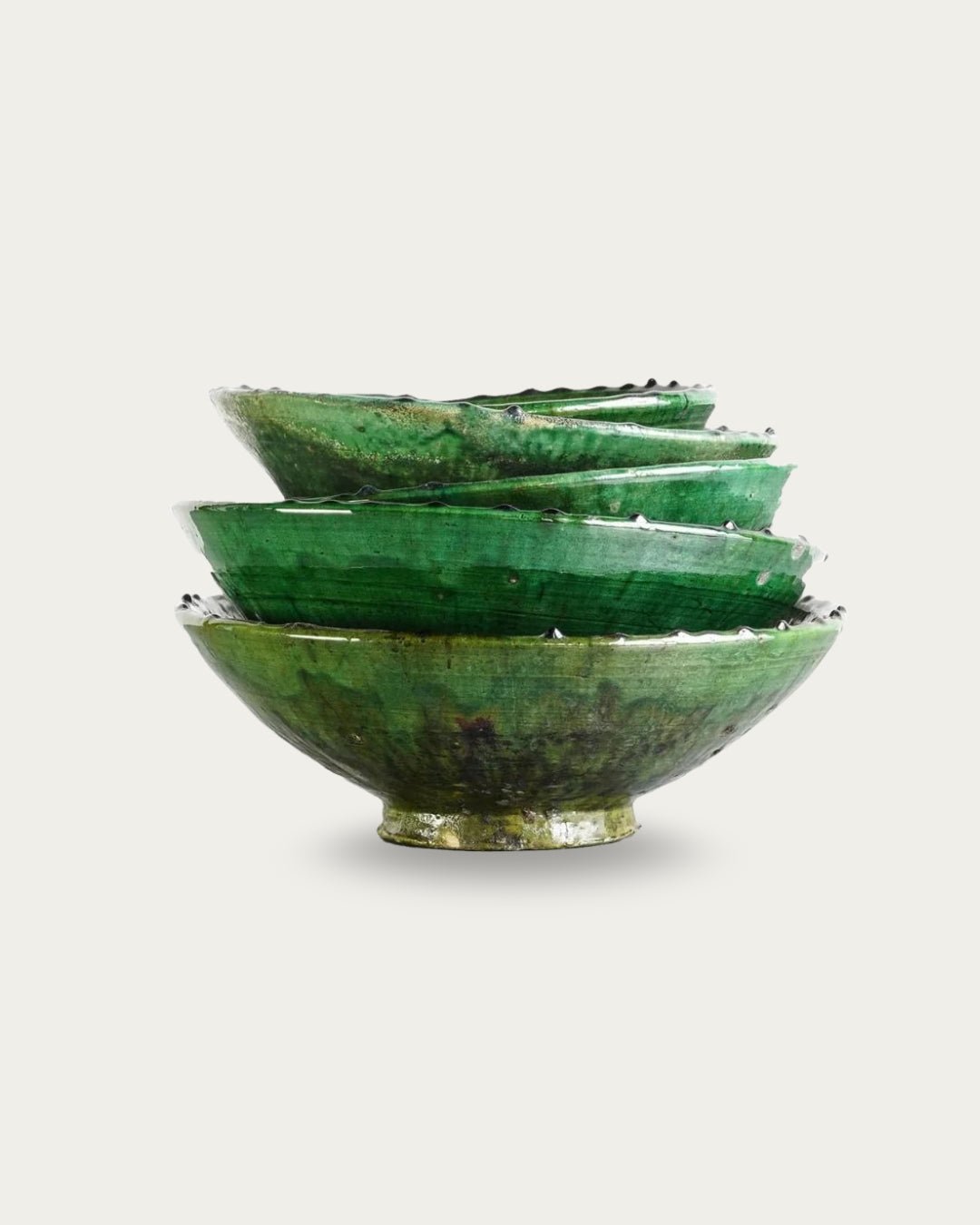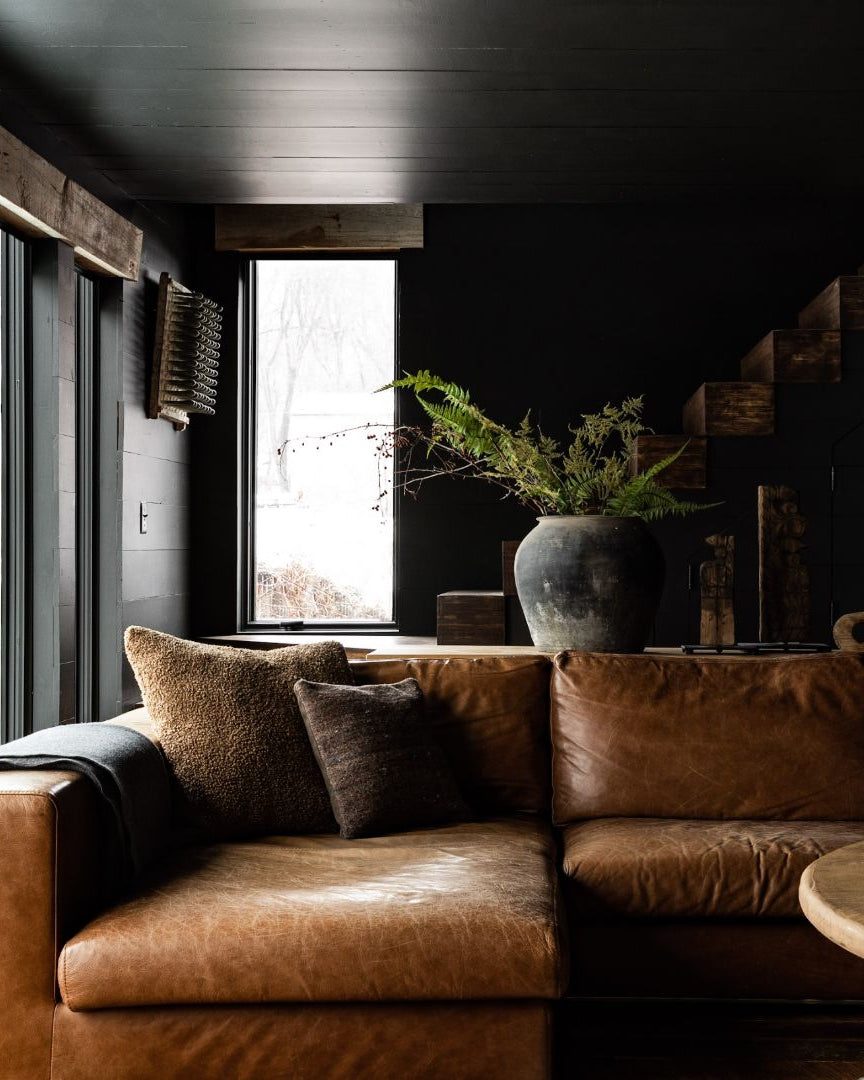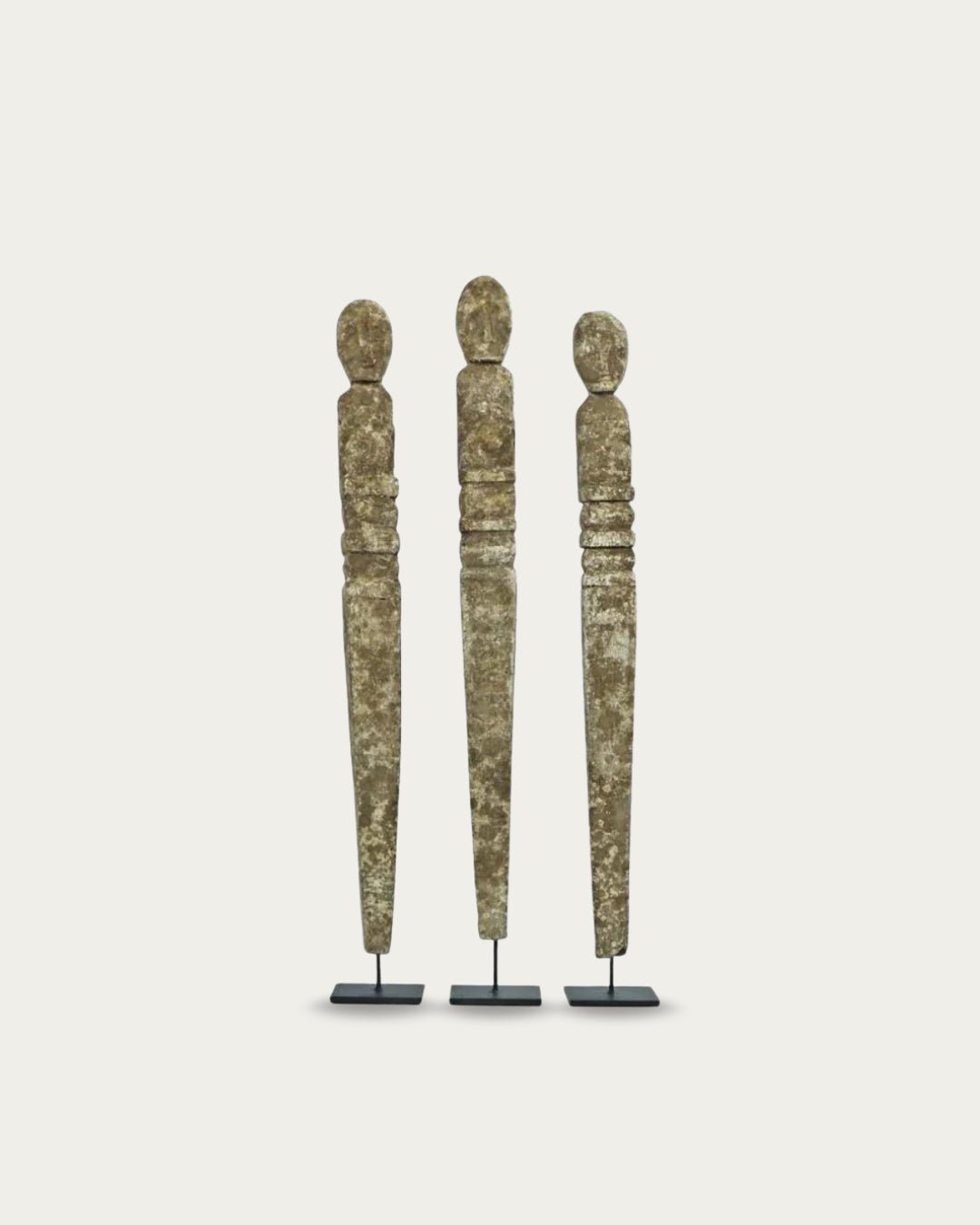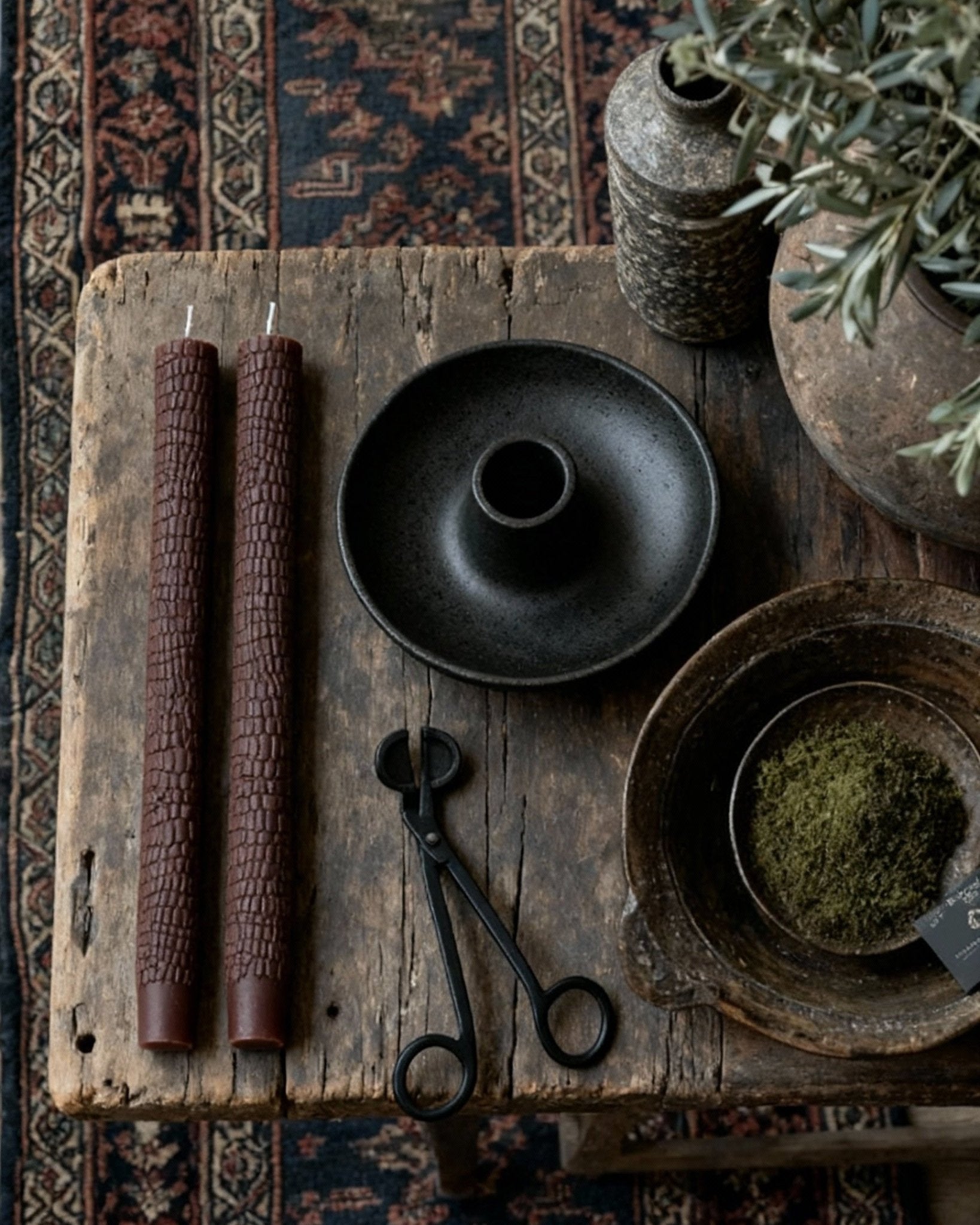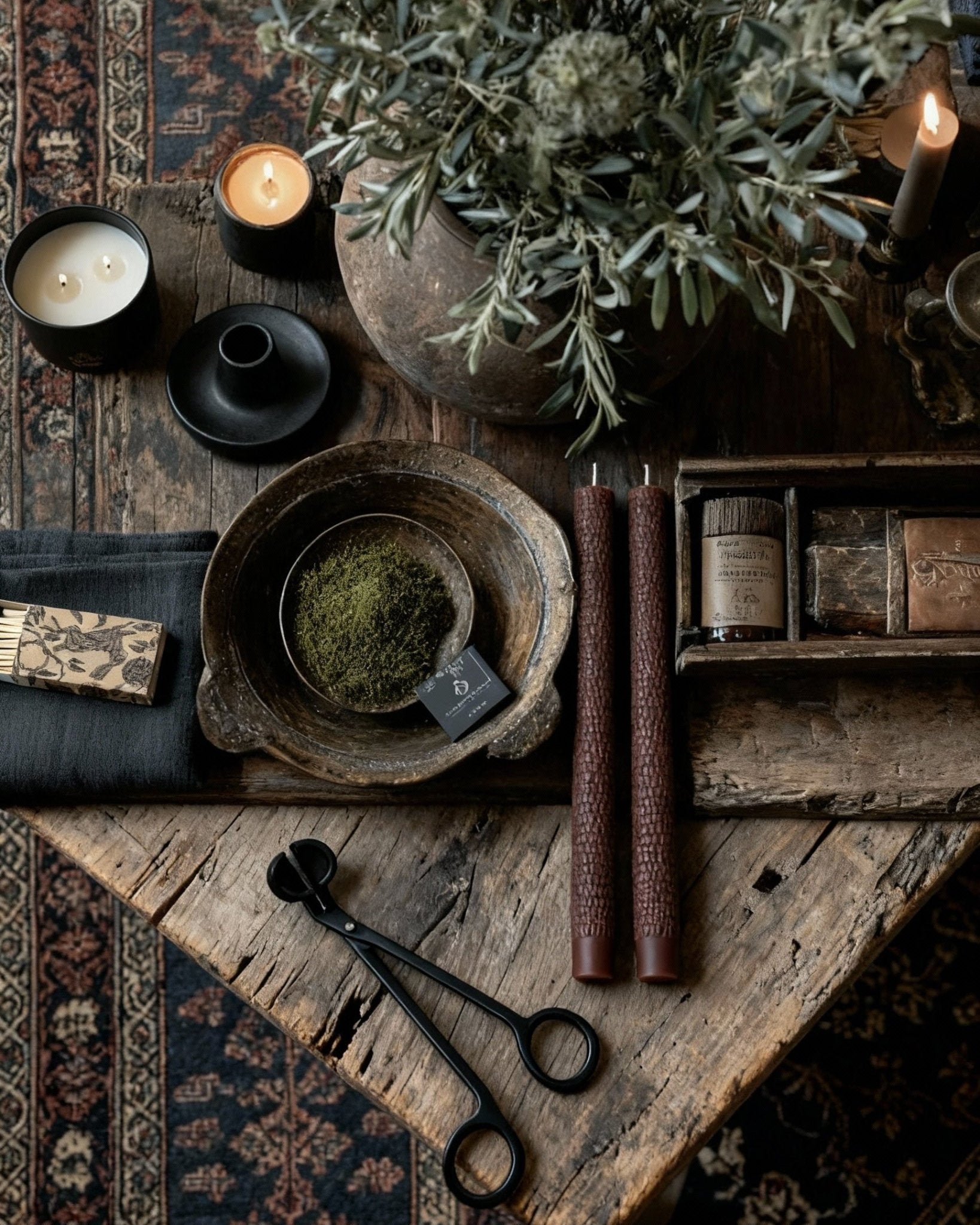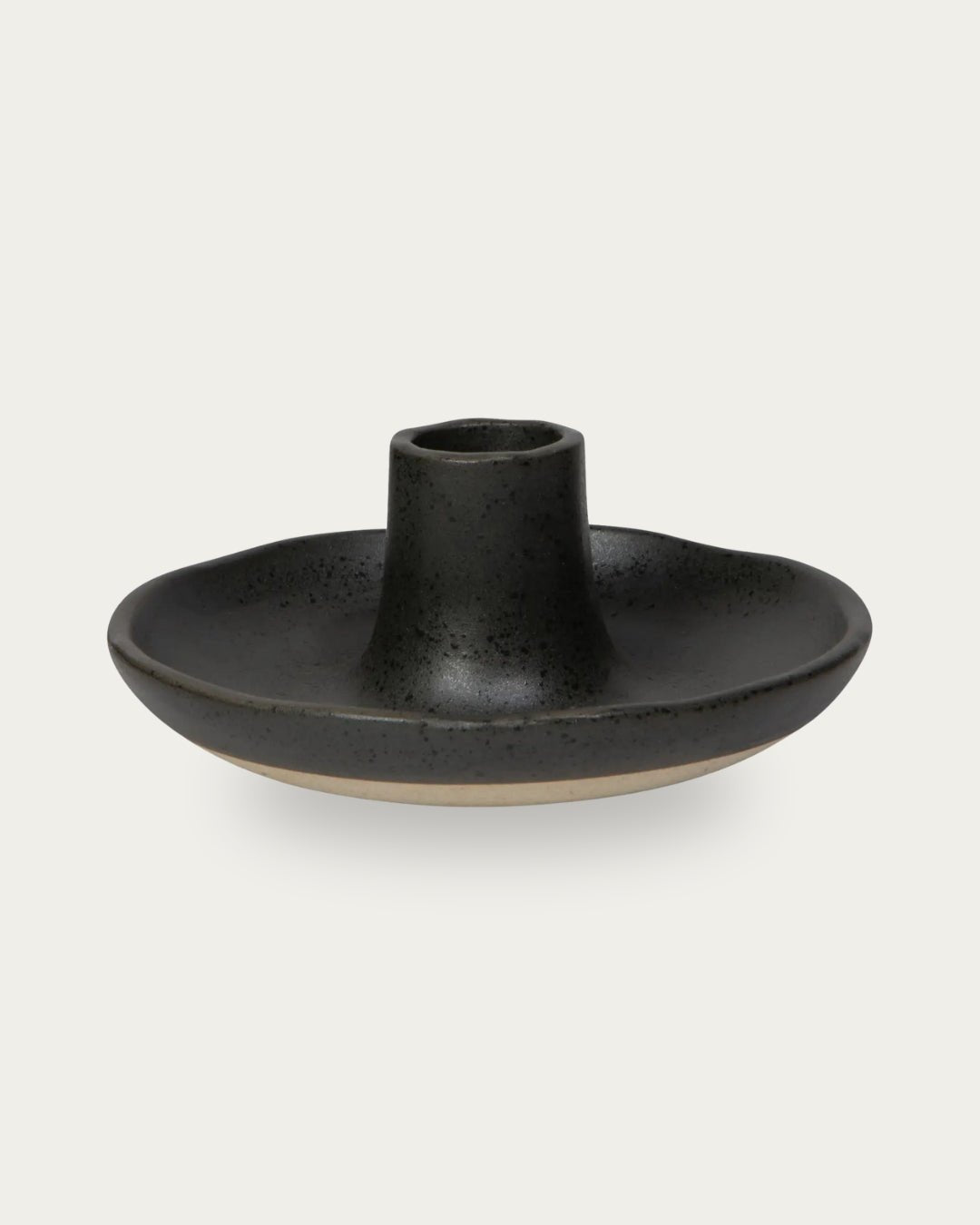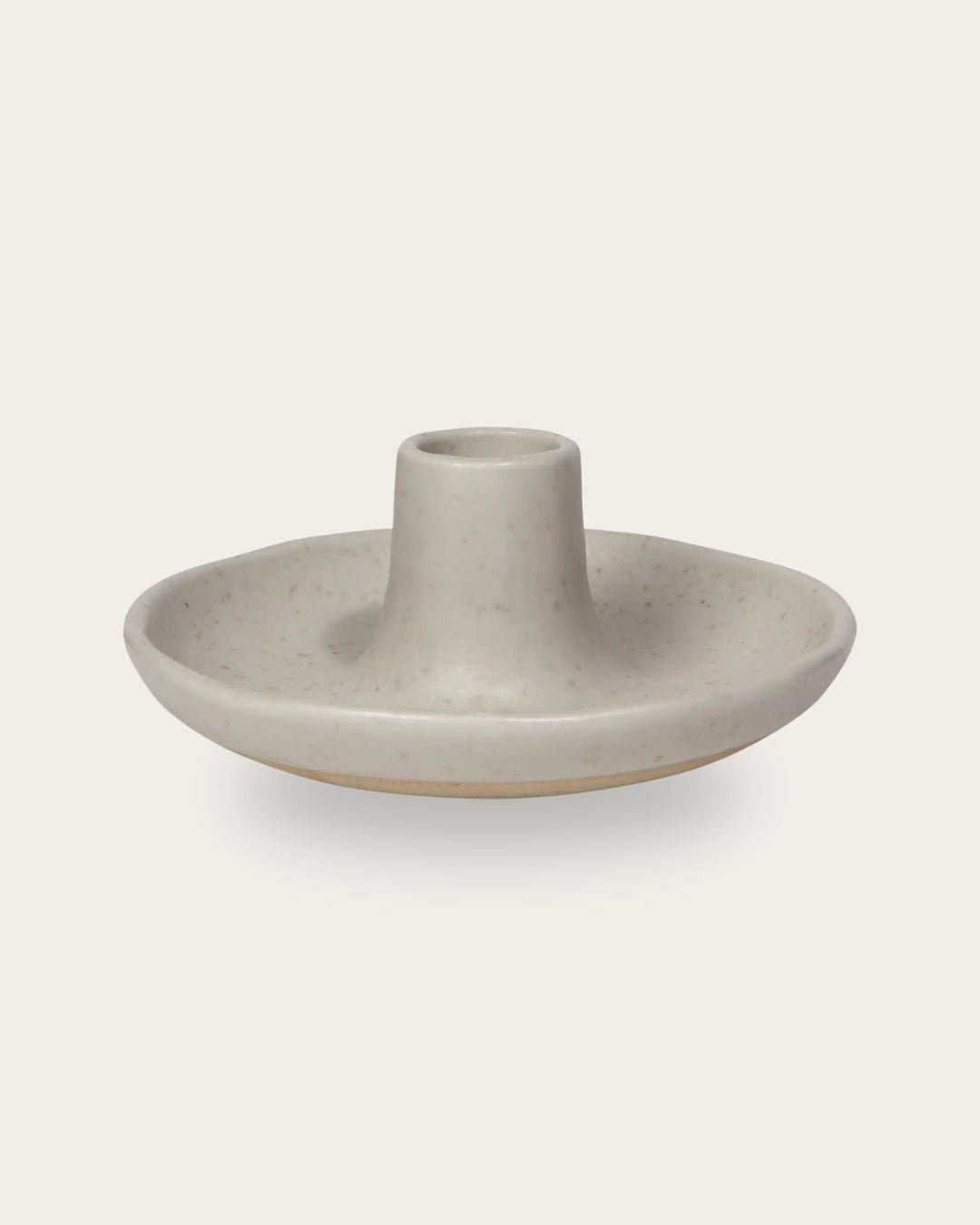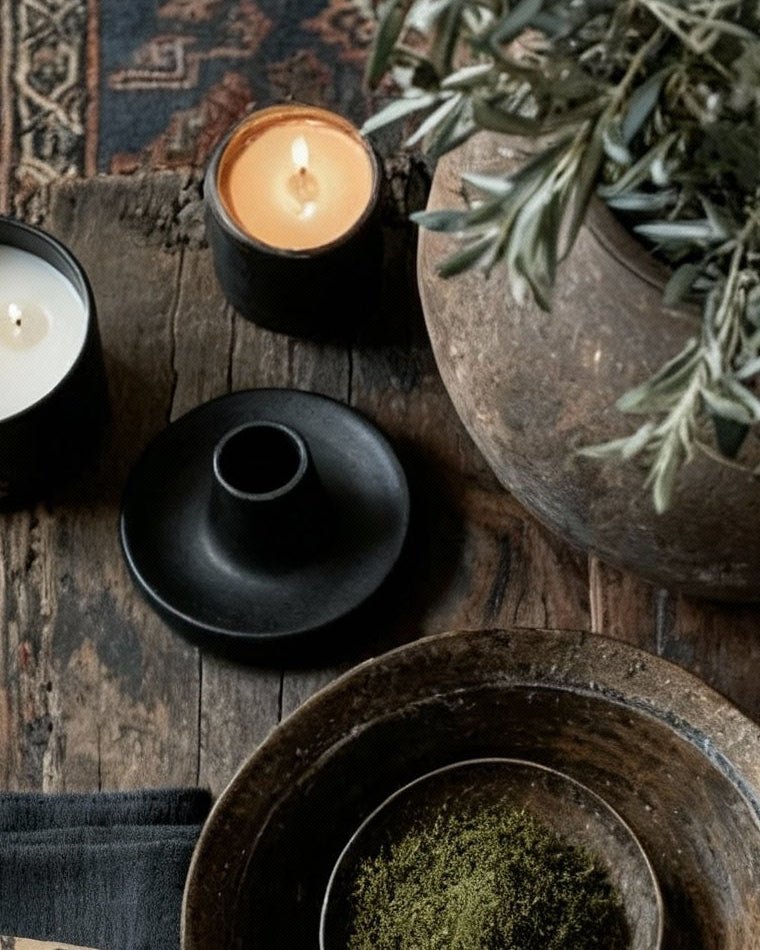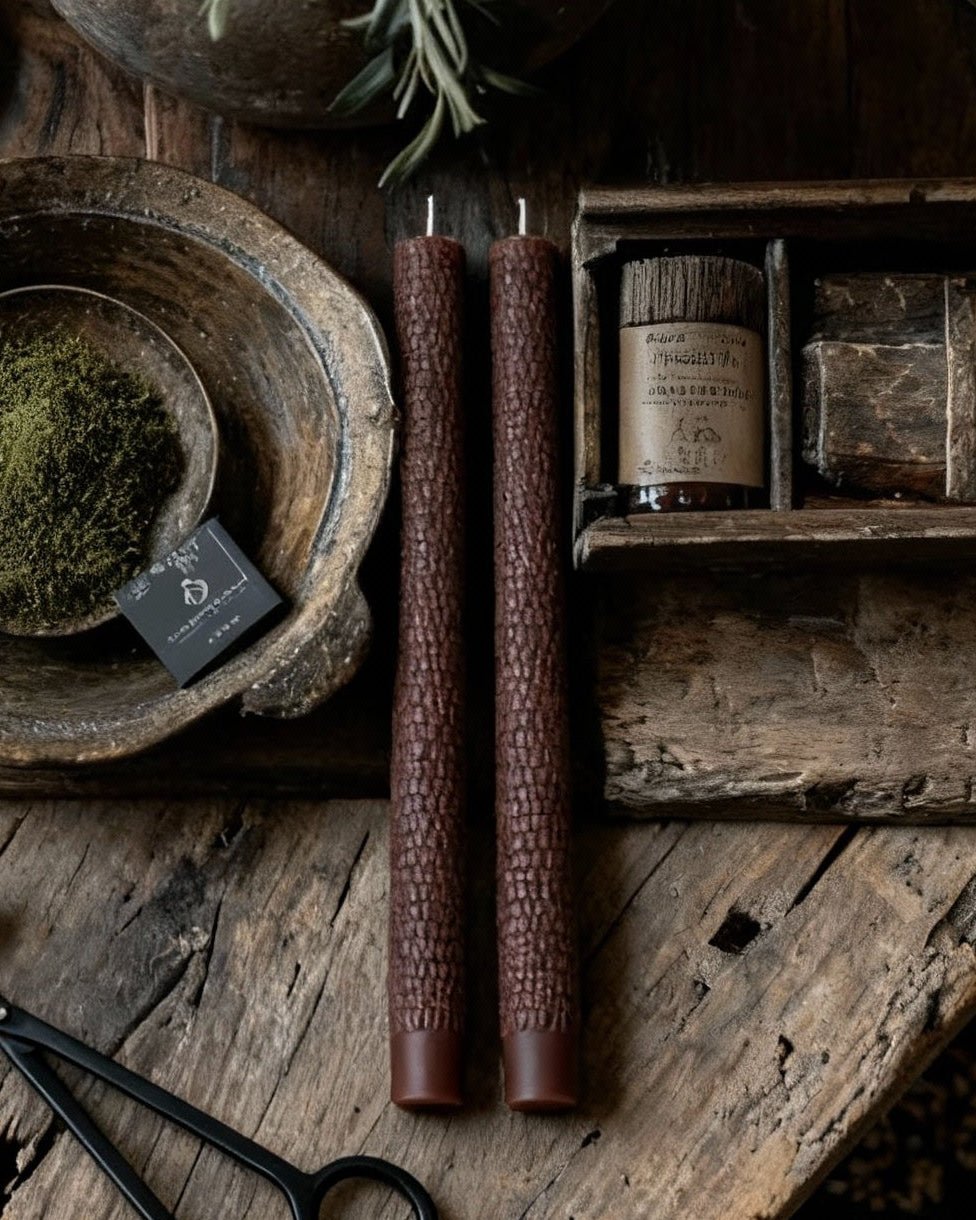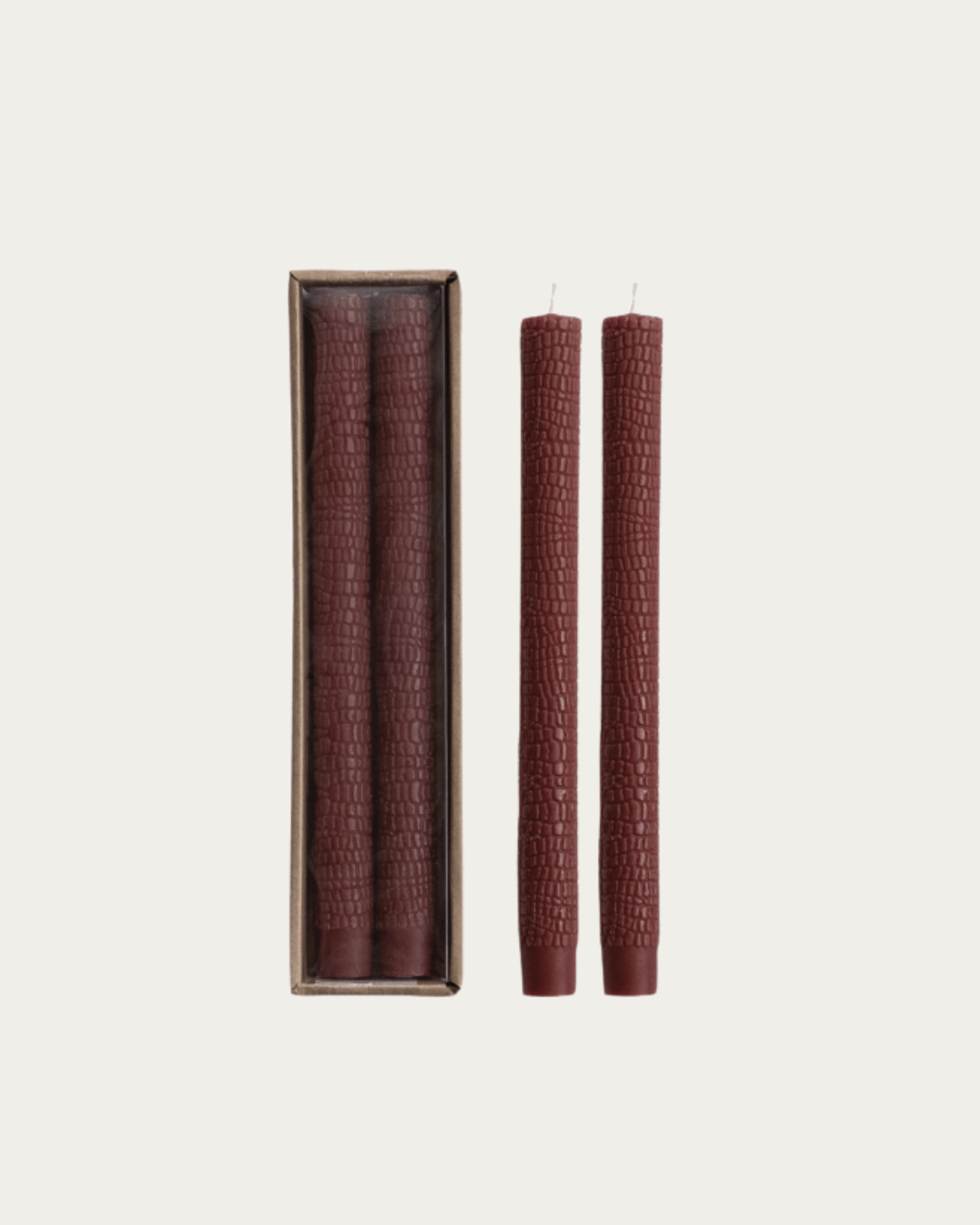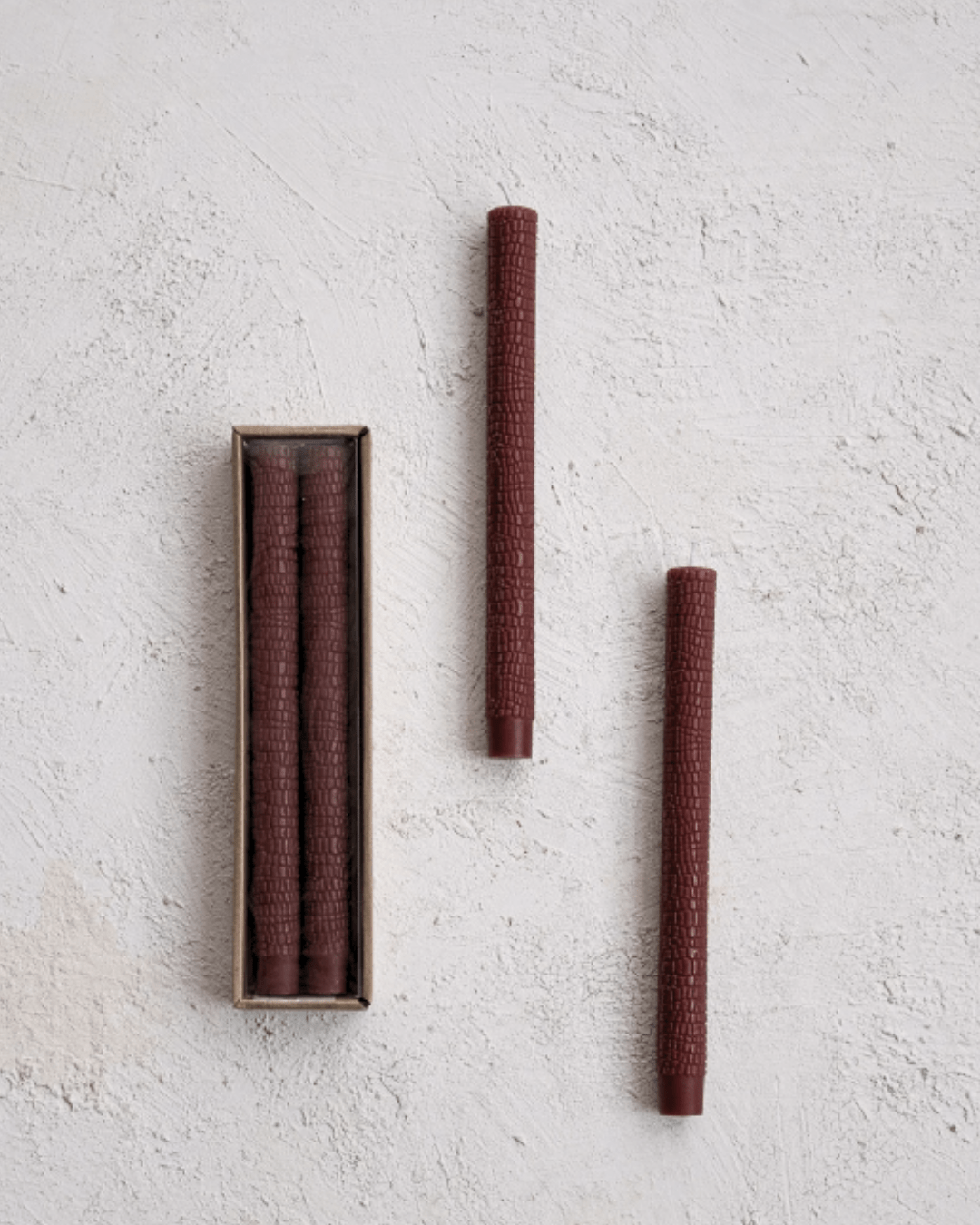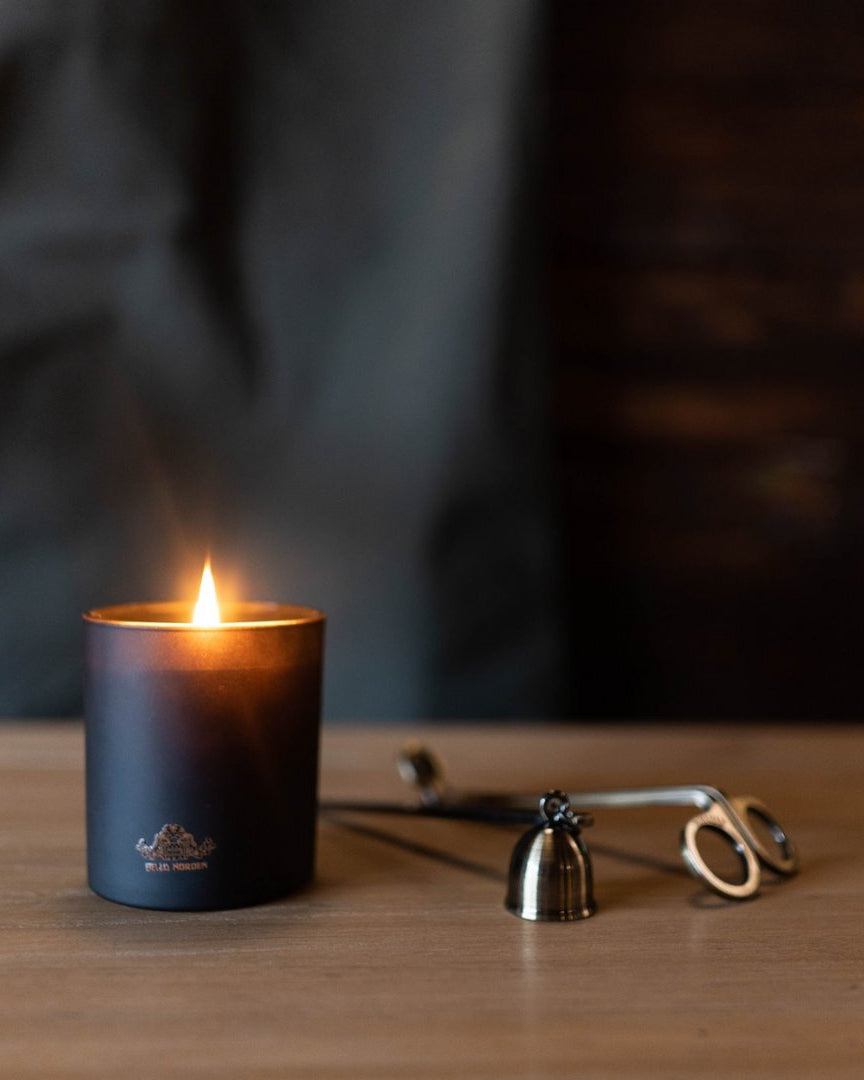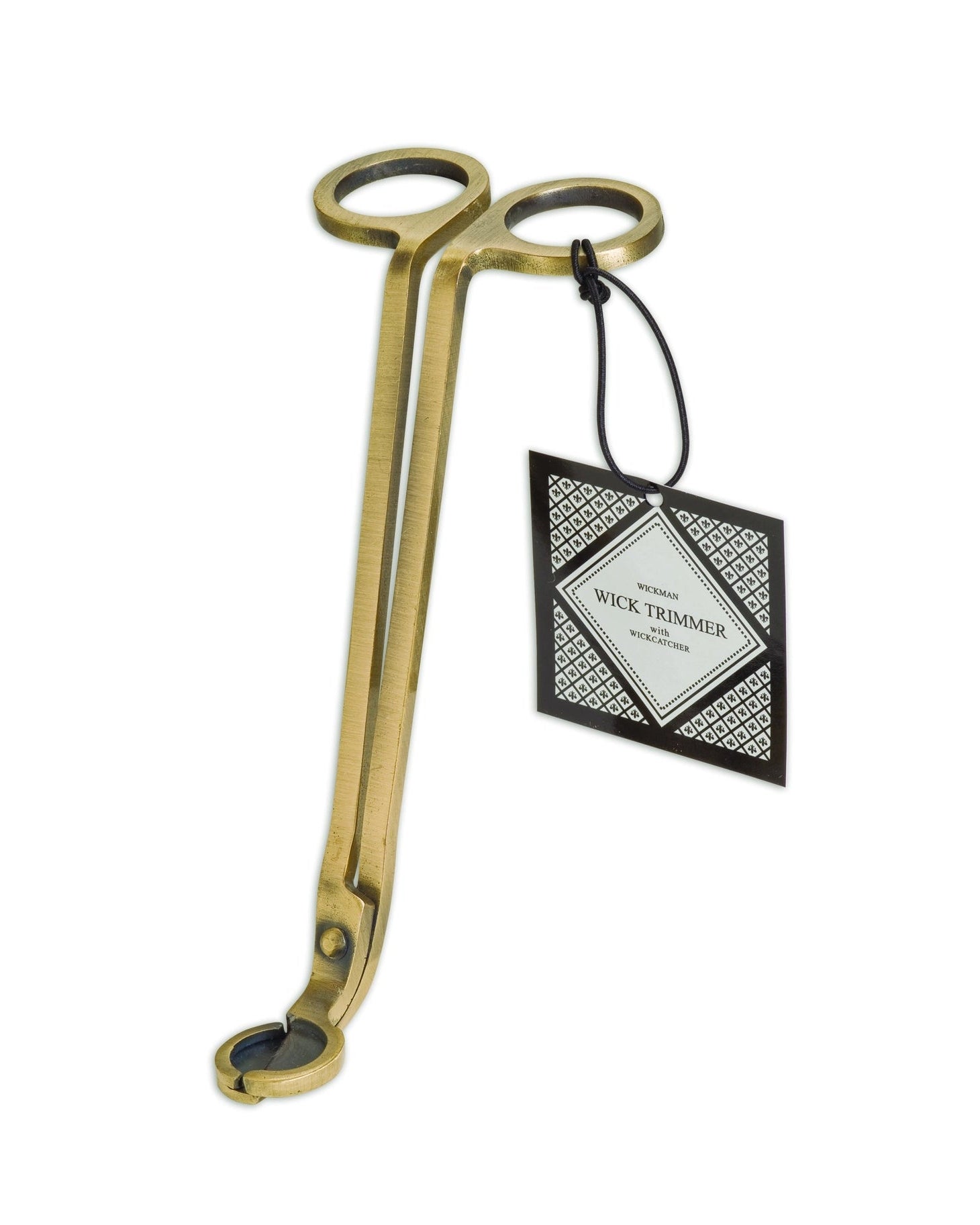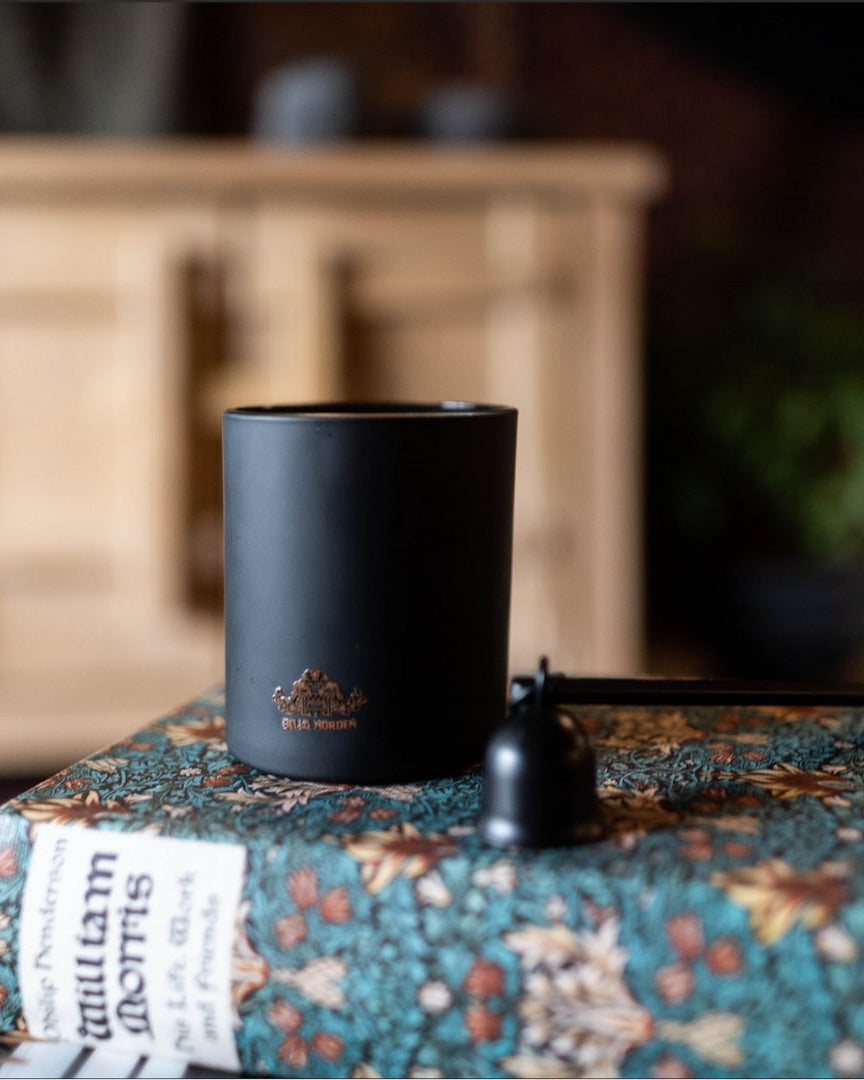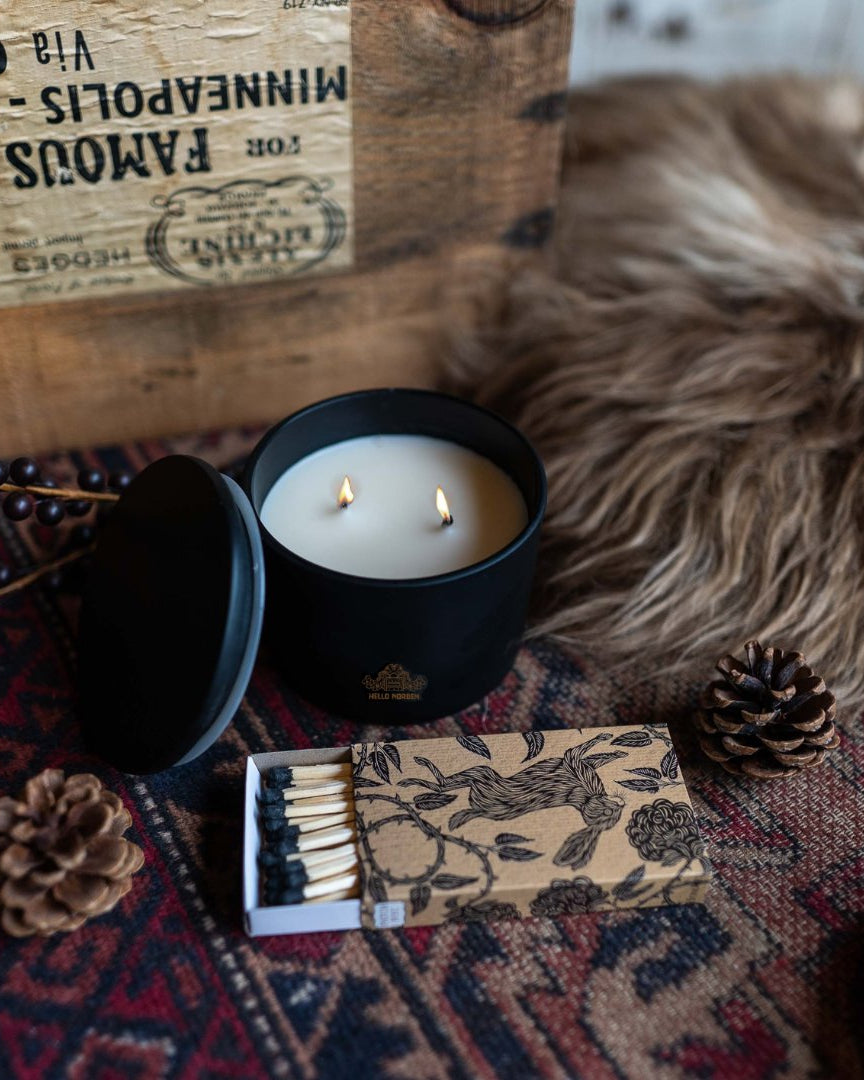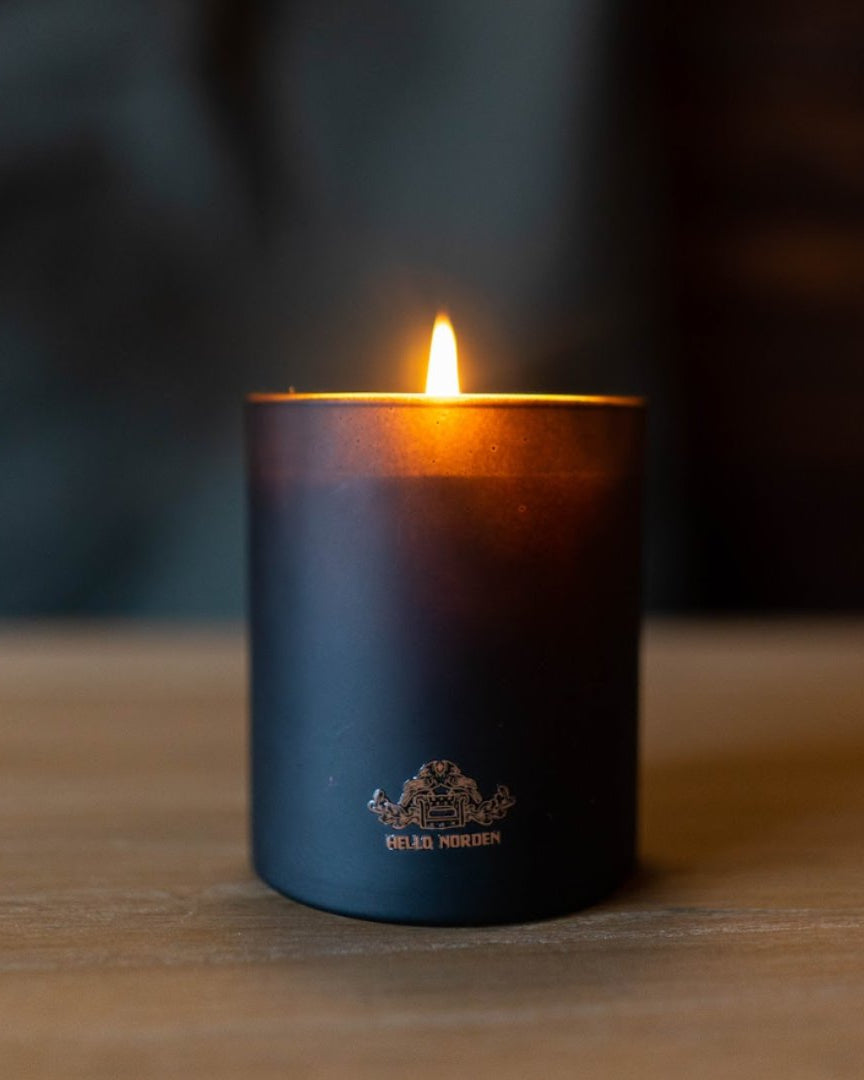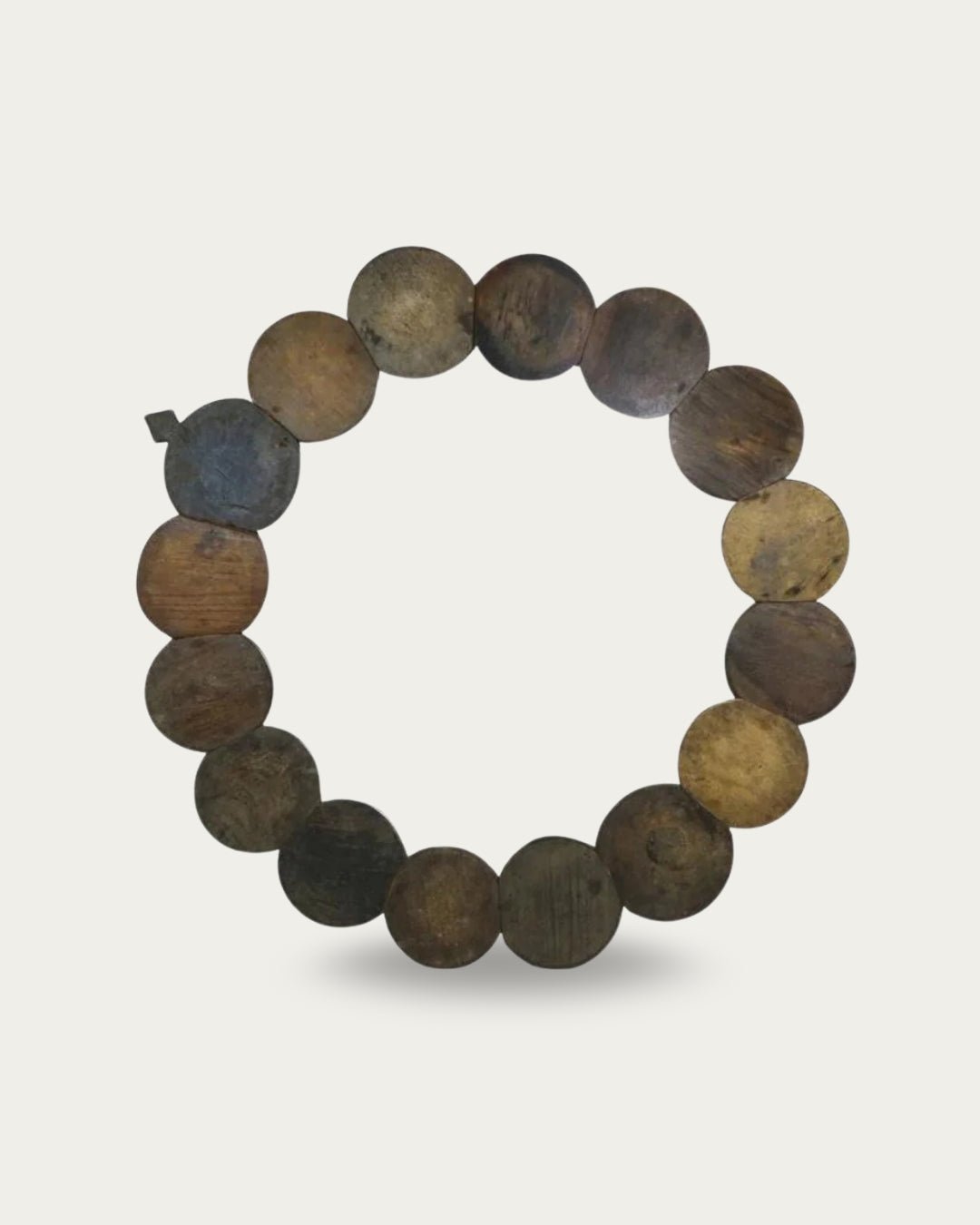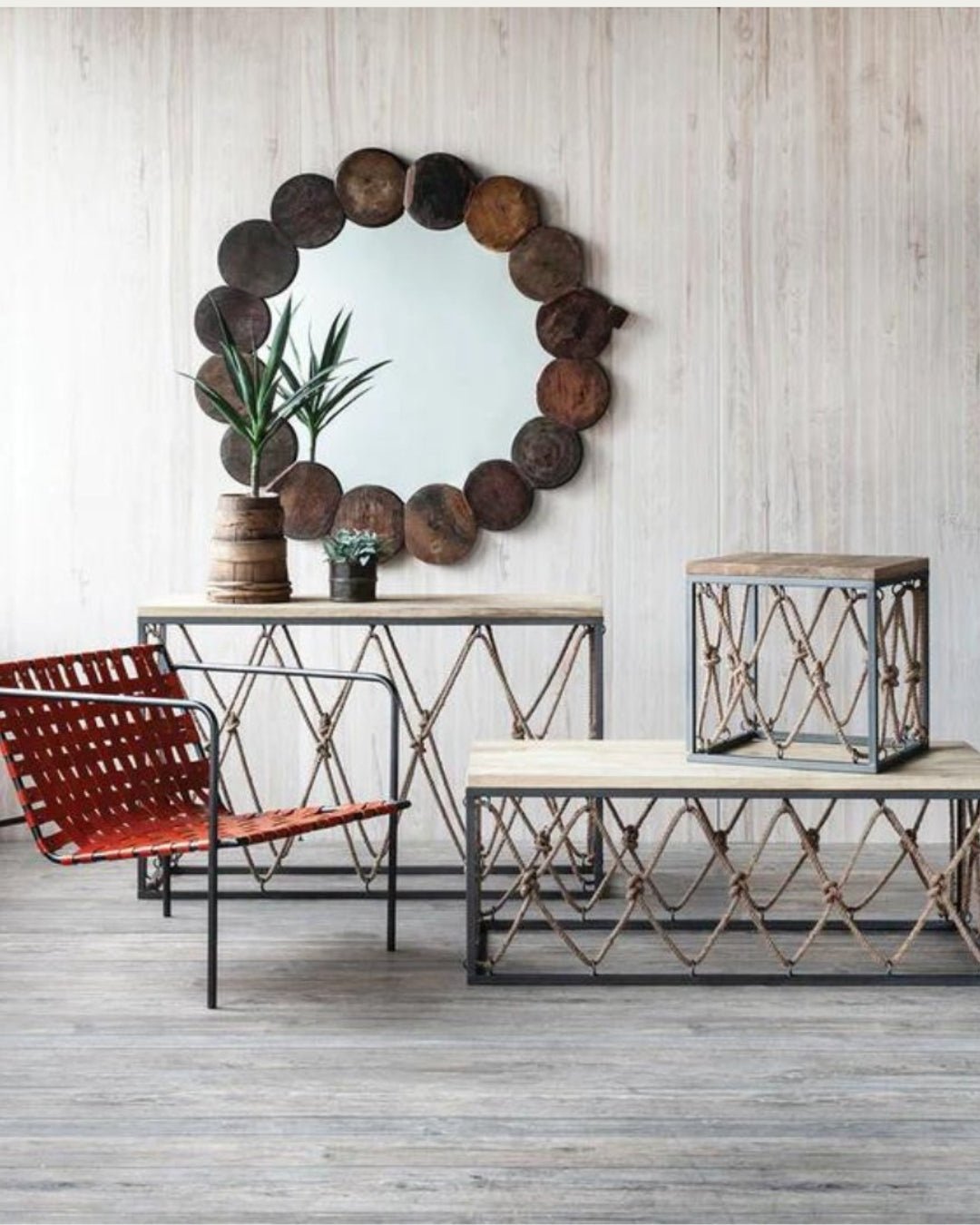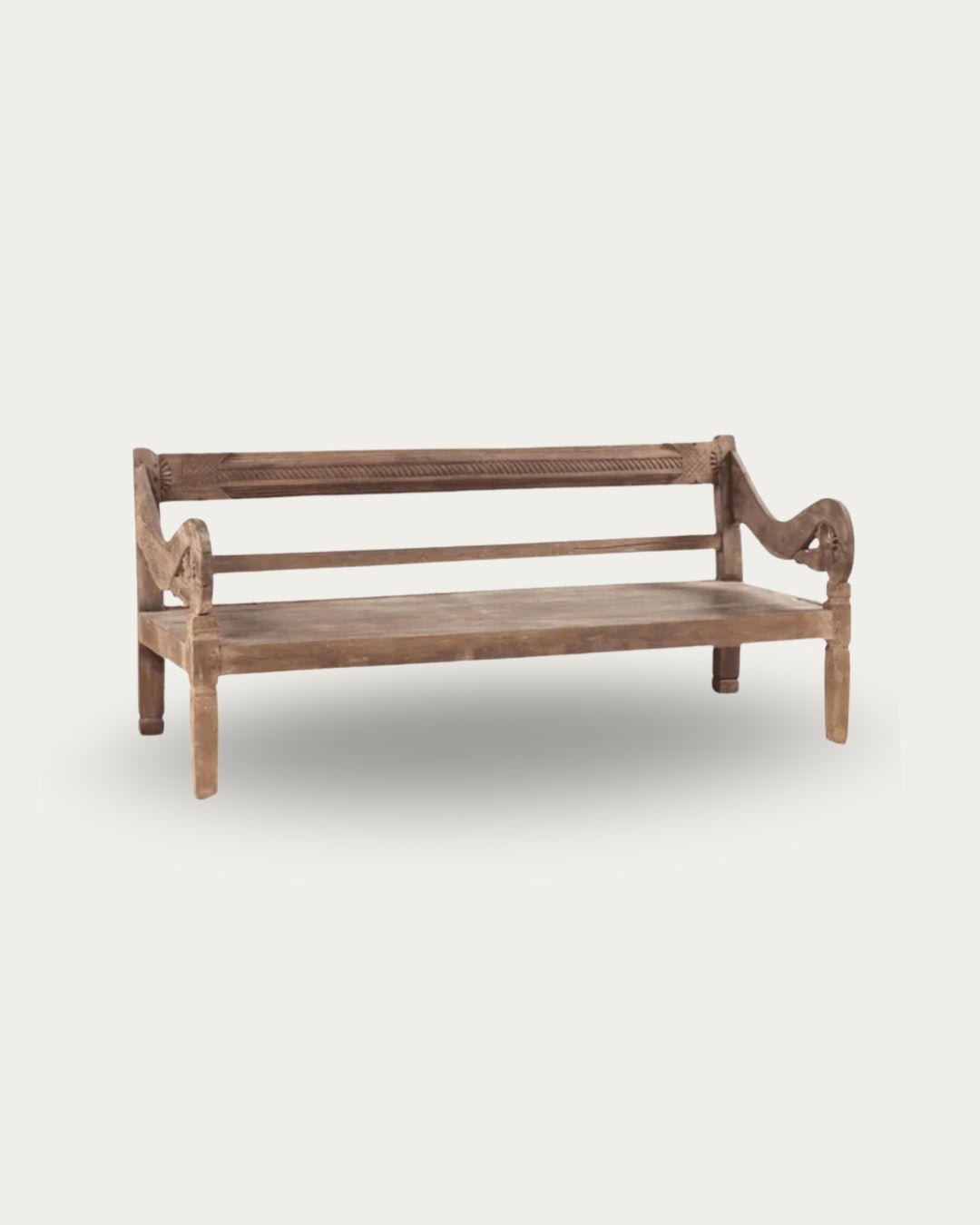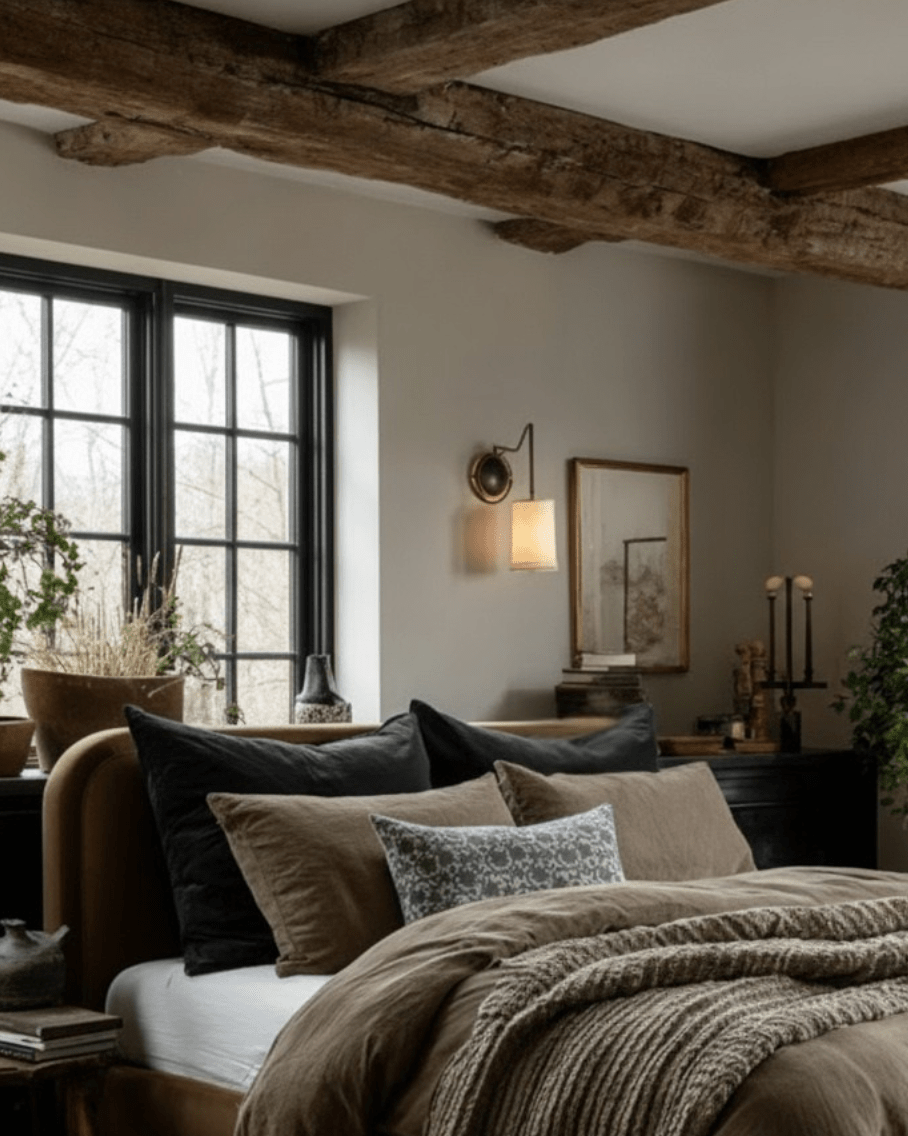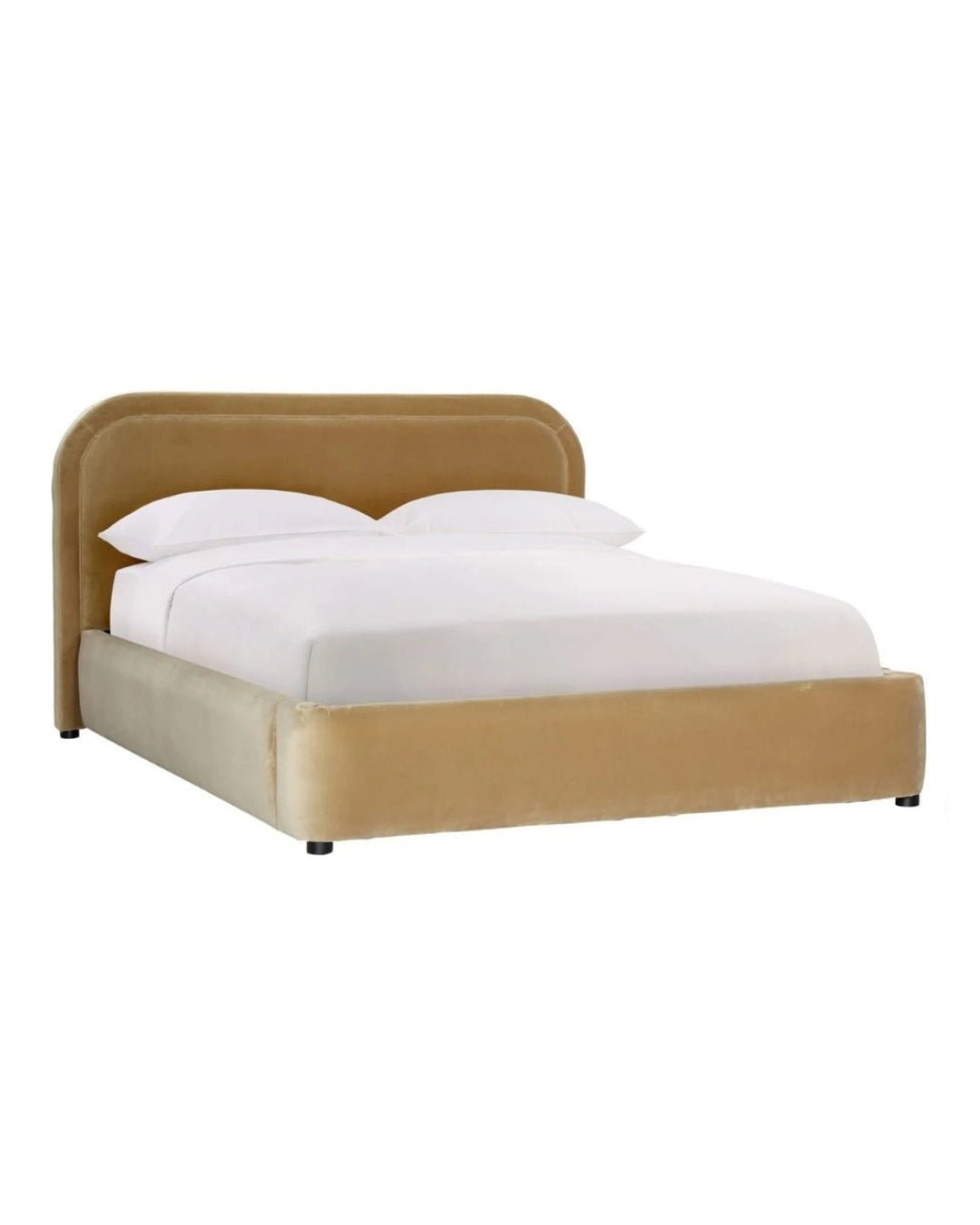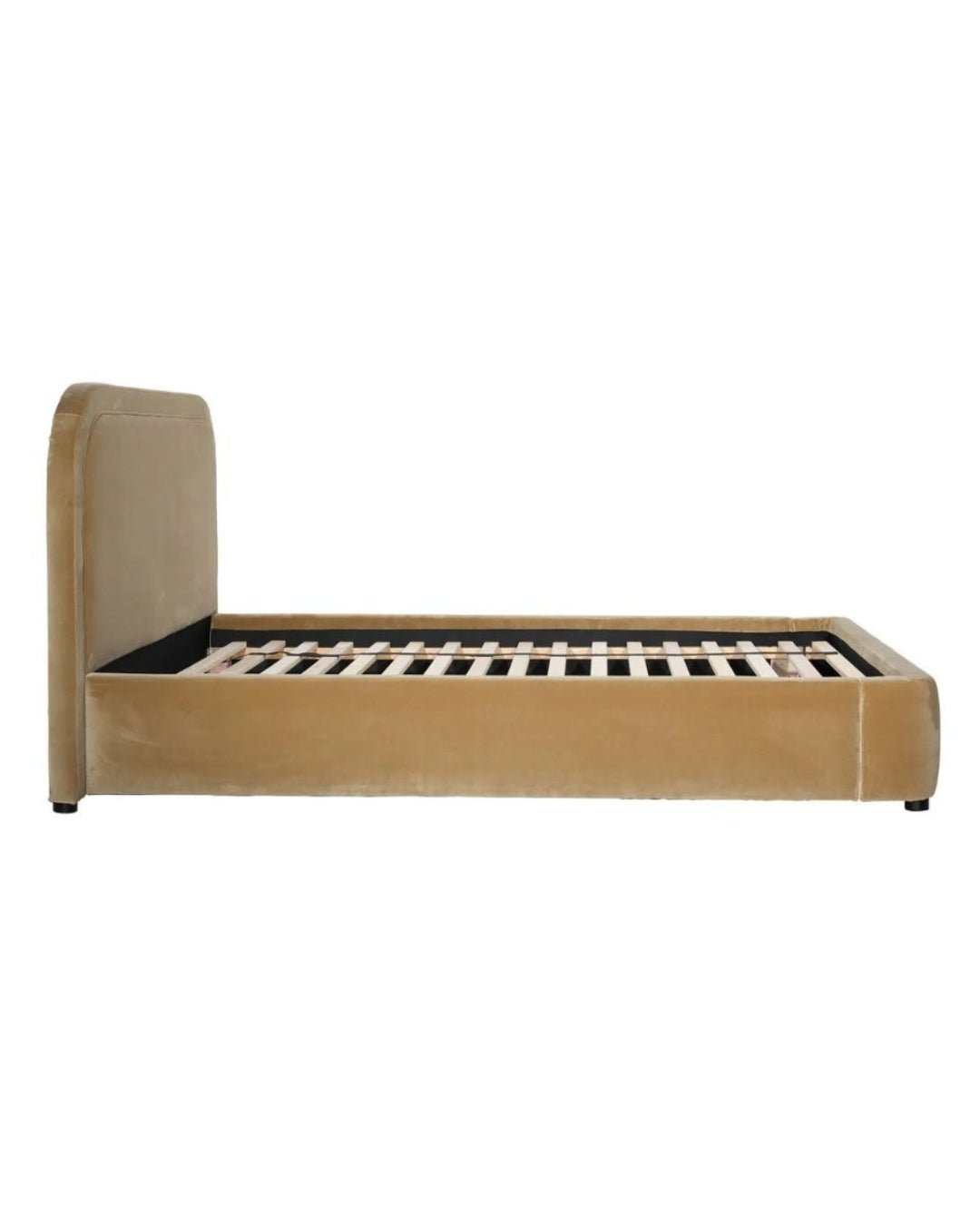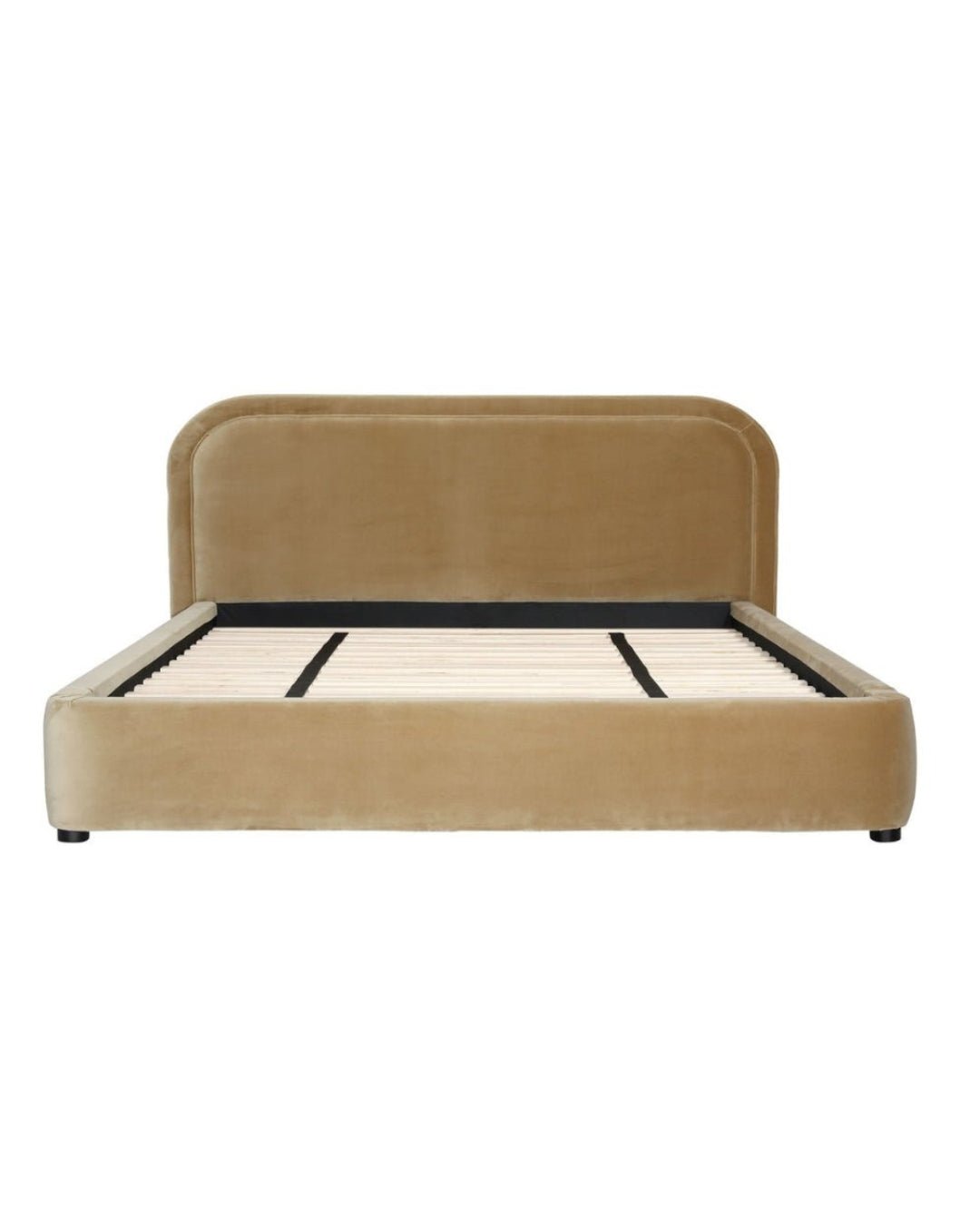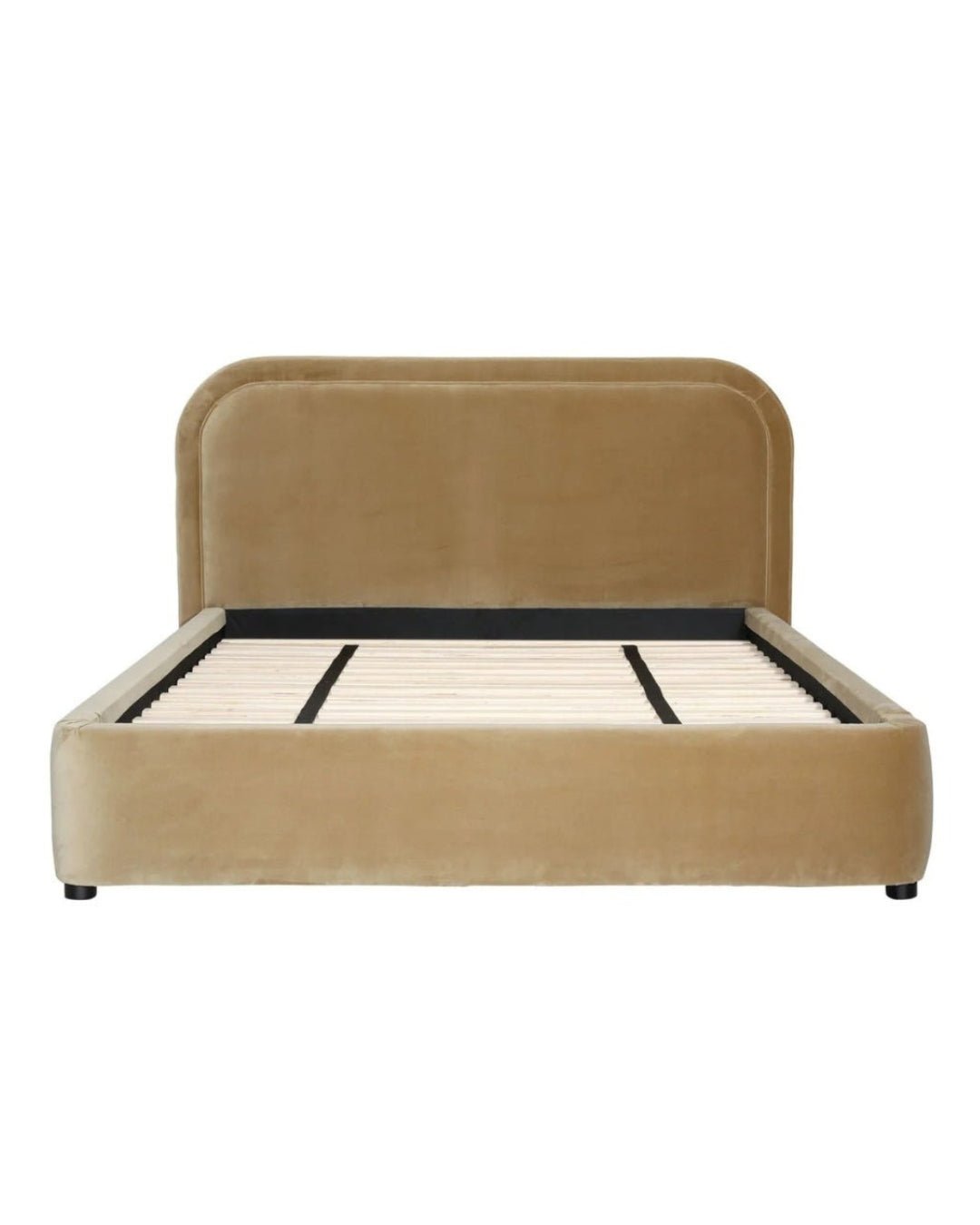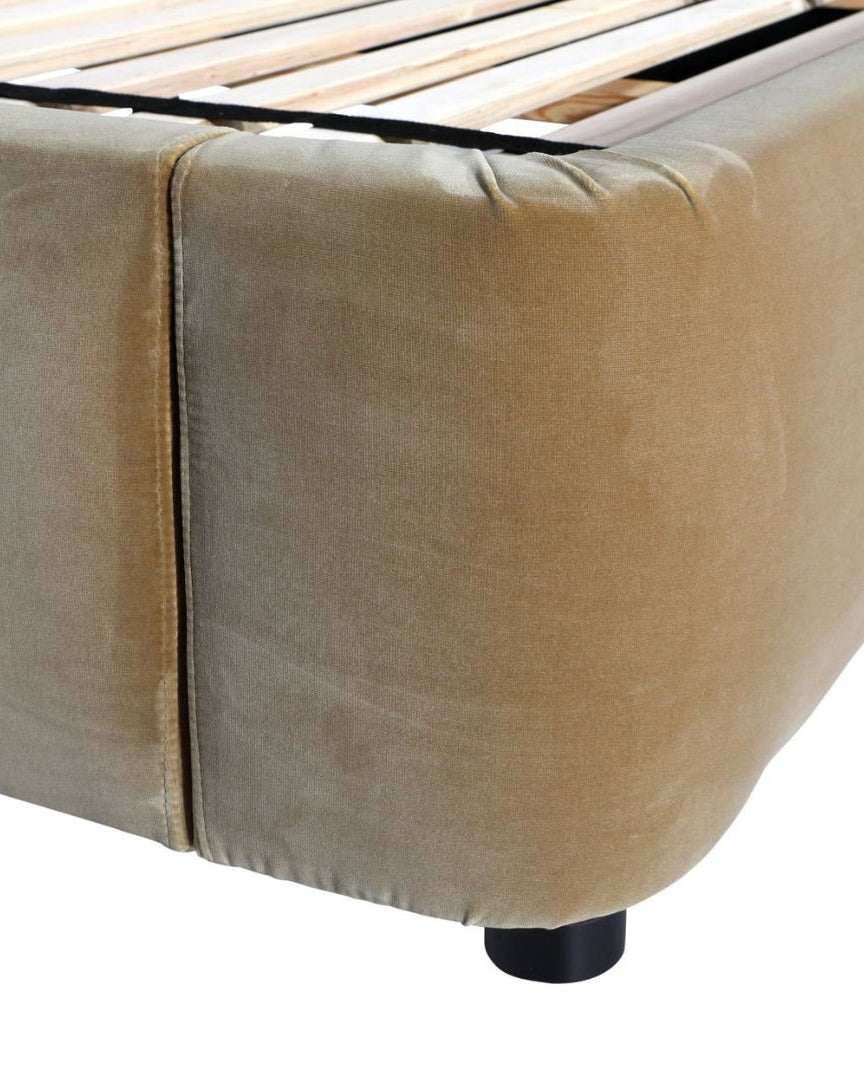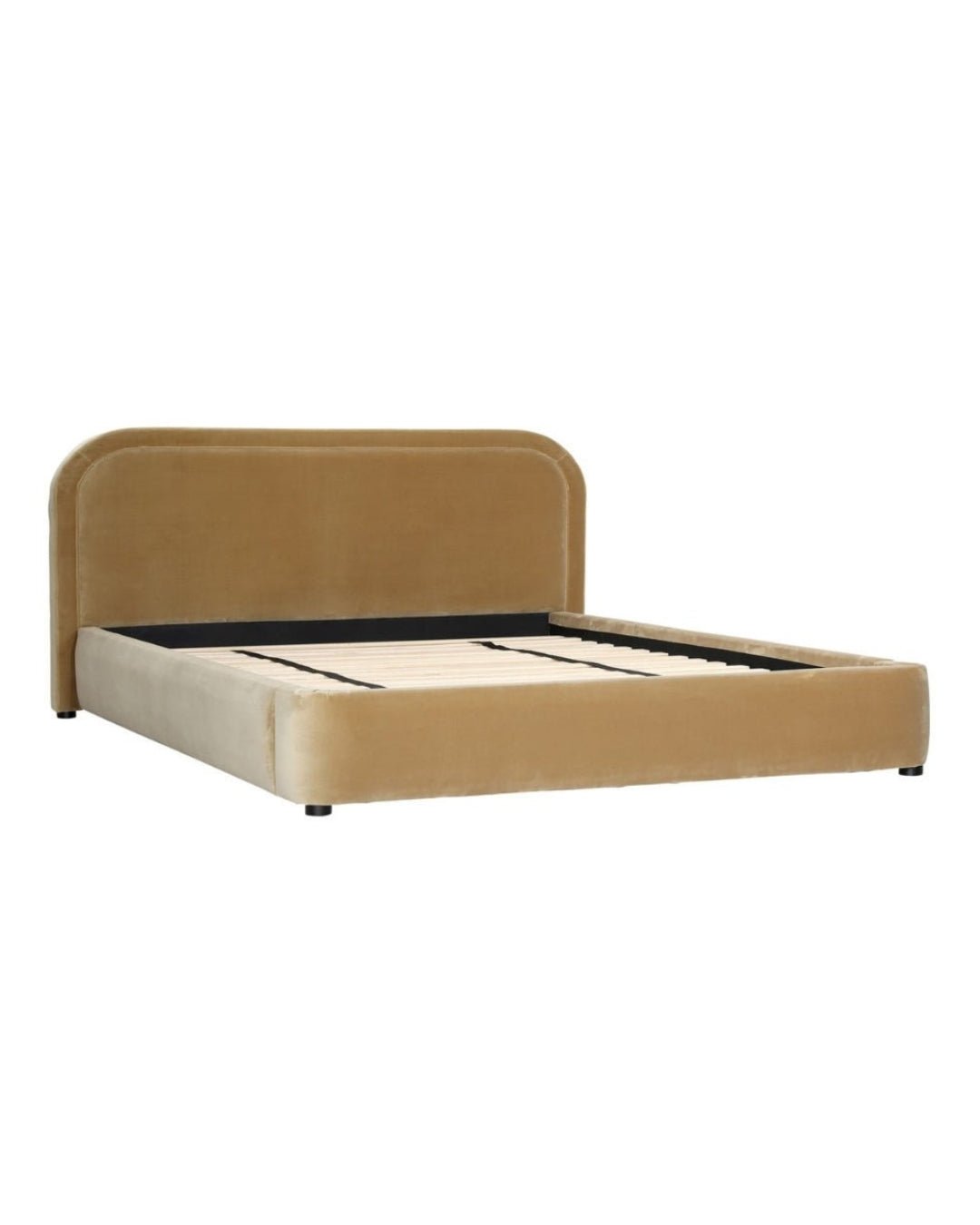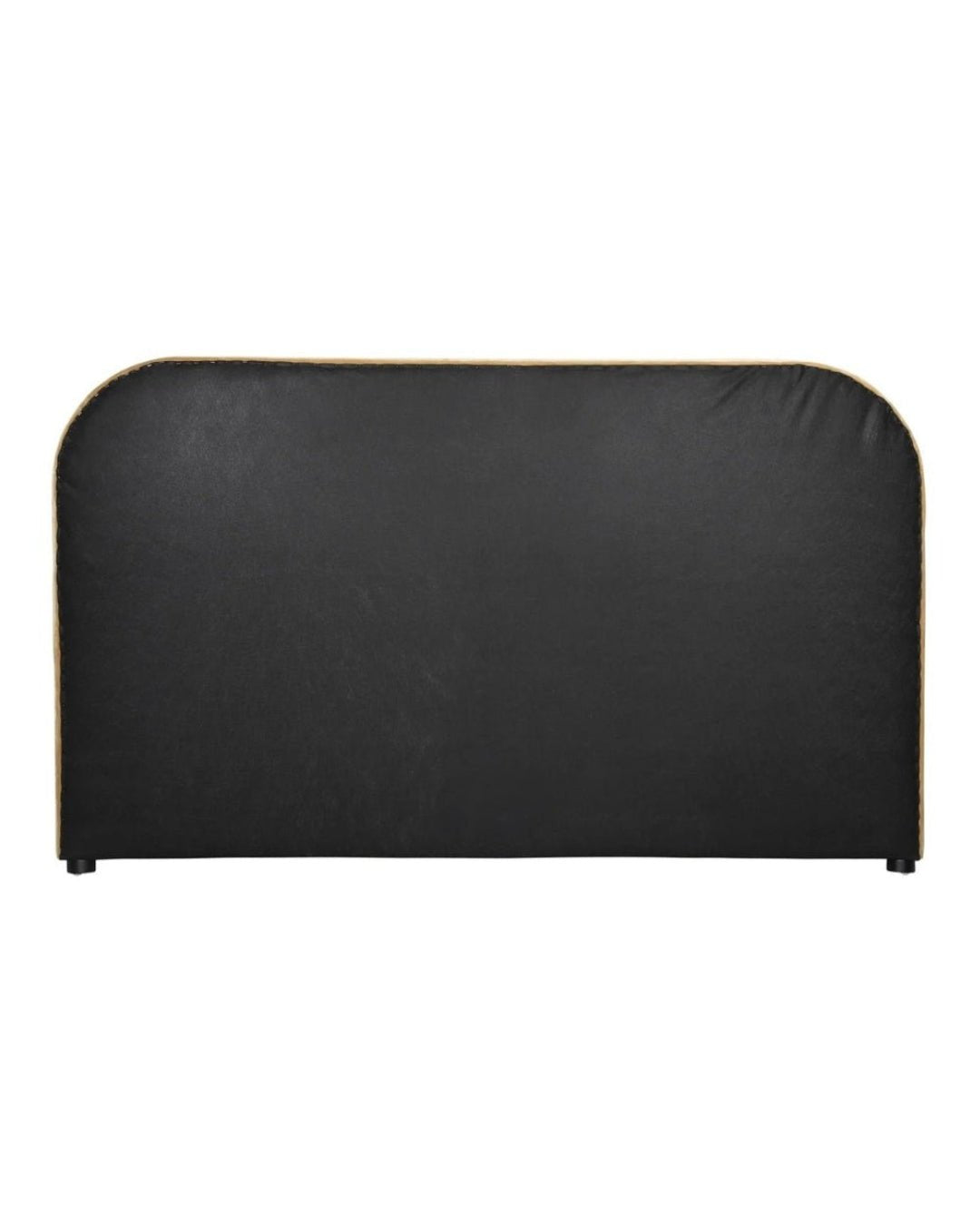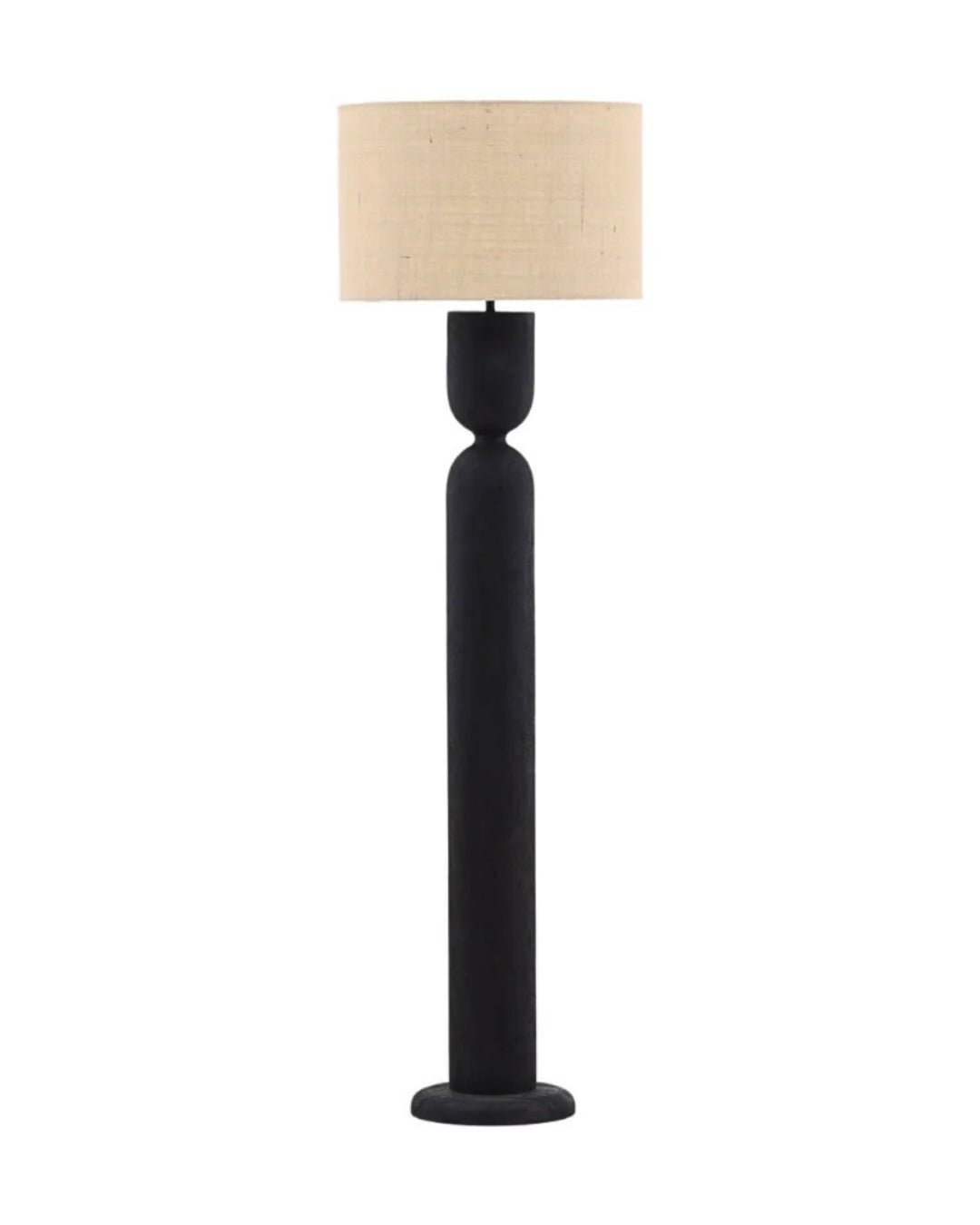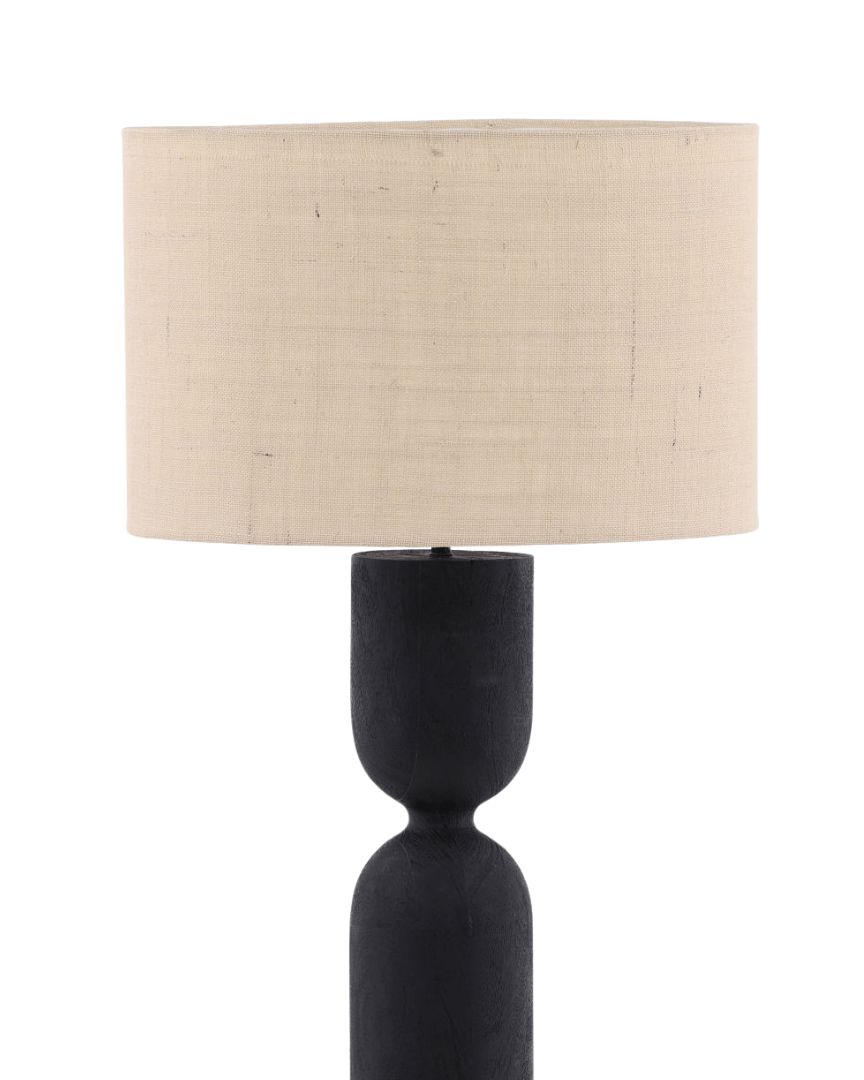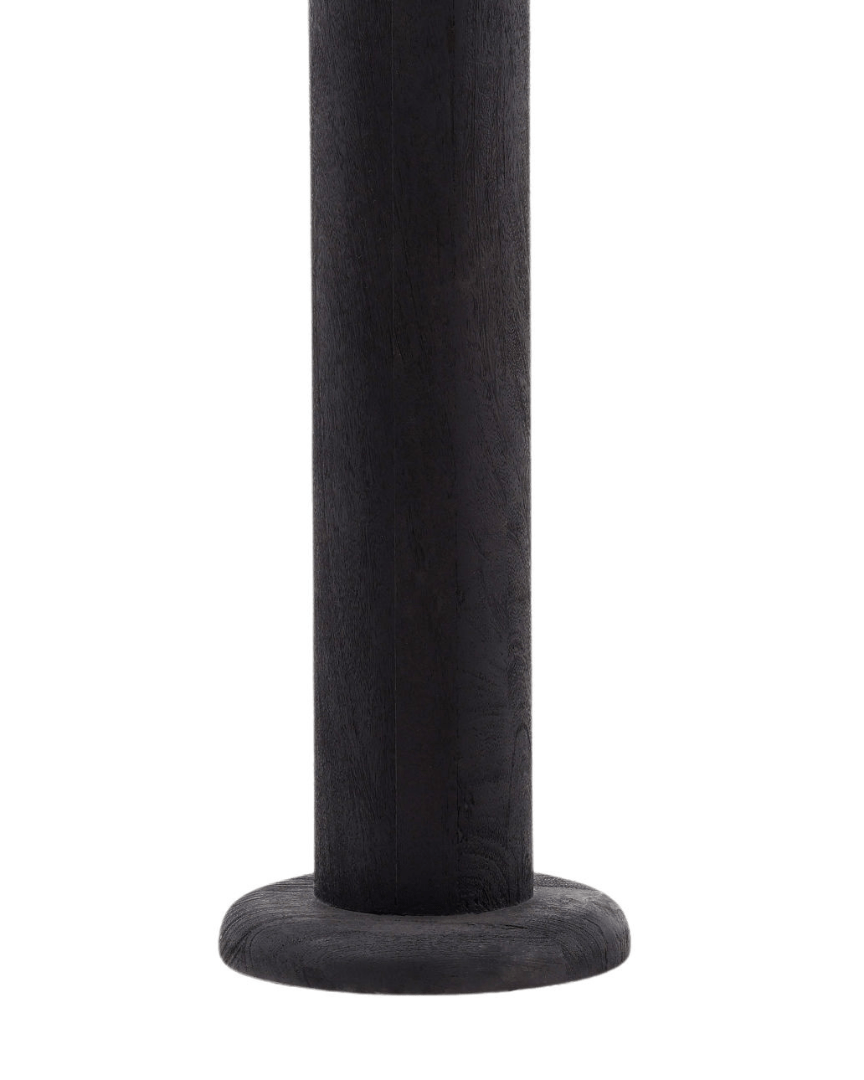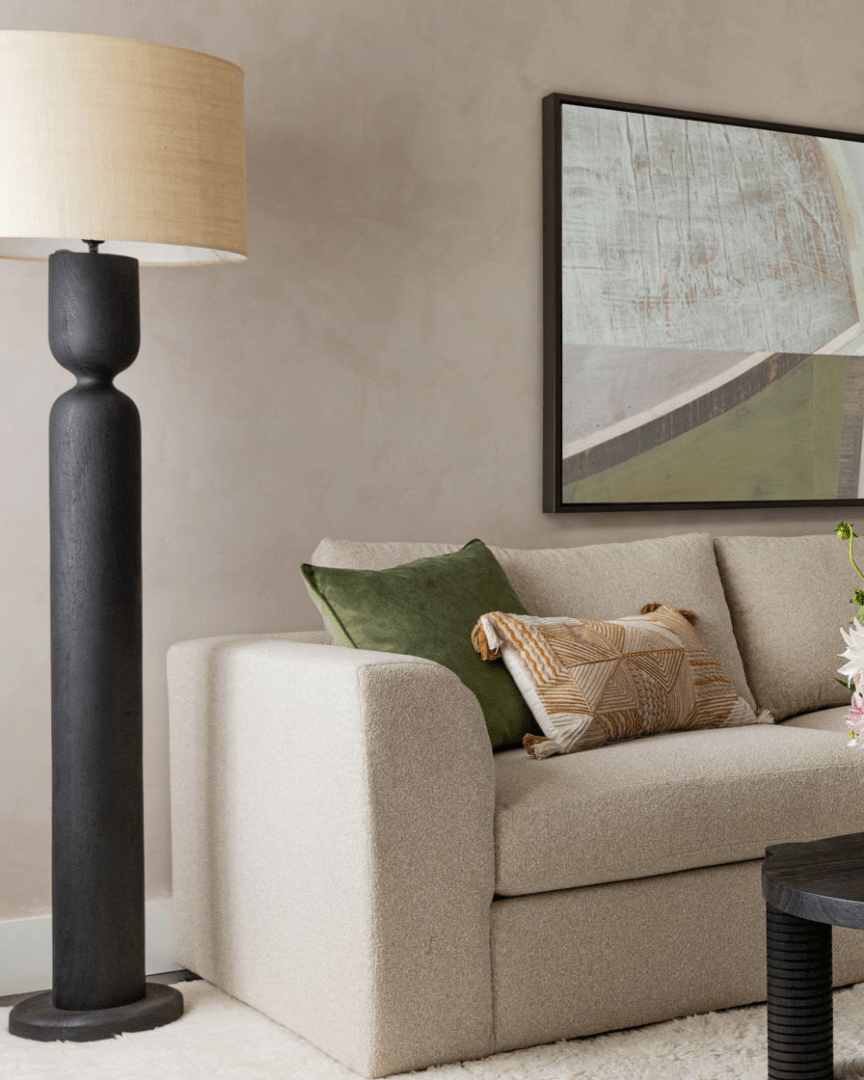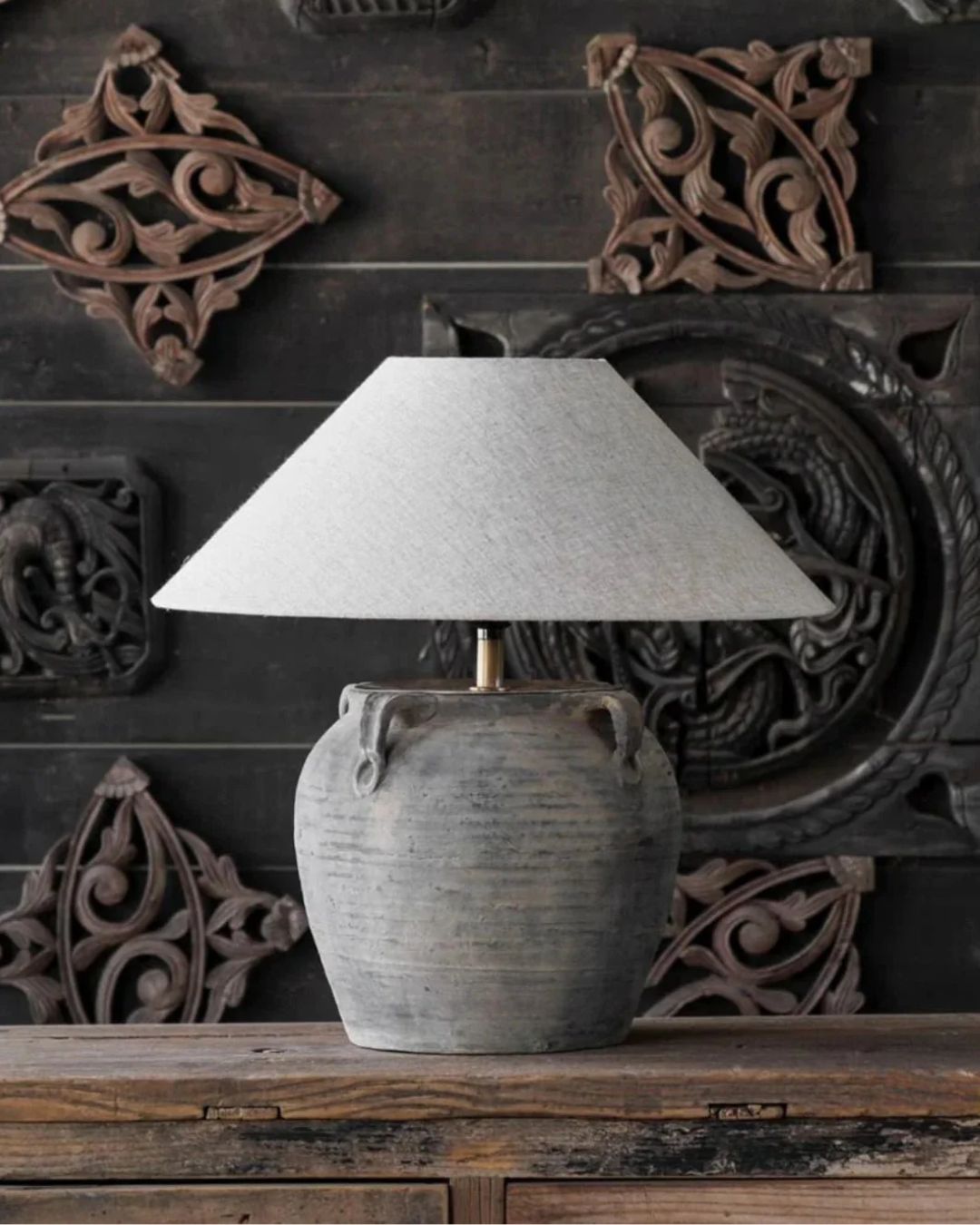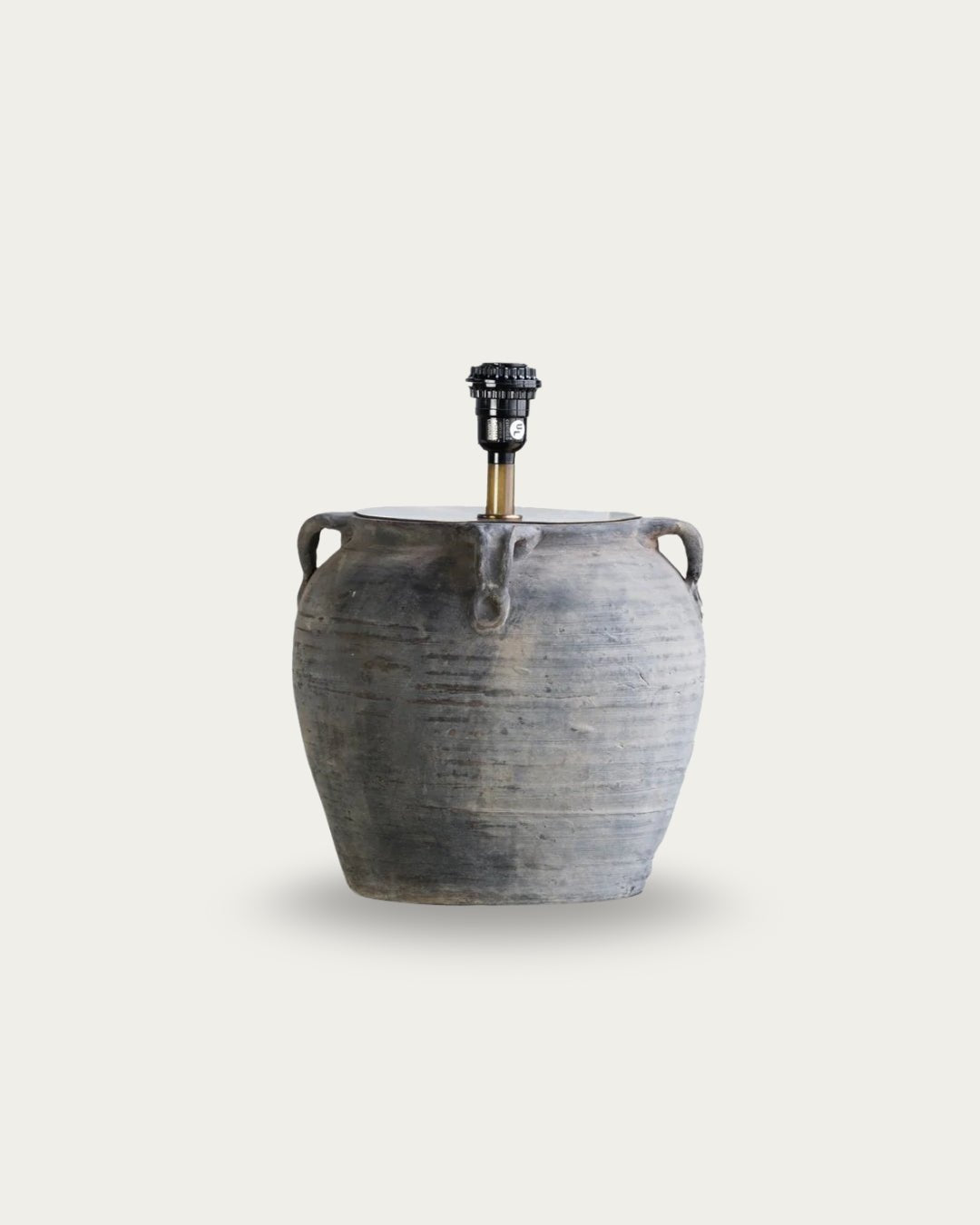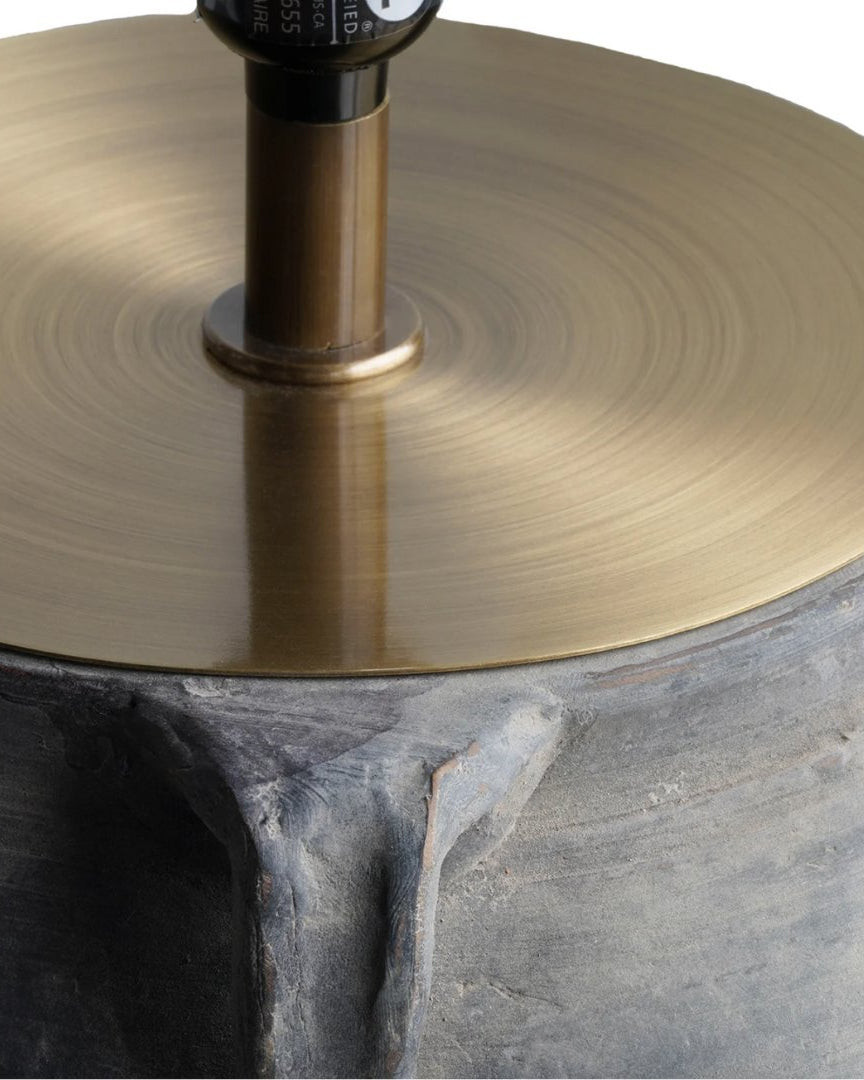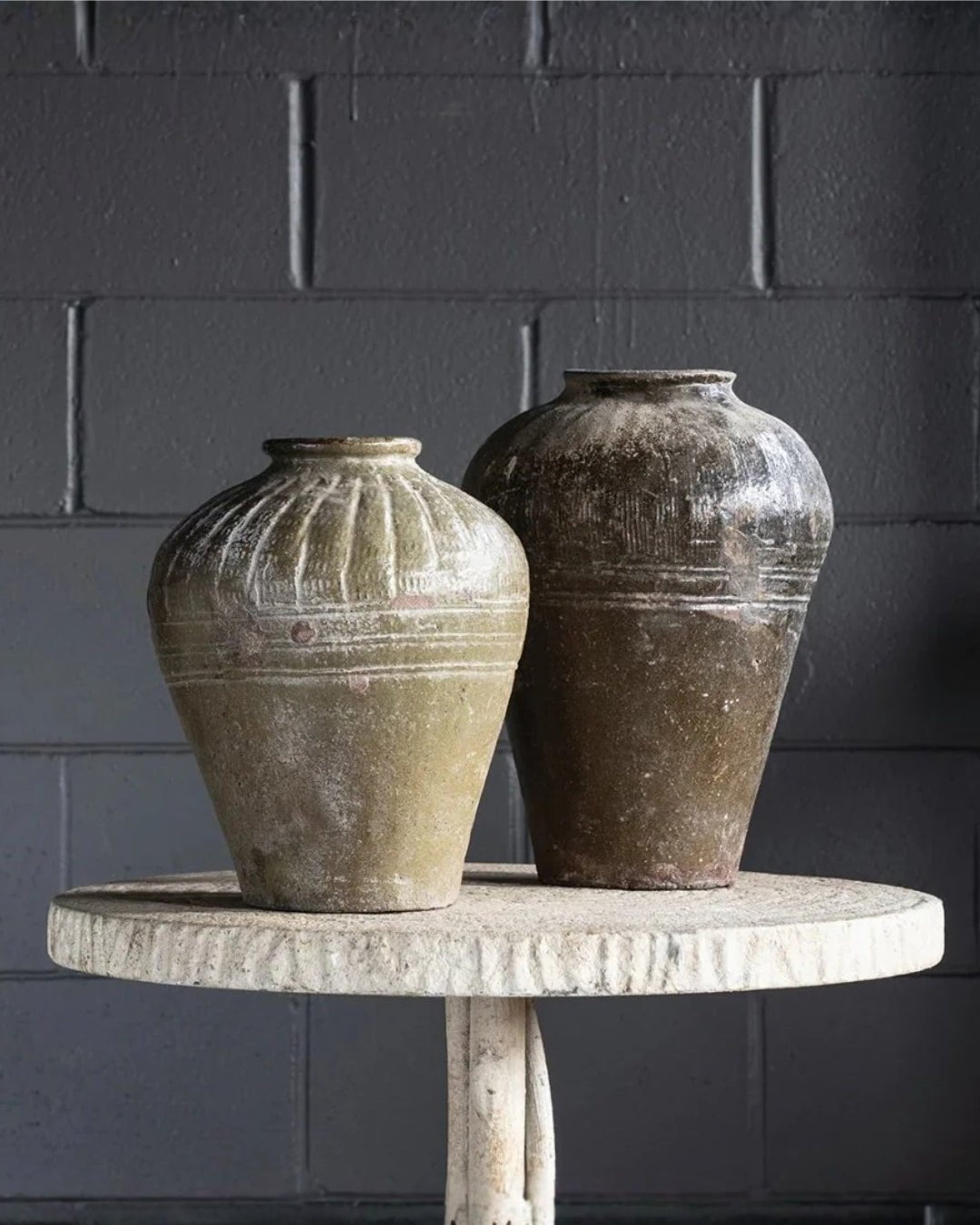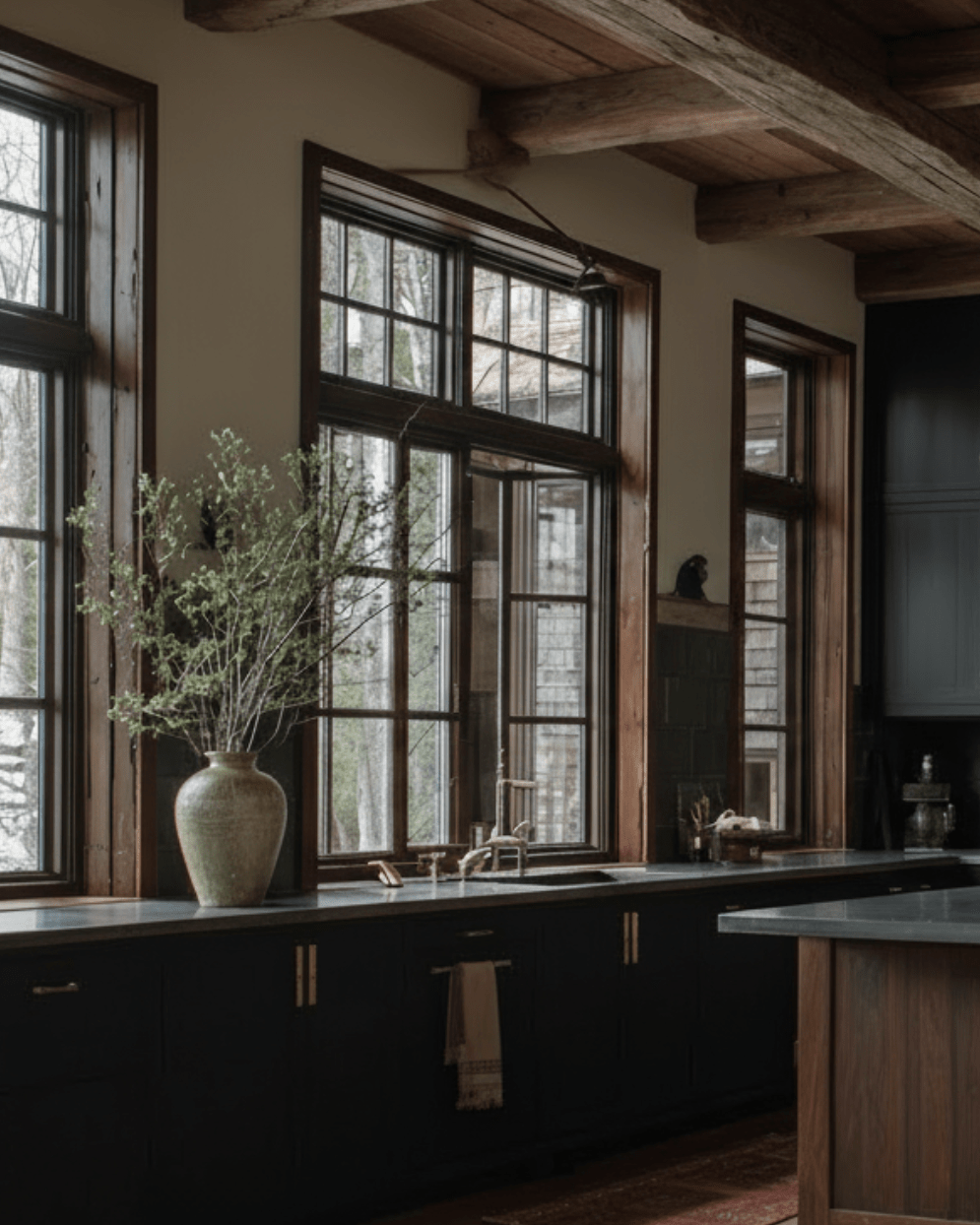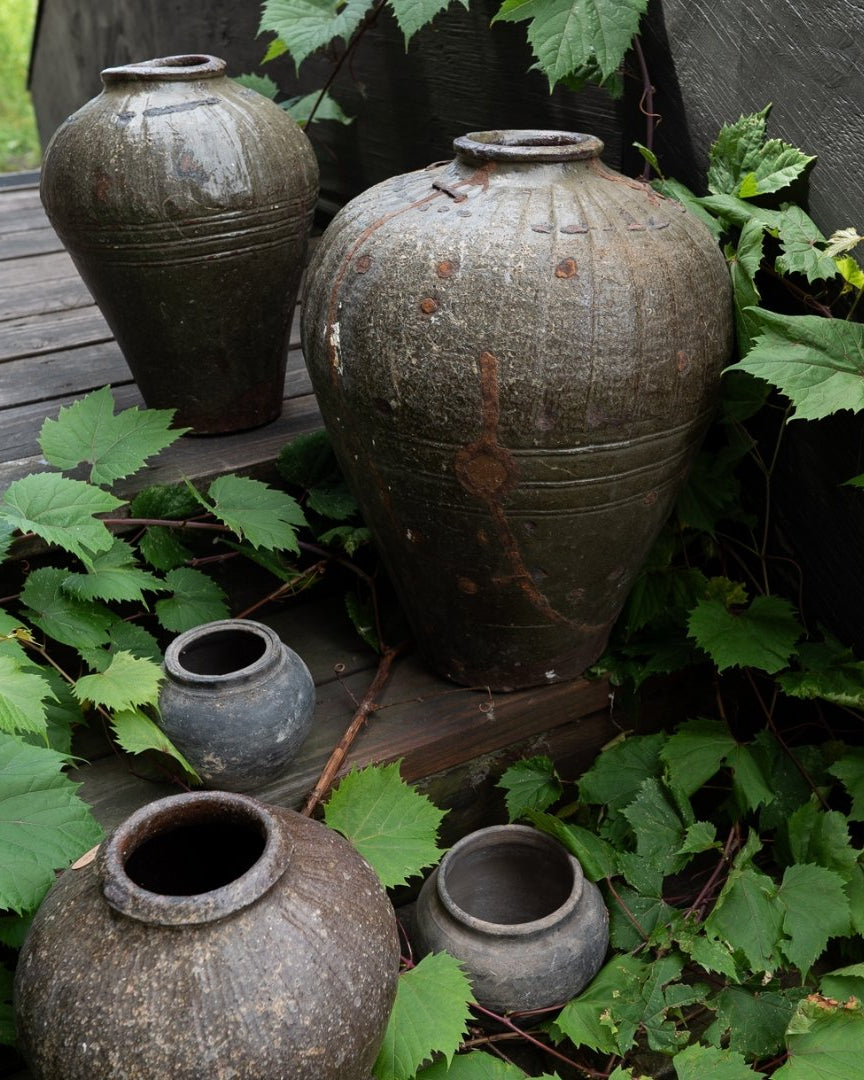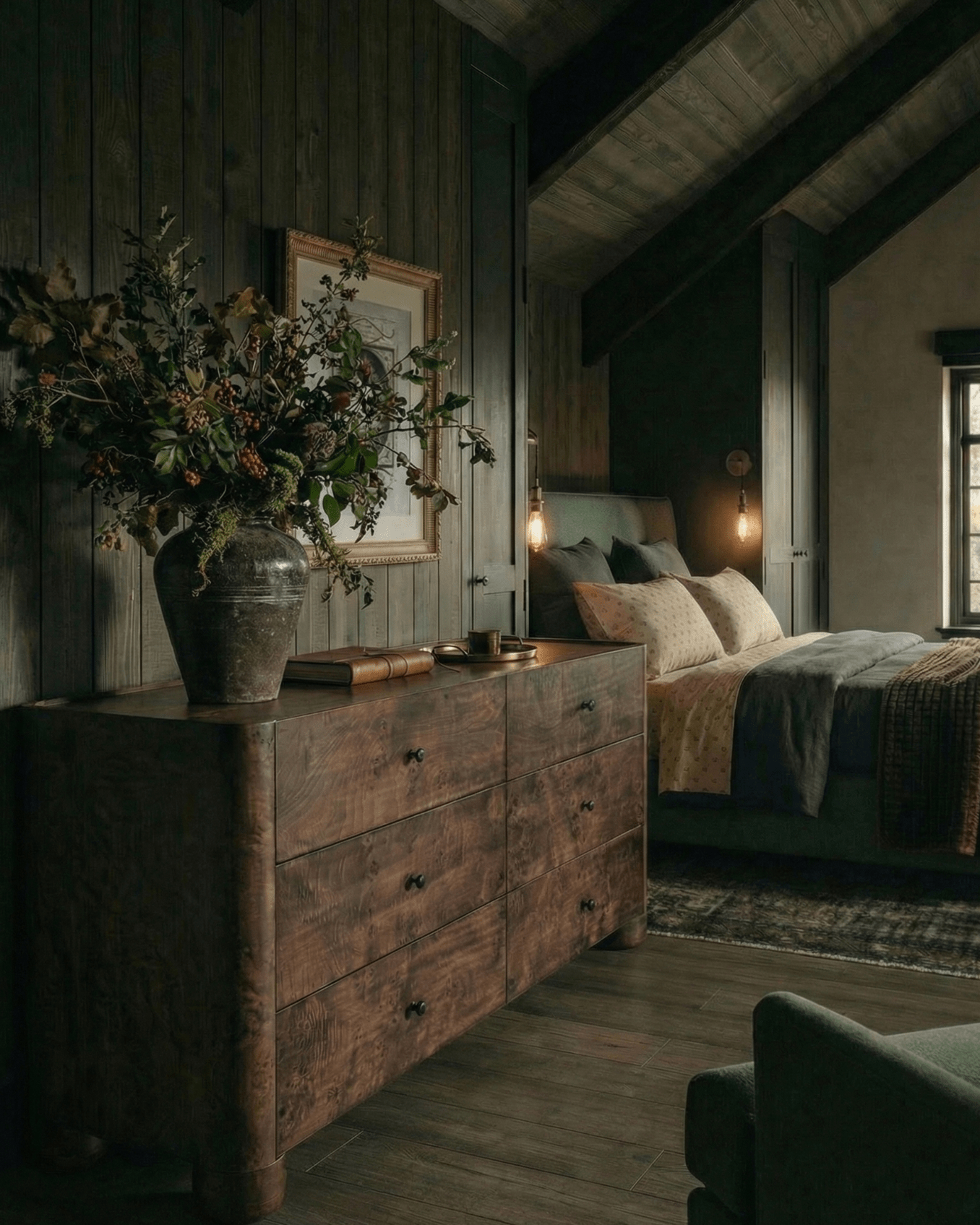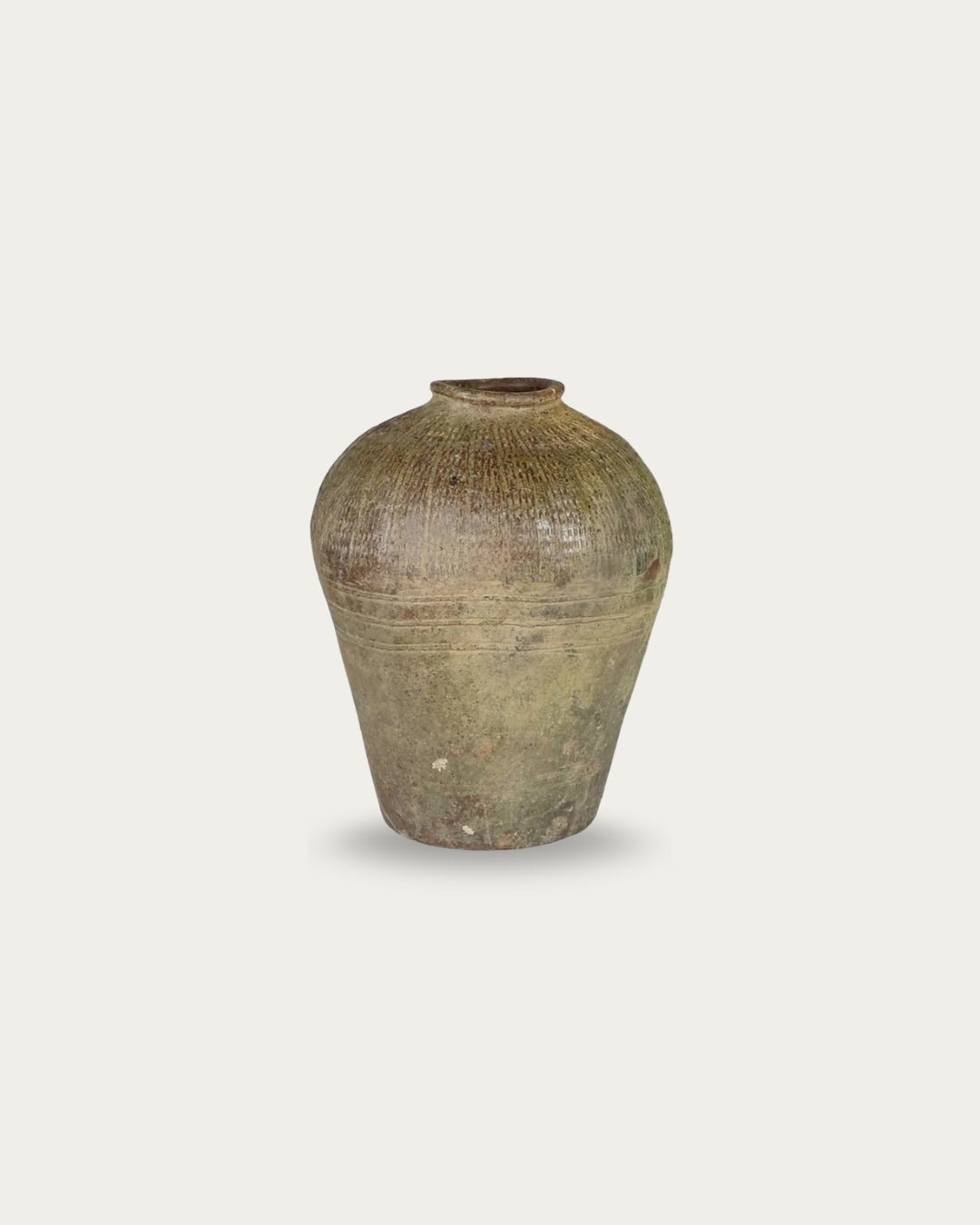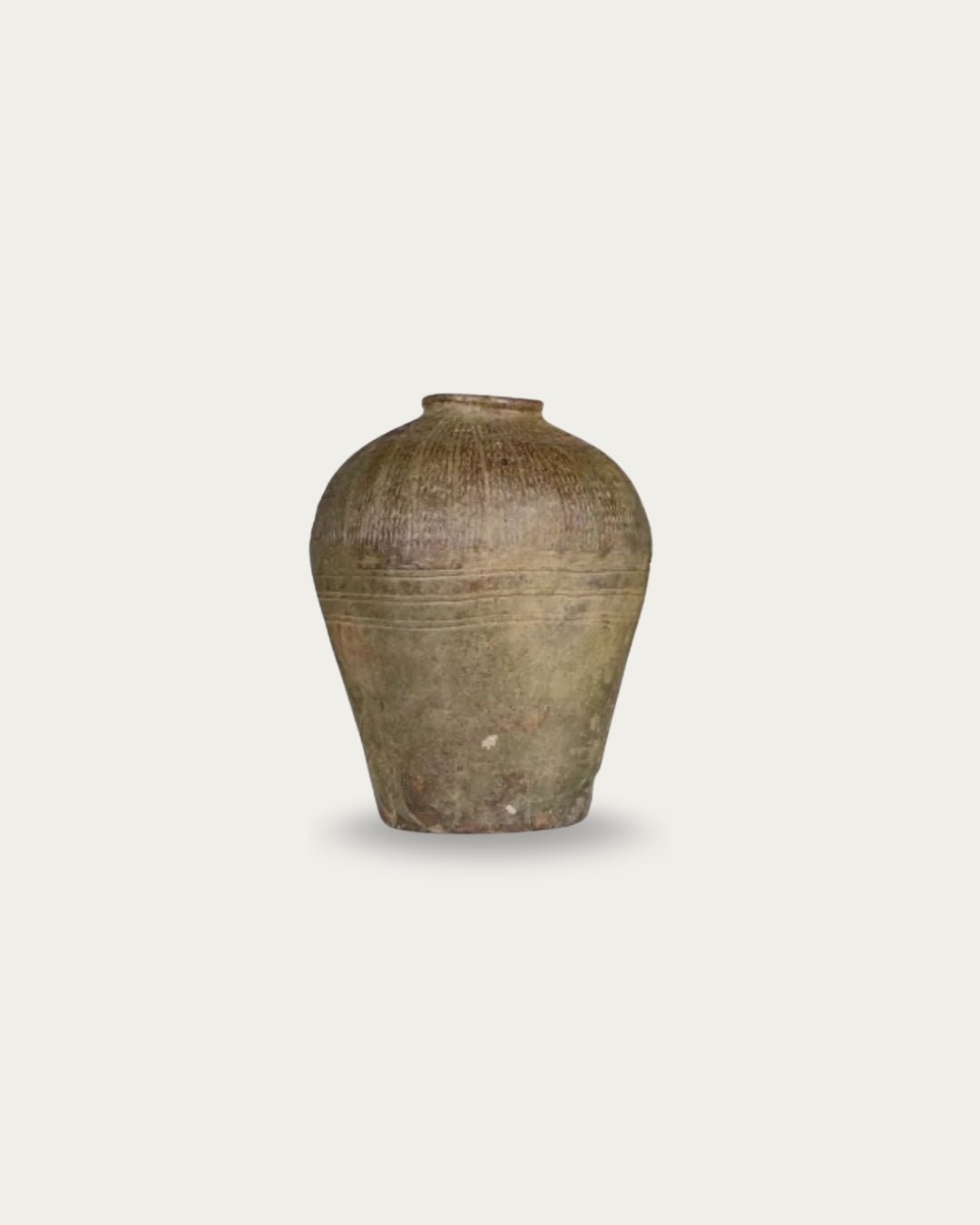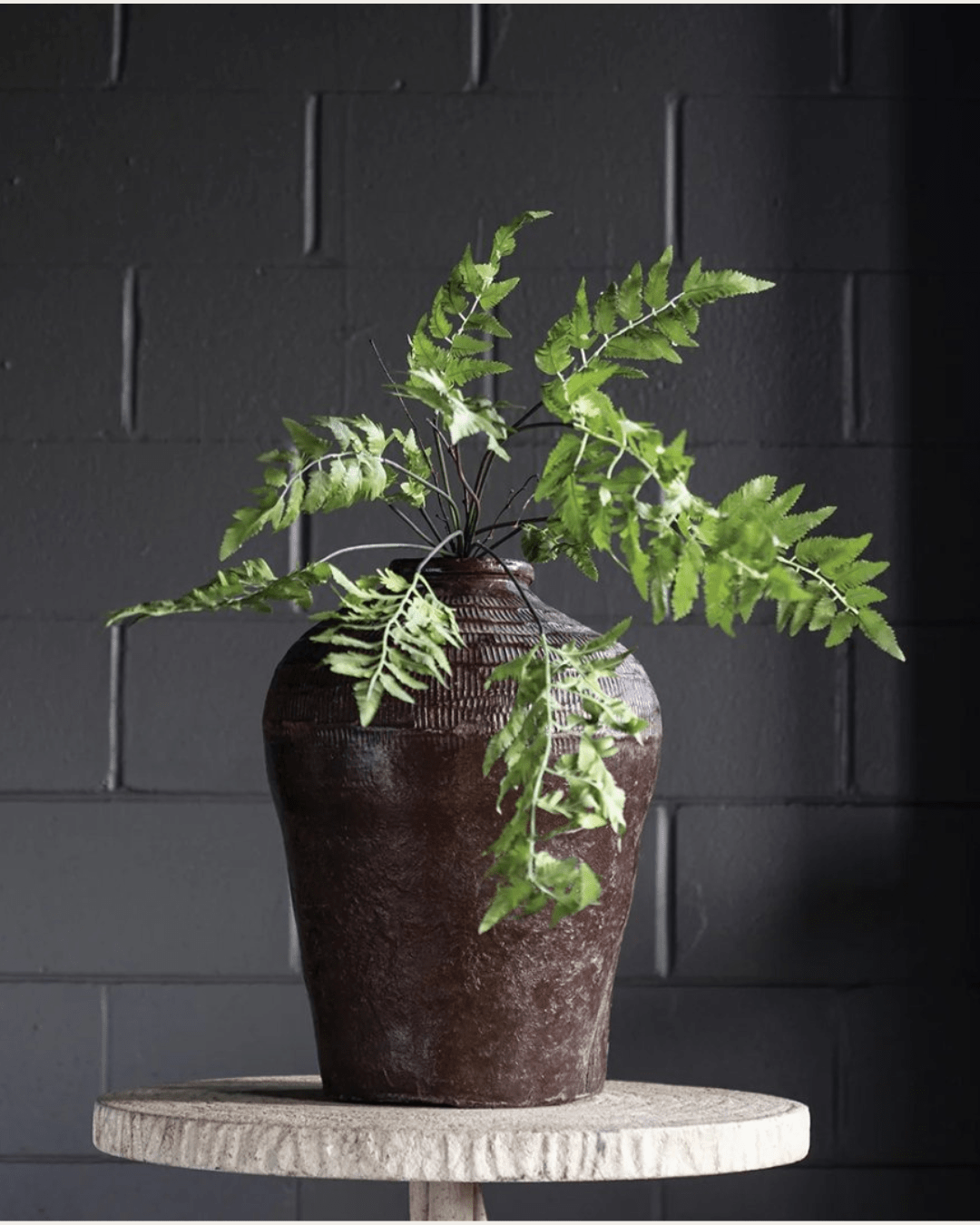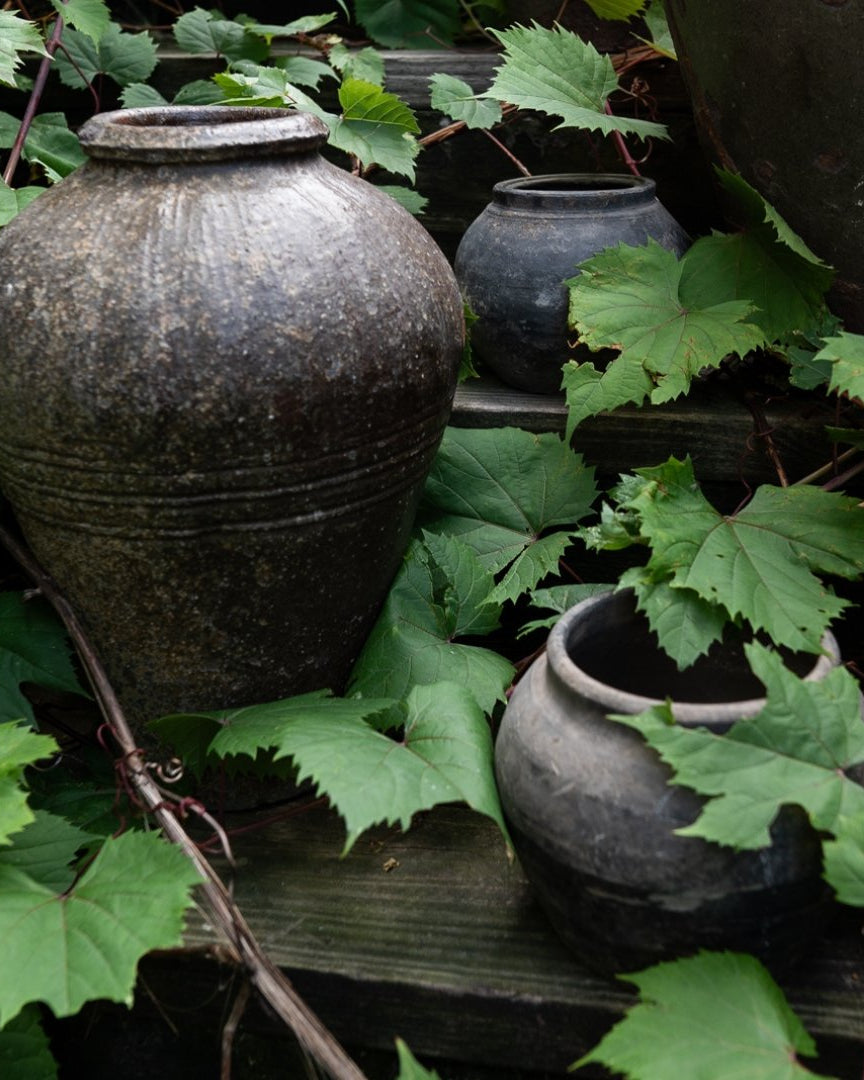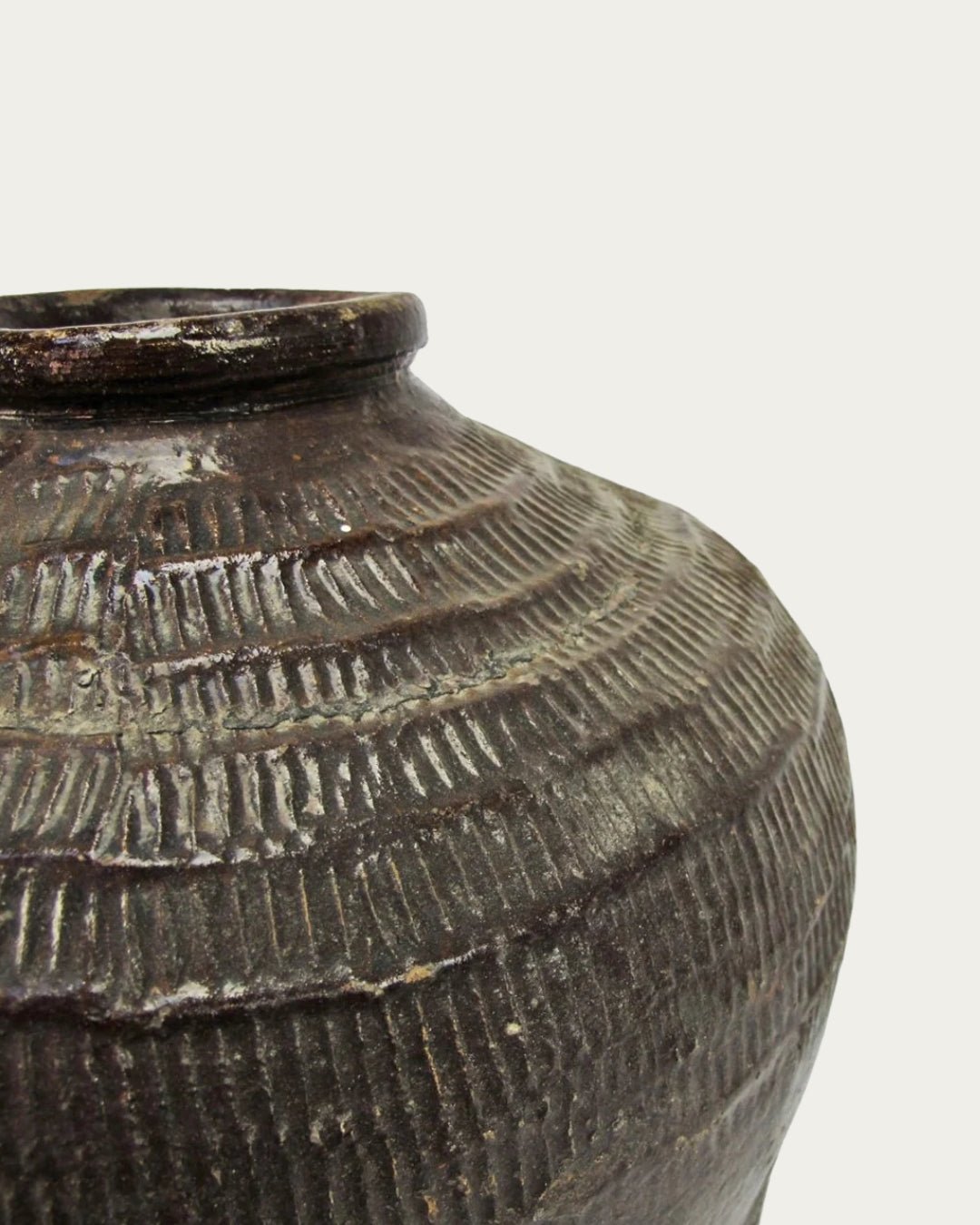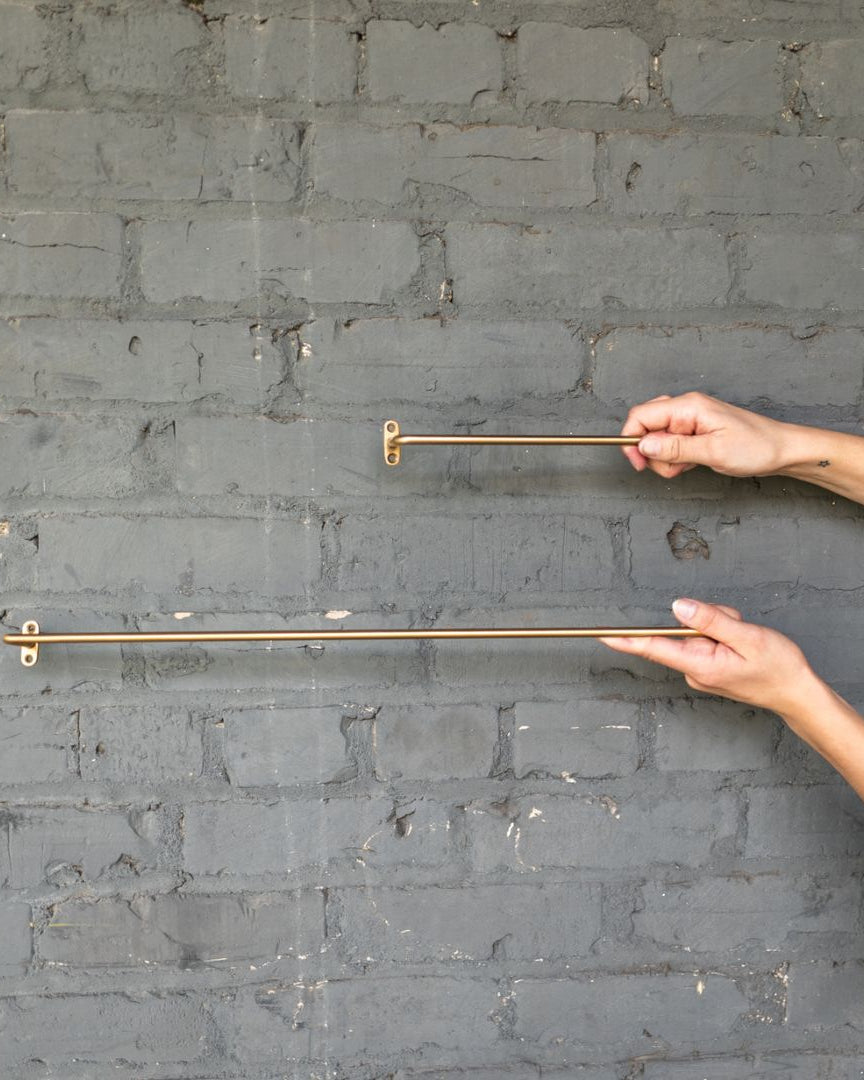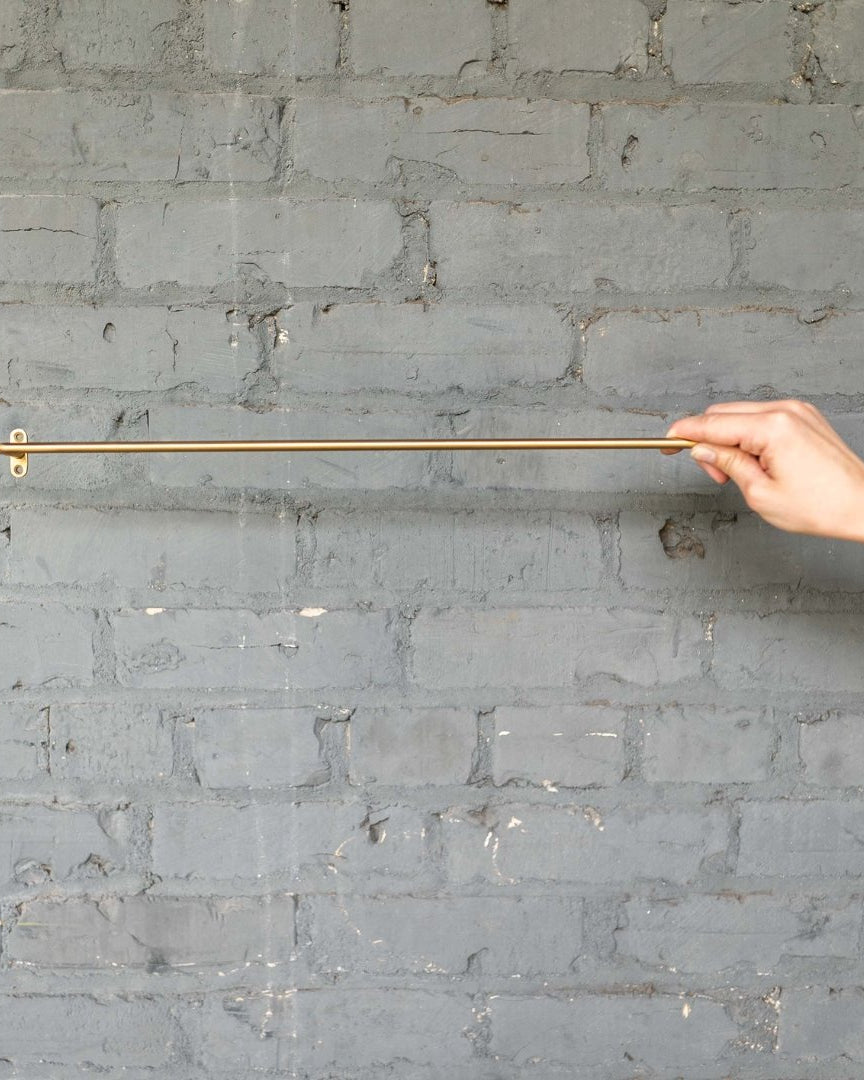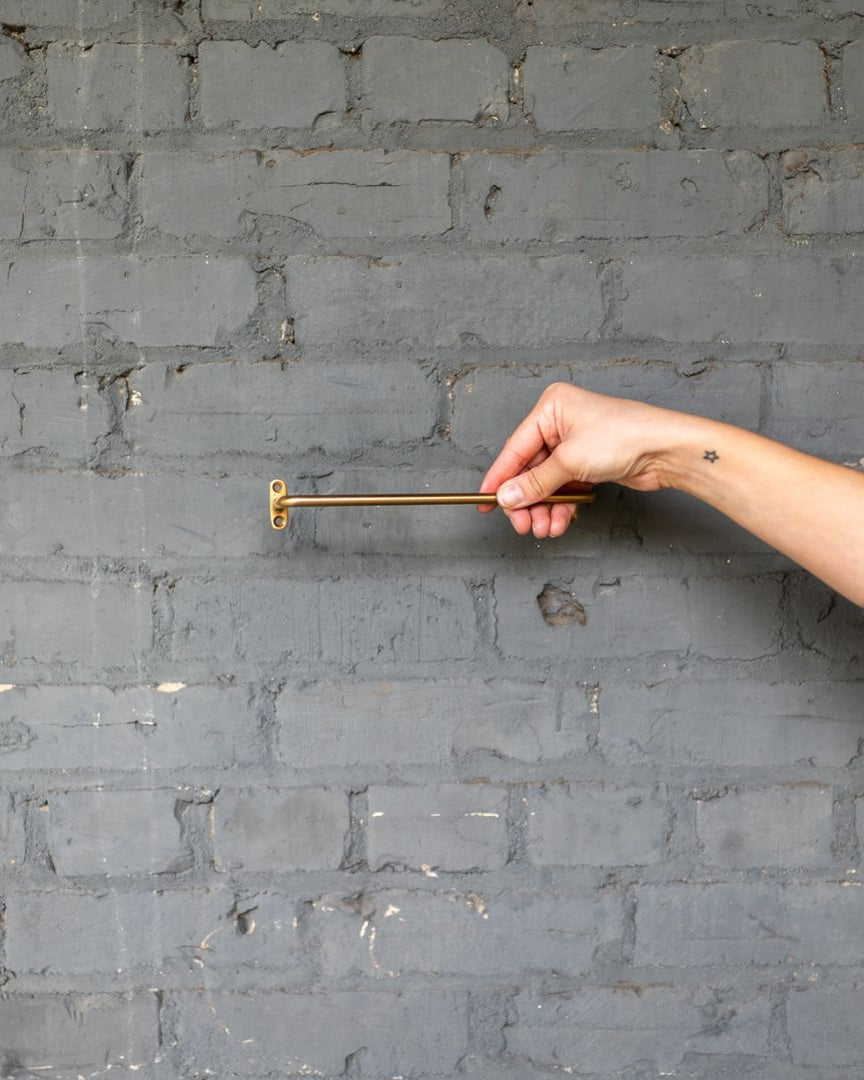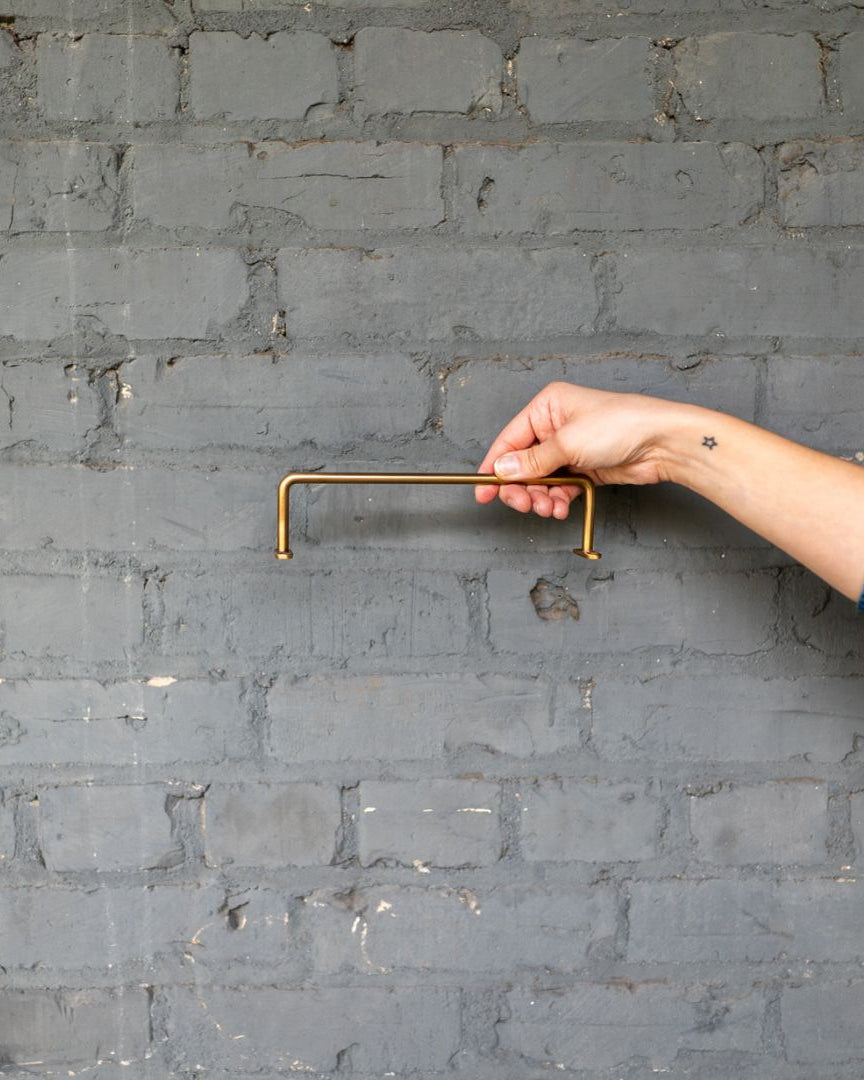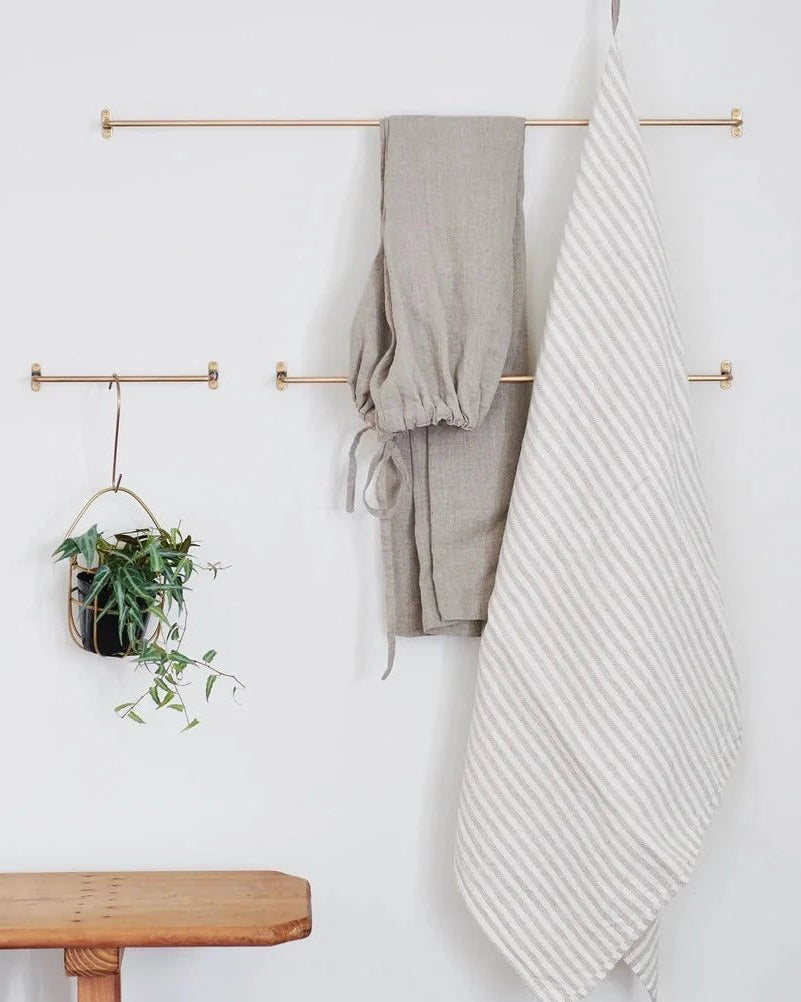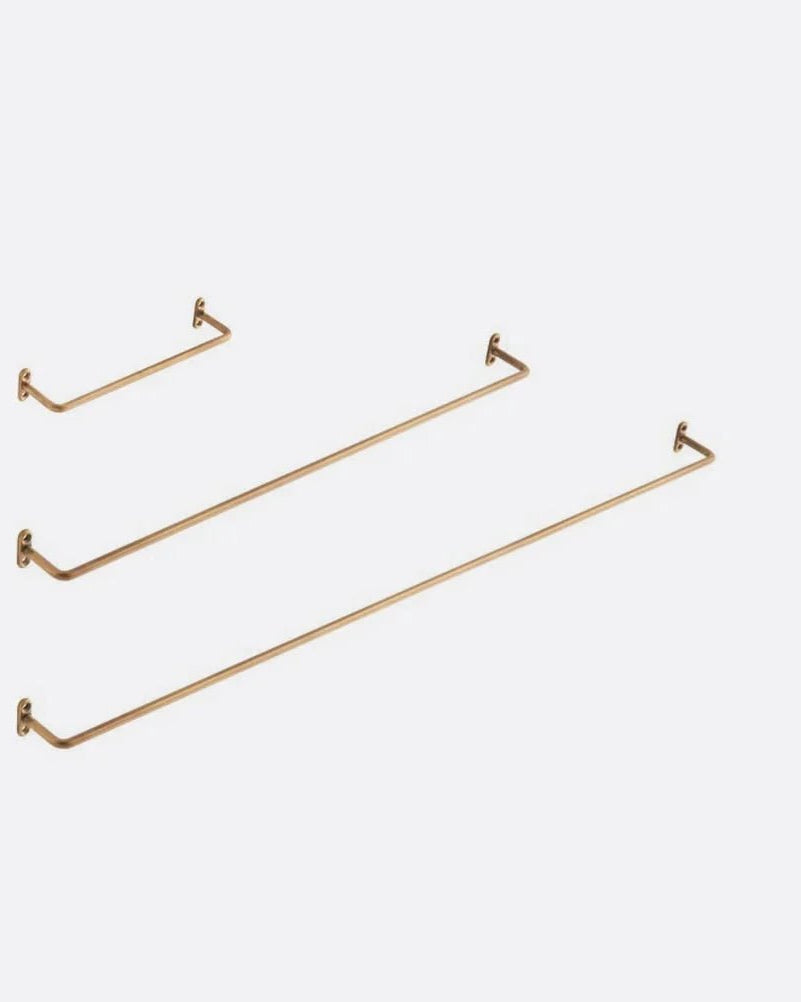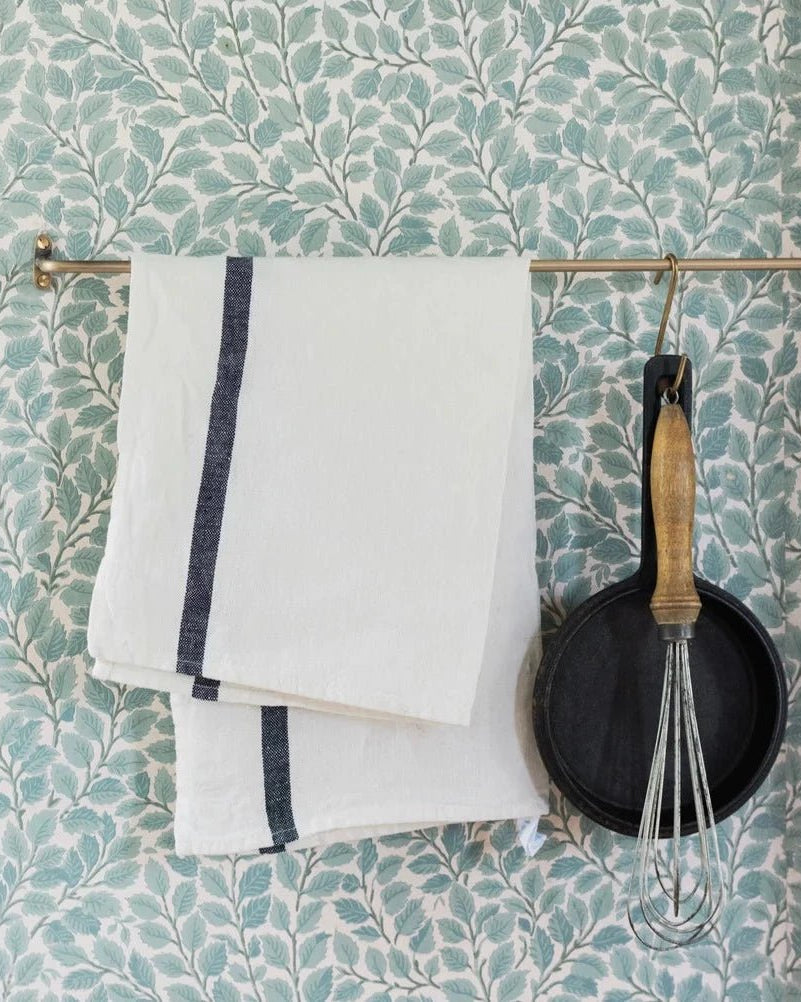
Why Your Nervous System Loves Vintage Furniture More Than New: Health, Craftsmanship, and Sustainability Benefits
Vintage furniture has a magic modern furniture can’t replicate: it soothes your nerves and wraps your space in warmth and story. Real wood. Natural patina. A weight that feels grounding, not flimsy. When you bring home a timeworn piece from a trusted vintage furniture store like us, Hello Norden, you’re choosing calm over clutter, soul over sterile trends.
This guide breaks down exactly why vintage furniture transforms a house into a haven: from regulating your nervous system to supporting sustainability and bringing unmatched craftsmanship into your daily rituals. You’ll also find practical tips for choosing, styling, and caring for vintage pieces so they keep giving back for decades to come.
Ready to see why shopping vintage over new makes your home feel safer, richer in story, and truly restorative? Let’s get into it.
Ready for a calmer, more soulful home? Browse our curated vintage furniture collection.
How Does Vintage Furniture Positively Impact Your Nervous System?
Vintage furniture offers a sensory experience that is both calming and grounding. The textures, materials, and natural aging processes reduce stress and promote relaxation. Exposure to natural elements like solid wood, genuine leather, and aged metal can help lower cortisol levels. When I pass a vintage sideboard with subtle creaks and organic imperfections, it feels as though its history communicates a quiet, reassuring energy—something modern synthetic pieces often lack.
Tip: Try the Round Zinc Tray on your coffee table — its rugged patina draws the eye, slows the vibe, and feels satisfyingly sturdy.
What Are the Calming Effects of Natural Materials in Vintage Furniture?
Natural materials like reclaimed wood and hand-forged metals offer warmth and tactile variation that stimulates our sensory receptors. Their irregular grain and weathered textures captivate the mind and remove mental clutter. With no synthetic chemicals present, indoor air tends to be cleaner, potentially reducing irritations that contribute to stress. In environments rich with natural, unprocessed materials, many find a noticeable reduction in anxiety.
Need proof? Place the Vintage Clay Vase on your shelf. It’s imperfect, weighty, and calming to touch — a tiny grounding ritual every time you walk by.
How Does Owning Furniture With History Benefit Your Psychological Well-Being?
Furniture with history bridges the past and present, offering continuity and a comforting sense of belonging. Sitting on a vintage armchair or admiring an antique writing desk connects you to previous generations, inviting introspection and emotional balance. Objects with a storied past can evoke nostalgic feelings, increasing comfort and reducing depressive symptoms. In this way, vintage items serve as therapeutic relics that help regulate emotional well-being.
Why Is Reduced Exposure to VOCs Important for Nervous System Health?
Minimizing exposure to volatile organic compounds (VOCs) is key for nervous system health. New furniture often uses synthetic adhesives and chemical finishes that emit VOCs, which can lead to headaches and fatigue. In contrast, vintage furniture has long off-gassed, releasing negligible chemicals into the air. Choosing vintage helps create a brain-friendly environment free from the chemical overload common in modern interiors.
What Are the Health Risks Associated With New Furniture and VOCs?
New furniture can pose health risks because of high VOC emissions and synthetic materials. Modern production often relies on harsh finishes, glues, and plastics that may trigger allergies, respiratory problems, and overstimulate the nervous system. Spaces filled with new, chemically treated items can feel sterile and induce anxiety, a risk supported by research linking VOC exposure to higher stress responses.
What Are VOCs and How Do They Affect Your Nervous System?
VOCs are chemicals that evaporate easily into the air from many new products. They irritate the eyes, nose, and throat, and in larger quantities, can disrupt neurotransmitters, affecting mood and cognition. Exposure to VOCs can result in headaches, dizziness, and other neurological issues. Reducing these toxins creates a more relaxing environment crucial for nervous system balance.
How Does New Furniture Compare to Vintage in Chemical Emissions?
New furniture, built using modern synthetic materials and adhesives, typically emits more VOCs compared to vintage pieces that have naturally off-gassed over time. The rapid production of new items often compromises the use of safer, natural components. Vintage items benefit from decades of air exposure, reducing harmful compounds and contributing to improved indoor air quality—a key factor for a healthier home environment.
Combining Vintage and New Pieces for Balance
A room that’s only vintage can feel museum-like — and your nervous system wants coziness, not a history lecture. Pair a classic vintage table with modern dining chairs in a muted tone. Place a new sleek sofa beside an antique trunk used as a coffee table. This blend balances texture and structure, calming the mind while keeping the look fresh. Designers call this “juxtaposition styling,” and it’s one reason vintage furniture never feels stale in a well-designed modern home.
Can Choosing Vintage Furniture Reduce Stress and Anxiety?
Yes, vintage furniture can alleviate stress and anxiety. Its natural materials, unique textures, and inherent history create sensory experiences that promote relaxation. Without modern chemical finishes, indoor air quality improves and irritants decrease. The tactile and visual authenticity of vintage items encourages mindfulness, making them a favored choice for creating serene, balanced spaces.
How to Style Vintage Furniture for a Calm Space
Styling vintage furniture well is half the magic. Arrange larger vintage anchors — like a distressed sideboard or antique armchair — in corners where you naturally pause or unwind. Keep walls neutral so wood tones and brass details shine. Add plenty of textiles: a faded rug under a vintage coffee table or a linen throw over your vintage armchair softens hard edges and absorbs visual noise. The goal is not to cram the room but to let each piece breathe, creating a clear, restful vibe your nervous system will thank you for.
Read our full guide on How to Shop Vintage Furniture Like a Designer for more practical buying tips.
Best Vintage Furniture for High-Traffic Areas
Hallways and living rooms take a beating — so pick vintage items that can handle it. Solid oak sideboards, rustic benches, and distressed trunks are workhorses that develop more charm with use. Avoid fragile upholstery and instead layer hardy textiles like our Ullie: Semi-Antique Lilihan Area Rug for added warmth and easy upkeep.
Browse our full collection of vintage and antique rugs.
Why Is Vintage Furniture a More Sustainable and Ethical Choice?
Vintage furniture is a sustainable, ethical choice because it repurposes existing resources instead of stimulating new production. I value vintage not only for its aesthetic and calming properties but also for its small ecological footprint. By reusing vintage pieces, we reduce waste and lower energy consumption. This practice aligns with the circular economy model, where every item is given extended life rather than ending up in landfills, supporting both ethical consumption and environmental responsibility.
How Does Vintage Furniture Support Environmental Sustainability?
Vintage items support sustainability by recycling materials and reducing the need for new resource extraction. New furniture production involves intensive resource use—cutting trees, mining, and high energy consumption—which generates a large carbon footprint. In contrast, vintage pieces preserve existing materials and help curb resource depletion. Furnishing your home with vintage items can significantly lower carbon emissions, making it a smart choice for eco-conscious living.
What Are Ethical Sourcing Practices in Vintage Furniture?
Ethical sourcing in vintage furniture involves ensuring that pieces come with a verifiable history and that they were acquired without unethical labor practices or environmental harm. I always shop at stores that openly share the provenance and restoration details of each piece. This transparency not only honors the original craftsmanship but also supports a market that values quality and ethical responsibility.
How Does Vintage Furniture Contribute to a Circular Economy?
Vintage furniture enhances the circular economy by extending the life of products. Instead of the “take-make-dispose” cycle of new production, vintage items are repurposed and reintegrated into the market. This process minimizes resource consumption and waste while preserving cultural heritage. Purchasing a vintage piece from a trusted source like Hello Norden means investing in sustainability and long-term resource management.
What Makes Vintage Furniture Craftsmanship Unique and Beneficial?
Vintage furniture is renowned for its unique craftsmanship, offering durability and a relaxed atmosphere ideal for the nervous system. Intricate details, sturdy construction, and hand-finished touches are hallmarks of pieces that have thrived over decades or centuries. Each scratch and curve tells a story—details that evoke authenticity and comfort seldom found in mass-produced modern furniture.
Tip: A vintage piece doesn’t have to be huge — even a Vintage Pan or an Indian Picking Basket adds soul and cuts waste.
How Does Craftsmanship Enhance the Quality and Longevity of Vintage Furniture?
Traditional building techniques and materials used in vintage furniture ensure long-lasting quality. Made from solid wood with handcrafted joinery and finishes that improve with time, these pieces endure for generations. The robust construction provides physical stability and a grounded atmosphere that benefits the nervous system, offering both resilience and aesthetic appeal.
How Can You Identify High-Quality Vintage Furniture?
High-quality vintage furniture can be identified by several key factors: the weight and sturdiness of its materials, the precision of joinery (such as dovetail or mortise-and-tenon), and the overall condition of the finish. Look for items that display a natural patina without excessive damage. A careful inspection, combined with research into the furniture’s style and era, will help ensure you choose pieces with genuine history and lasting value.
How to Choose the Right Vintage Furniture for Your Lifestyle
Not all vintage furniture suits every lifestyle. If you have pets or kids, look for sturdy, low-maintenance pieces like solid wood tables or distressed benches that hide wear beautifully. Prefer clean lines for smaller spaces and more ornate details for statement zones. Always test drawers, doors, and seat sturdiness before bringing a piece home.
Why Does Craftsmanship Matter for Your Home’s Comfort and Nervous System?
Well-crafted furniture provides a stable, harmonious environment through its physical durability and artistic detail. The solid construction minimizes structural failures and contributes to physical comfort, while detailed workmanship offers visual and tactile pleasure that calms the mind. Surrounding yourself with quality pieces can enhance mental clarity and provide a steady, soothing ambiance.
Where Can You Find and How Do You Buy the Best Vintage Furniture?
The best vintage furniture can be found at specialized stores, reputable online marketplaces, and local antique fairs. I rely on trusted sources like Hello Norden, which curates collections of beautifully restored vintage pieces. It’s important to choose sellers who offer context, provenance, and thorough quality checks to ensure that your investment is both safe and beneficial for your home.
What Are the Best Places to Shop for Vintage Furniture Online and Locally?
Top places to shop include dedicated vintage stores, online platforms such and local antique shops where you can personally inspect pieces. Local stores offer the advantage of tactile evaluation, while online shops provide convenience and a broader selection across varying styles and eras.
What Tips Should You Follow When Buying Vintage Furniture?
When buying vintage furniture, research the piece’s origin, condition, and restoration history. Inspect for structural integrity and authenticity, and be wary of any modifications. Compare prices and ask about provenance. Ideally, choose sellers who provide guarantees or detailed histories. Trust your instincts—if a piece resonates with you and meets quality standards, it’s likely a great addition to your home.
How Do You Ensure Vintage Furniture Is Safe and Free From Harmful Chemicals?
Have vintage items professionally inspected for signs of modern chemical treatments. Older pieces that have been well maintained are less likely to emit VOCs and other harmful substances. Buying from reputable sources like Hello Norden, where eco-friendly restoration practices are followed, can further ensure that your furniture is safe. A simple home air quality test can also confirm that the piece does not compromise your indoor environment.
How Should You Care for and Maintain Vintage Furniture to Preserve Its Benefits?
Caring for vintage furniture is key to preserving its health benefits and ensuring it remains a calming presence. Regular maintenance protects the structure and keeps natural materials in their chemical-free state. Gentle cleaning using products designed for vintage or natural wood items, as well as periodic professional restoration, is essential to keep your pieces functioning as stress-reducing elements in your home.
What Are the Best Practices for Cleaning and Restoring Vintage Furniture?
Use gentle, non-toxic cleaning agents and a soft microfiber cloth with a dilute mild soap solution to clean surfaces. Avoid abrasive materials that could damage the finish. For restoring vintage finishes, consult professionals who specialize in preserving the original patina and integrity of your piece. Regular dusting and careful polishing also help maintain the natural texture and beauty of your items.
How to Clean Vintage Wood Without Damaging It
Dust weekly with a microfiber cloth. For sticky spots, wipe gently with diluted mild soap, then dry immediately. Never soak wood or use harsh sprays — moisture can warp old wood quickly. Once a season, nourish with a natural oil or wax. When in doubt, ask a restorer.
How Does Proper Maintenance Extend the Life and Health Benefits of Vintage Furniture?
Consistent care—through regular cleaning and careful restoration—keeps the furniture free from dust, allergens, and damage. This not only protects the investment but also ensures that the natural, stress-reducing qualities of vintage pieces continue to enhance both your home’s aesthetics and your well-being.
What Are the Most Common Questions About Vintage Furniture and Nervous System Health?
Many questions arise about the safety and benefits of vintage furniture. Below are some frequently asked questions addressing common concerns to help you make informed decisions.
Is Vintage Furniture Safer Than New Furniture?
Vintage furniture is generally safer because it naturally off-gasses, containing fewer synthetic chemicals. In contrast, many new pieces release VOCs from adhesives and finishes, which can stress the nervous system. The natural, aged surfaces of vintage items make them a safer and more calming option.
How Does Vintage Furniture Help Reduce Stress and Promote Calmness?
By engaging multiple sensory systems with its natural textures and historical character, vintage furniture helps lower stress hormones. Its tactile surfaces and organic imperfections, combined with a sense of continuity and history, create a soothing atmosphere that modern, sterile furniture often cannot match.
Can Vintage Furniture Trigger Allergies or Health Issues?
Though vintage pieces are generally free of chemical pollutants, improper maintenance can allow dust, mold, or allergens to accumulate. Regular cleaning and, when necessary, professional restoration can prevent these issues. Reputable outlets like Hello Norden ensure that their vintage products meet safety standards and reduce potential health risks.
| Furniture Type | Material | Health Benefit | Chemical Exposure Reduction |
|---|---|---|---|
| Vintage Armchair | Solid Wood | Promotes relaxation | Minimal VOCs |
| Antique Sideboard | Reclaimed Wood | Enhances sensory comfort | Naturally off-gassed |
| Classic Dresser | Hand-Finished | Reduces stress through texture | No synthetic coatings |
| Heirloom Desk | Genuine Leather | Boosts tactile cortisol balance | Chemical-free finish |
| Retro Coffee Table | Cast Iron | Grounding through weight | Low allergen risk |
Before starting your vintage collection, consider this guide. Each item offers unique health benefits while reducing exposure to chemicals common in new furniture. These attributes can help you make informed choices that support both your style and your nervous system health.
The table above summarizes key features, including material type, health benefits, and how harmful chemical exposure is reduced. Use this information to steer your personal research and decisions regarding vintage furniture.
Frequently Asked Questions
Q: How can vintage furniture contribute to a healthier indoor environment? A: By using natural materials and minimal chemical finishes, vintage furniture improves indoor air quality and reduces exposure to VOCs, creating a calming environment.
Q: Are there specific design elements in vintage furniture that help reduce stress? A: Yes, natural textures, solid construction, and organic patinas engage the brain’s natural preference for authentic, non-synthetic materials, reducing stress and promoting relaxation.
Q: How should I maintain my vintage furniture to preserve its calming benefits? A: Regular gentle cleaning, dusting, and professional restoration help maintain the furniture’s natural finish and prevent allergen buildup, ensuring long-term benefits.
Q: Can investing in vintage furniture actually lower my stress levels? A: Yes, improved air quality, reduced chemical exposure, and the calming presence of well-crafted vintage pieces contribute to lower stress and a more grounded home environment.
Q: What should I consider when shopping for vintage furniture regarding my nervous system health? A: Look for items with solid construction, a natural patina, and minimal chemical treatments. Reputable sellers like Hello Norden ensure these standards are met, supporting a healthier indoor space.
Where to Shop Vintage Furniture You Can Trust
Trust is everything with vintage. Avoid random online listings with vague photos and no backstory. Instead, browse local antique shops where you can inspect pieces or shop curated collections from specialists who understand materials and restoration. At Hello Norden, every piece is chosen for soul, story, and safety — because your nervous system deserves the real thing.
Start exploring our vintage furniture store to find your next heirloom.
Final Thoughts
Vintage furniture offers timeless beauty and exceptional craftsmanship along with tangible health benefits for your nervous system. Its natural materials and reduced chemical exposure create a serene living environment. Investing in vintage pieces not only supports an eco-friendly, ethical lifestyle and a circular economy but also enhances your physical and emotional well-being. Shop vintage furniture with Hello Norden today to ground your home and soothe your nerves.





